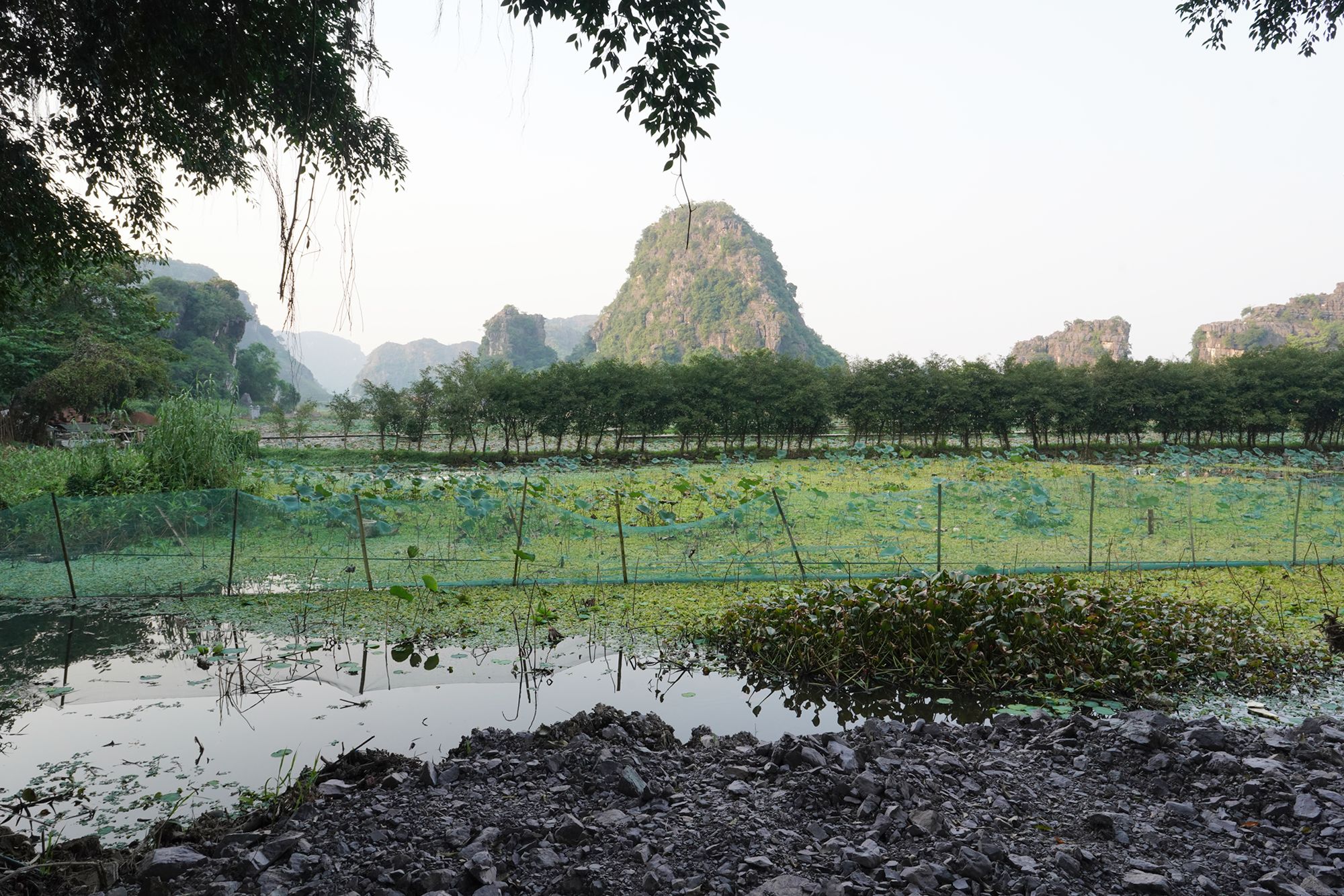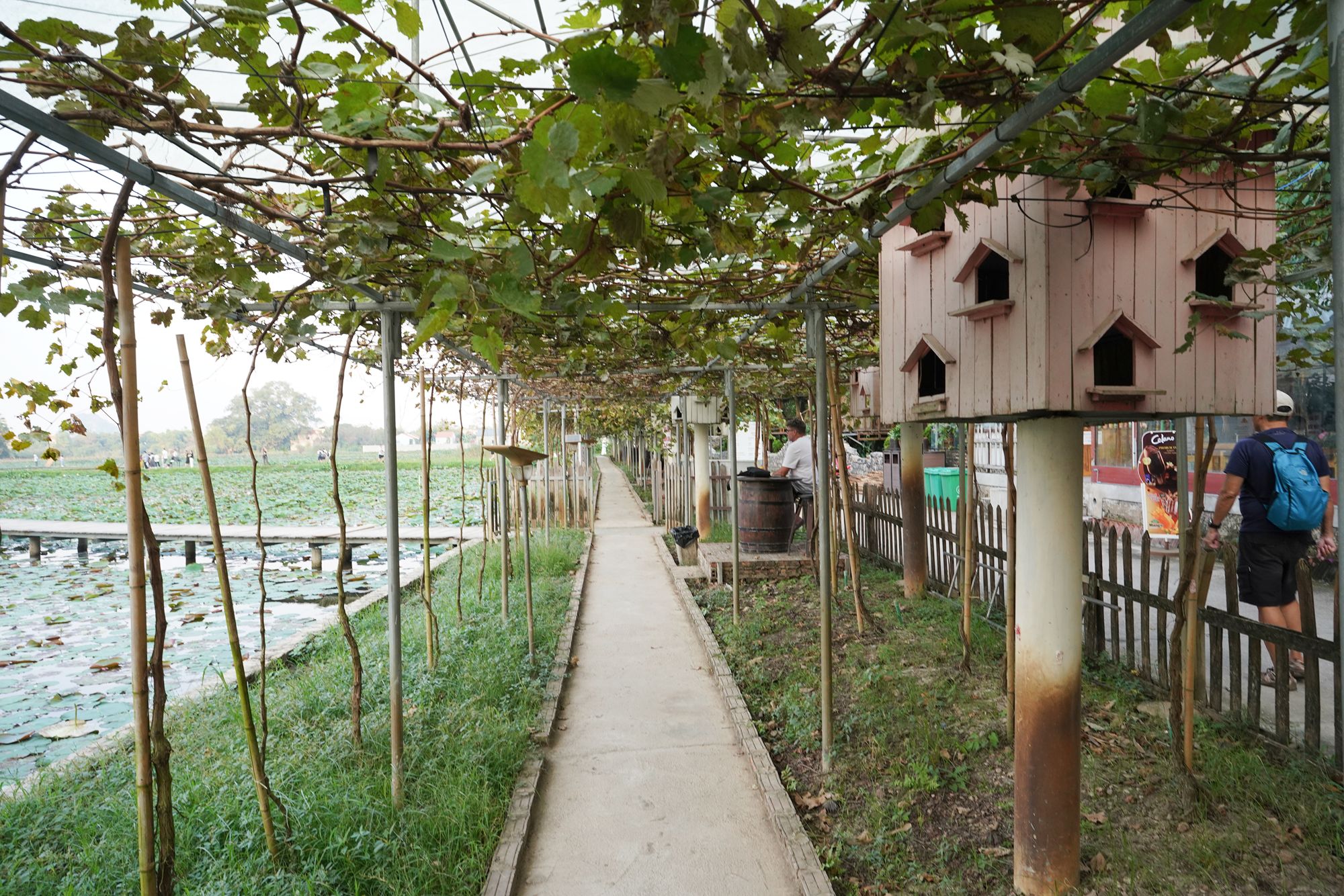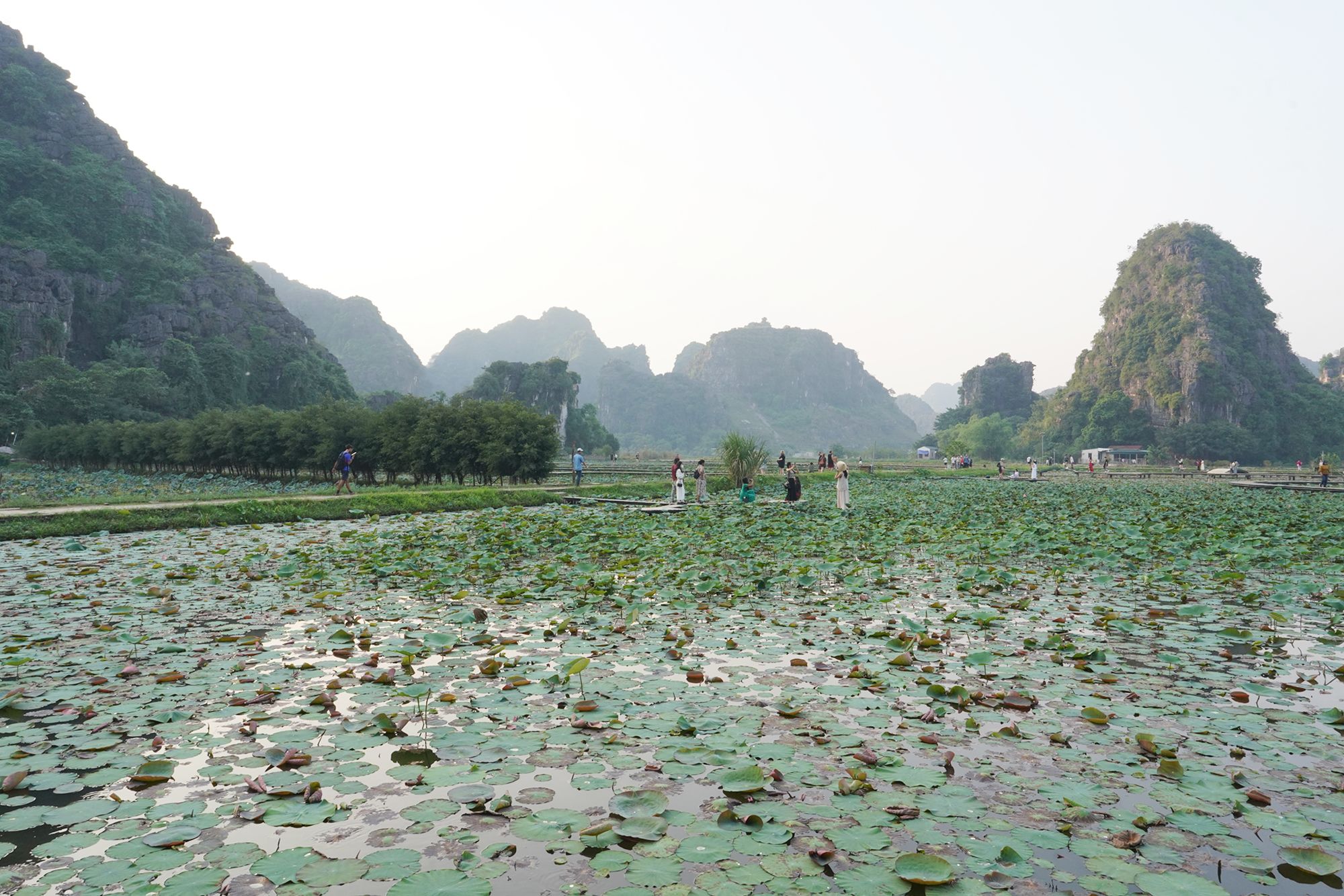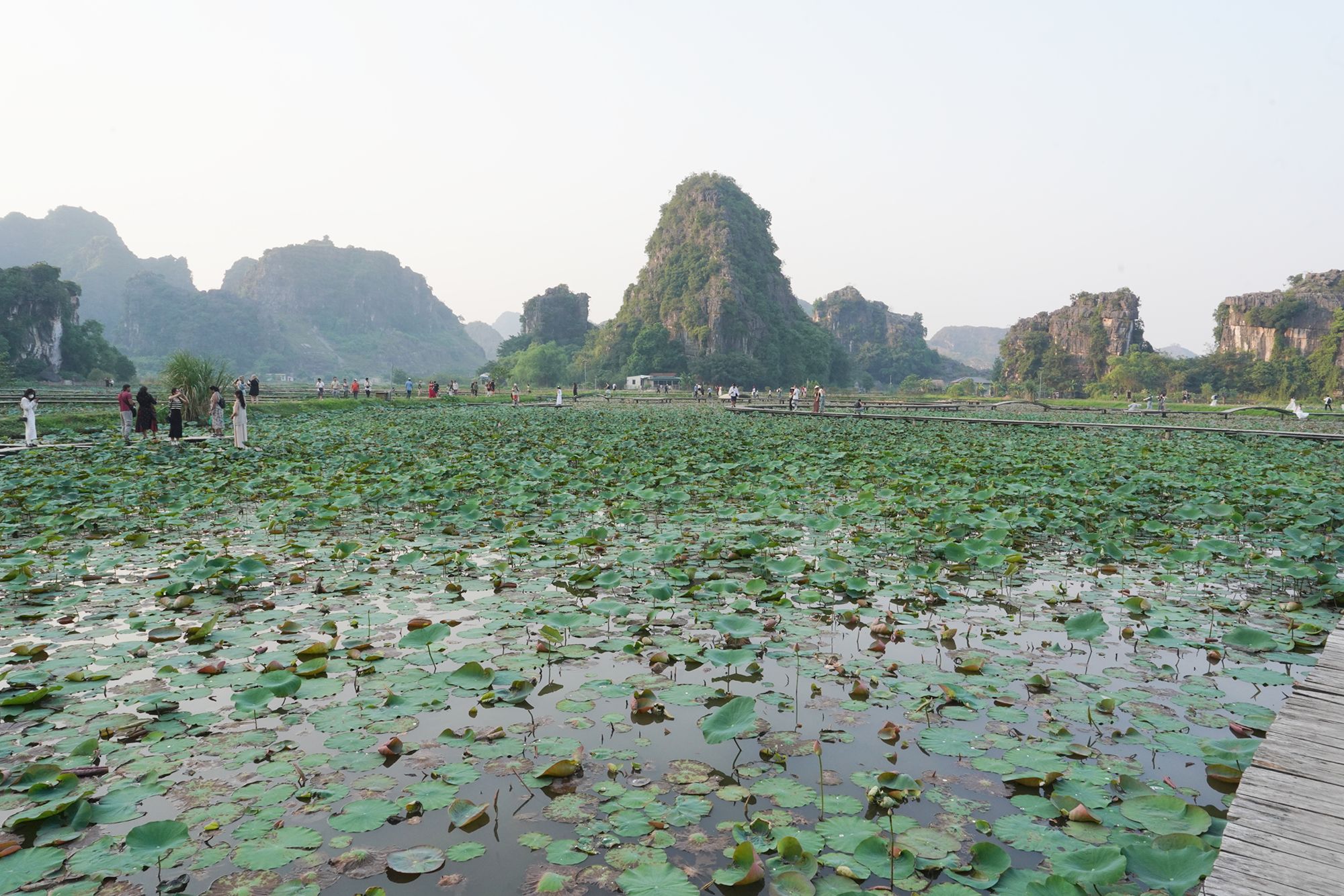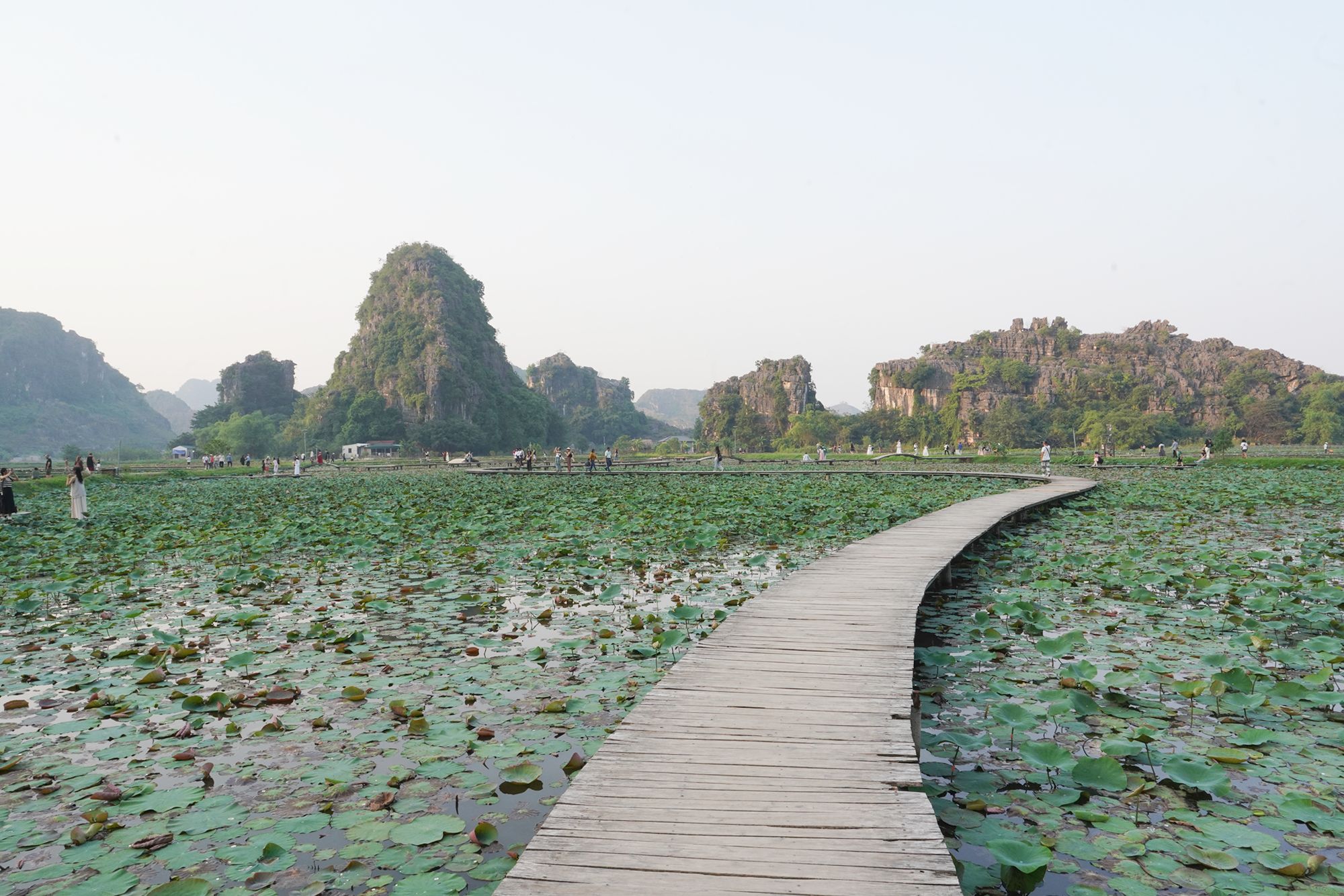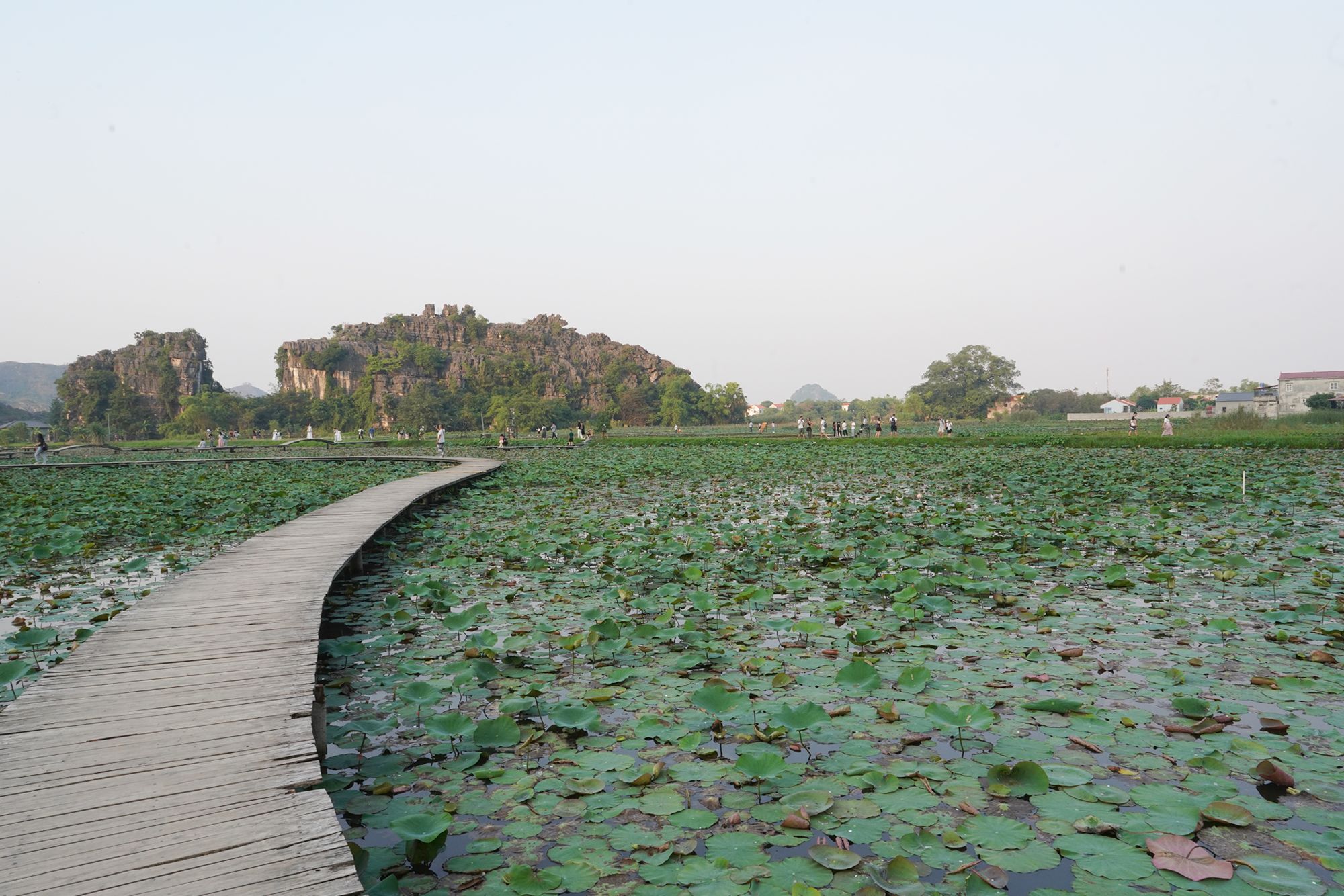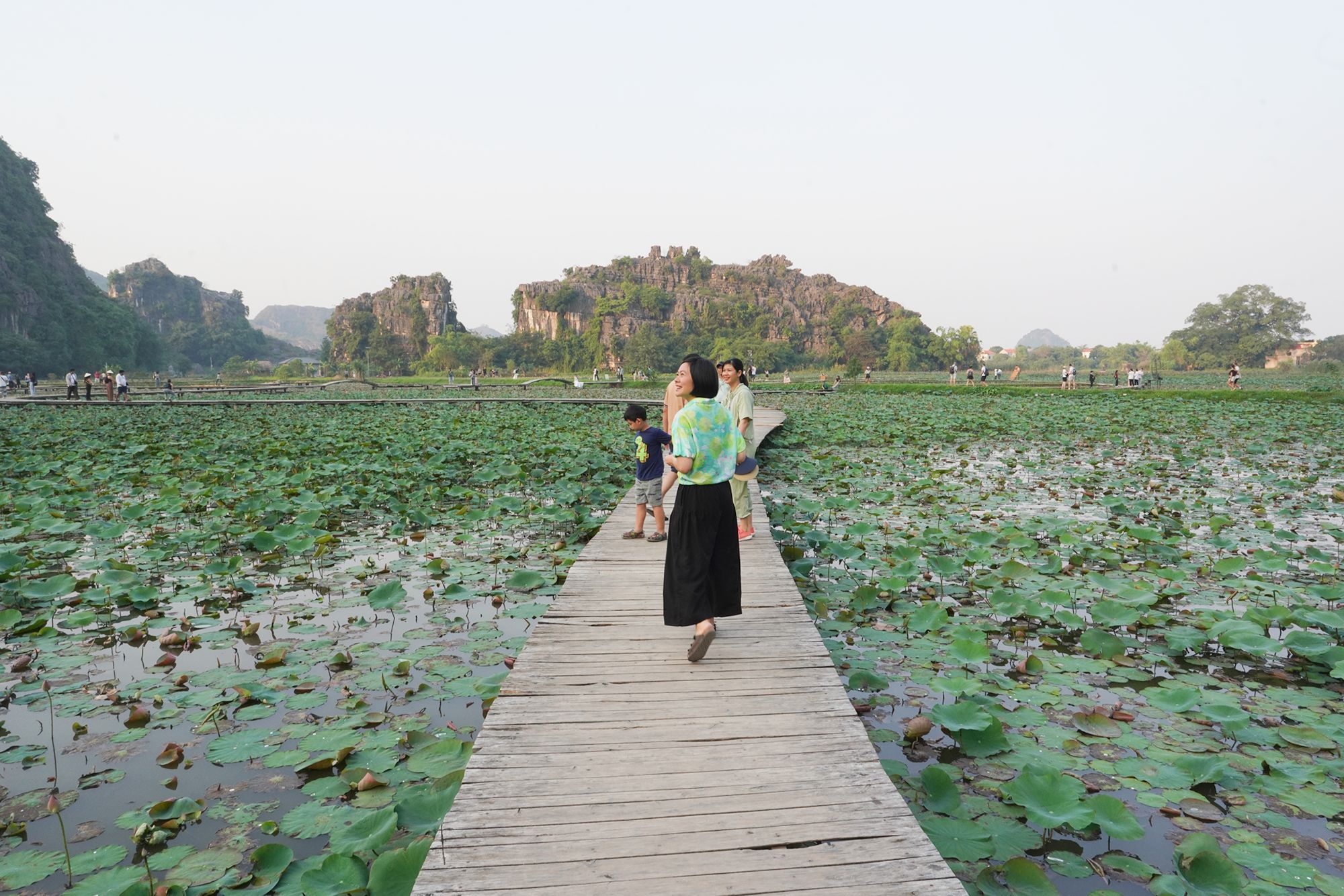Ninh Binh Day Trip, Hanoi, Vietnam
A Ninh Binh day trip from Hanoi included visiting the ancient capital of Hoa Lu, a peaceful Tam Coc boat ride through limestone karsts and caves, and a climb to Mua Cave for panoramic views. 1013
Tam Coc – Bich Dong: Ninh Hải, Hoa Lư District, Ninh Bình, Vietnam
Hang Múa (Mua Caves): 6WJQ+C43, Ninh Xuân, Hoa Lư, Ninh Bình, Vietnam
Date Picture Taken: November, 2024
An itinerary for a Ninh Binh day trip consists of starting your journey from Hanoi around 7:30 AM with a hotel pick-up and driving about two hours to Ninh Binh.
The first stop is Hoa Lu, the ancient capital of Vietnam, where you’ll explore historic temples dedicated to Emperor Dinh Tien Hoang and Emperor Le Dai Hanh. Afterward, enjoy a traditional Vietnamese lunch at a local restaurant.
In the afternoon, take a serene sampan boat ride along the Ngo Dong River in Tam Coc, passing through limestone karsts, lush rice fields, and three famous caves. Optionally, you can cycle through the countryside. End the trip with a visit to Mua Cave, climbing 500 steps to a viewpoint overlooking the Tam Coc landscape. Return to Hanoi by 7:30 PM.
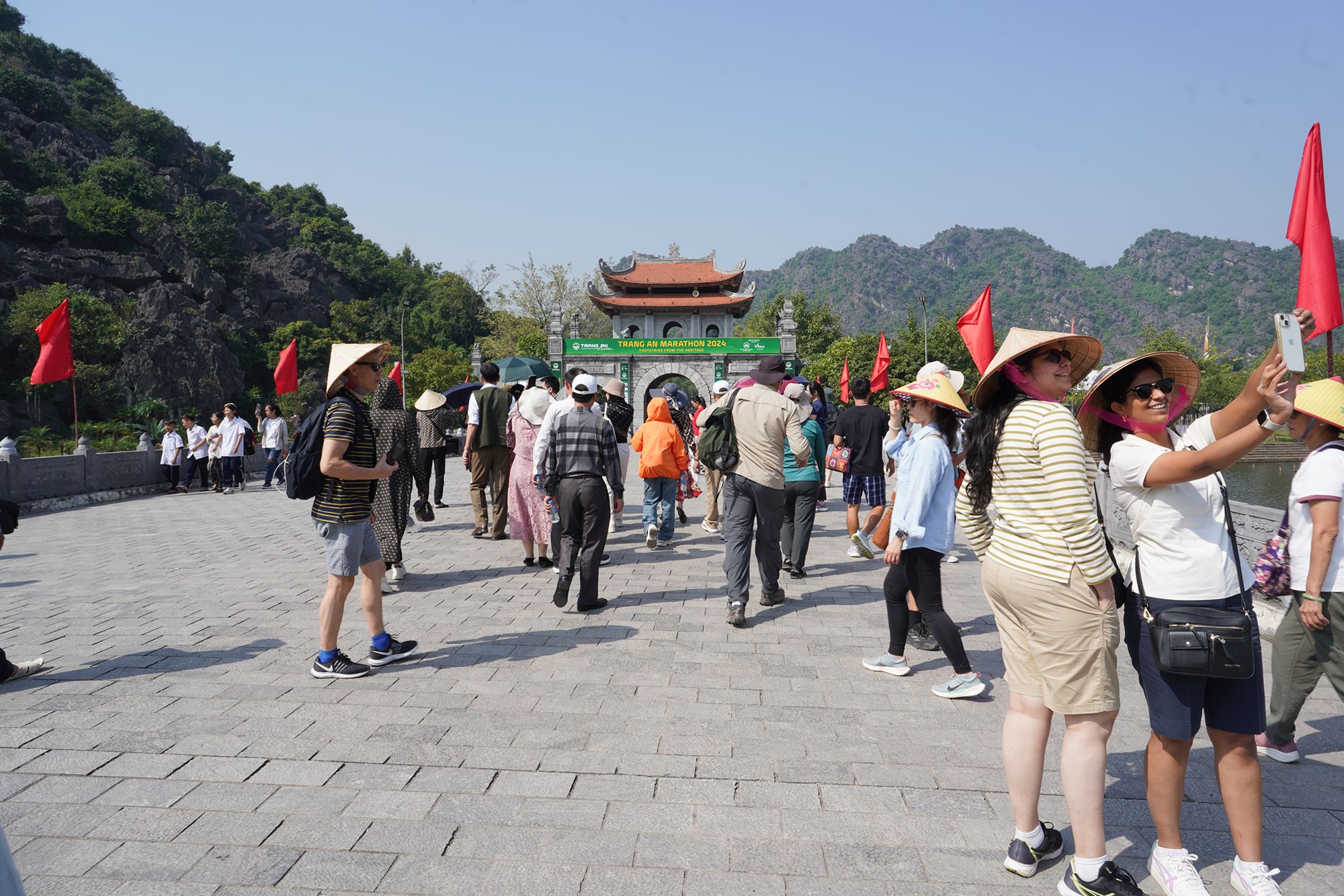
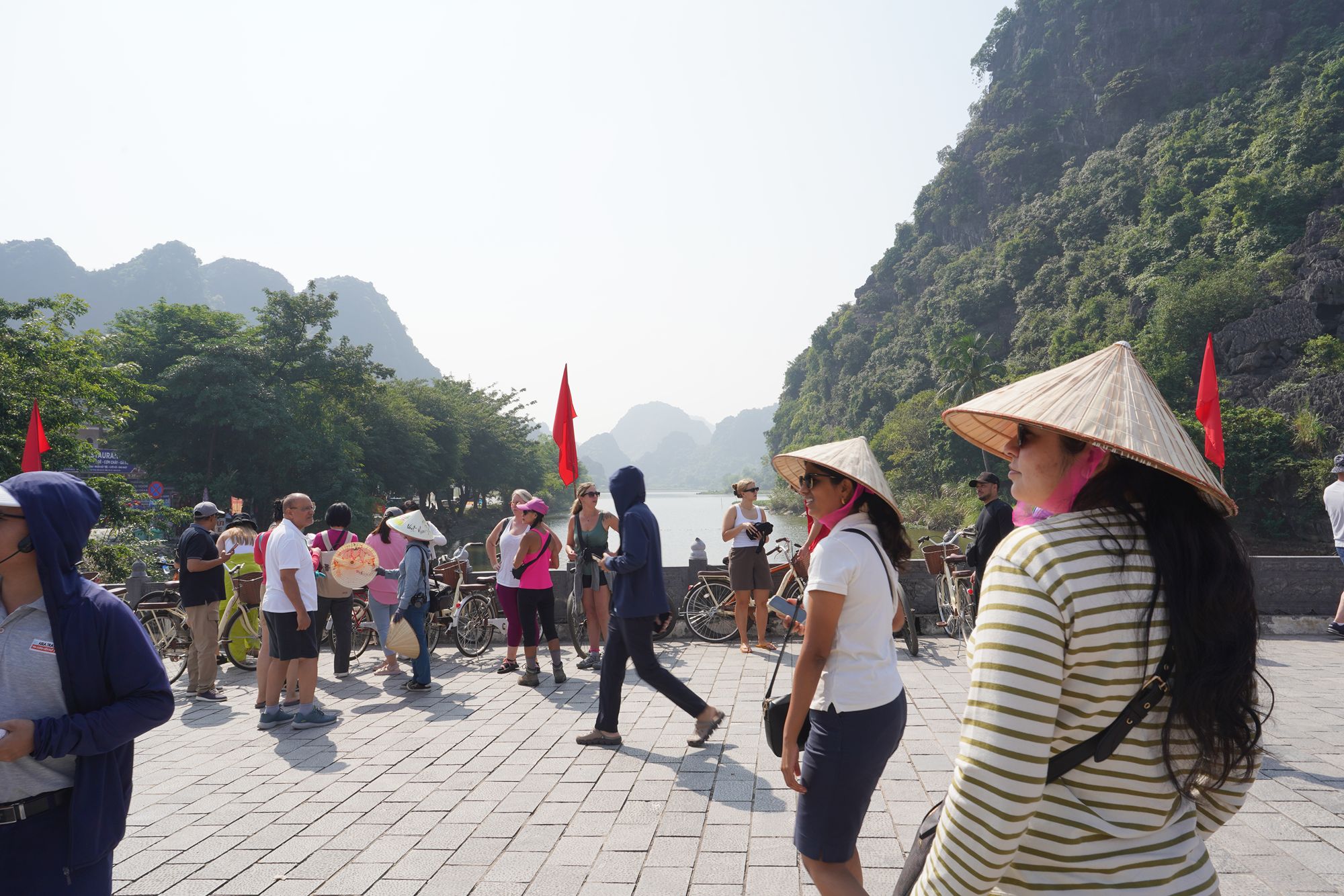
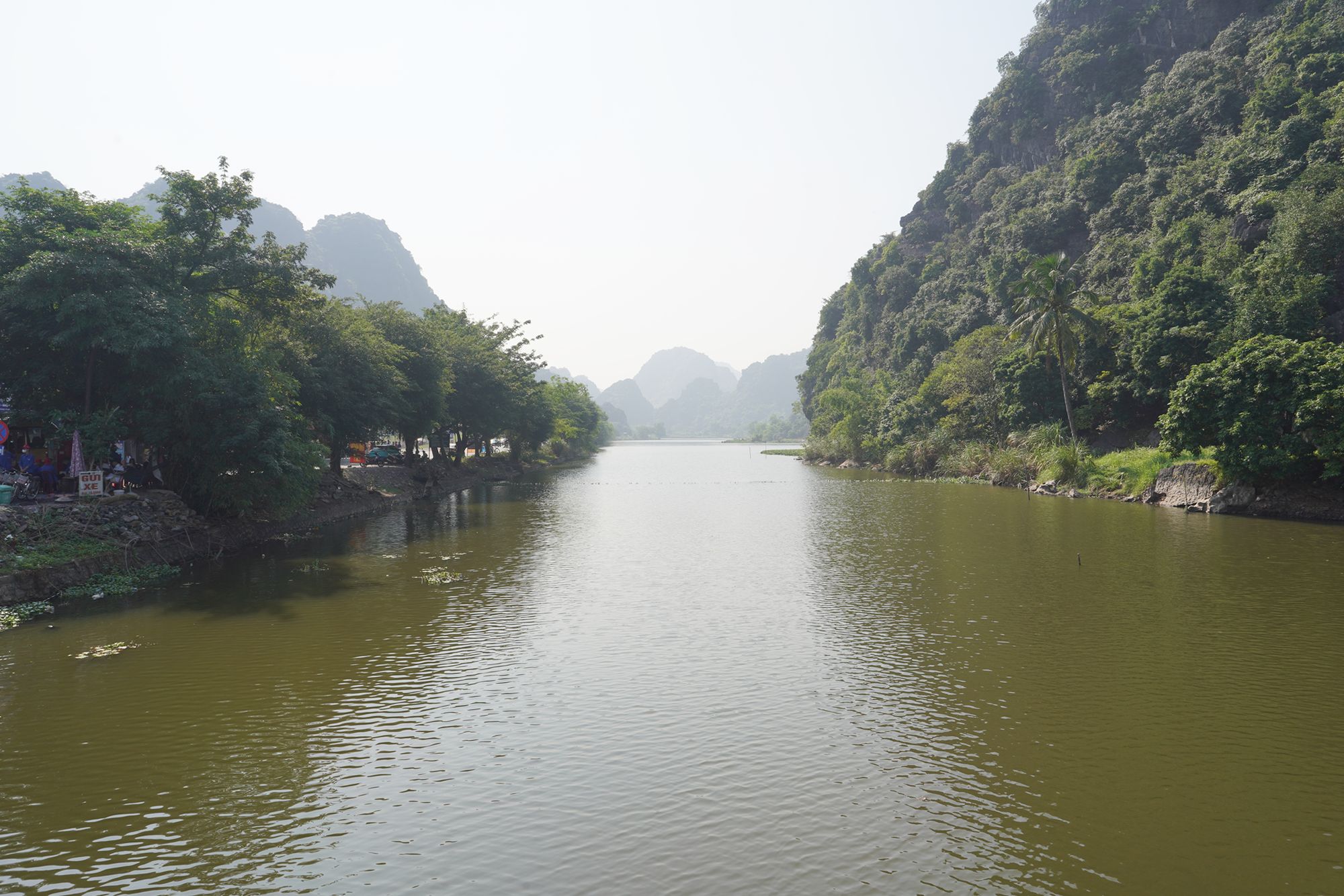
The first stop is Hoa Lu, the ancient capital of Vietnam, where you’ll explore historic temples dedicated to Emperor Dinh Tien Hoang and Emperor Le Dai Hanh.
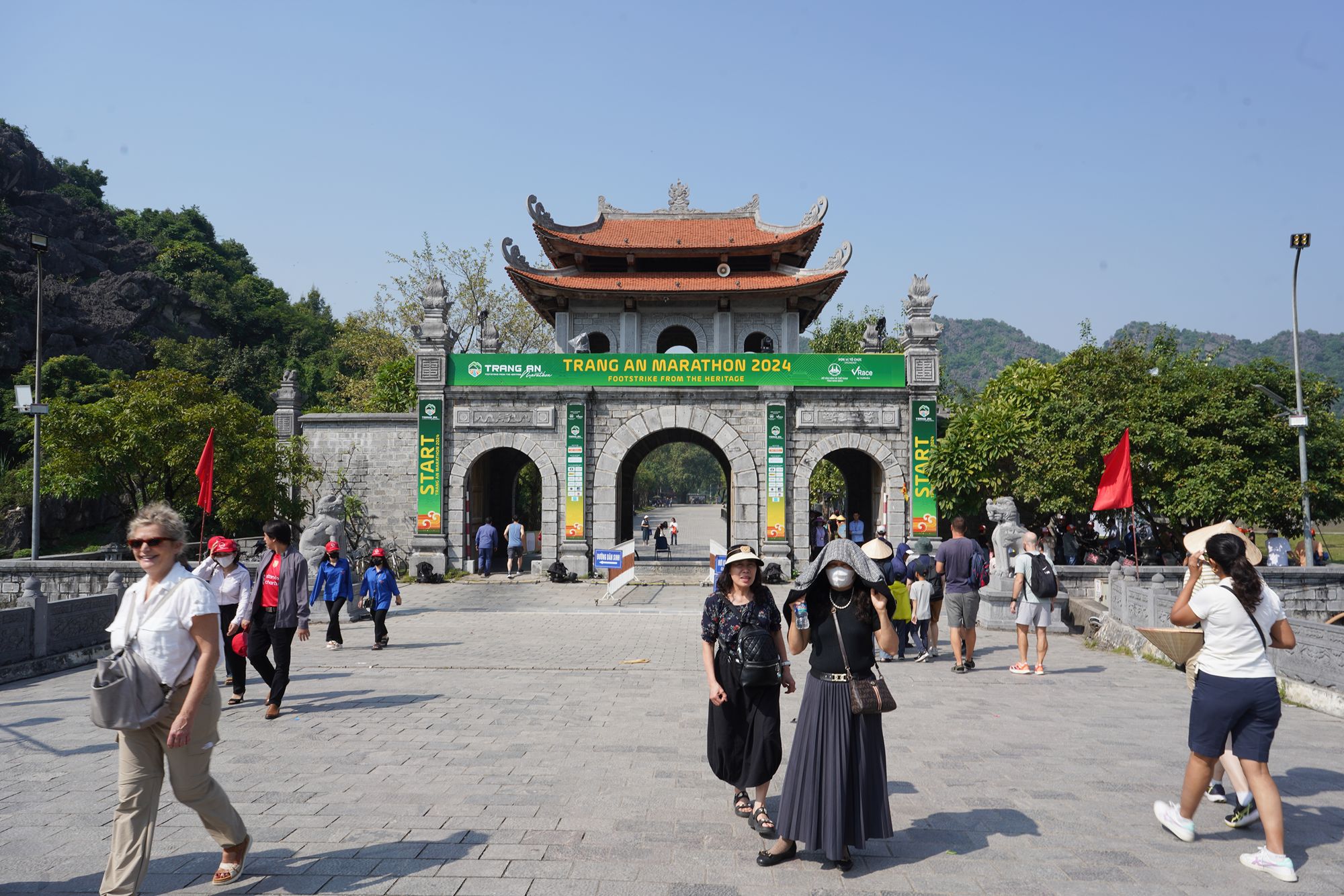
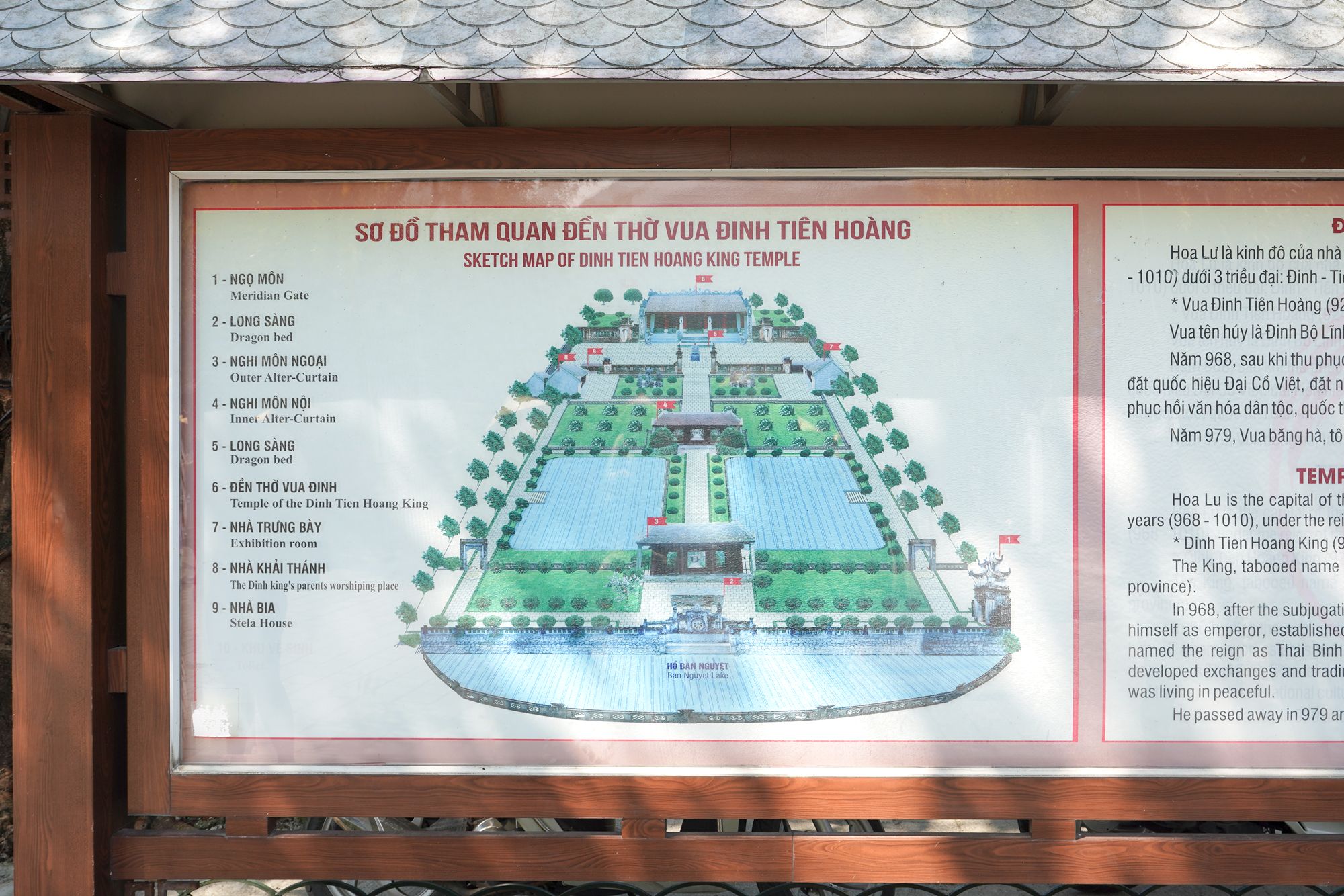

Emperor Đinh Tiên Hoàng (Đinh Bộ Lĩnh) was the founder and the first emperor of Vietnam’s Đinh Dynasty (968–980).
Born in 924 in what is now Ninh Binh Province, he is celebrated for unifying the fragmented country after centuries of chaos during the 12 Warlords Period.
By defeating rival warlords, Đinh Bộ Lĩnh established centralized rule and declared himself emperor in 968, naming the country Đại Cồ Việt, marking Vietnam’s first feudal monarchy.
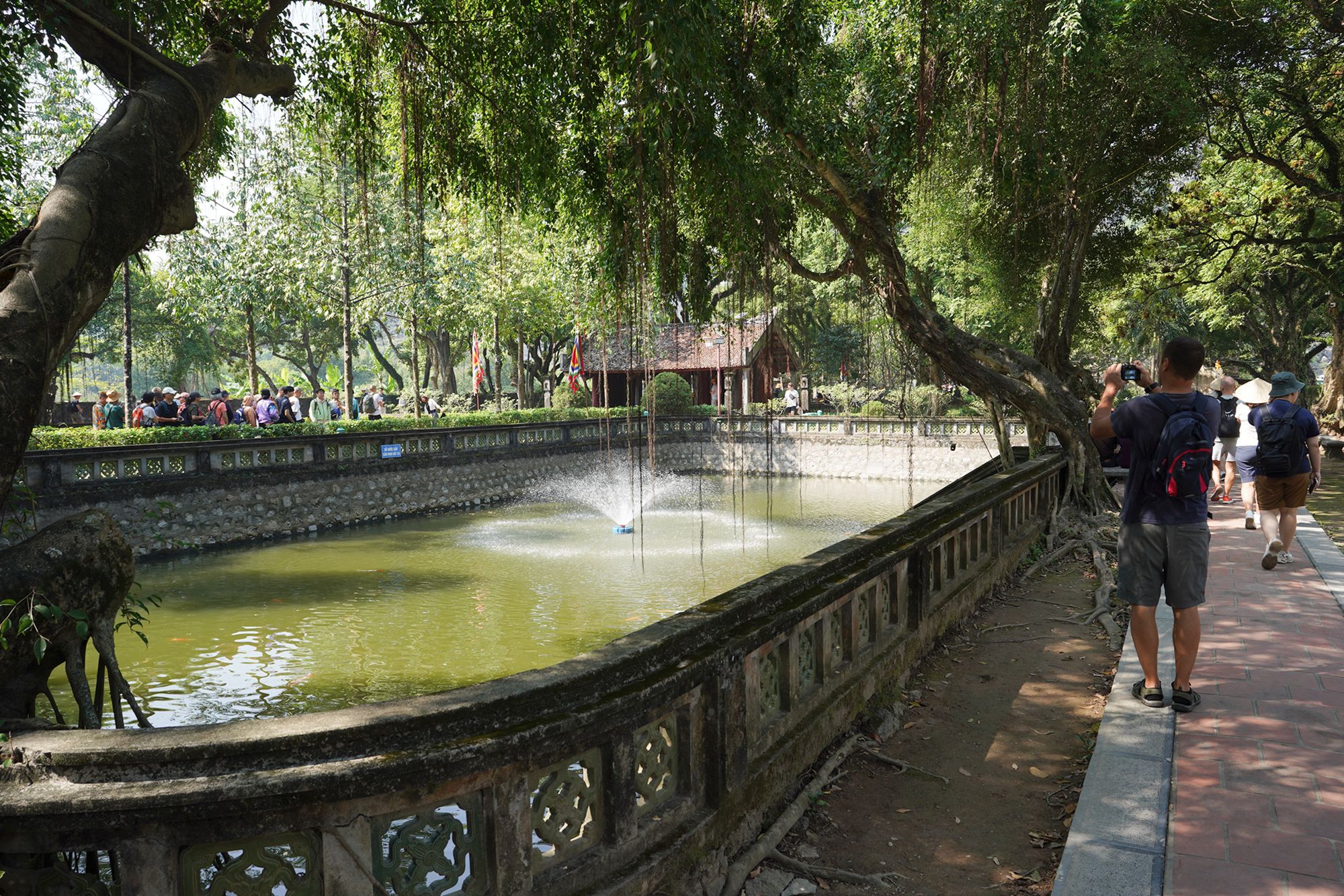
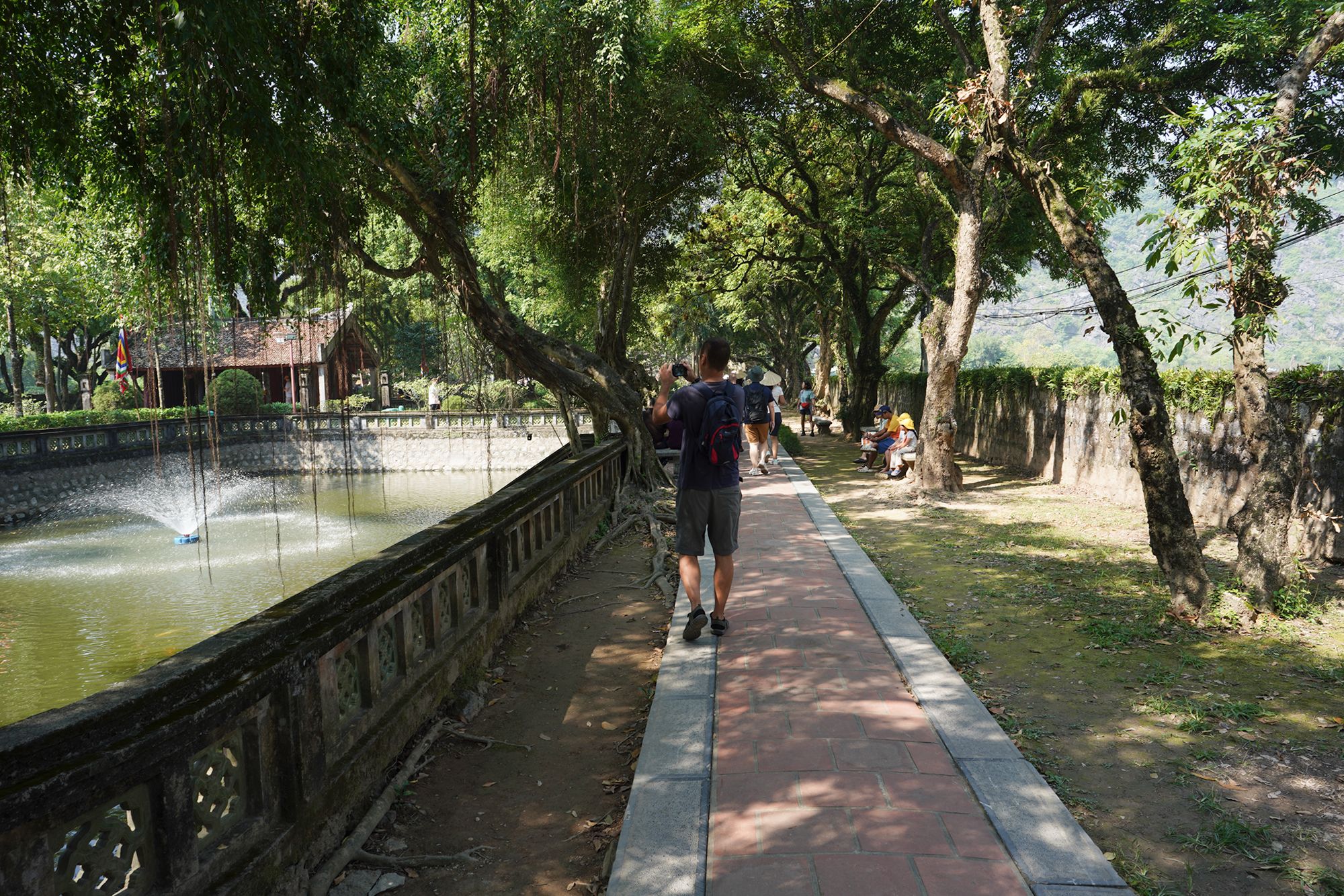
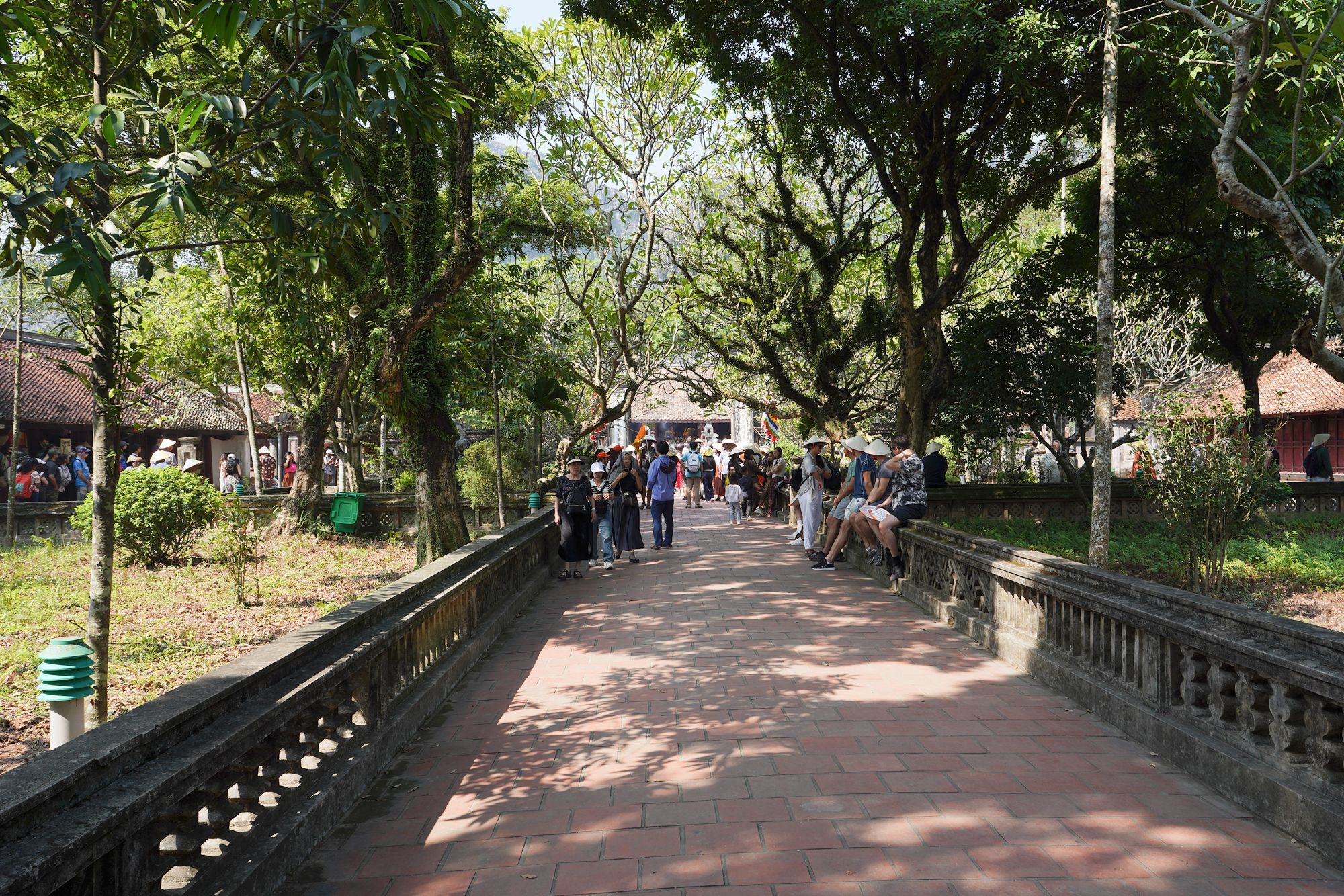
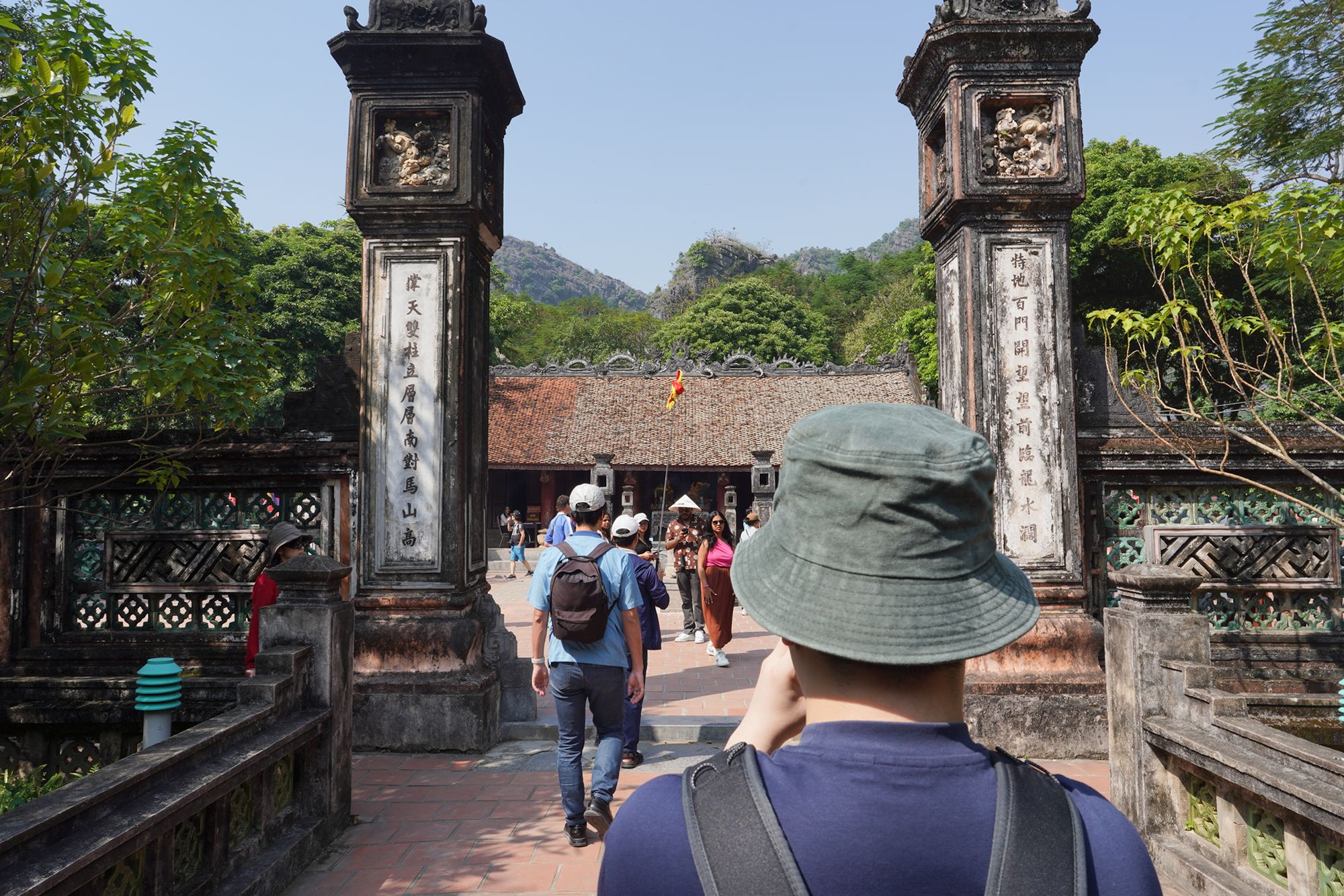
Emperor Đinh Tiên Hoàng chose Hoa Lư (modern-day Ninh Binh) as his capital and strengthened national defense by building fortresses and forming a robust military.
His reign emphasized stability and laying the foundation for Vietnam’s independence. Tragically, his life was cut short when he and his eldest son were assassinated in 979. Despite his brief reign, Đinh Tiên Hoàng is remembered as a unifier and a pivotal figure in Vietnam’s history.
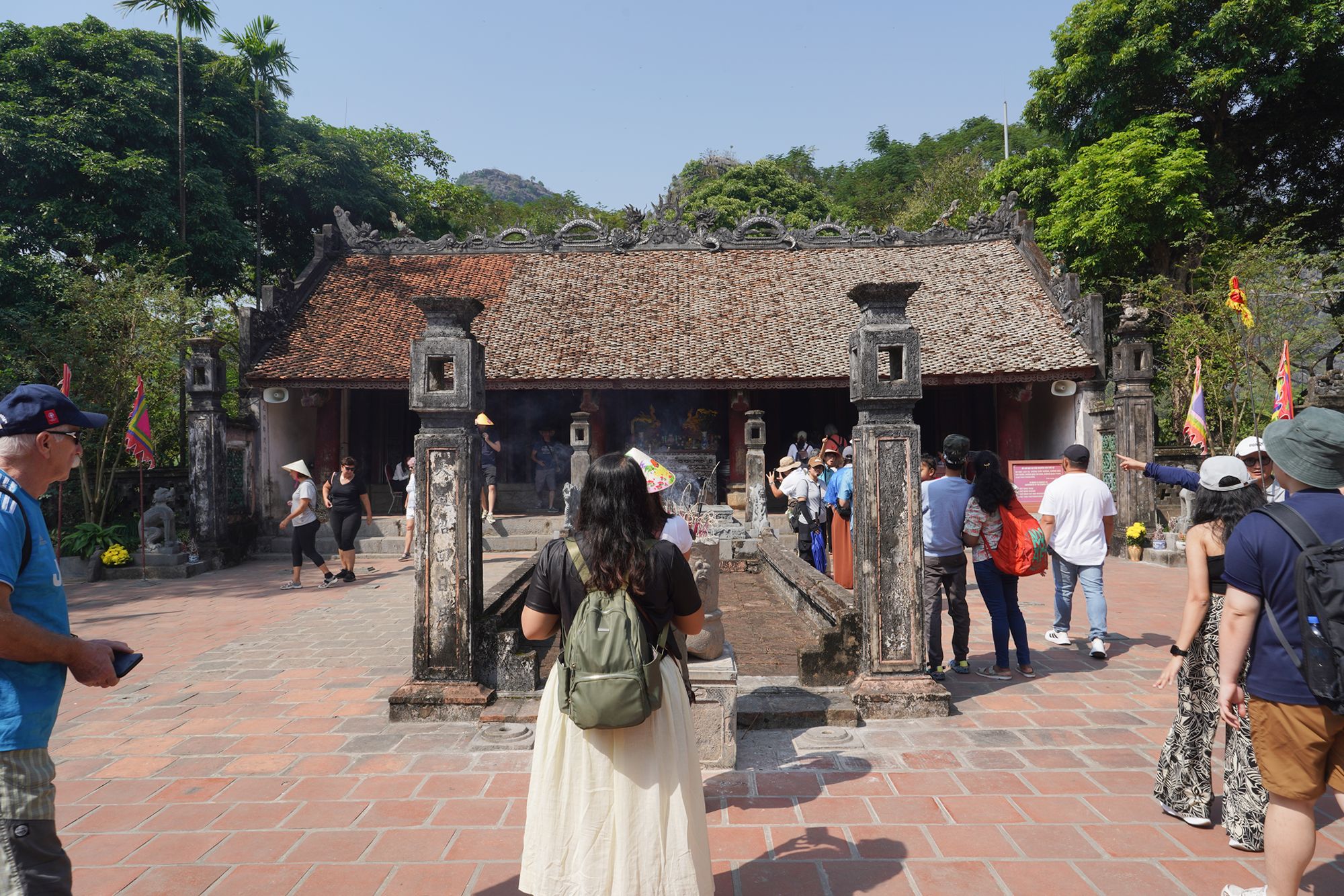
The Đinh Temple, dedicated to Emperor Đinh Tiên Hoàng, is located in Hoa Lư Ancient Capital in Ninh Binh Province. This historic temple features traditional Vietnamese architecture, with stone pillars, intricately carved wooden panels, and dragon motifs symbolizing imperial power.
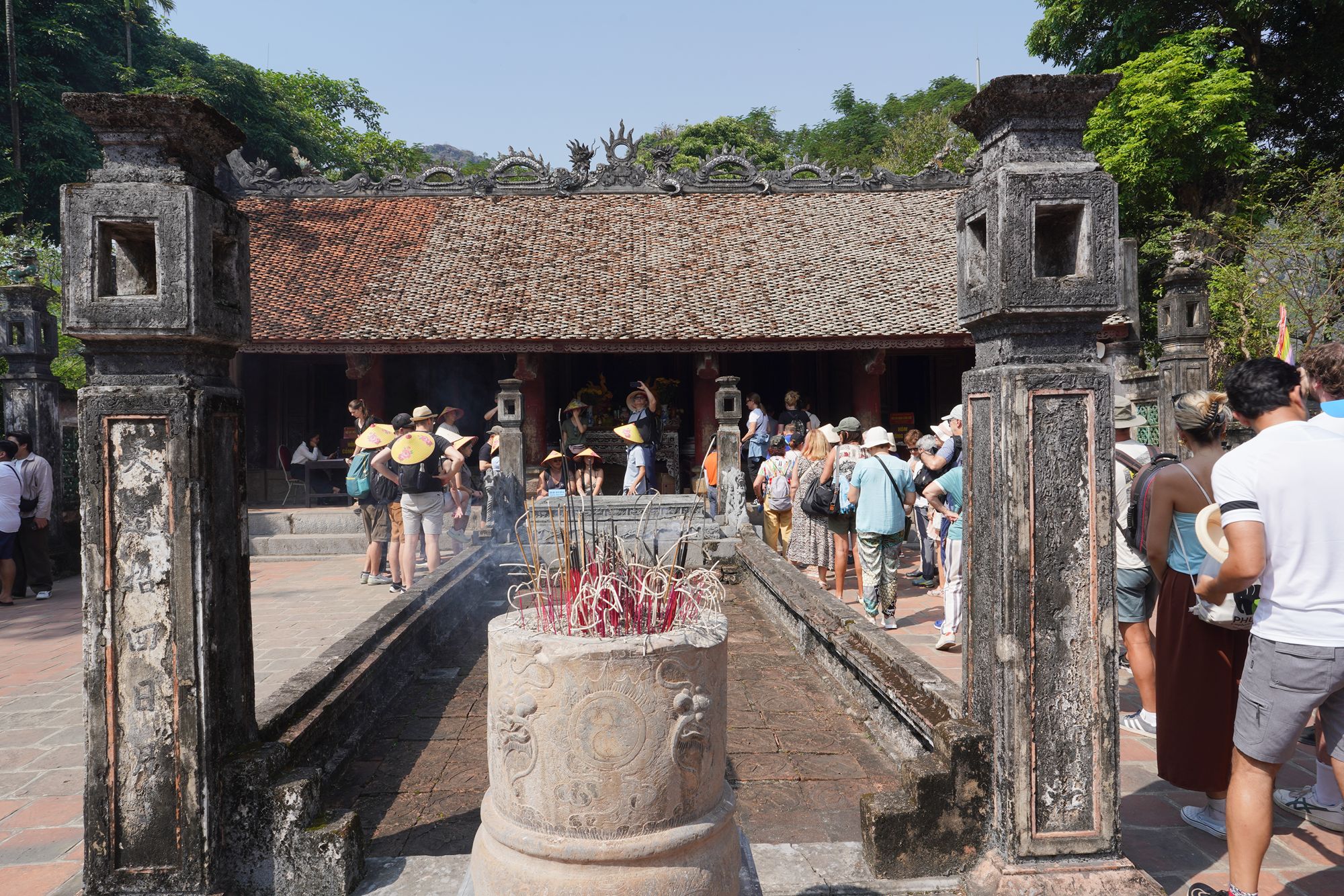
Photography was not allowed in the temple, but visitors could see statues of Emperor Đinh, his sons, and his generals inside.
Surrounded by lush greenery and dramatic limestone karsts, the temple offers a tranquil atmosphere while honoring the emperor’s achievements in unifying Vietnam and establishing its first feudal monarchy.
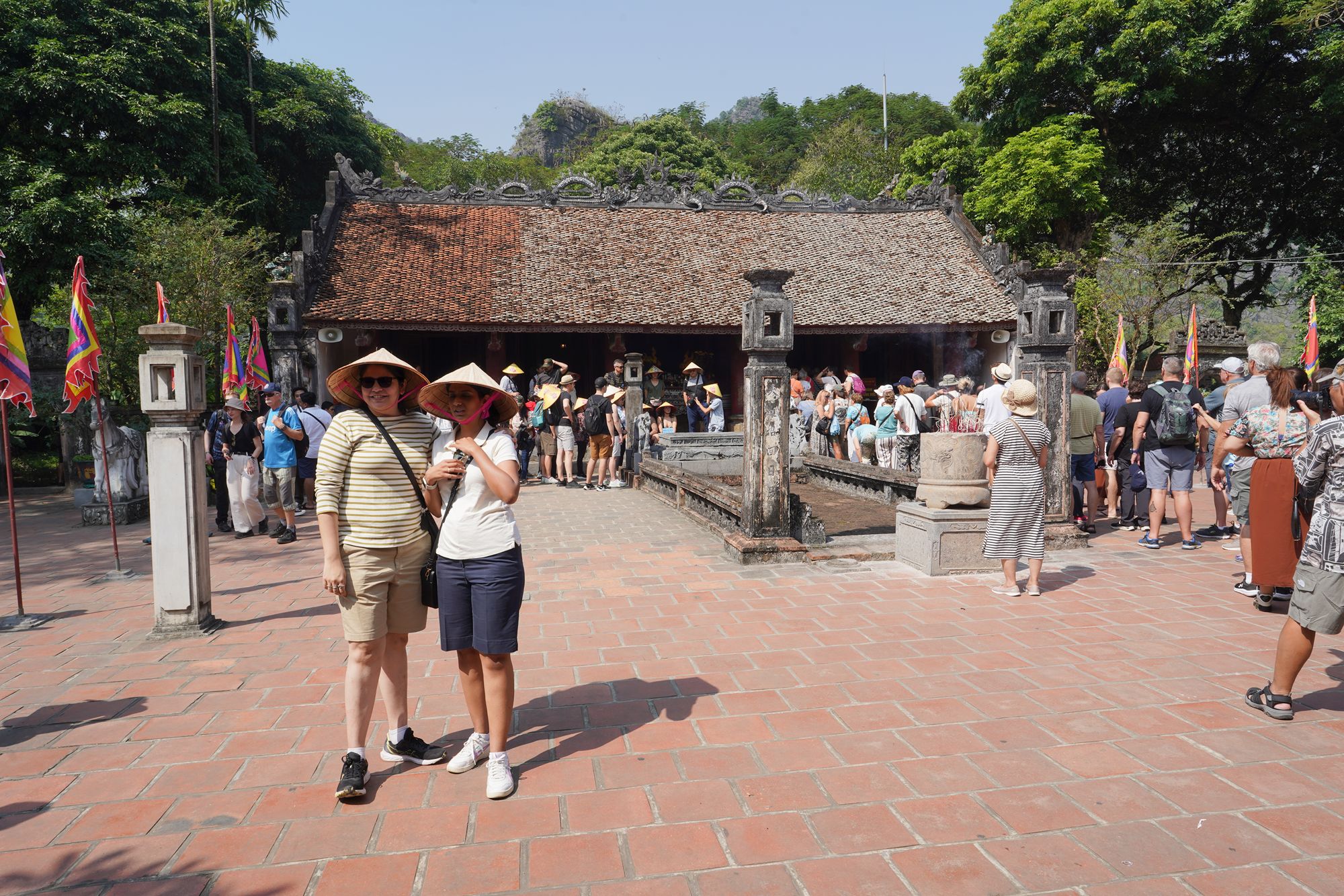
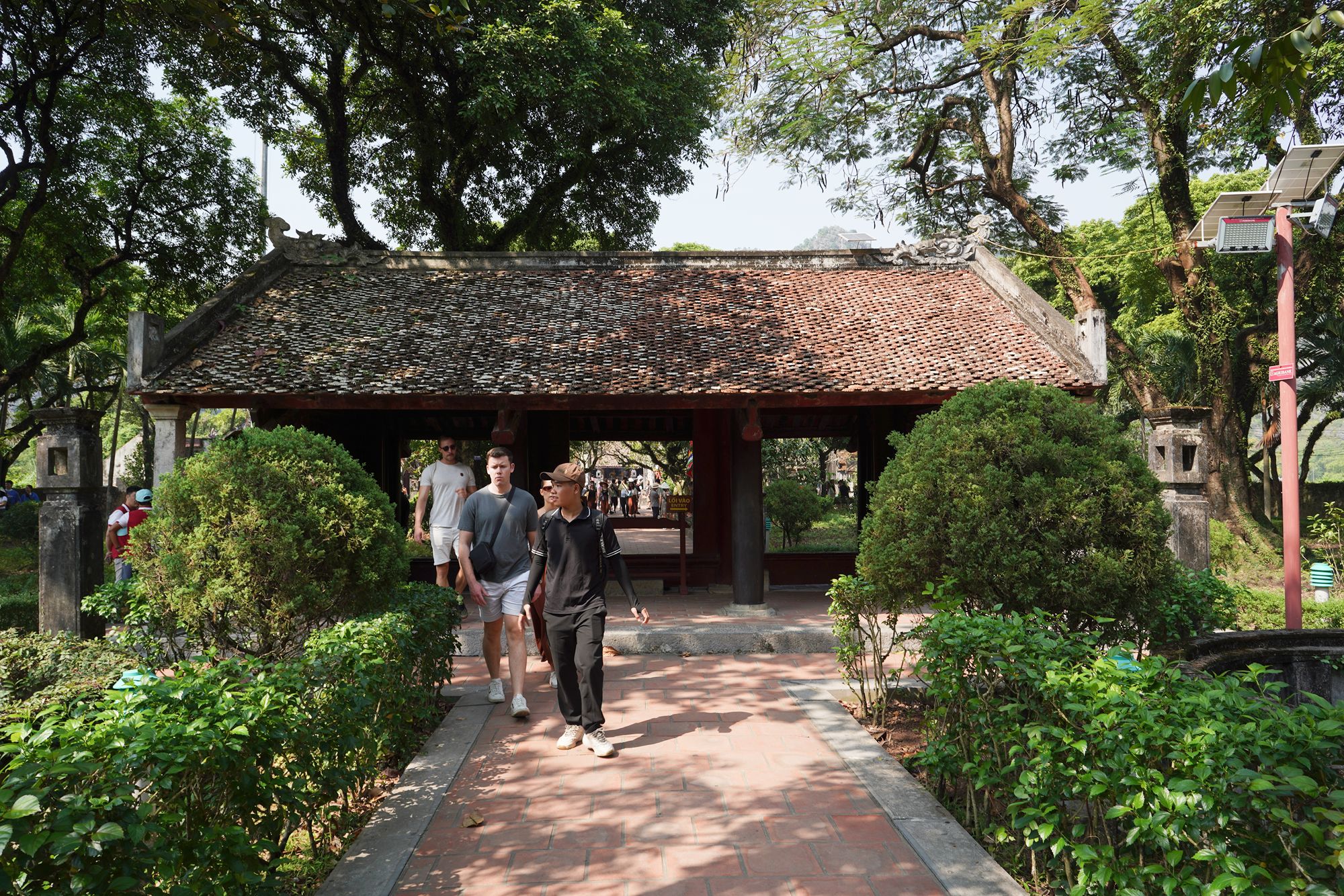
Exiting the temple
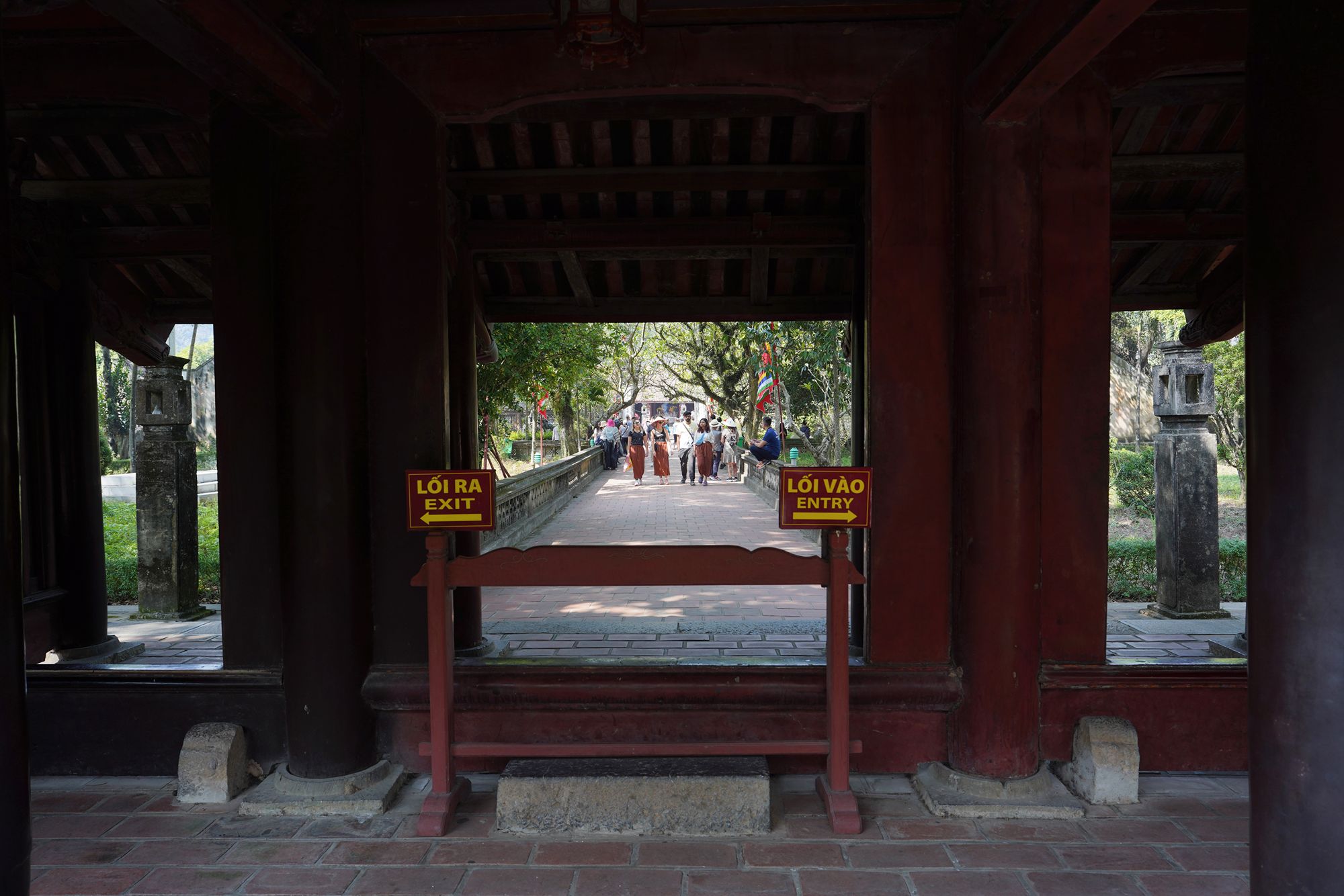
I walked to the temple dedicated to Emperor Lê Đại Hành, located adjacent to the Emperor Đinh Temple.
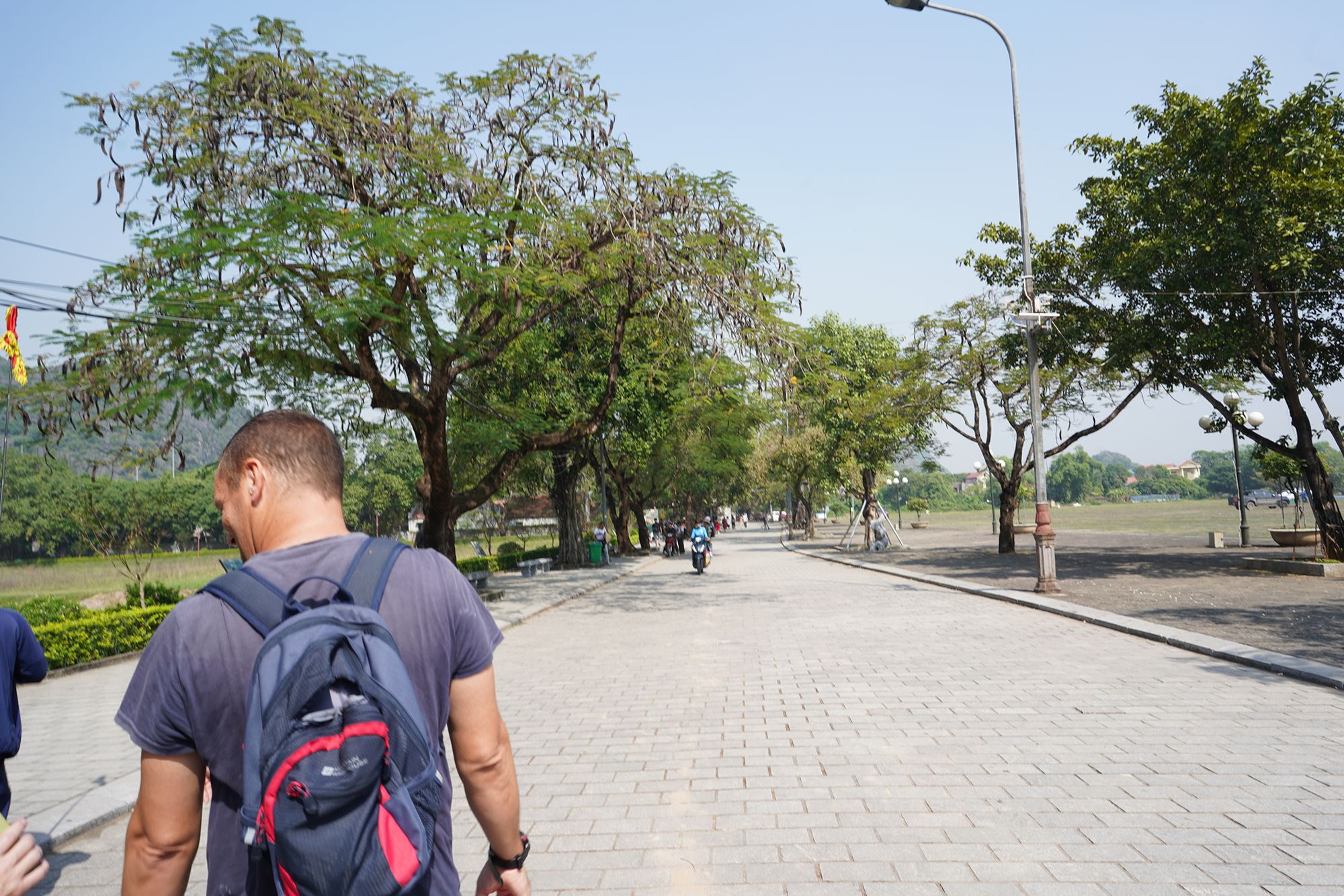
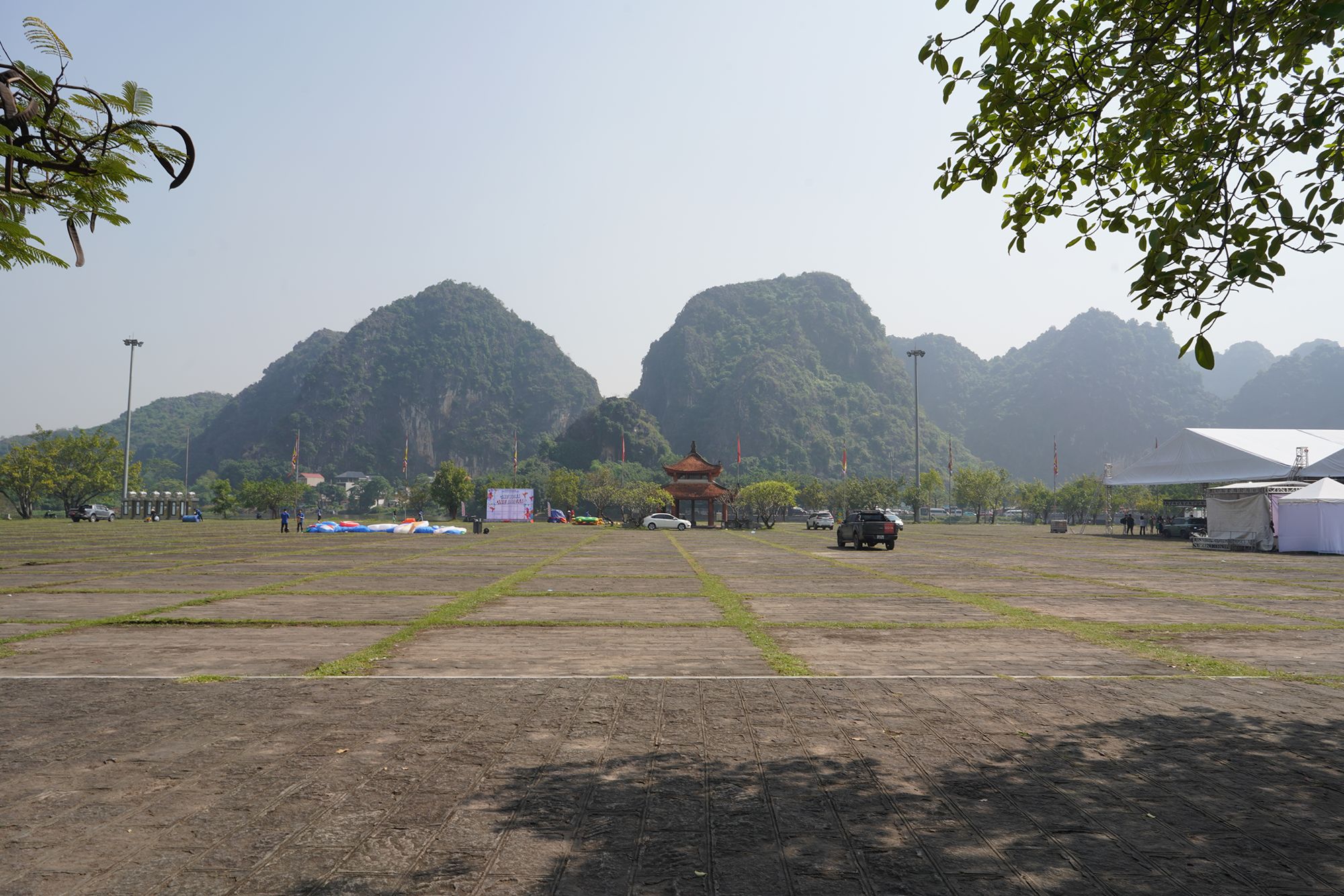
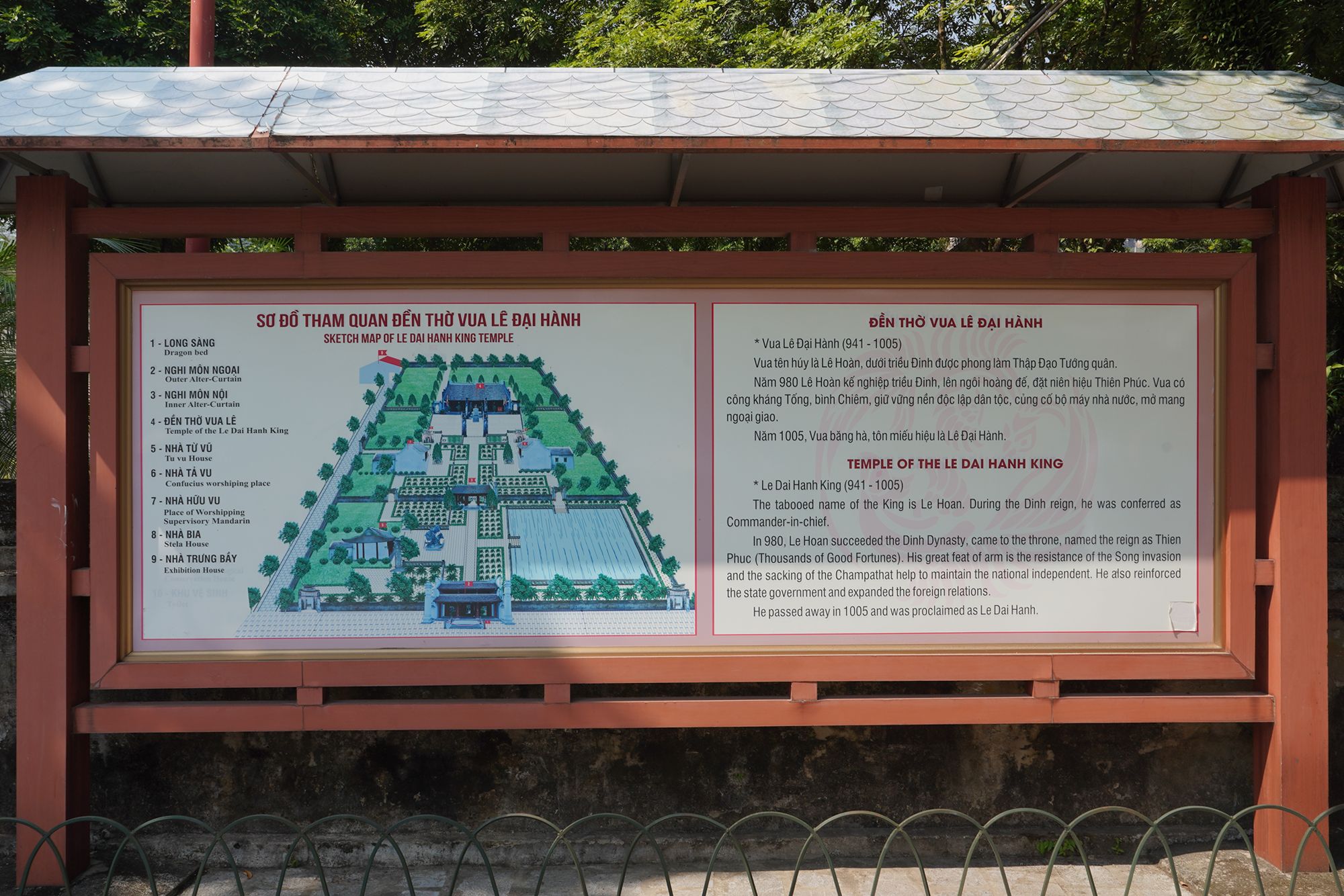
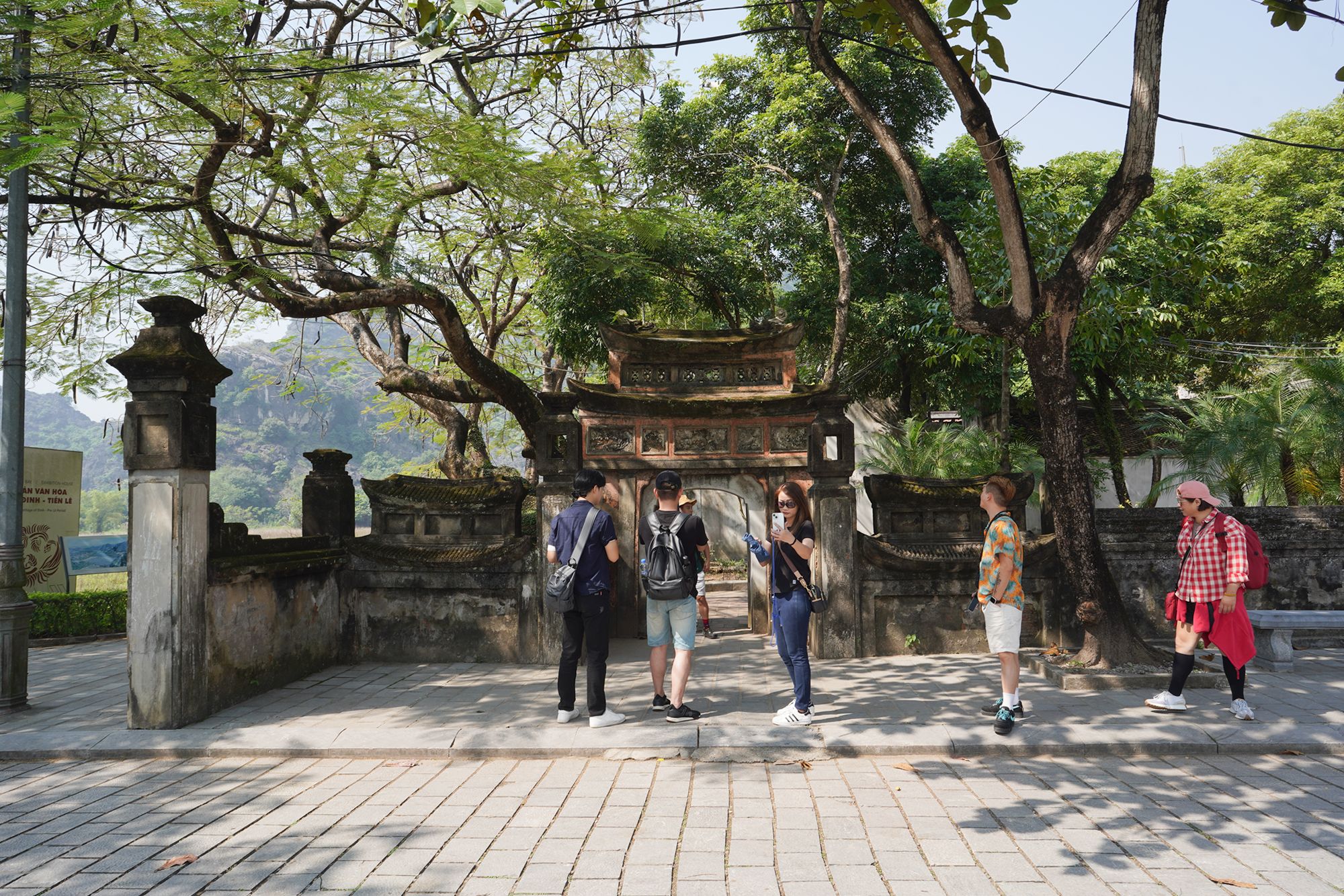
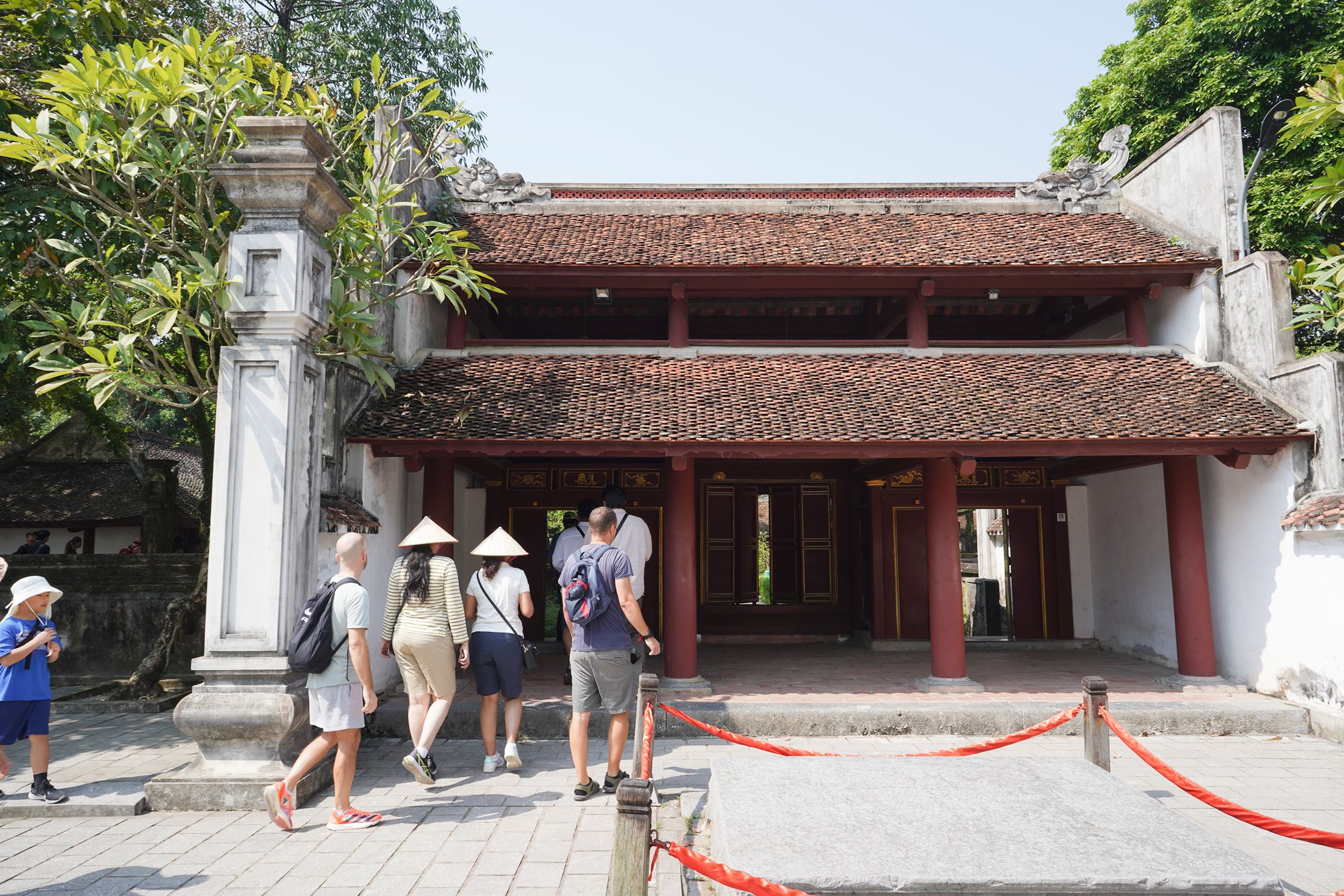
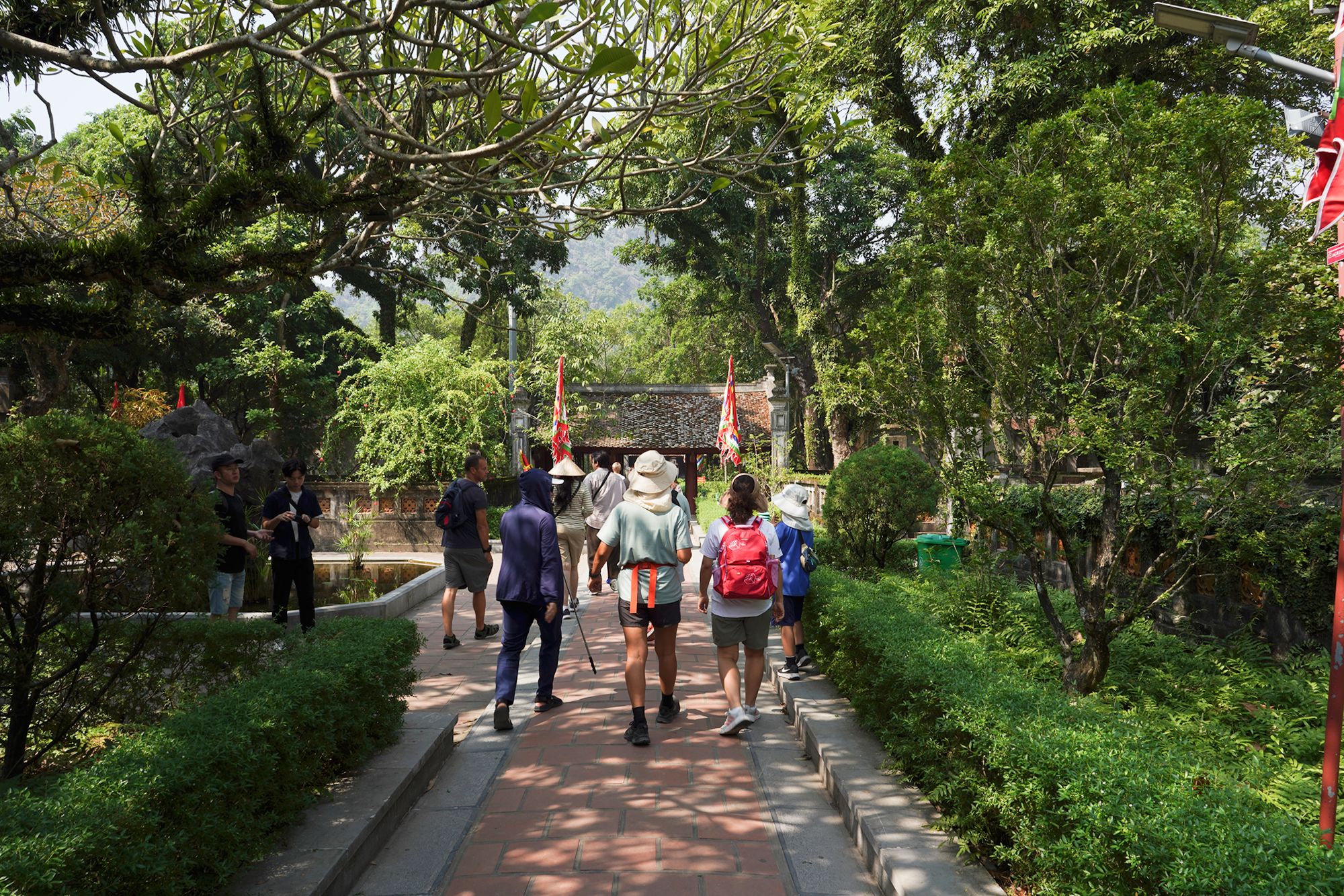
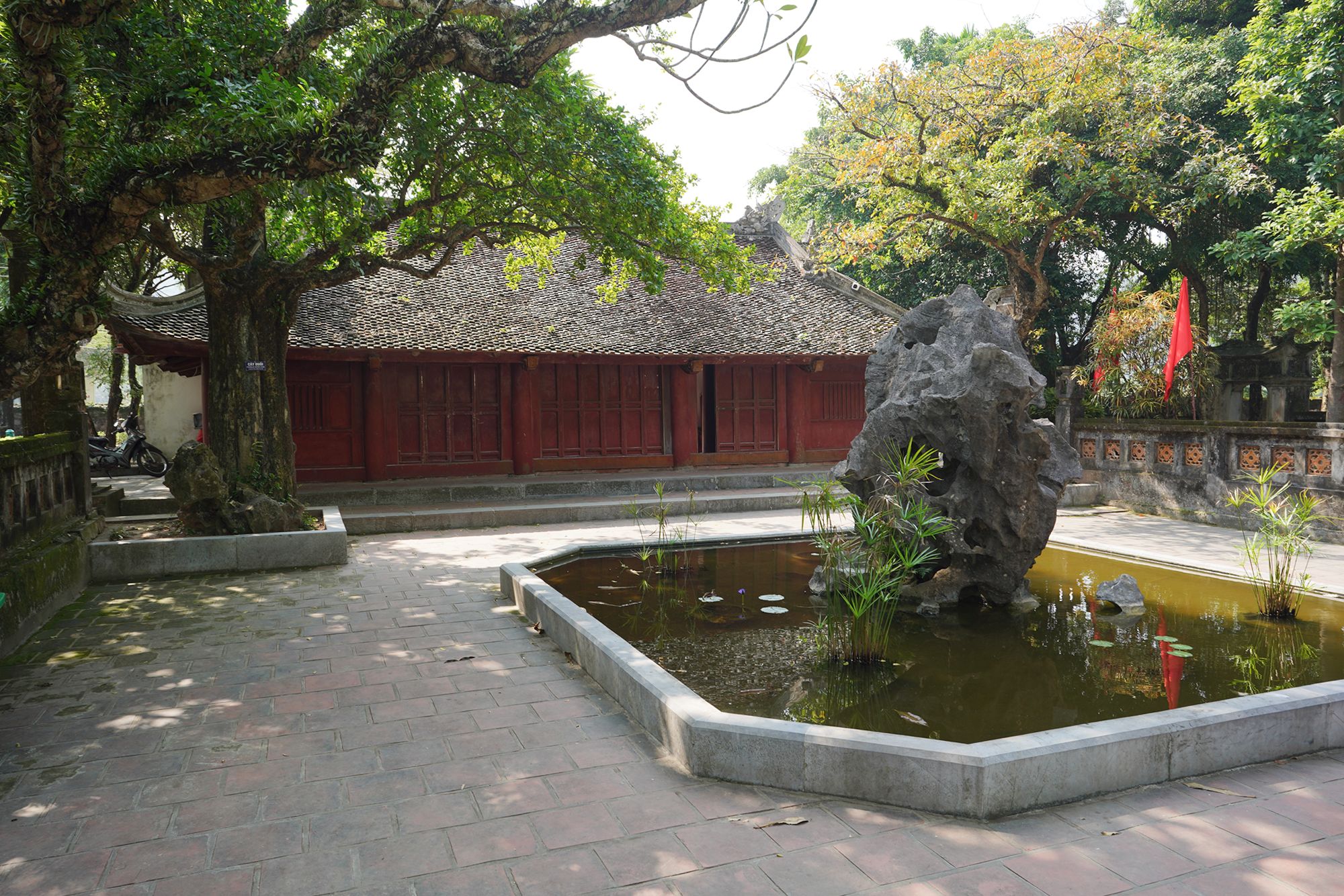
The temple dedicated to Emperor Lê Đại Hành, also known as the Lê Temple (Đền Lê Đại Hành) looked similar to Emperor Đinh’s Temple.
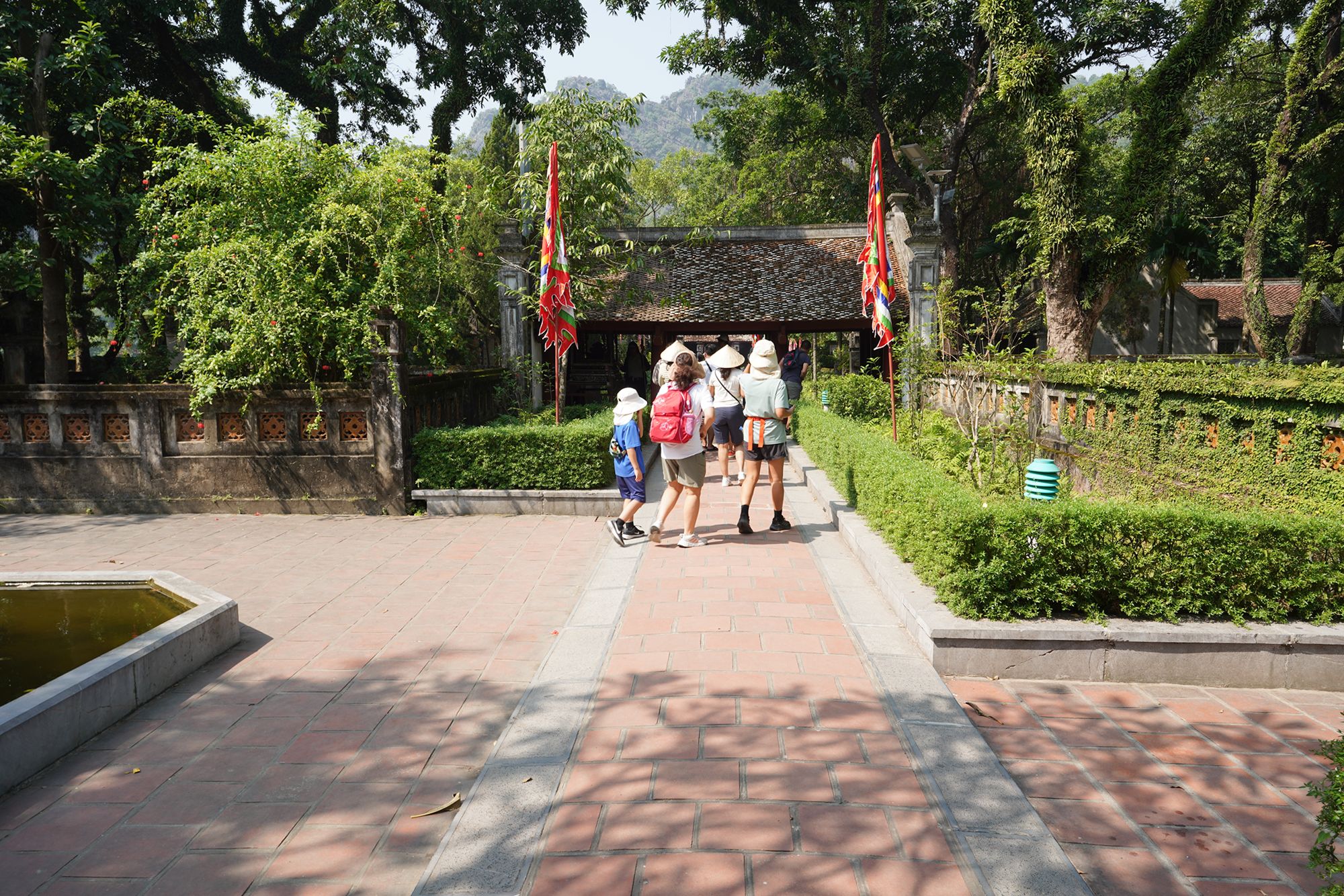
Emperor Lê Đại Hành (Lê Hoàn) was the founder and first emperor of the Early Lê Dynasty, ruling Vietnam from 980 to 1005. Born in 941 in Thanh Hóa Province, he rose to prominence as a talented general under the Đinh Dynasty. After the assassination of Emperor Đinh Tiên Hoàng and his heir, Lê Hoàn assumed leadership to stabilize the nation and protect it from foreign threats.
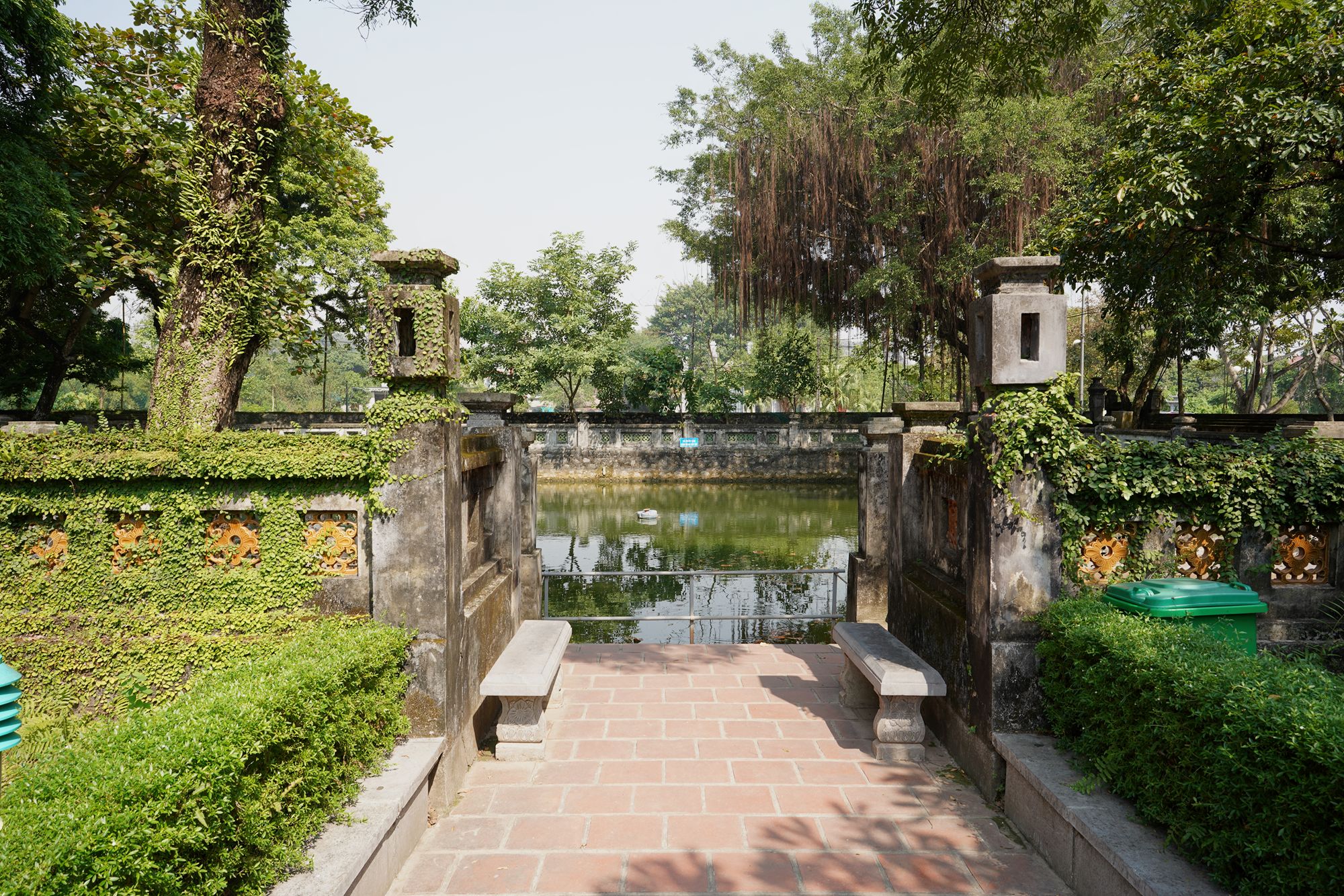
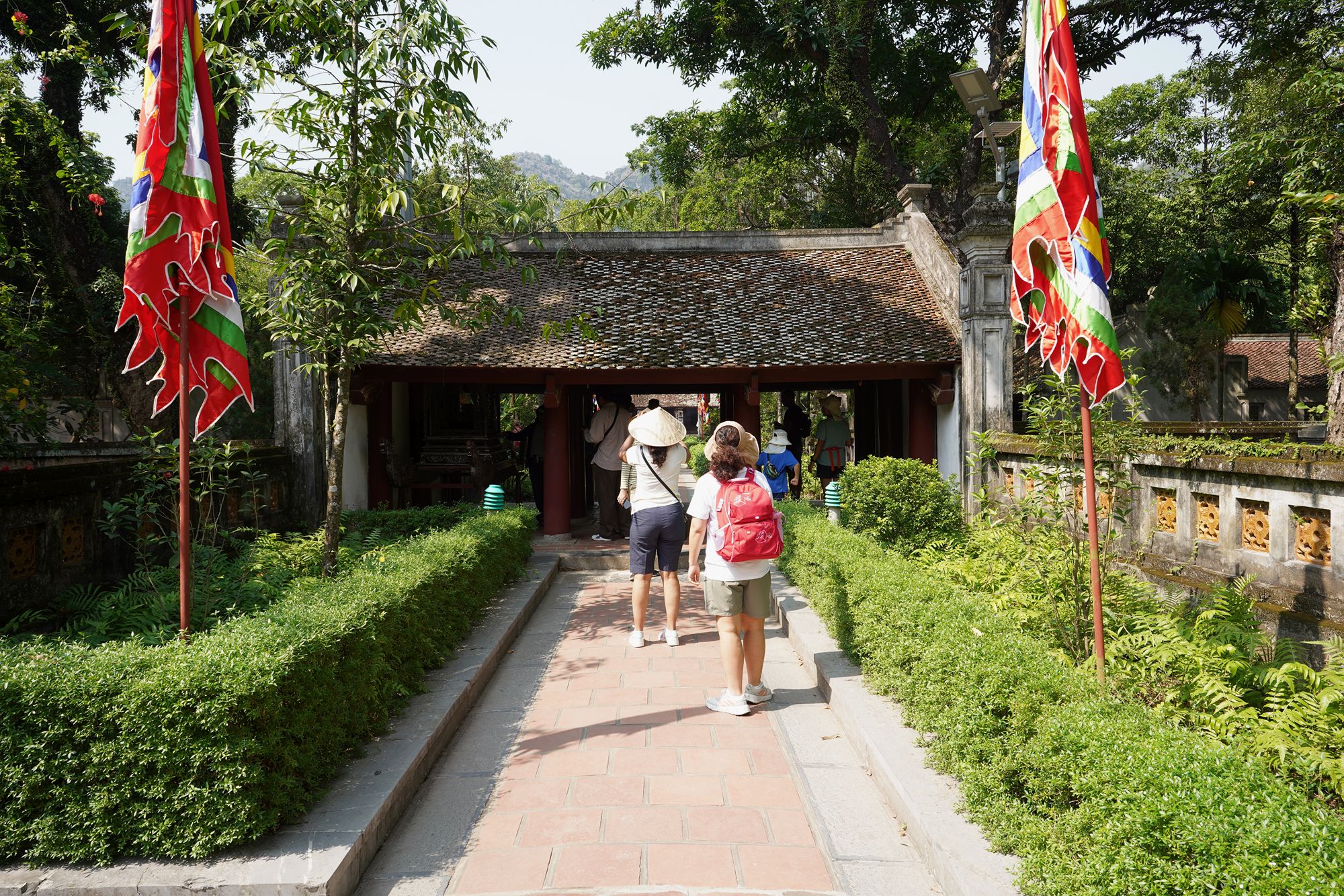
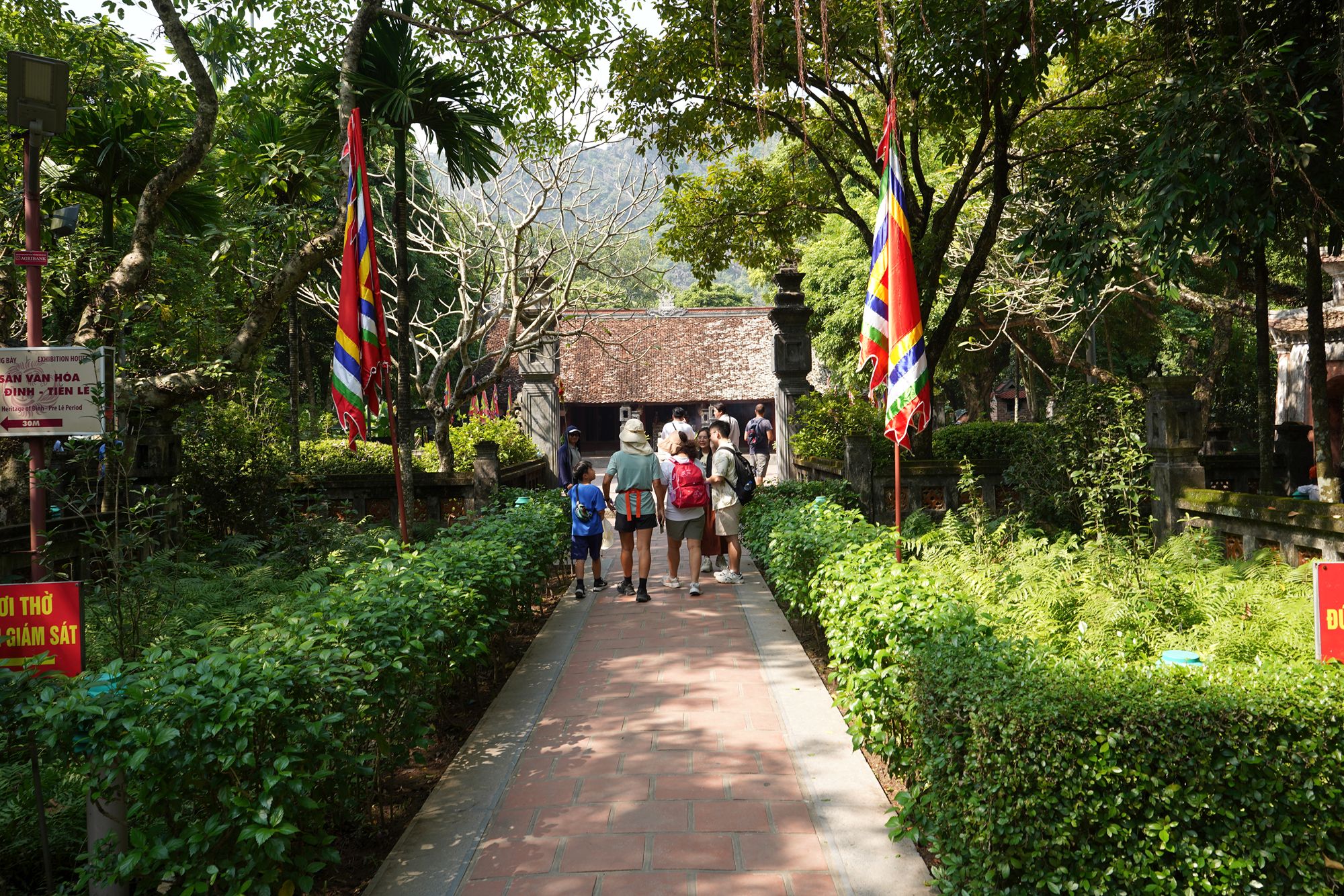
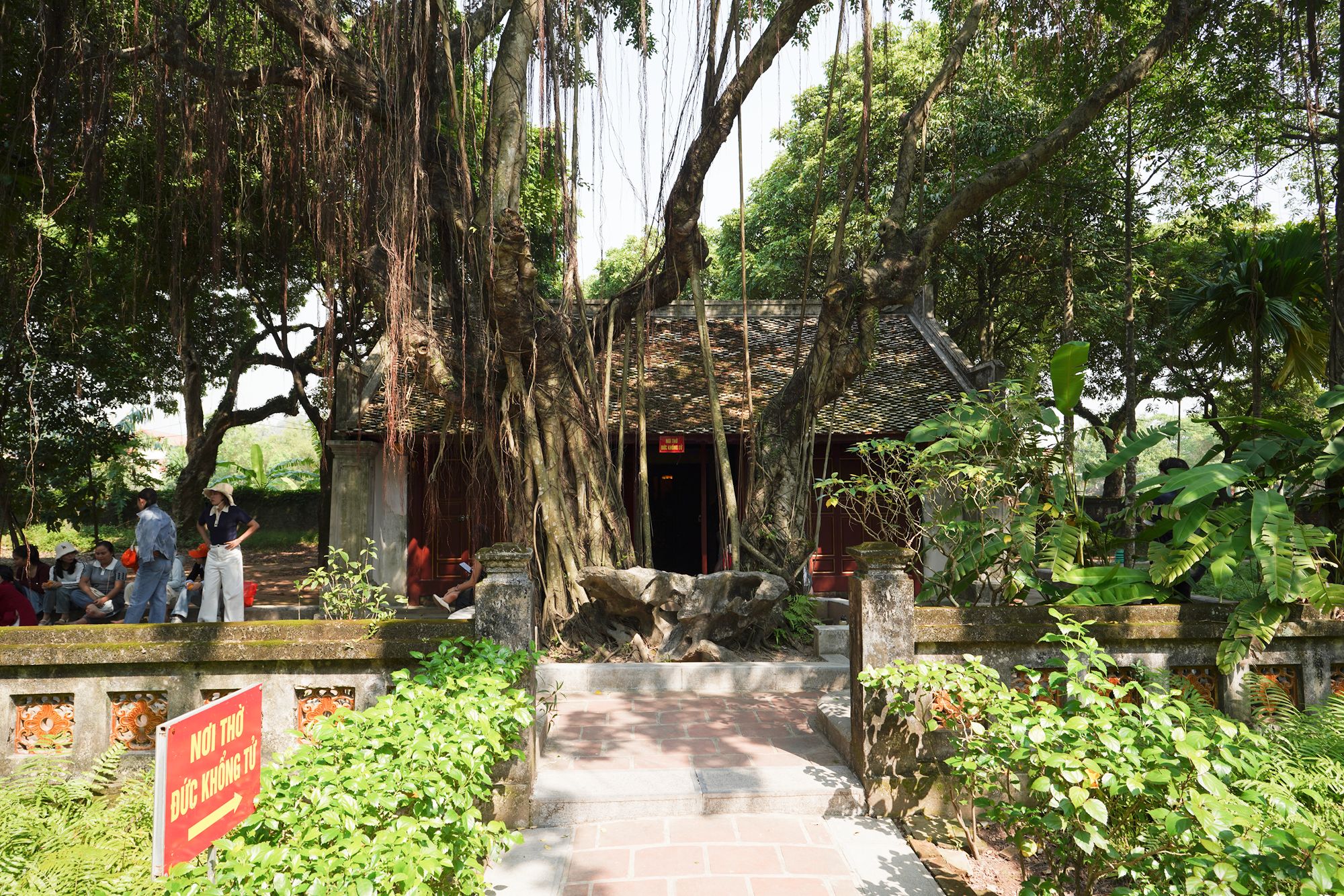
The temple features traditional Vietnamese architecture with wooden structures, intricate stone carvings, and a serene courtyard. Inside, it houses statues of Emperor Lê Đại Hành, his queen, and his generals, honoring their contributions to Vietnam’s history.
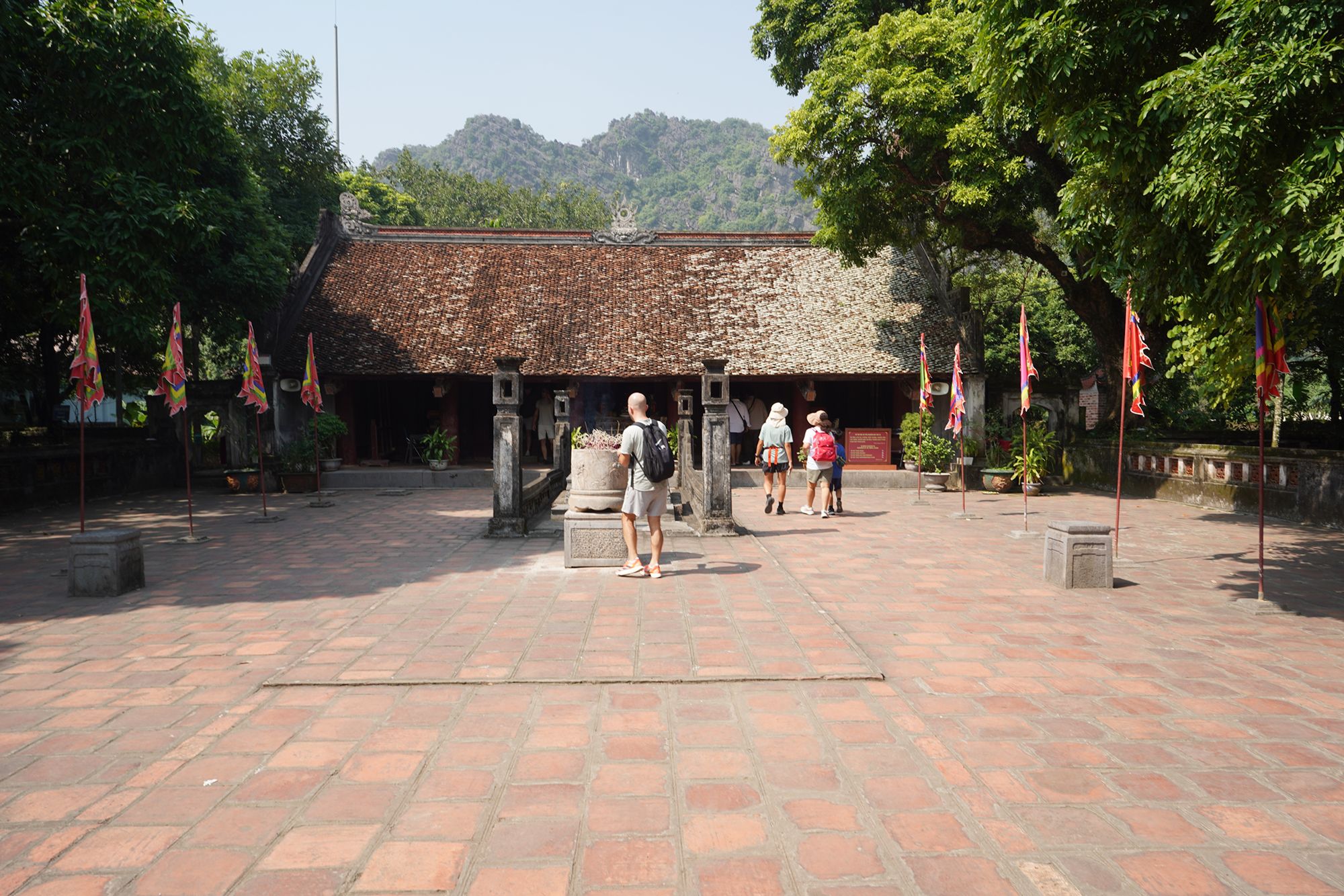
Photography was not allowed inside the temple.
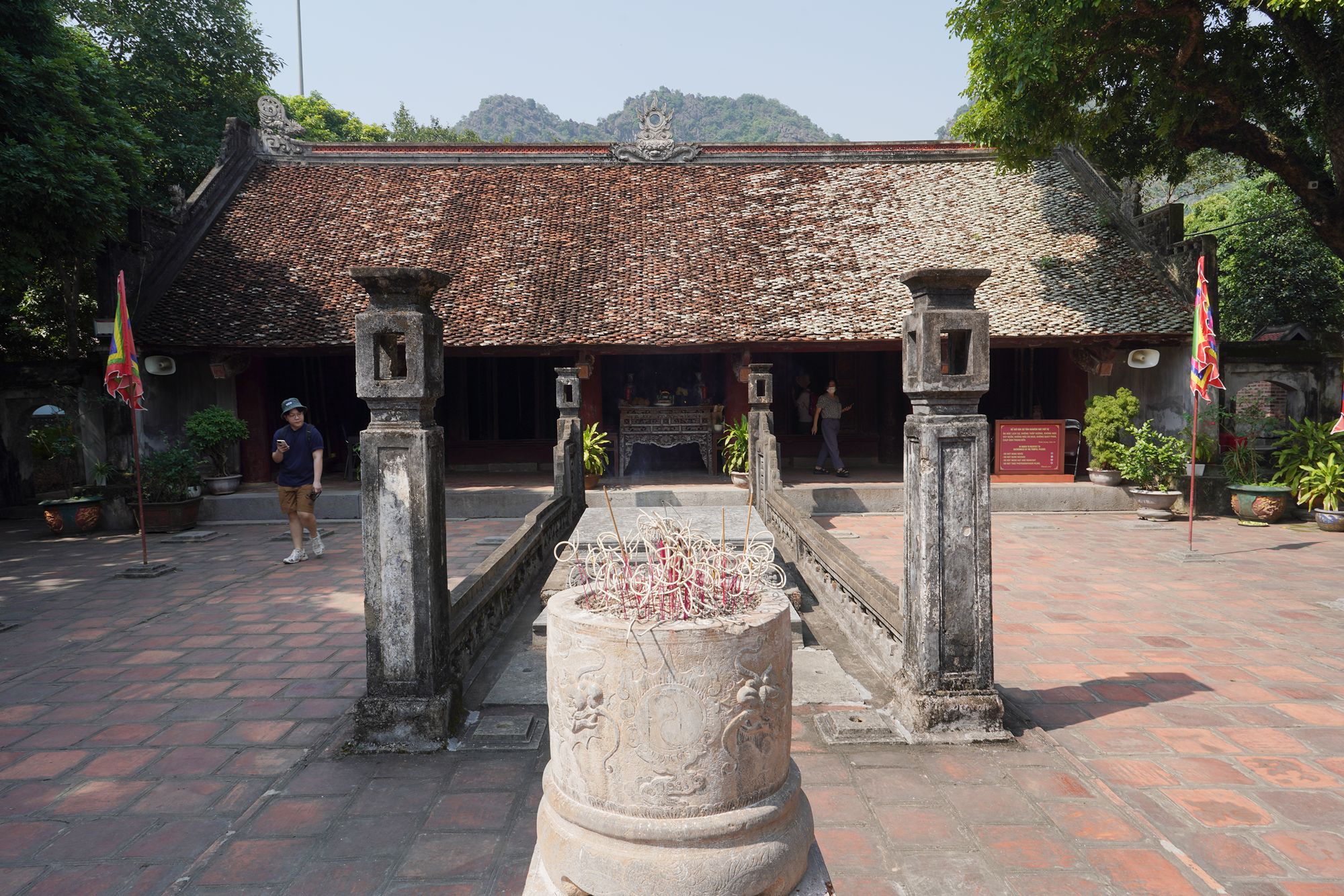

Exiting the temple
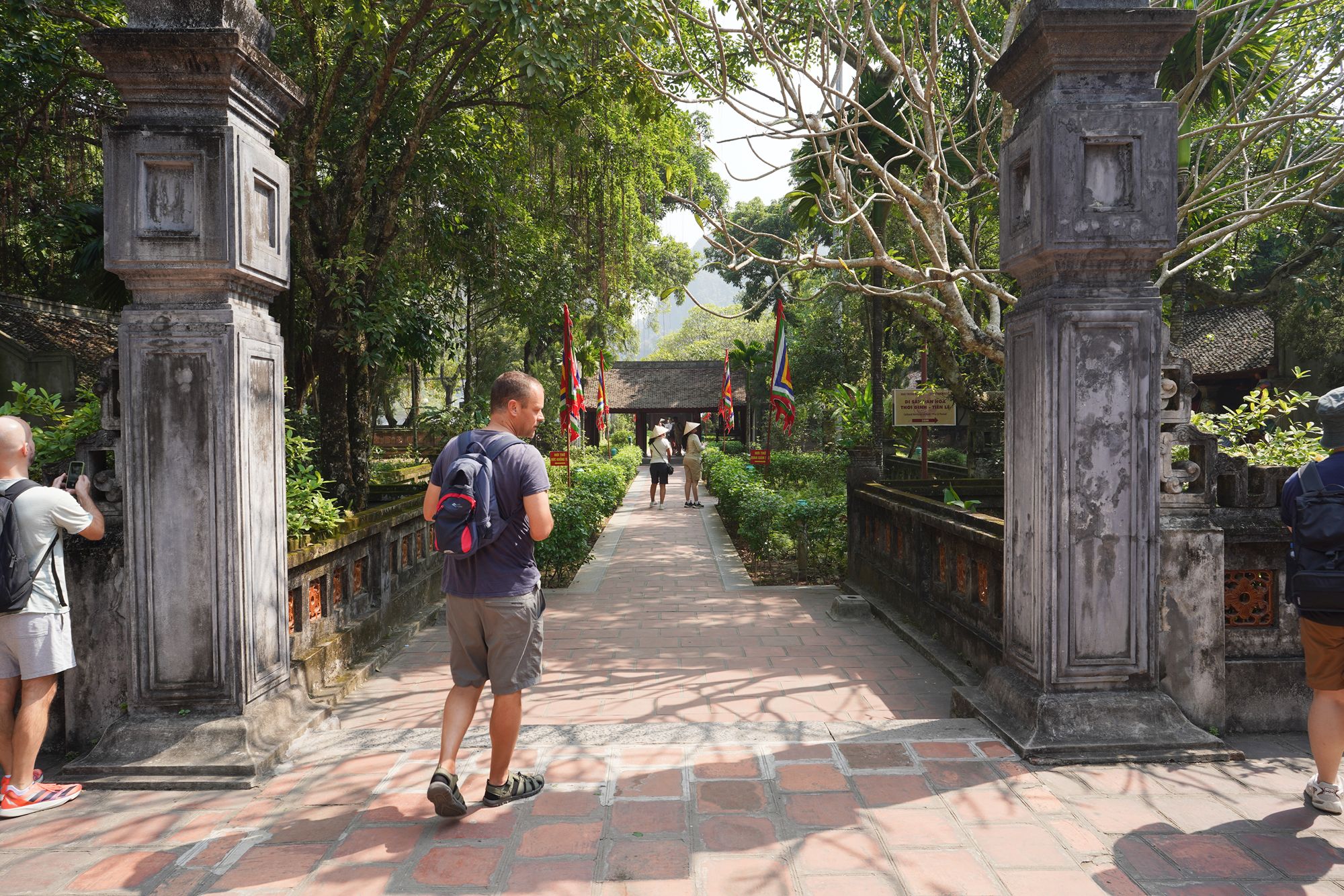
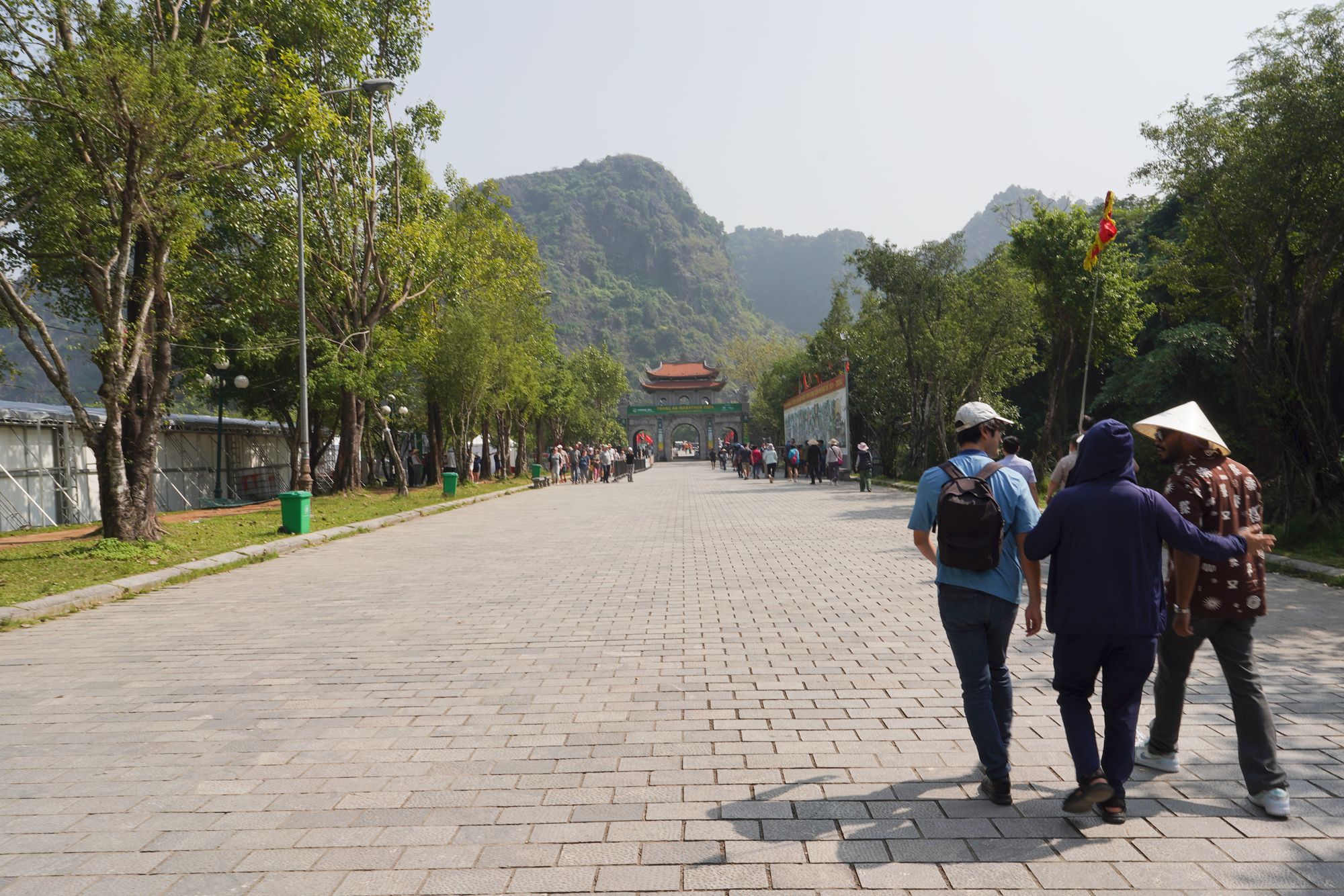
Exiting the temples site
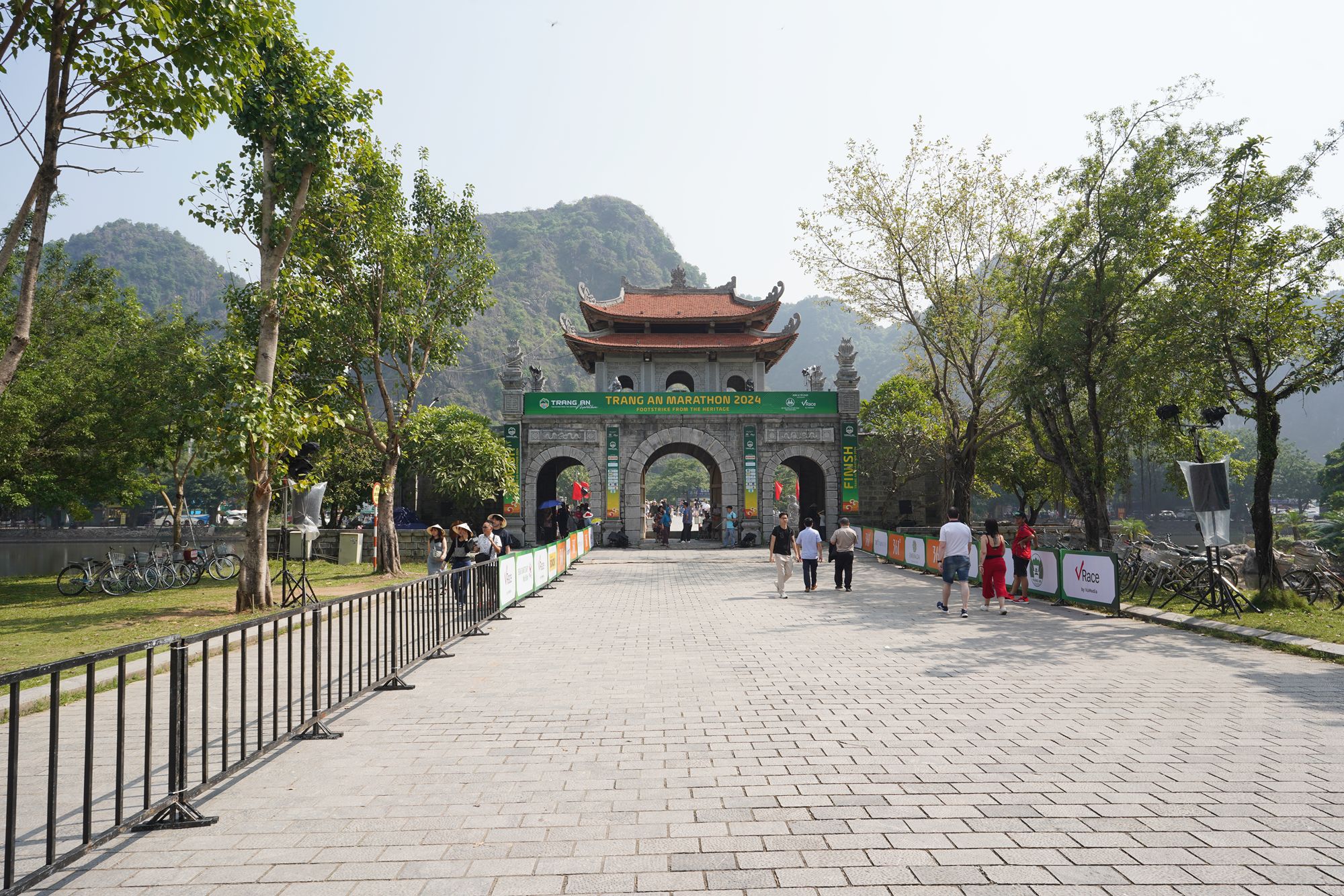
This is Hoa Lu, the ancient capital of Vietnam in the 10th and 11th centuries.
We had a lunch in the restaurant in the building
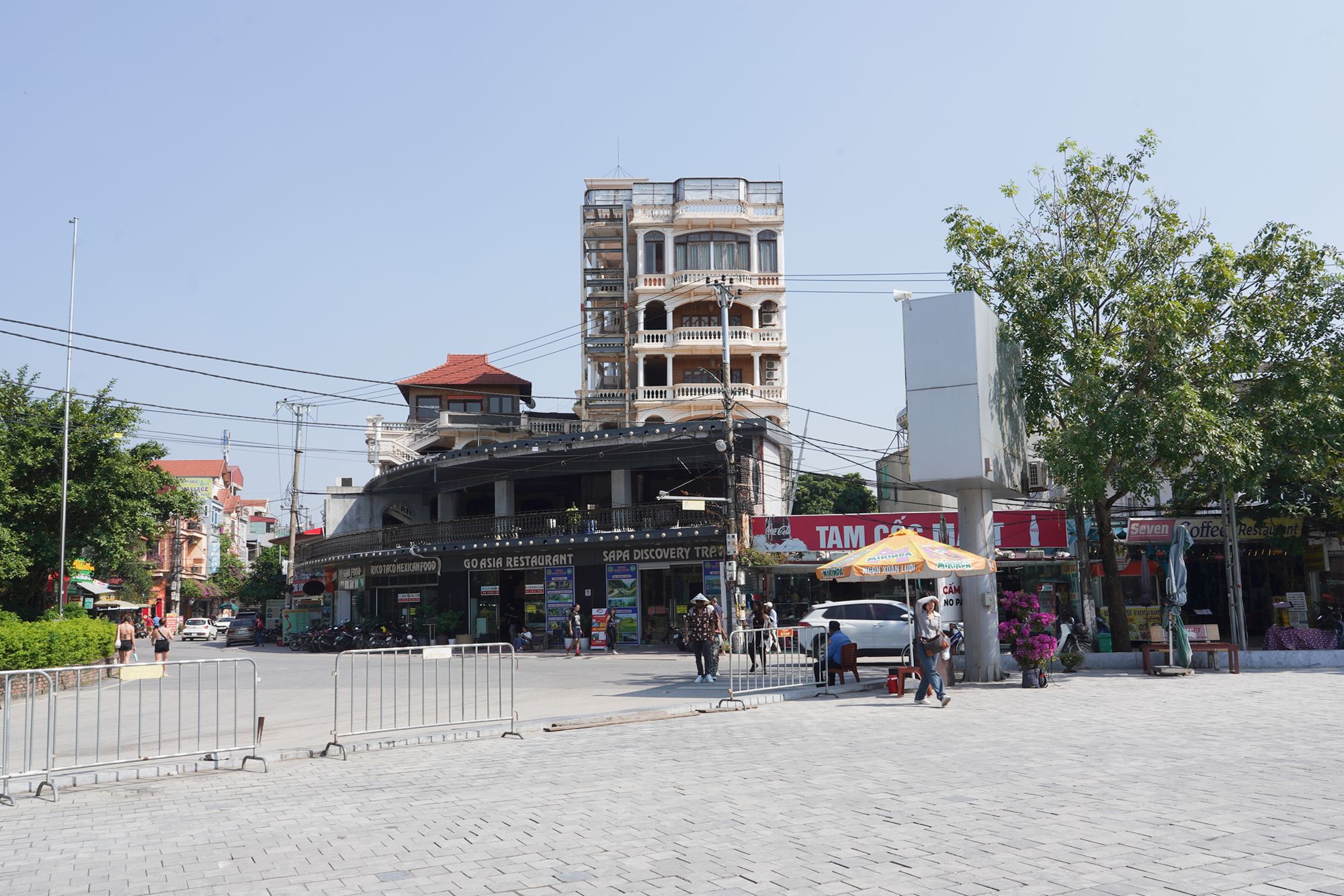
The next activity of the tour was the riding of boat on Ngo Dong River. The dock area of the boat riding was in front of the restaurant building
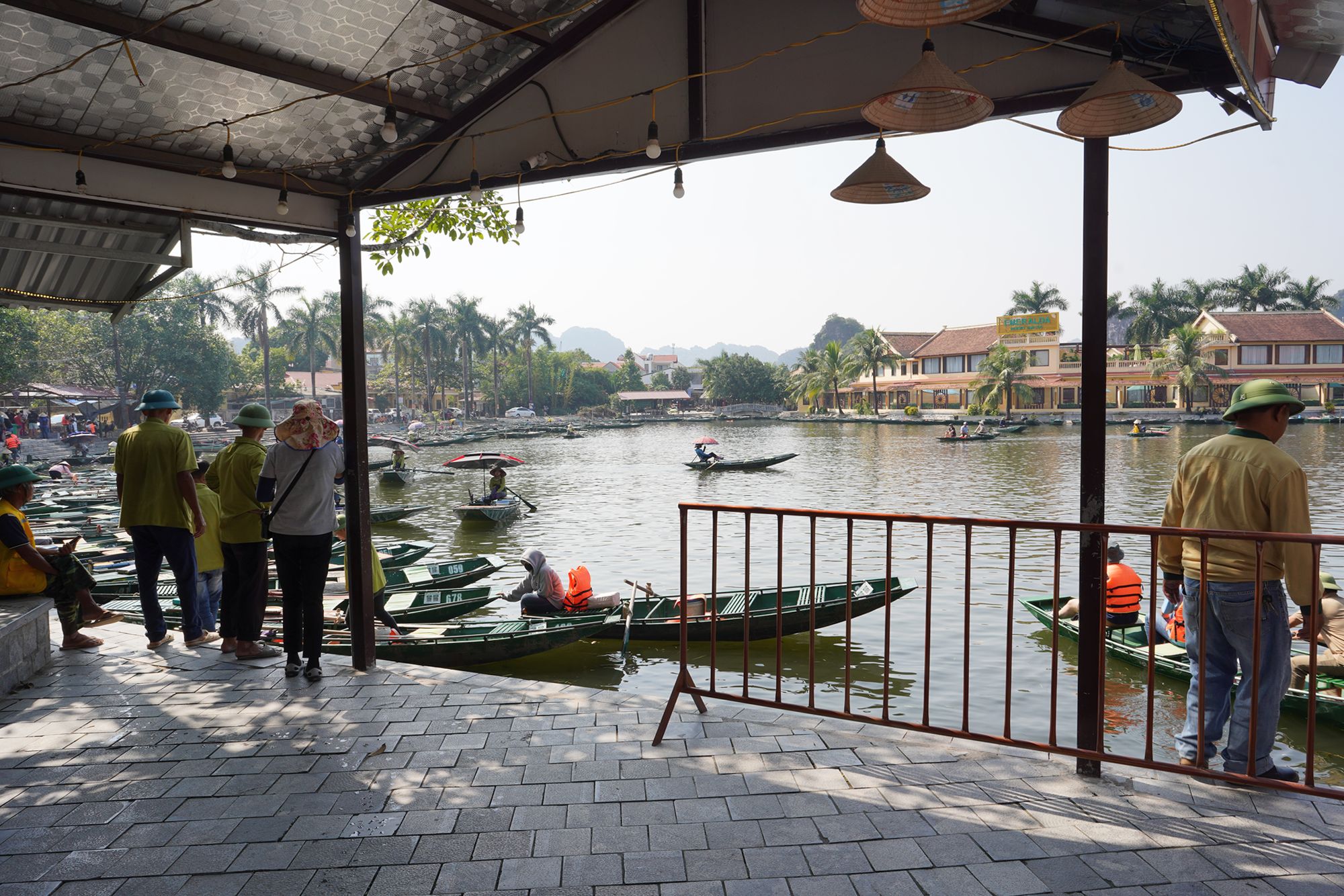
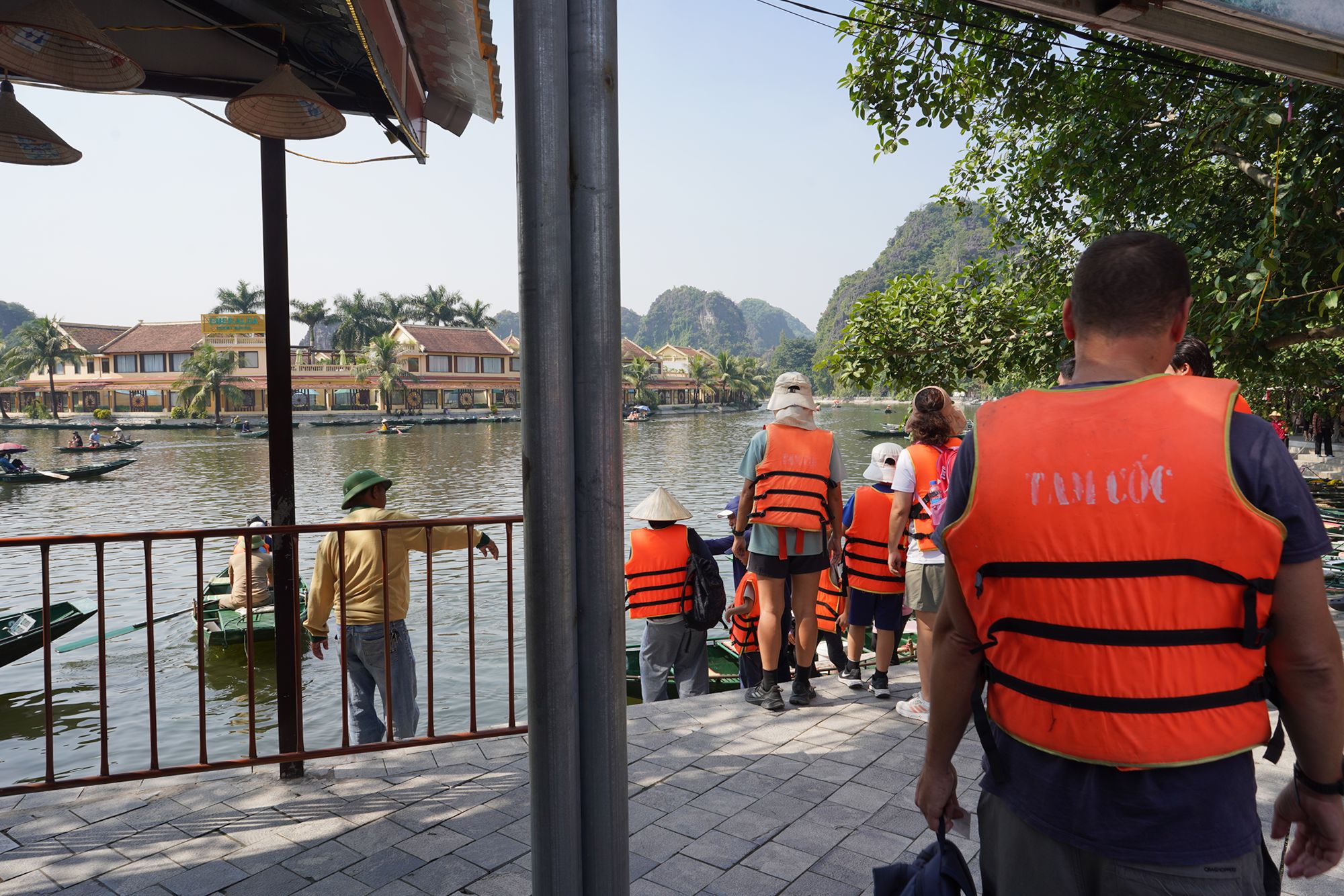
The Tam Coc Boat Ride, often referred to as “Halong Bay on land,” is a highlight of Ninh Binh Province, offering a serene journey through stunning landscapes. Visitors board small, traditional sampan boats that are often rowed by locals using their feet, a skillful technique.
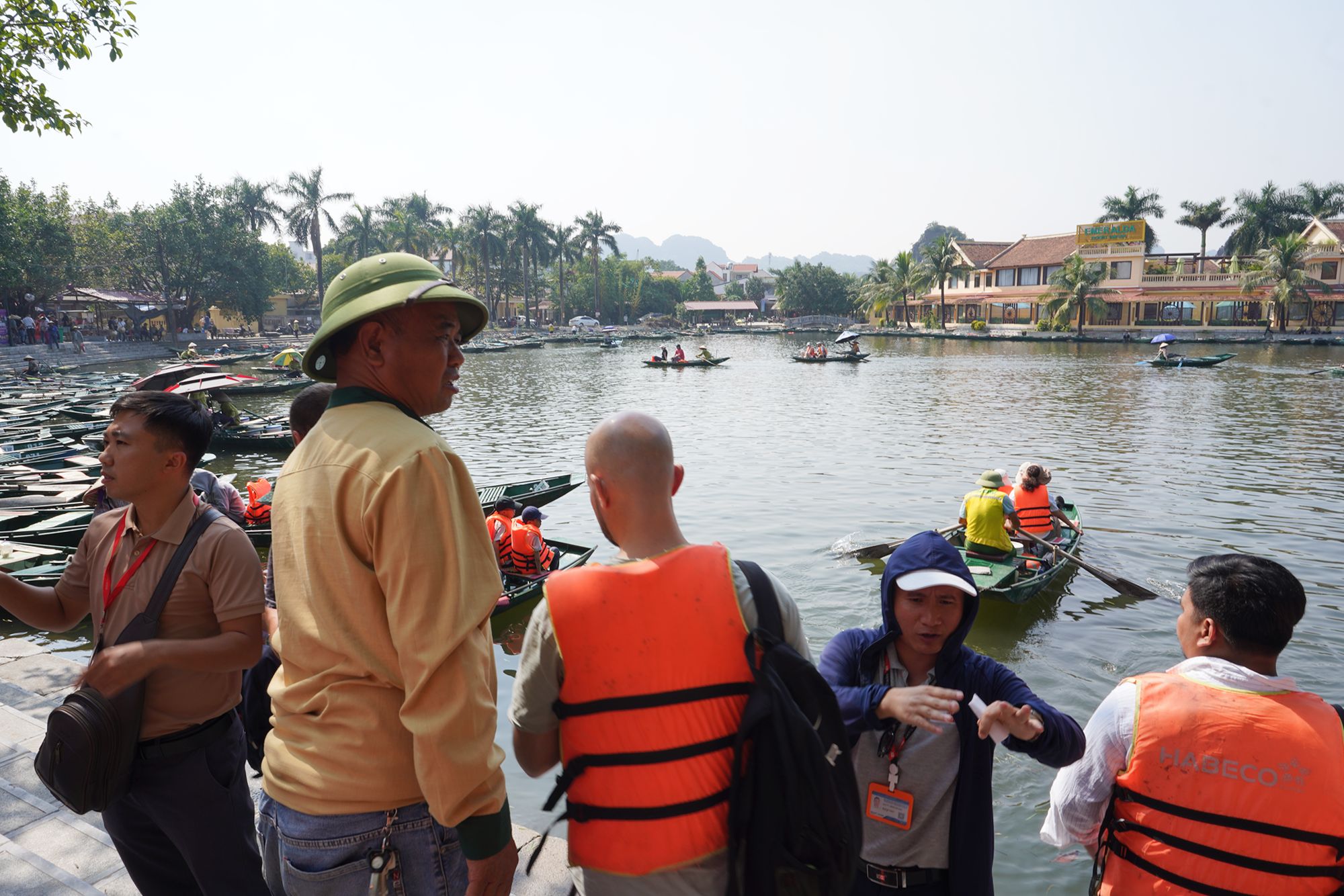
Board a traditional sampan boat for a serene ride along the Ngo Dong River.
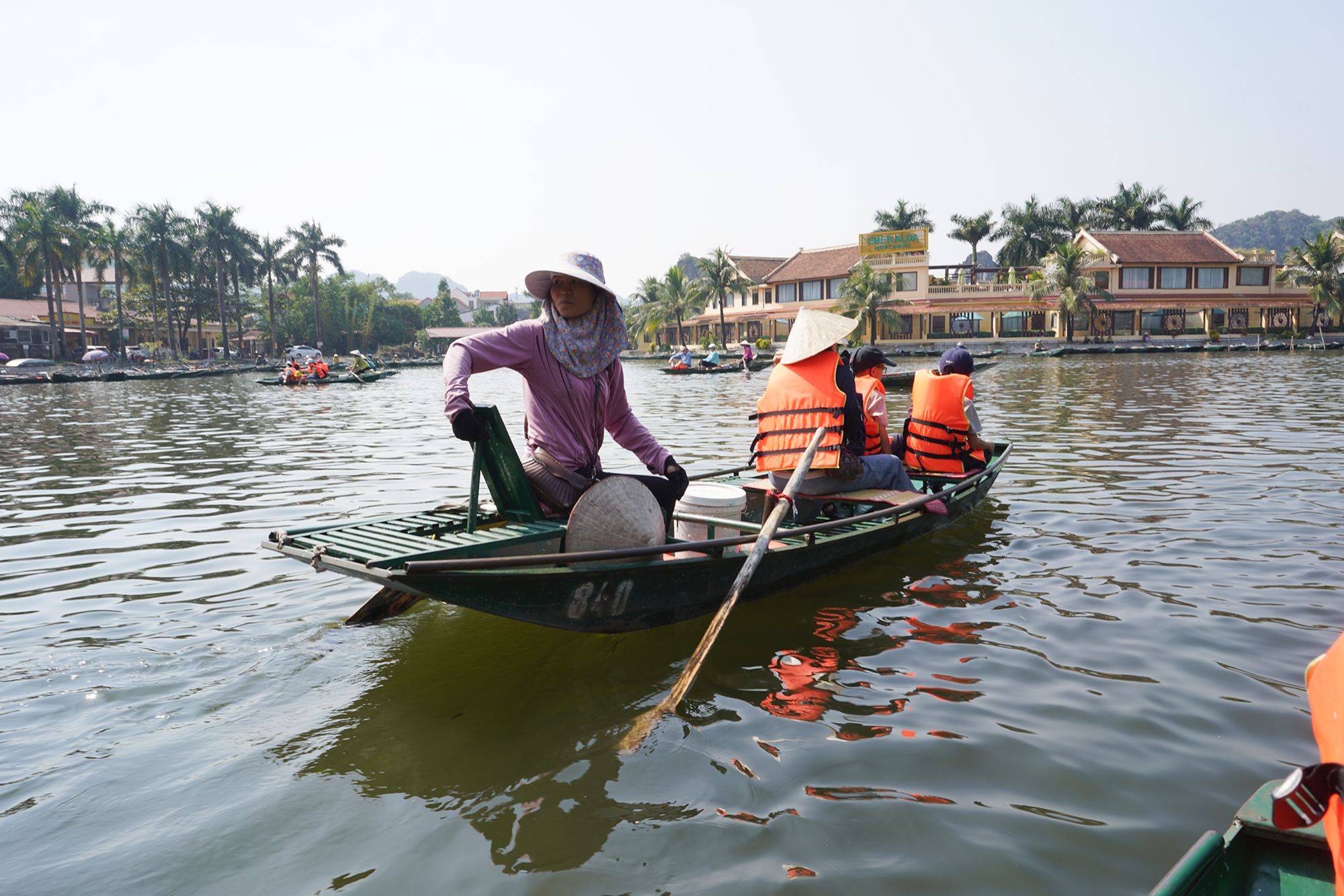
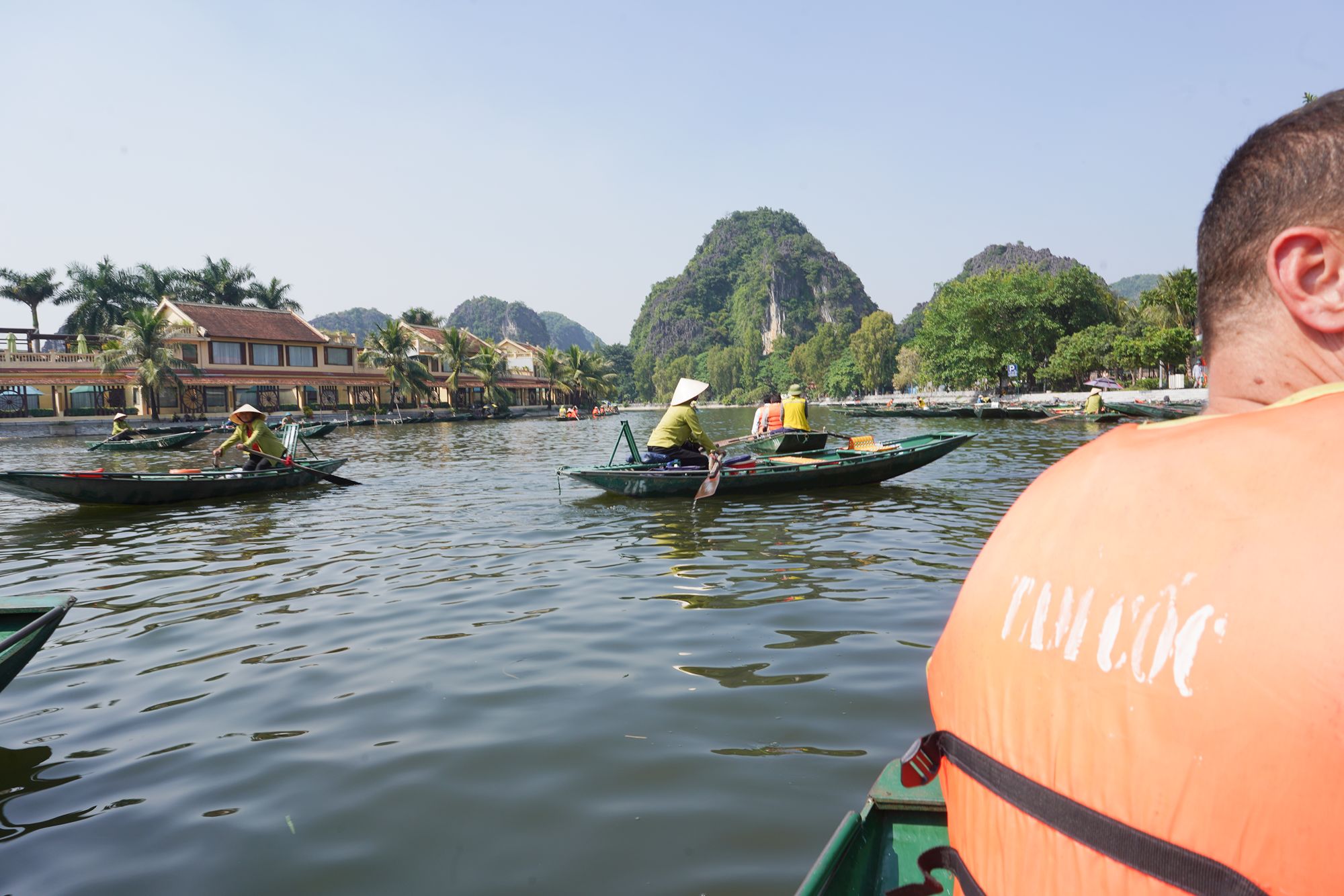
The scene from the boat. The round-trip boat ride lasts approximately 90 minutes.
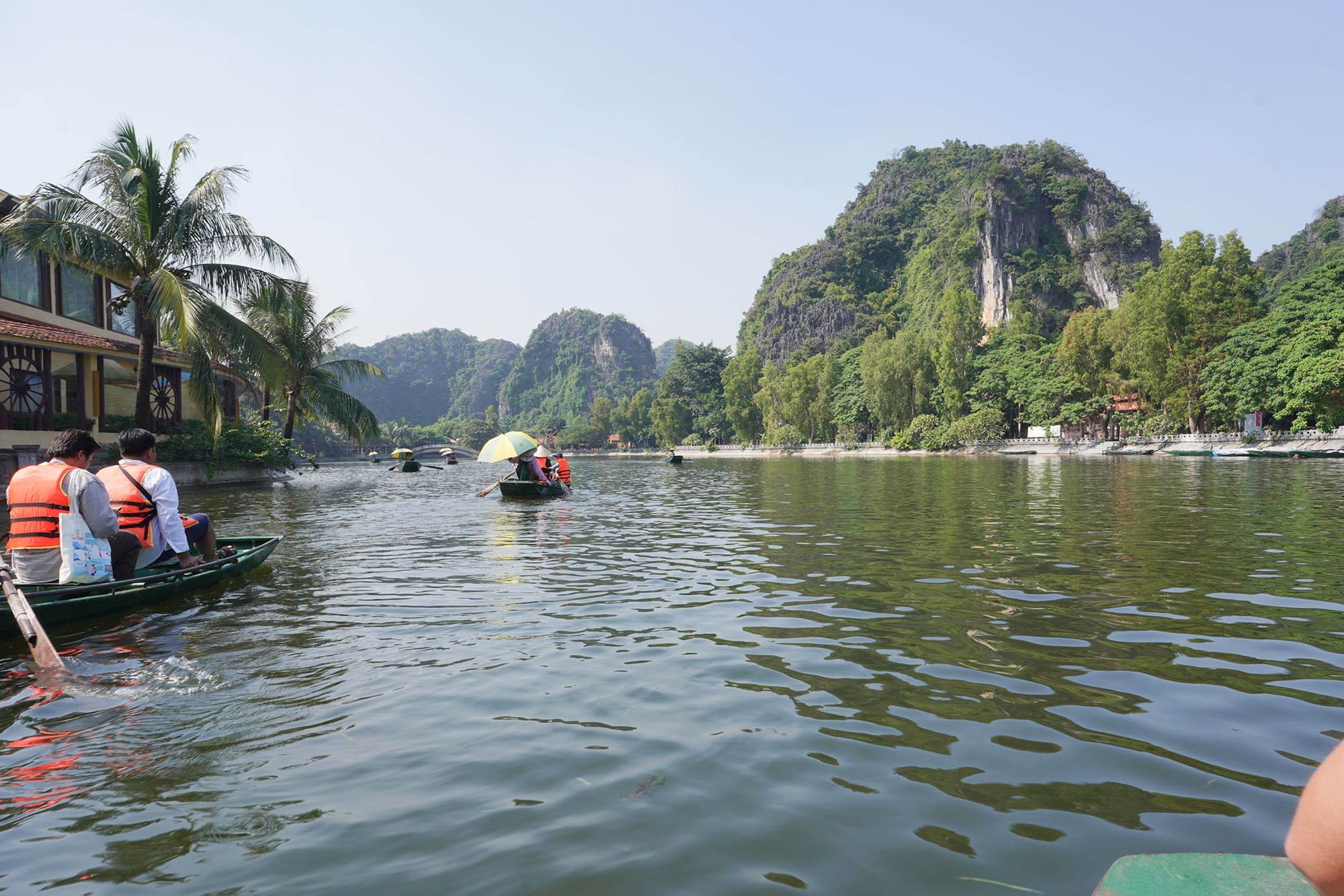
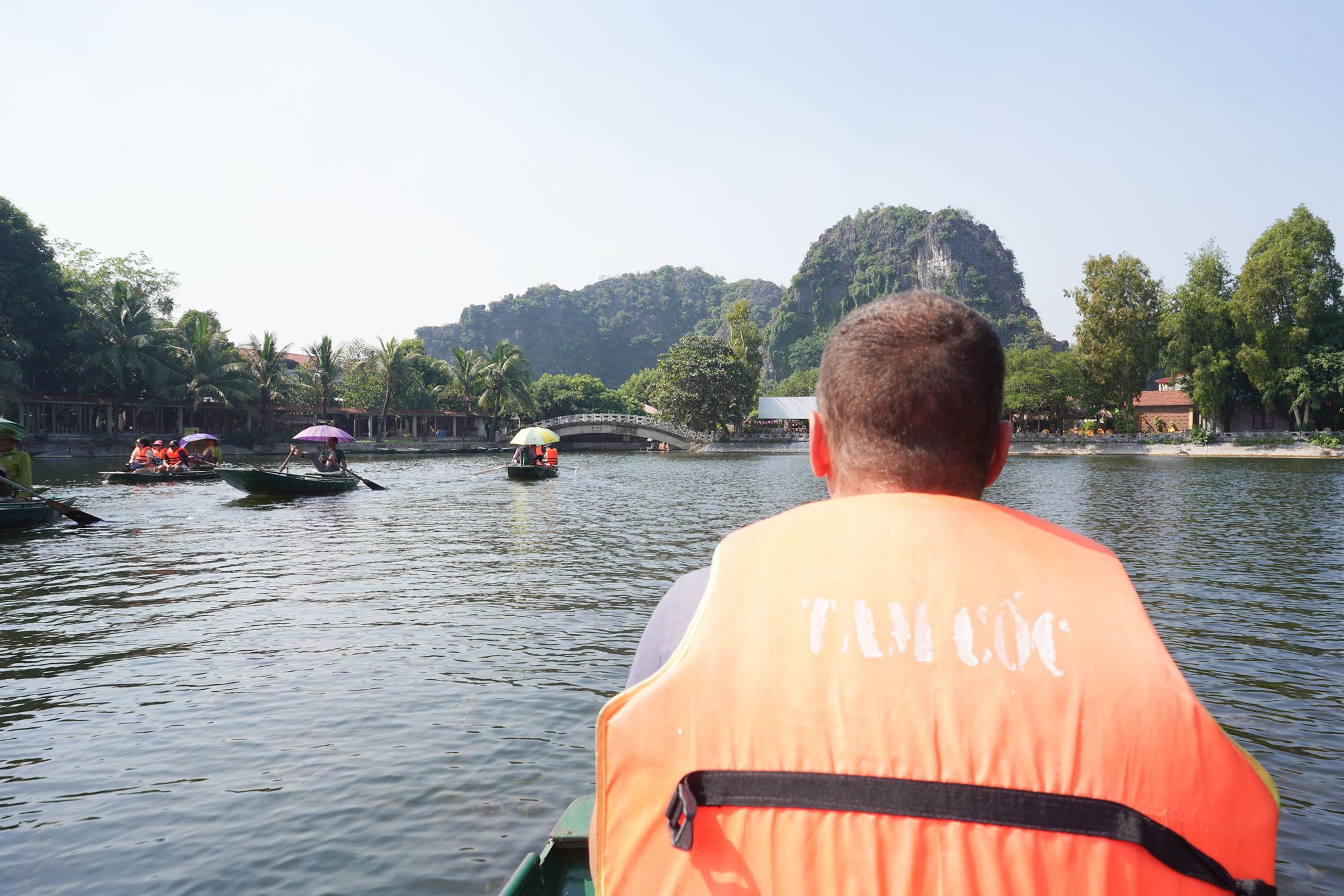
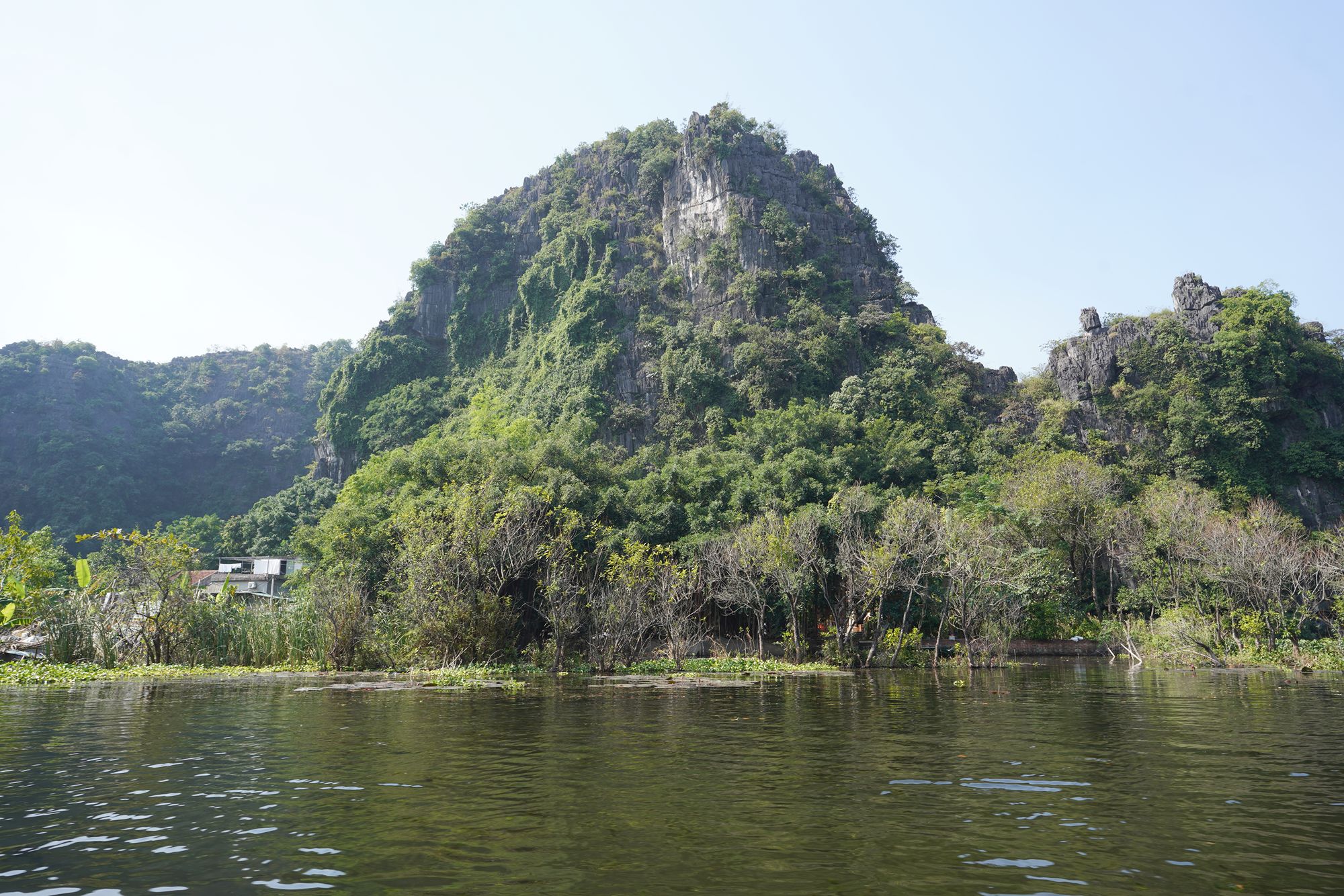
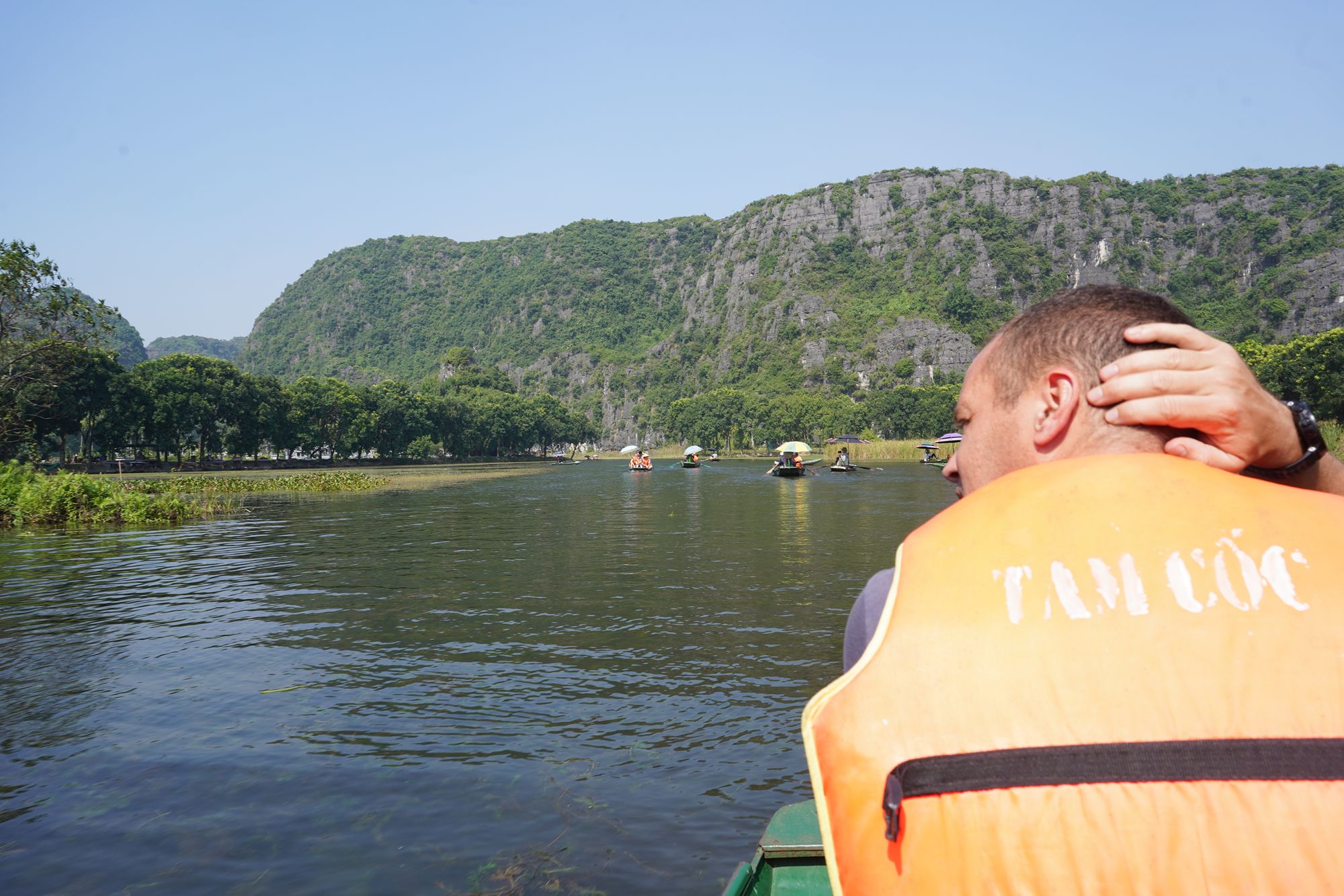
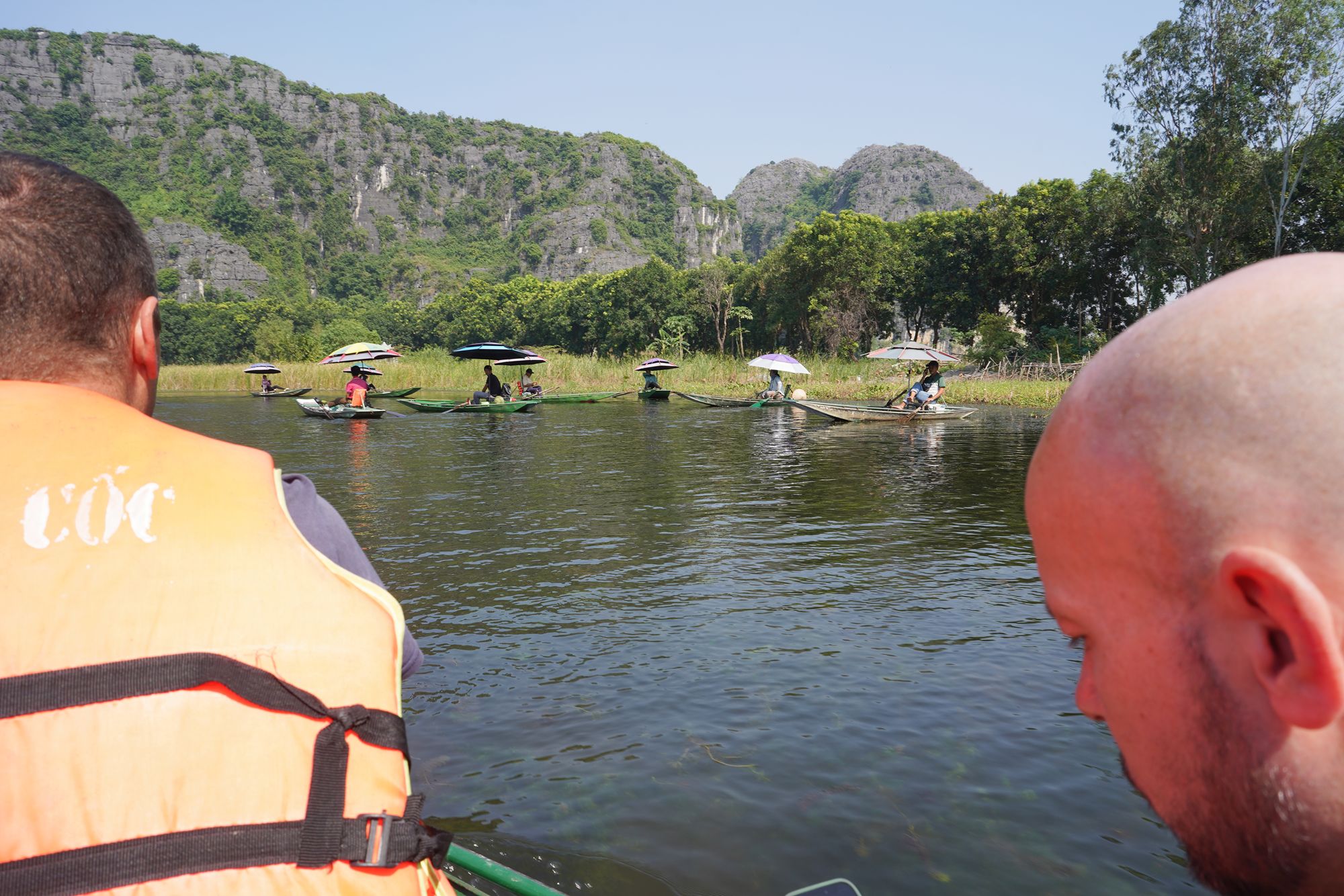

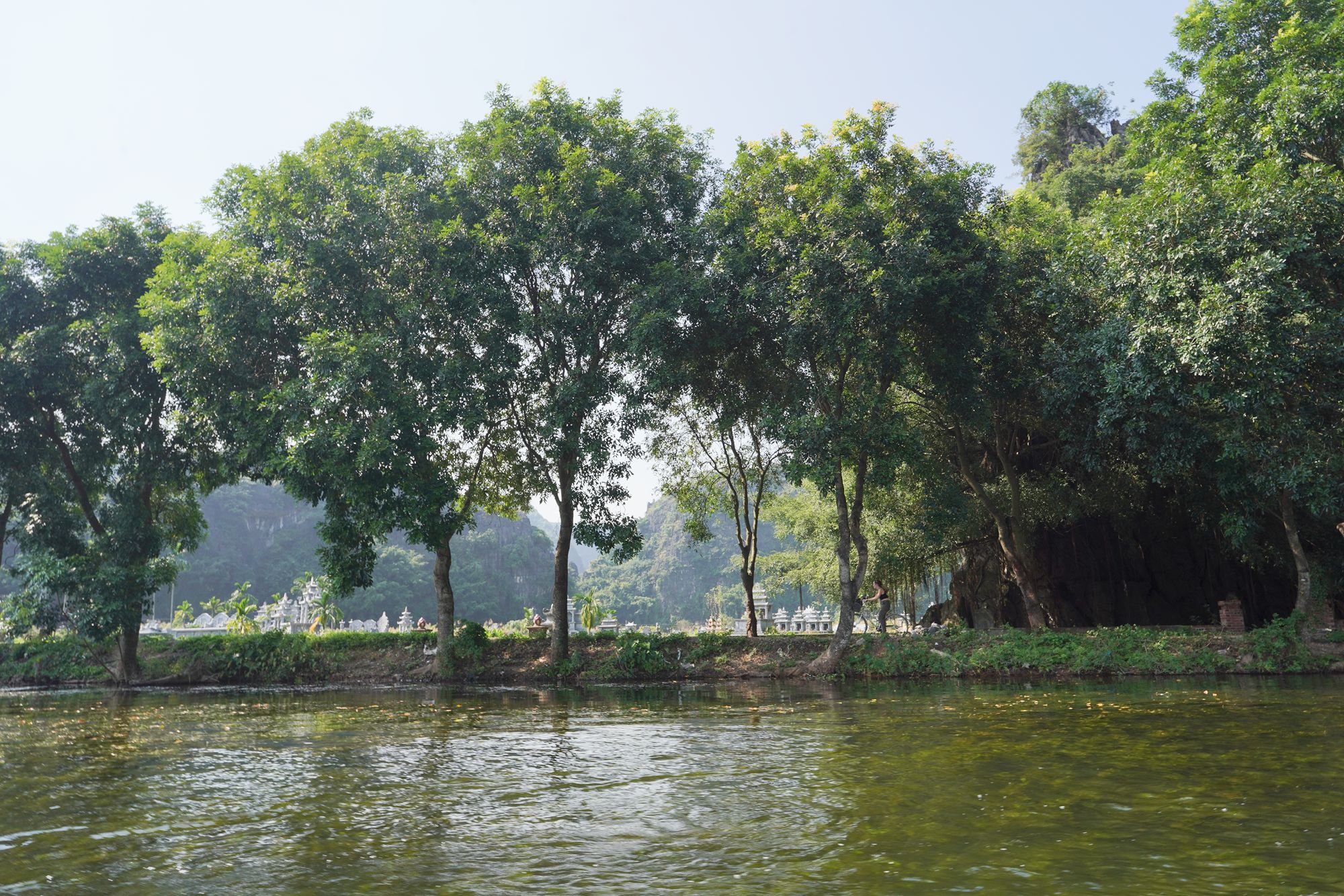
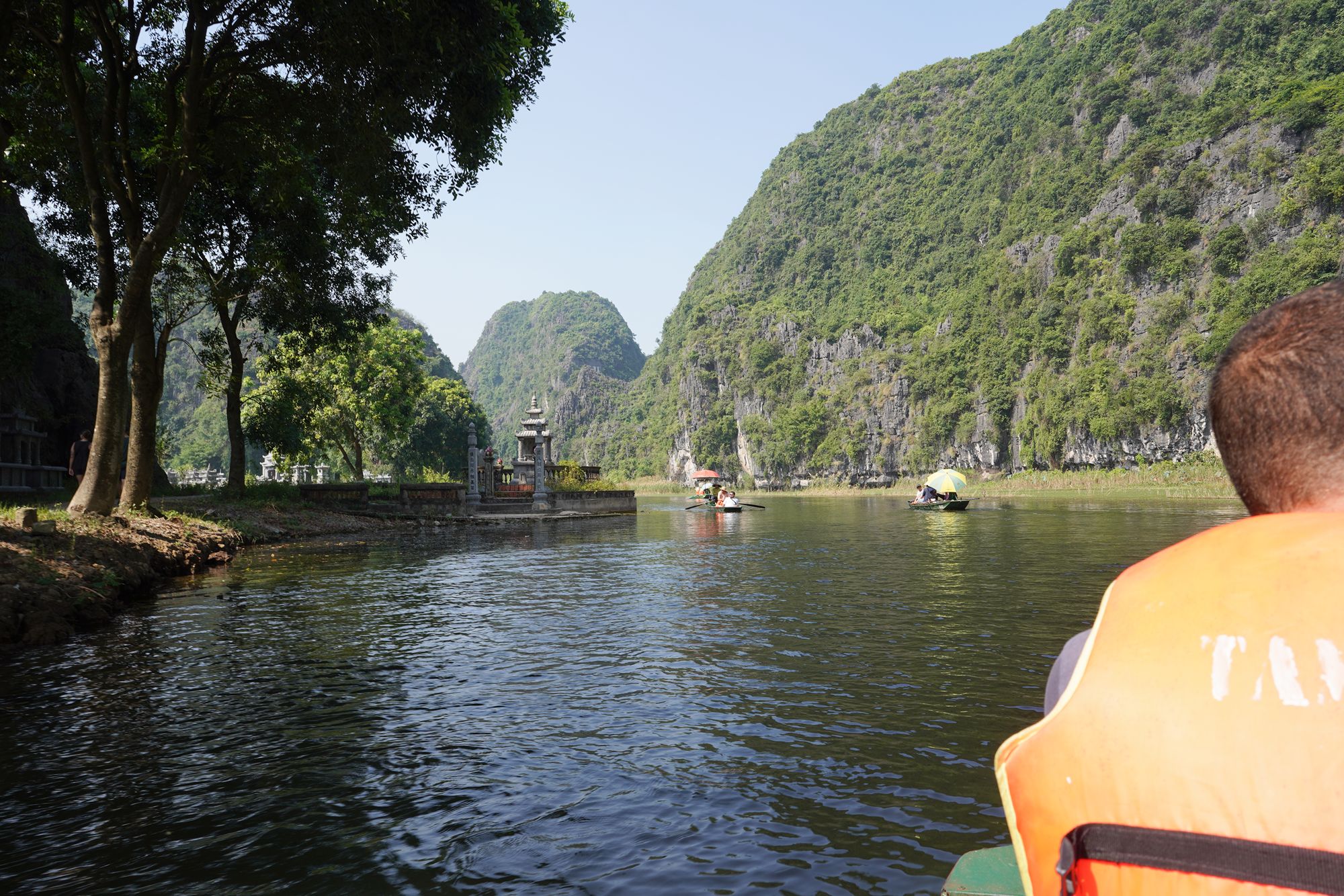
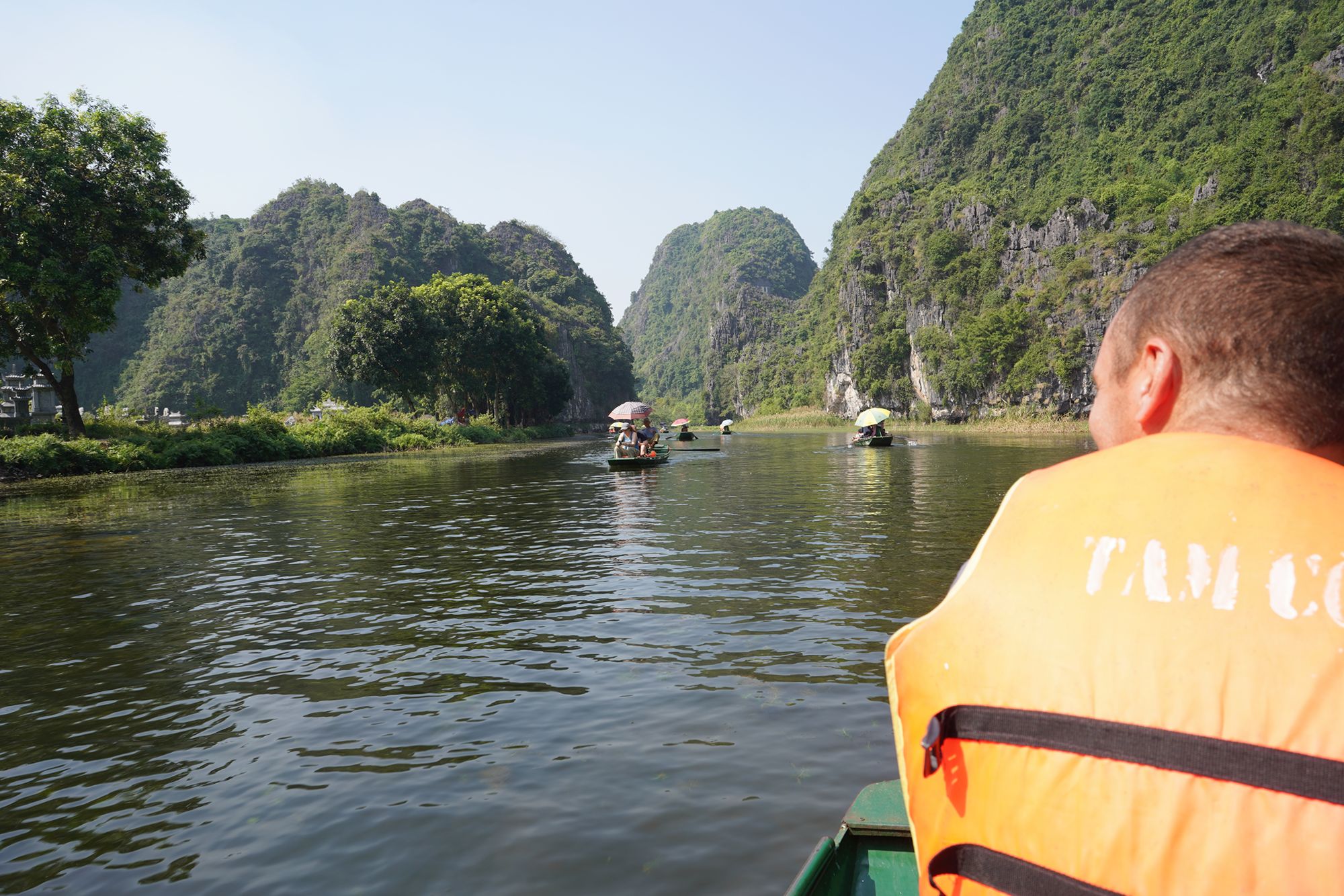
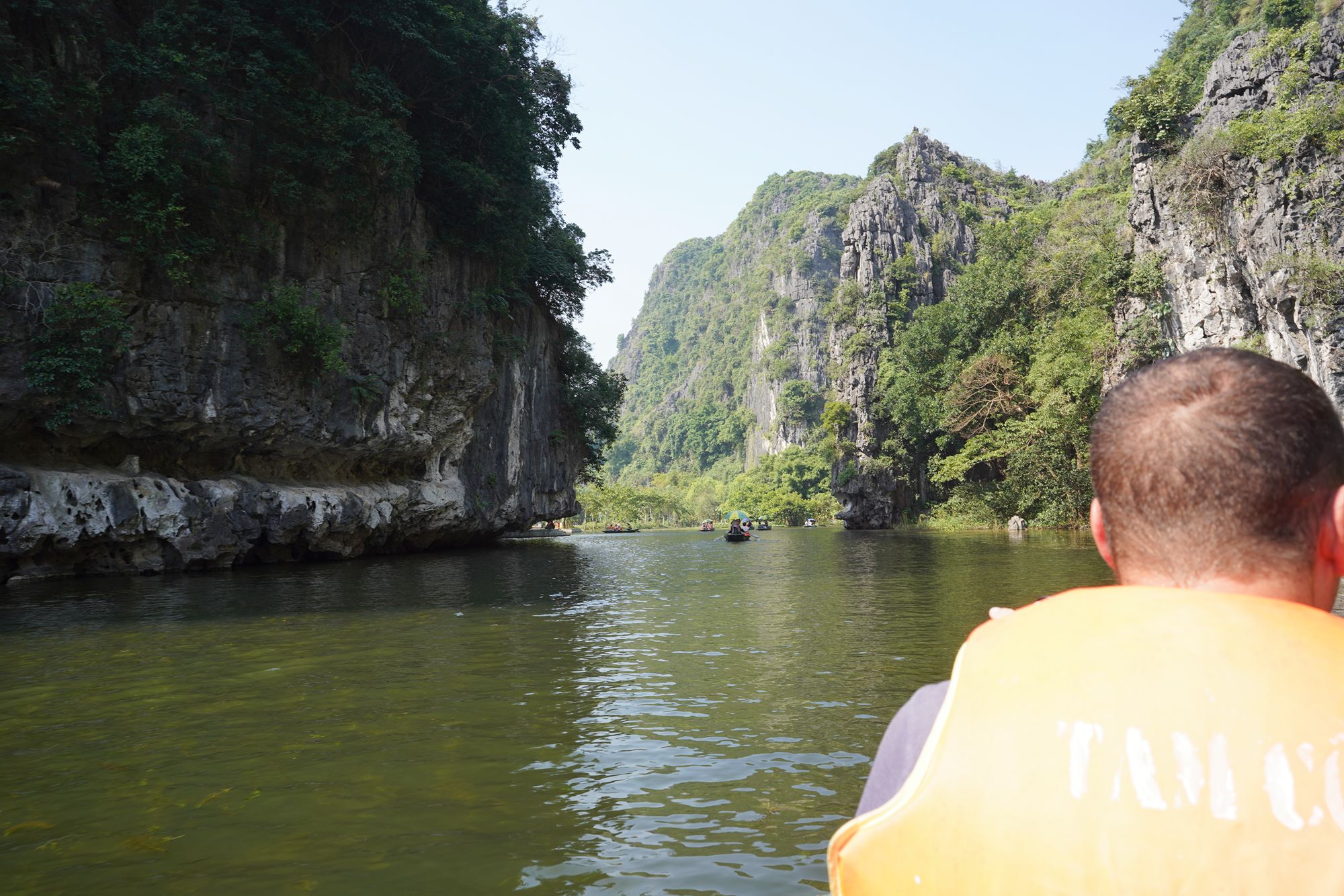
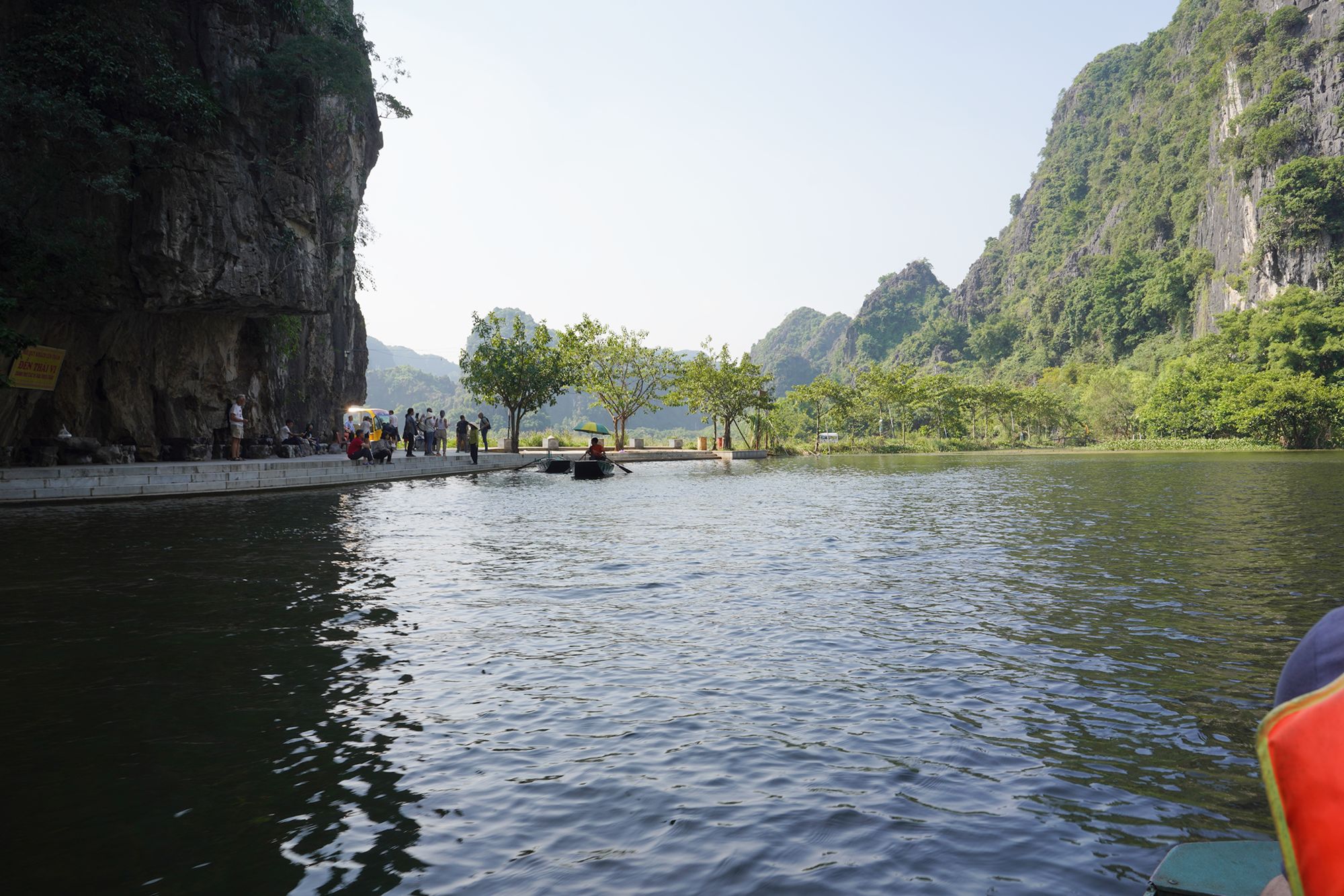
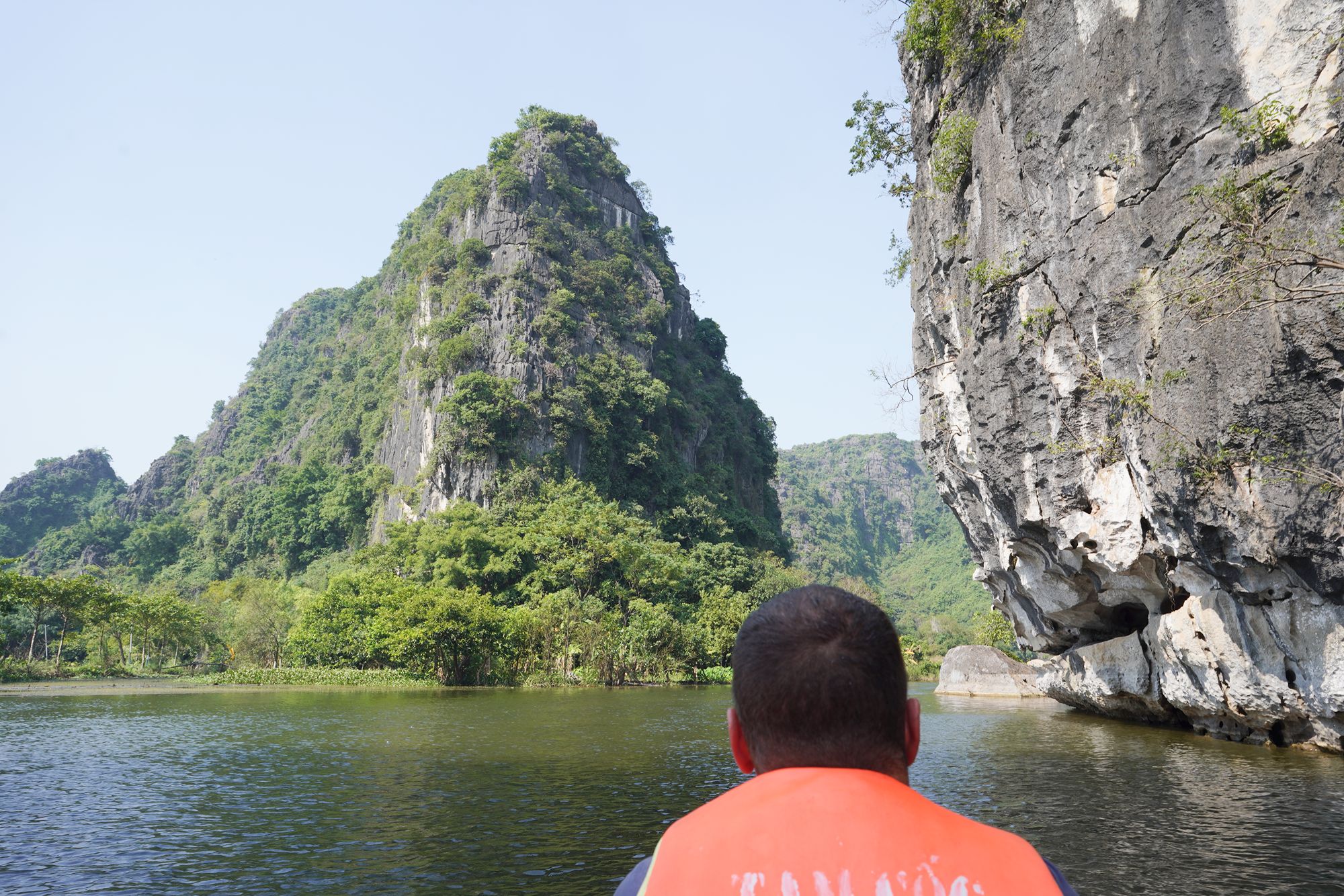
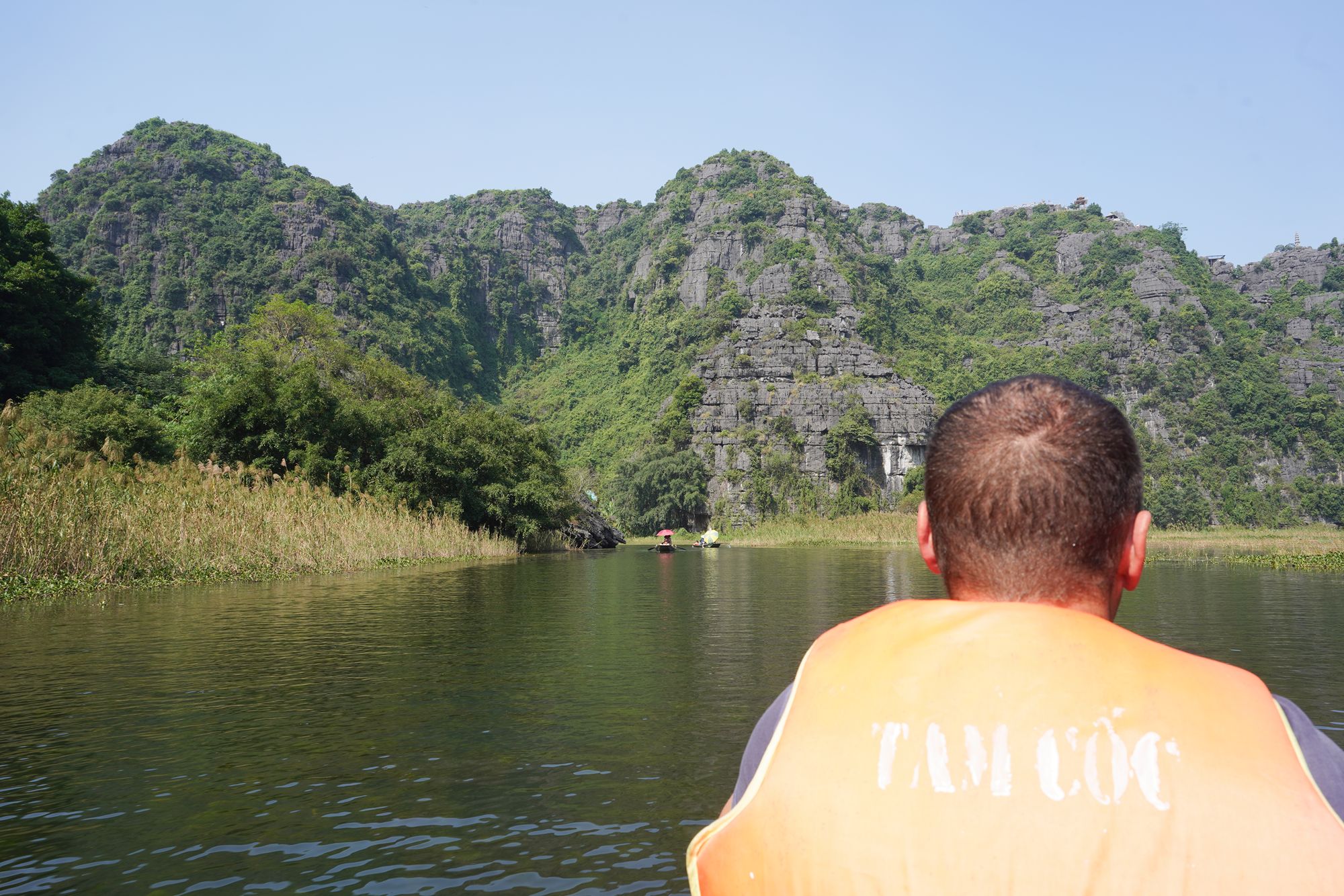
Far away is the view of the first cave of the boat ride. The boat passes through three famous caves (Tam Coc translates to “three caves”).

The boat was rowed using feet, a unique and traditional rowing technique commonly seen in the area.

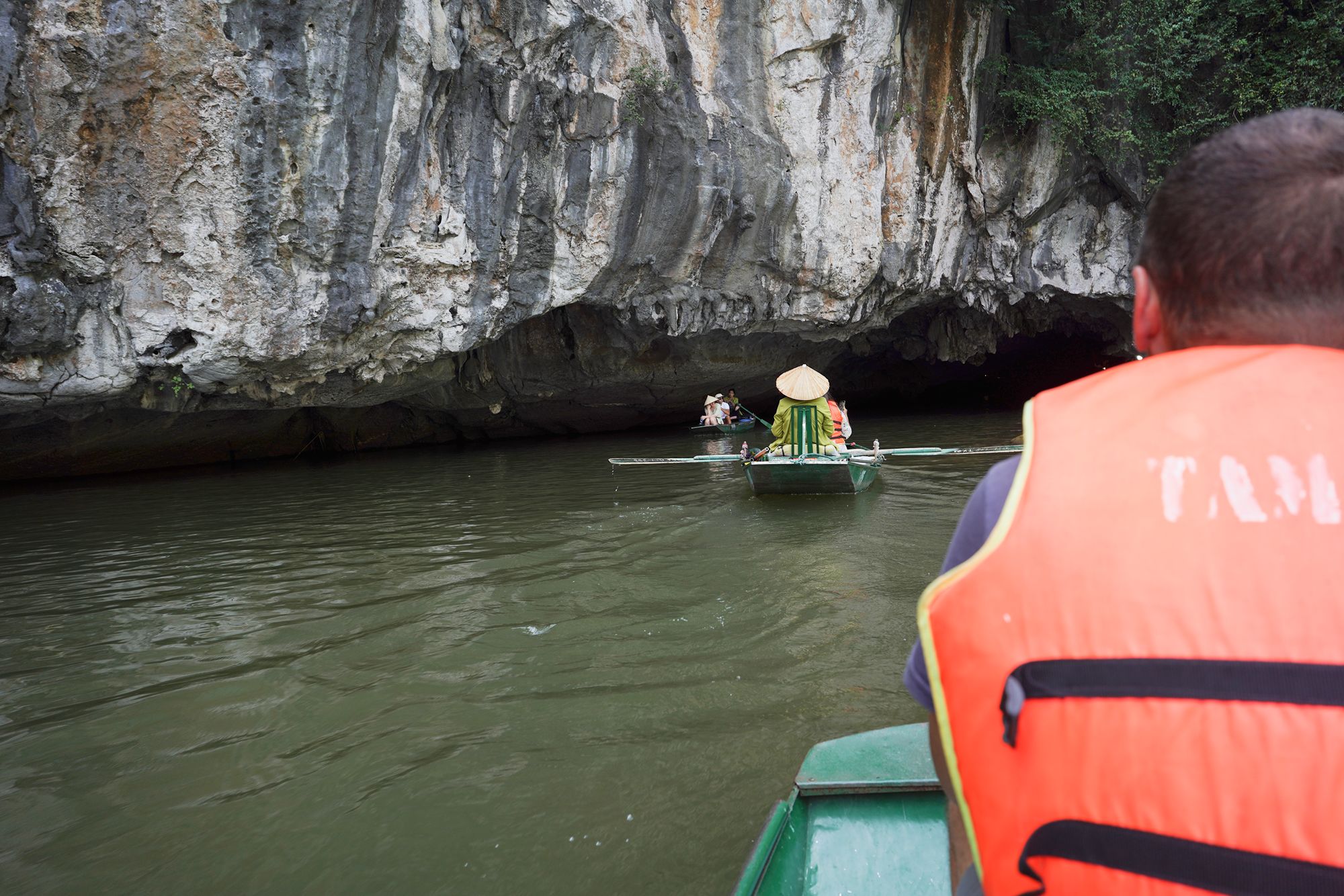
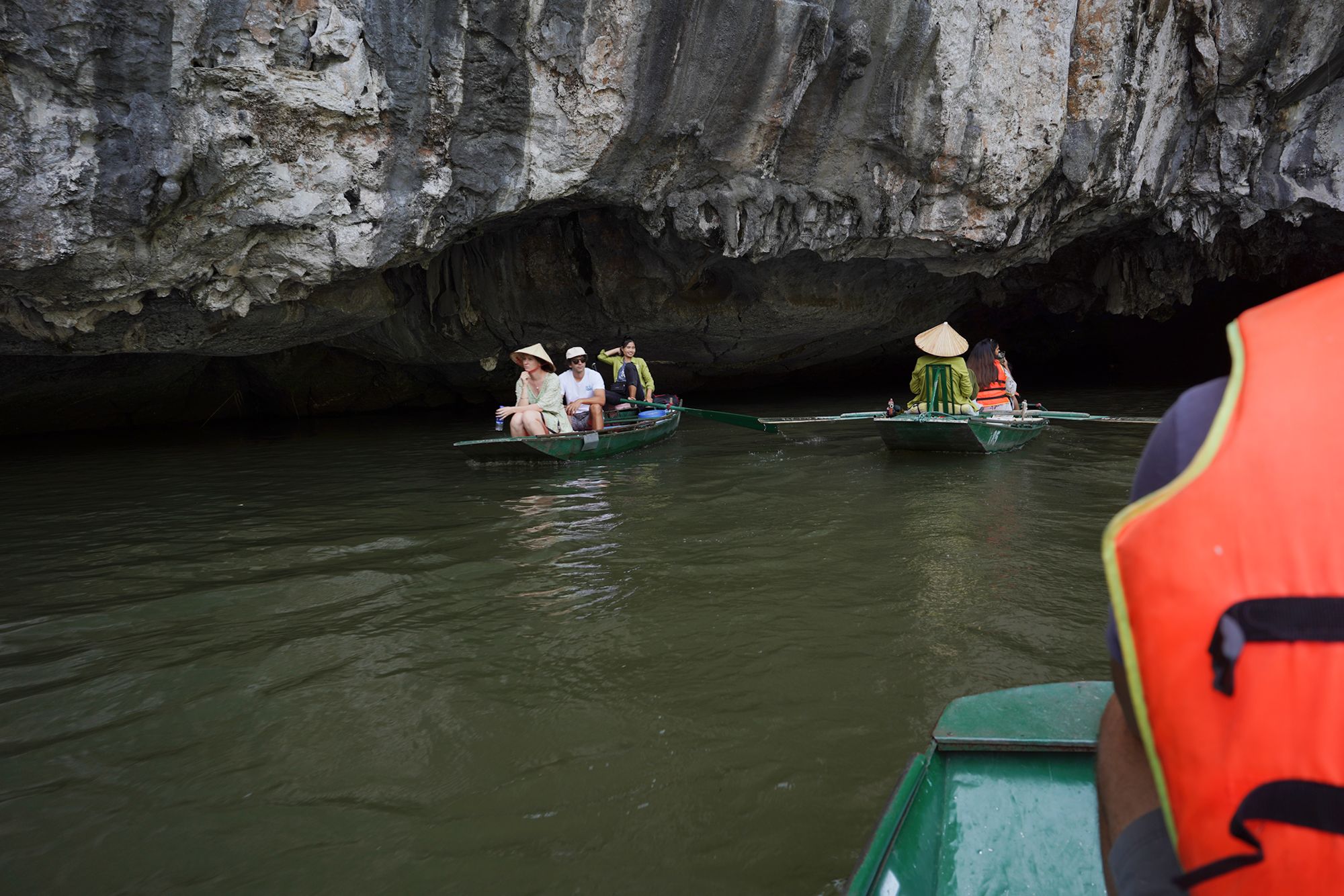
Passing through the first cave
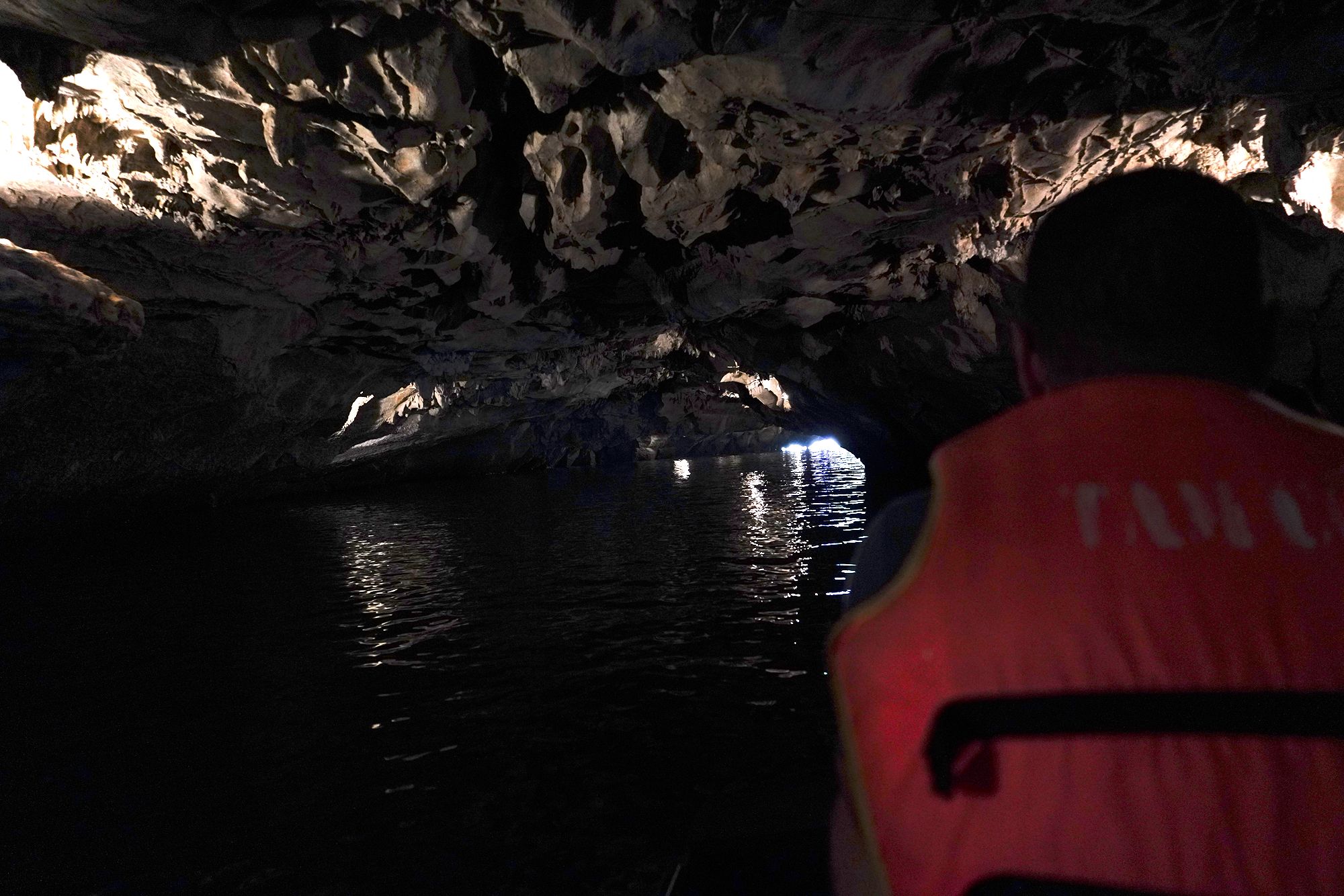
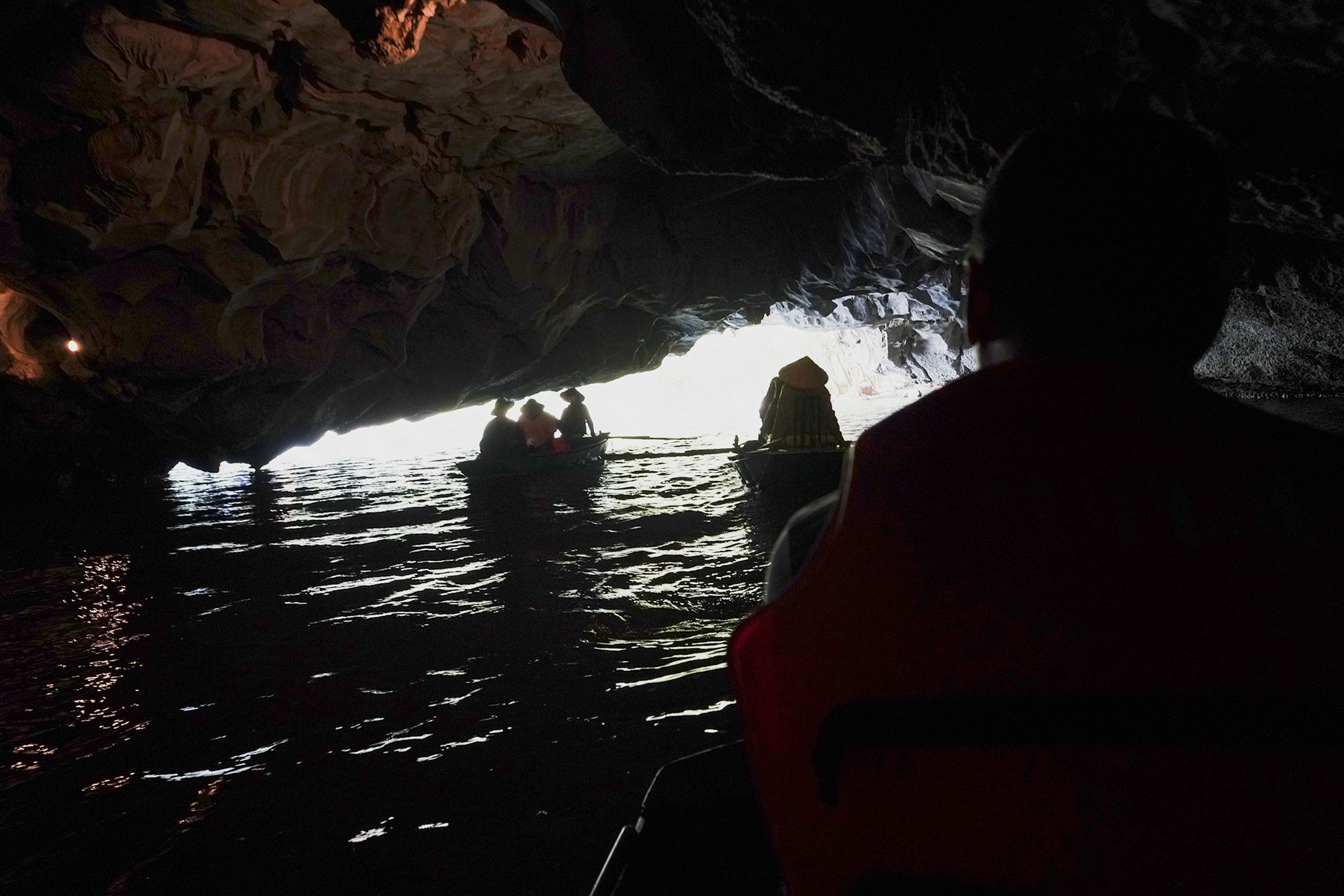
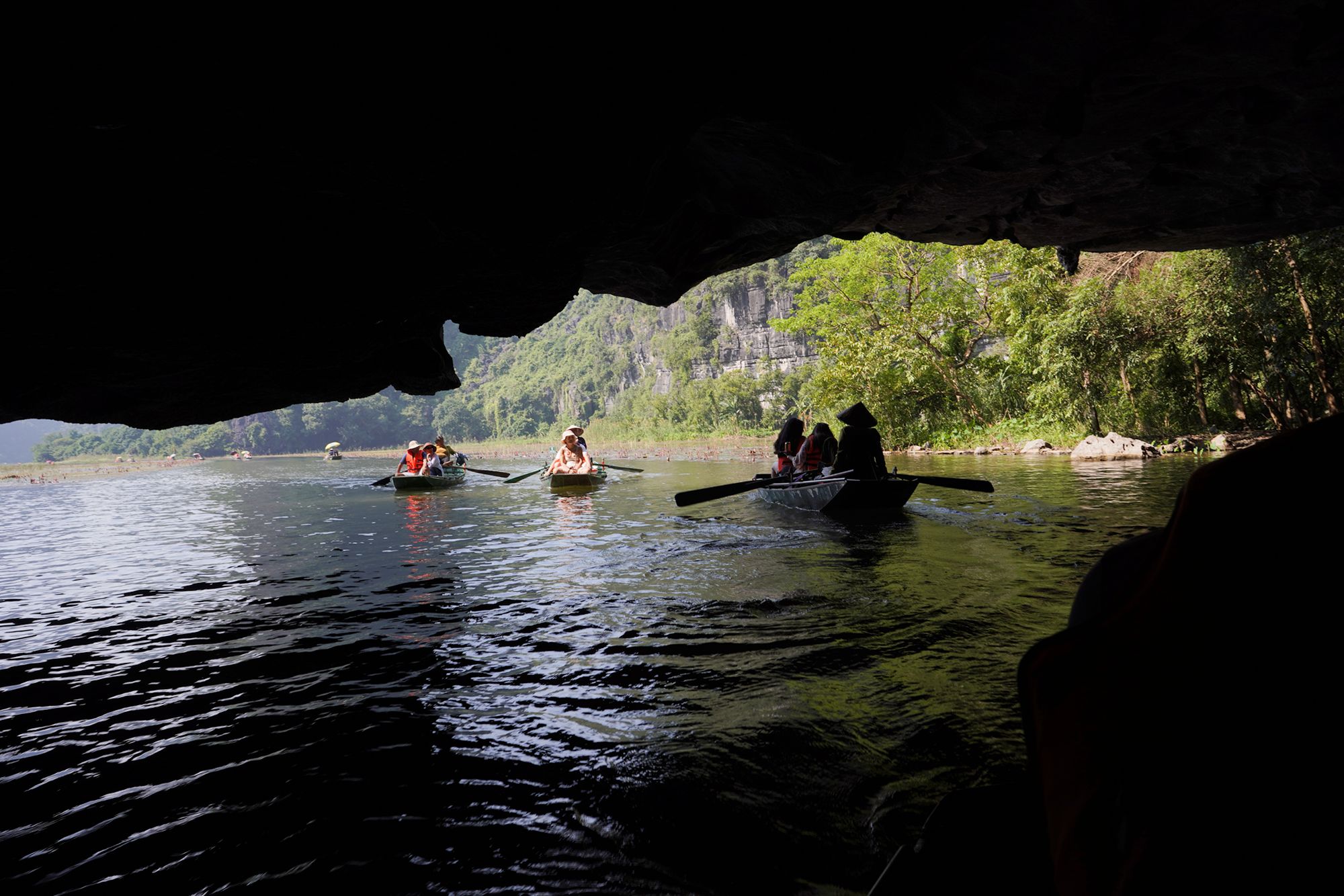
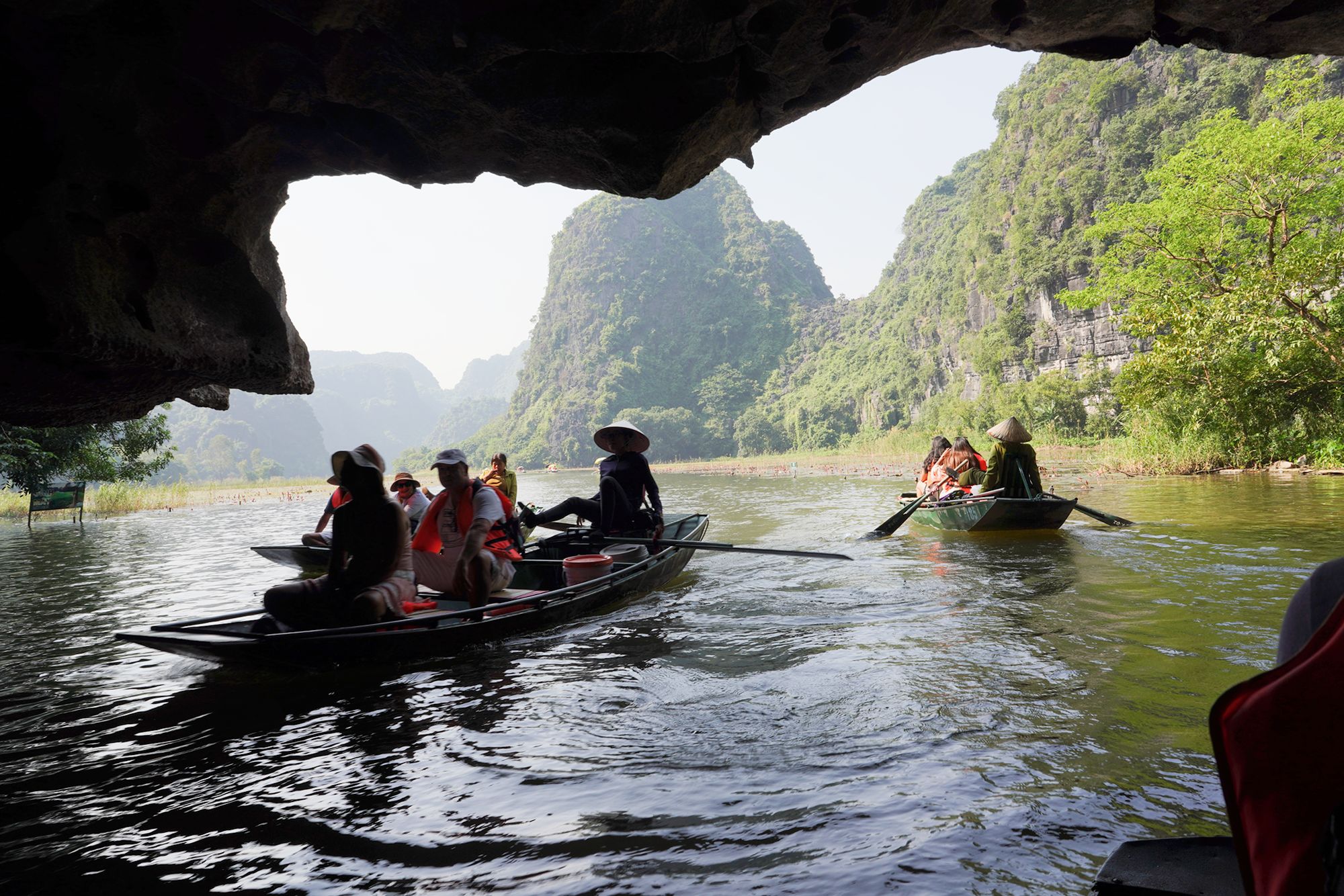
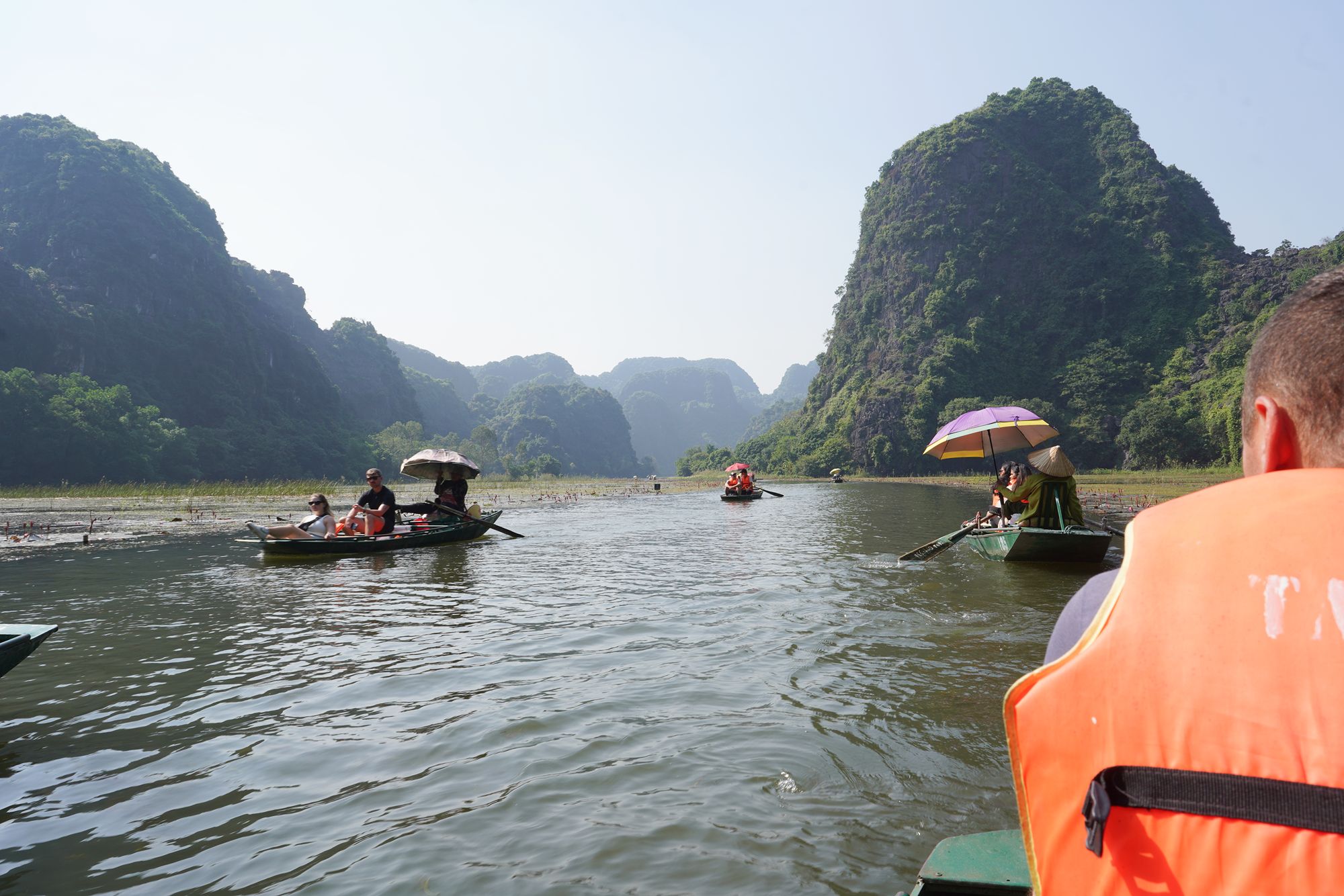

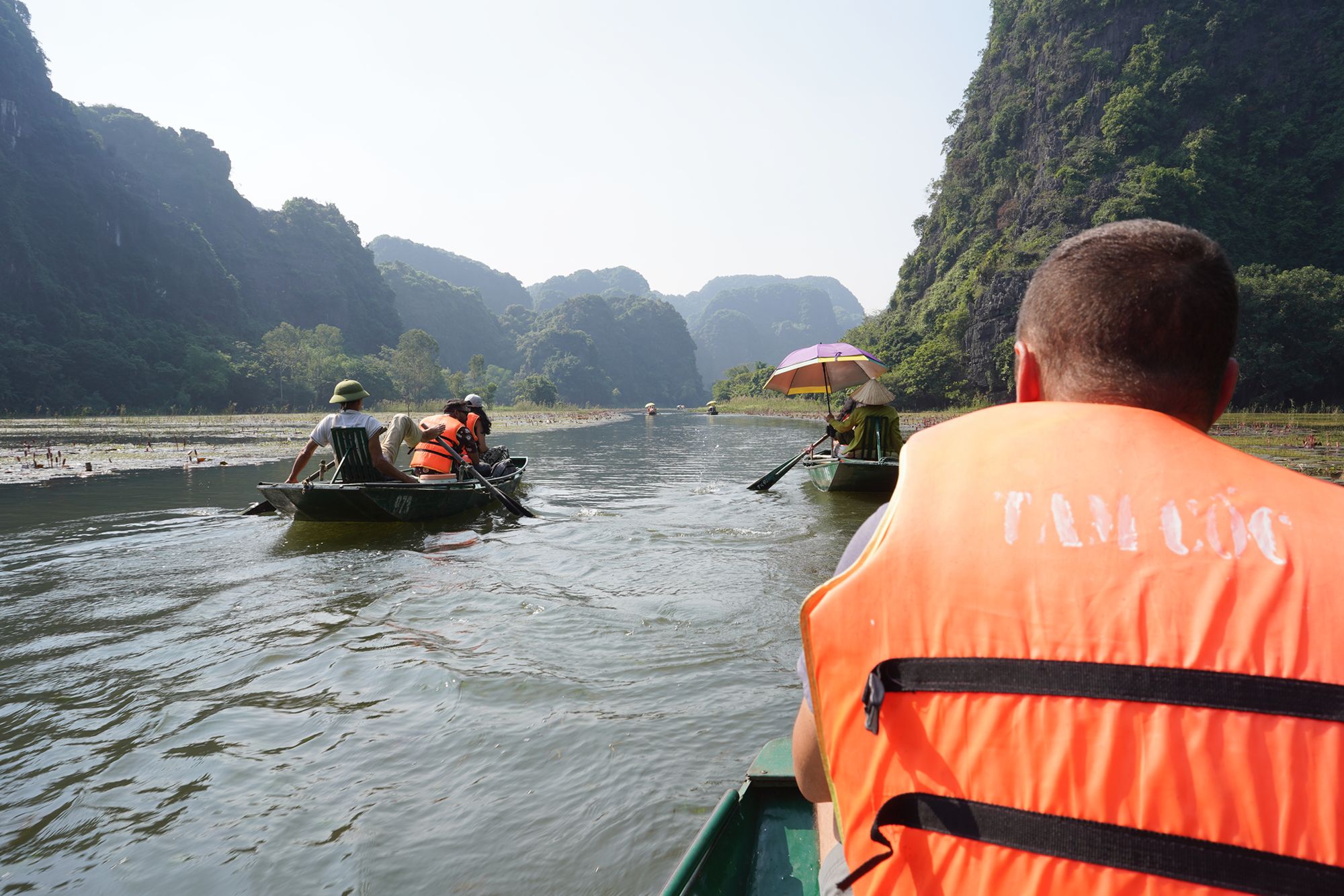
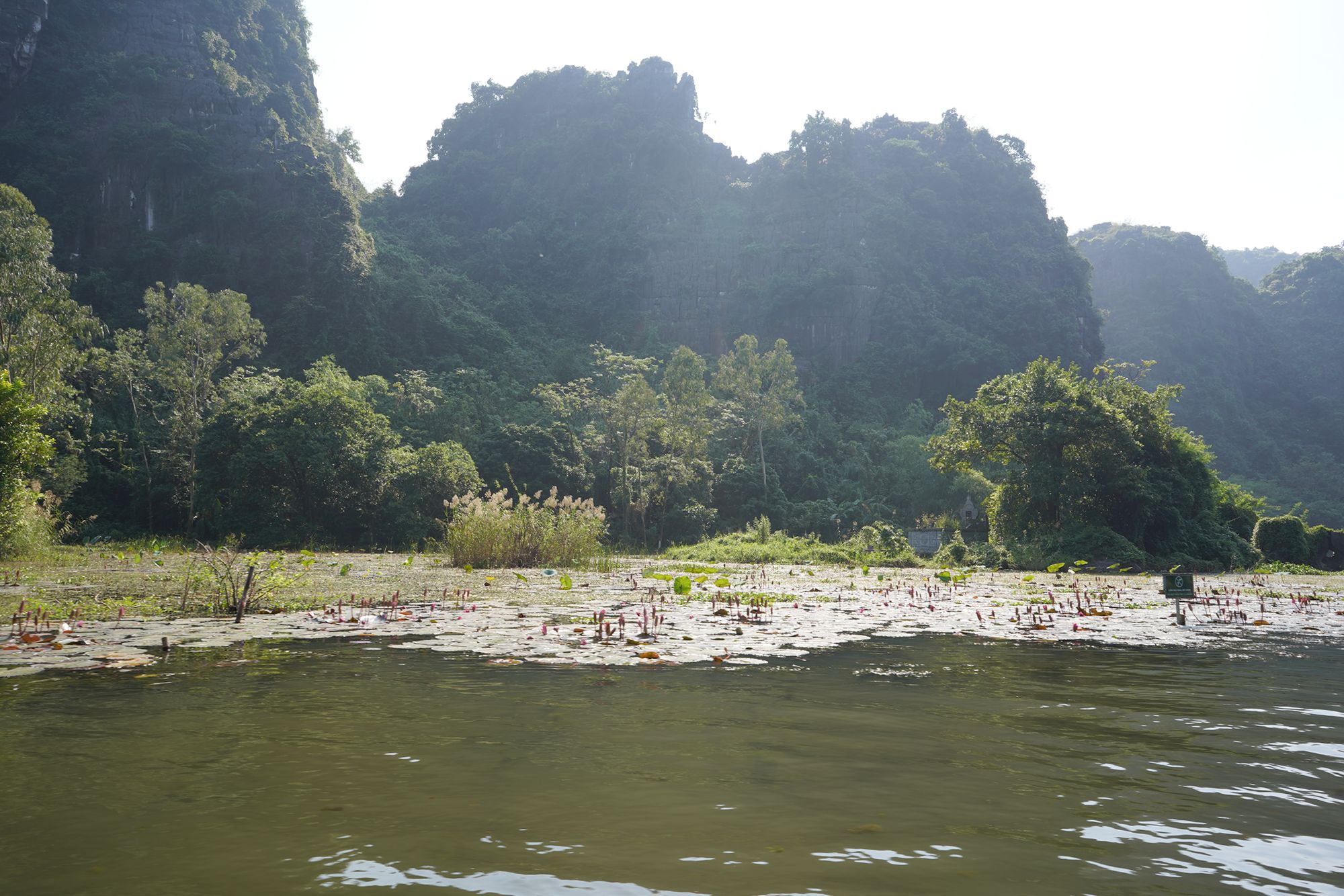
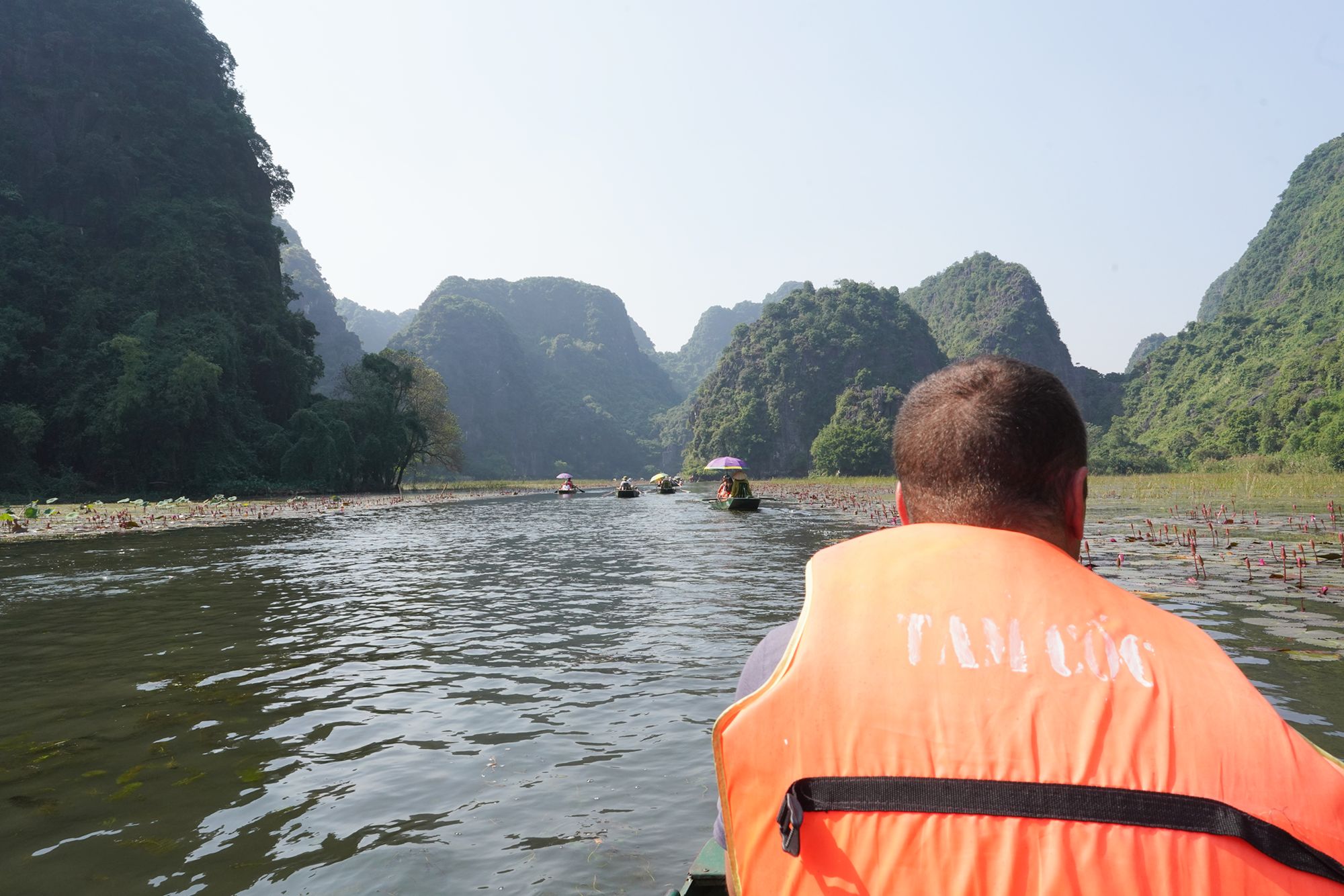
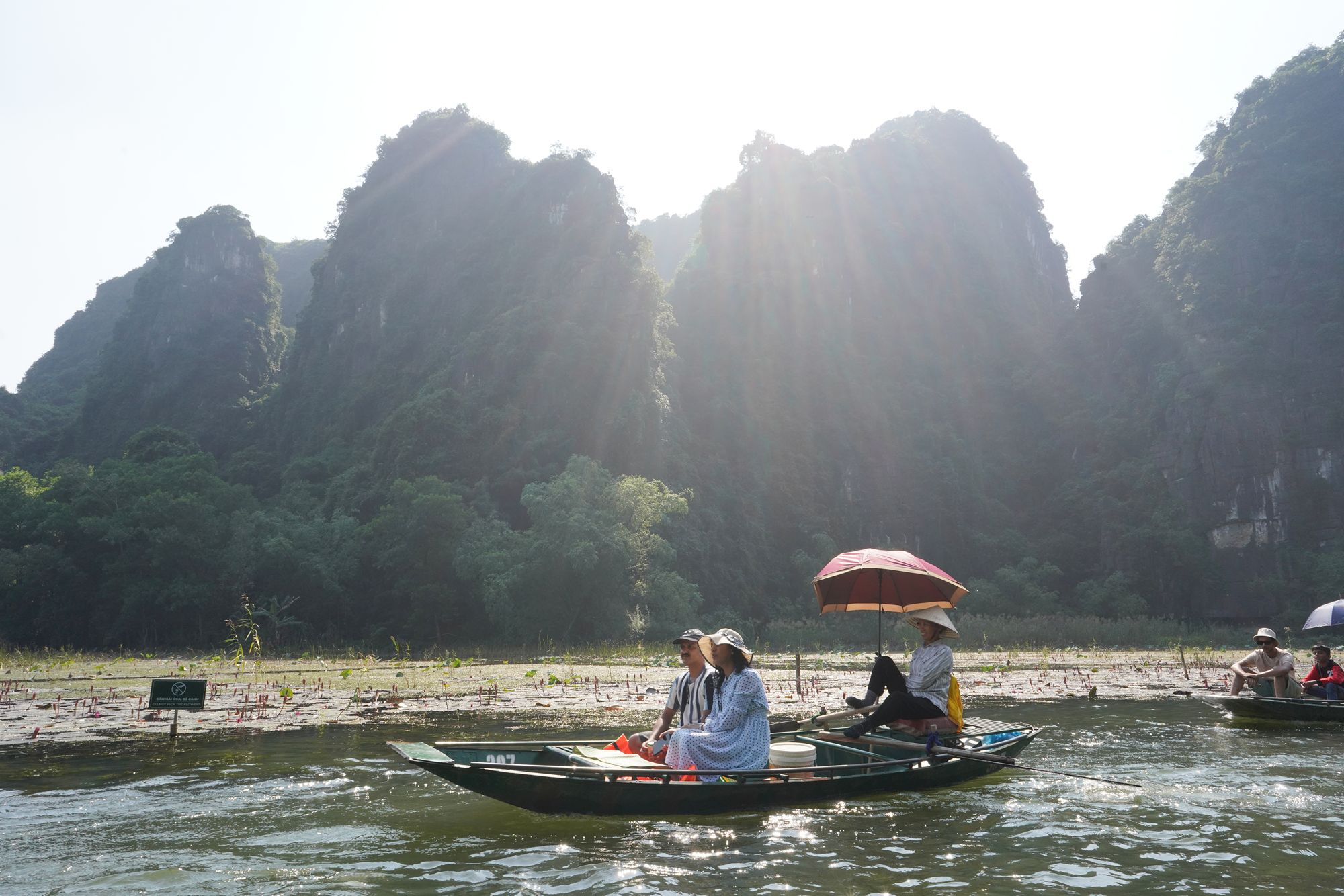
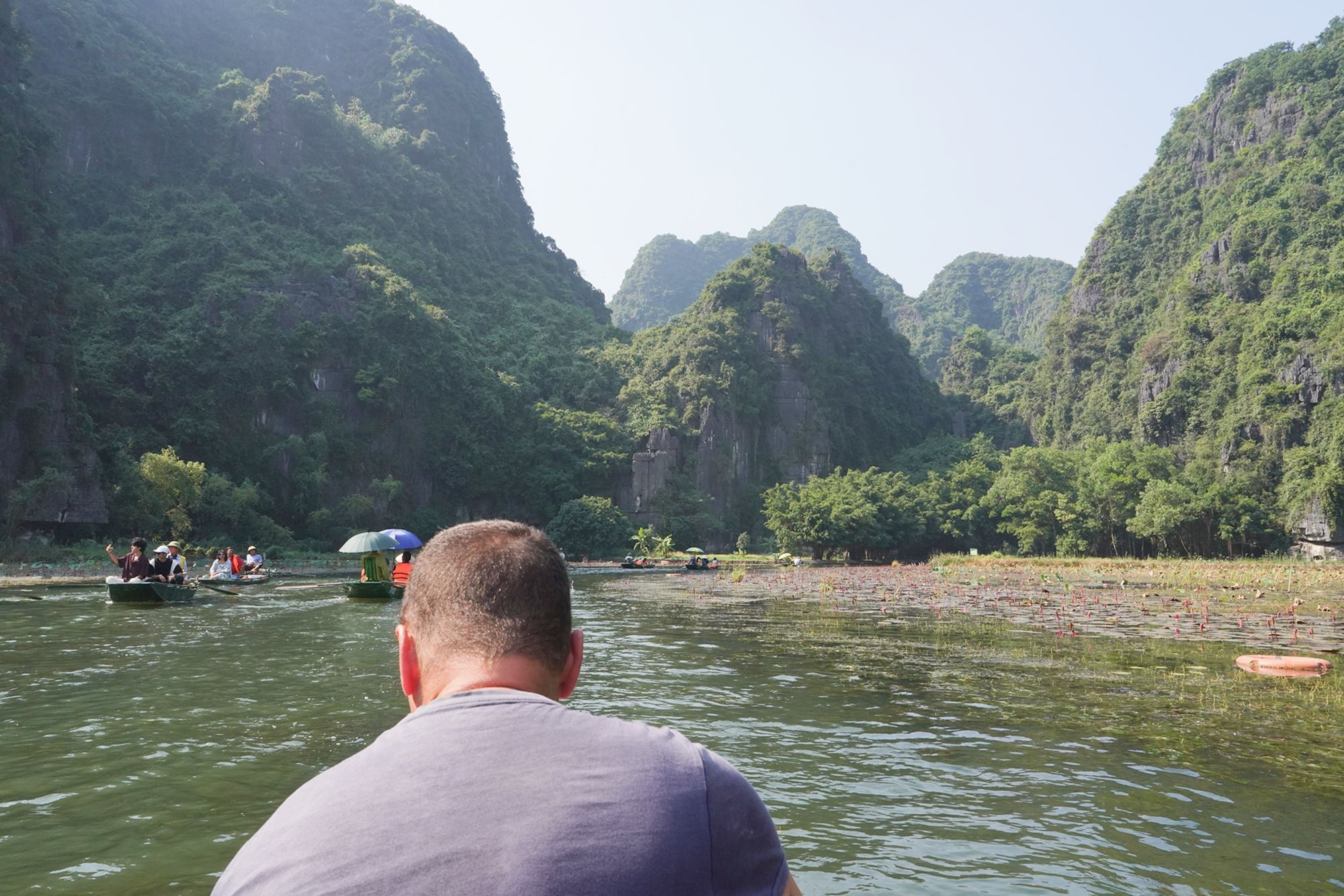
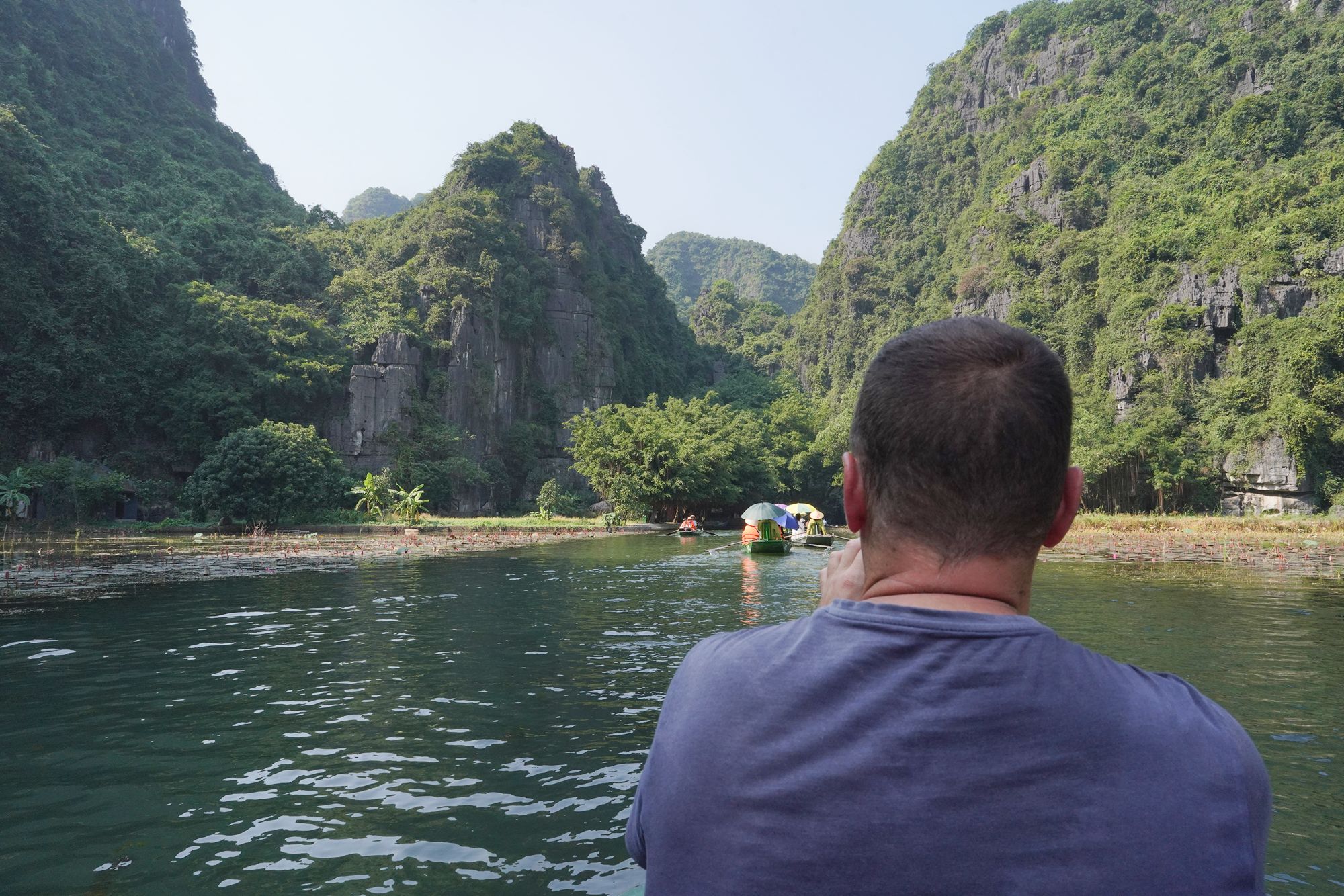
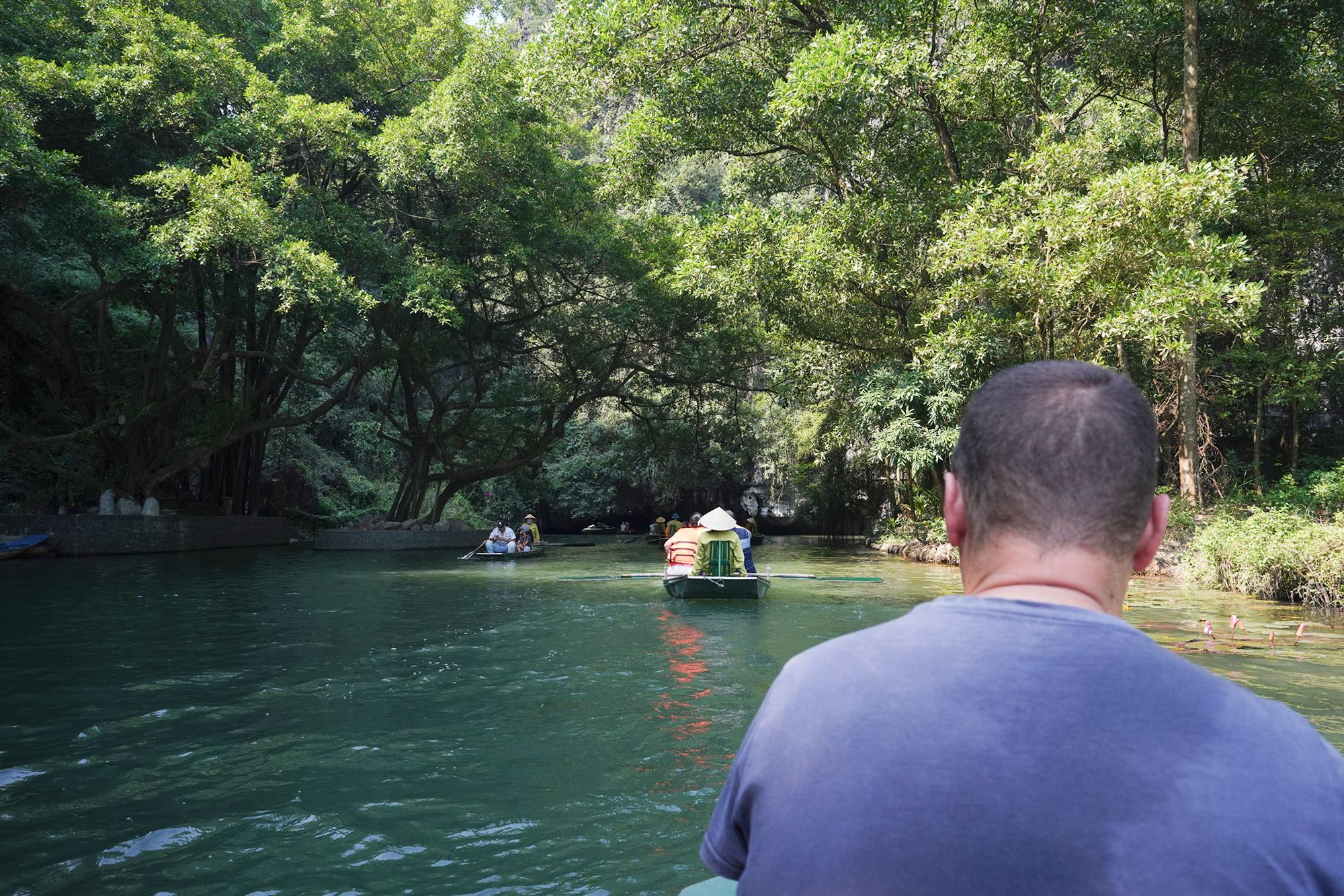
The second cave
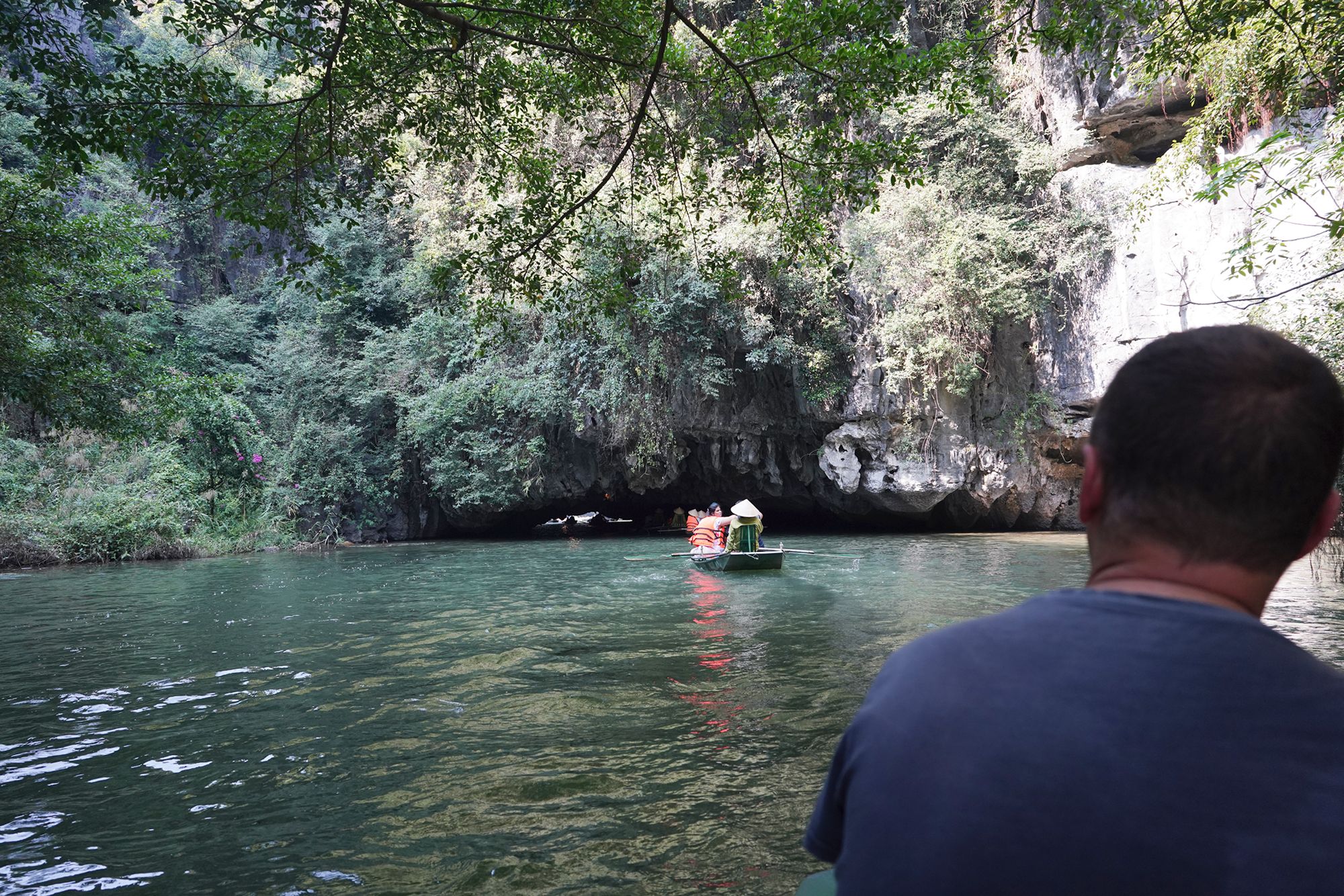
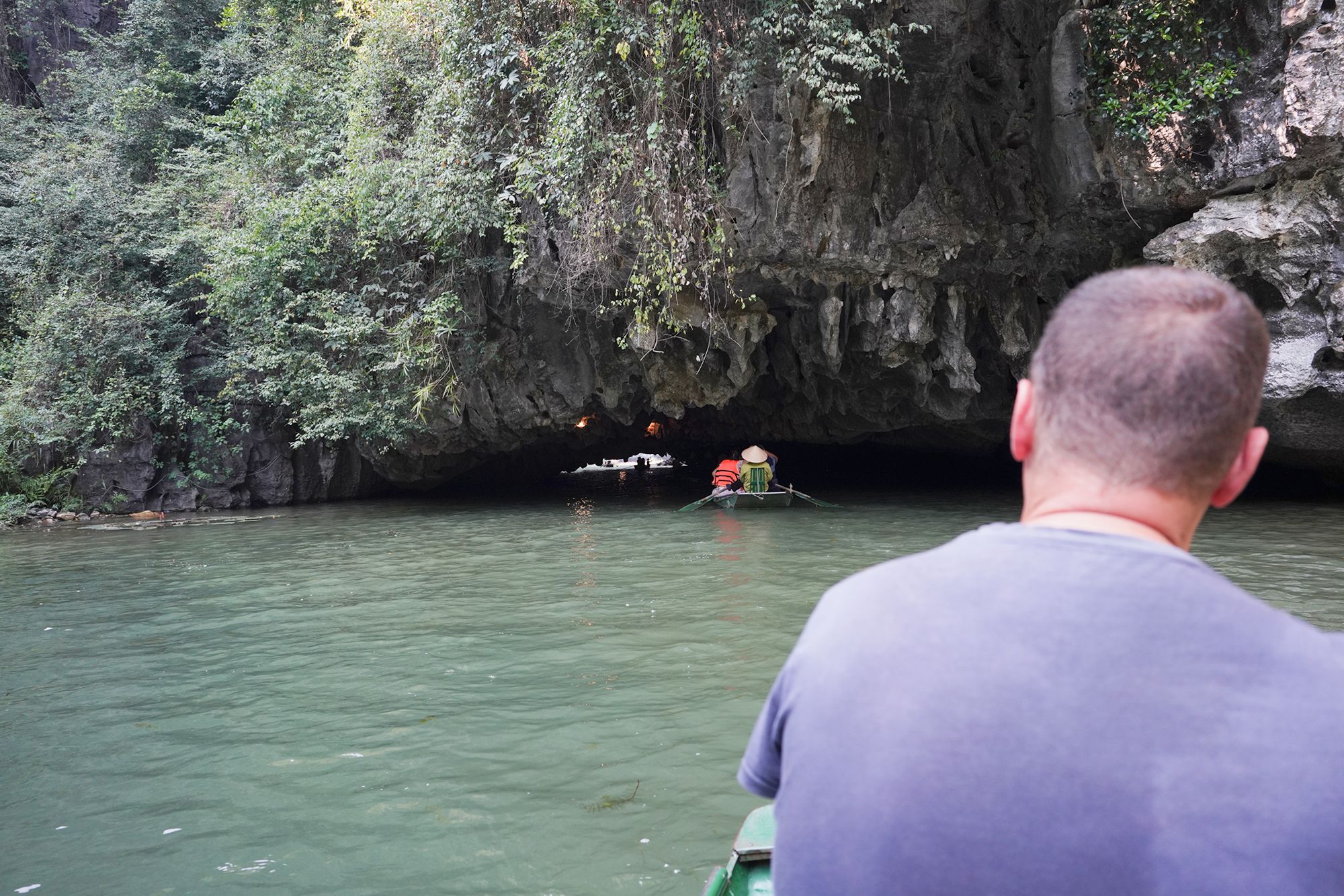
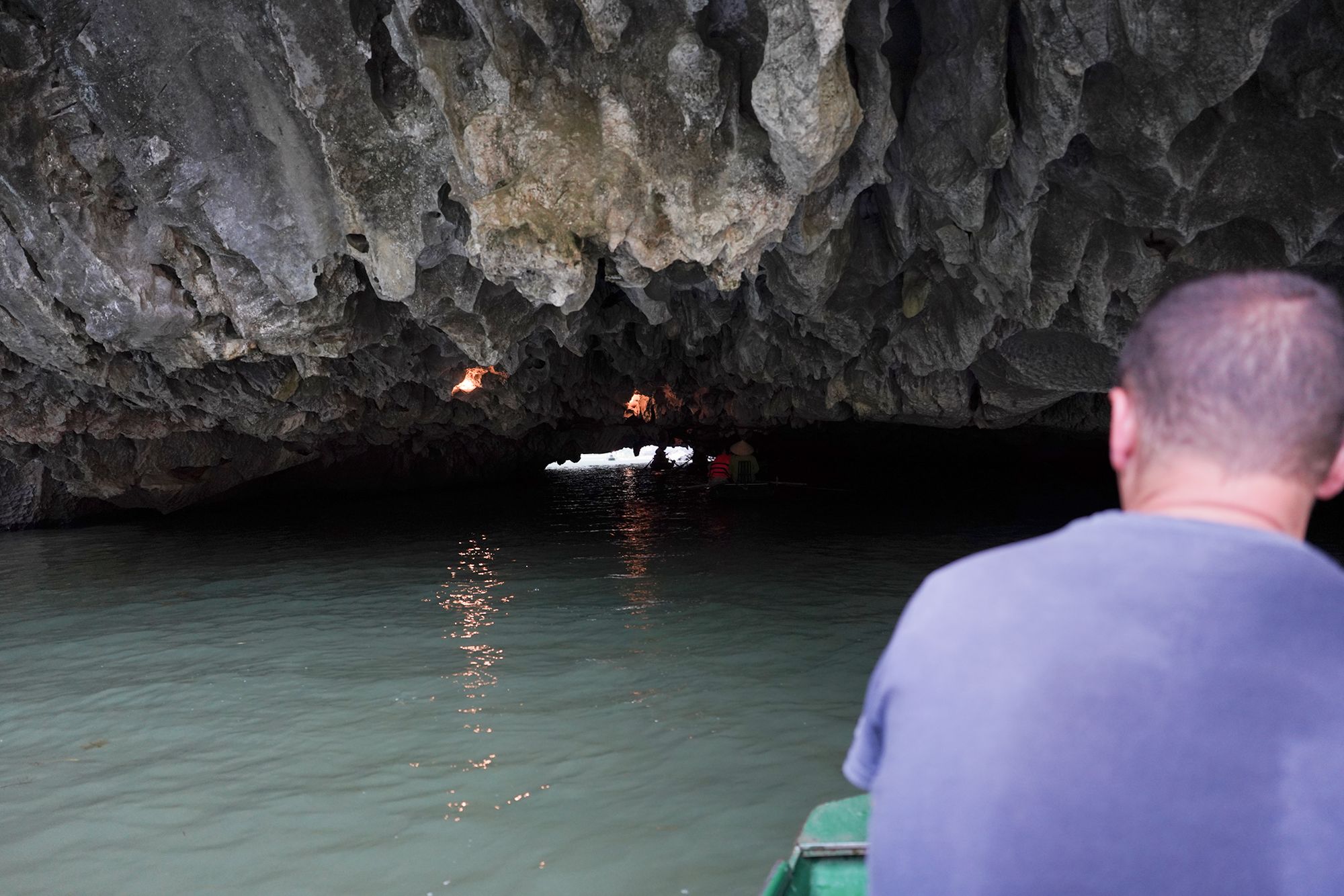

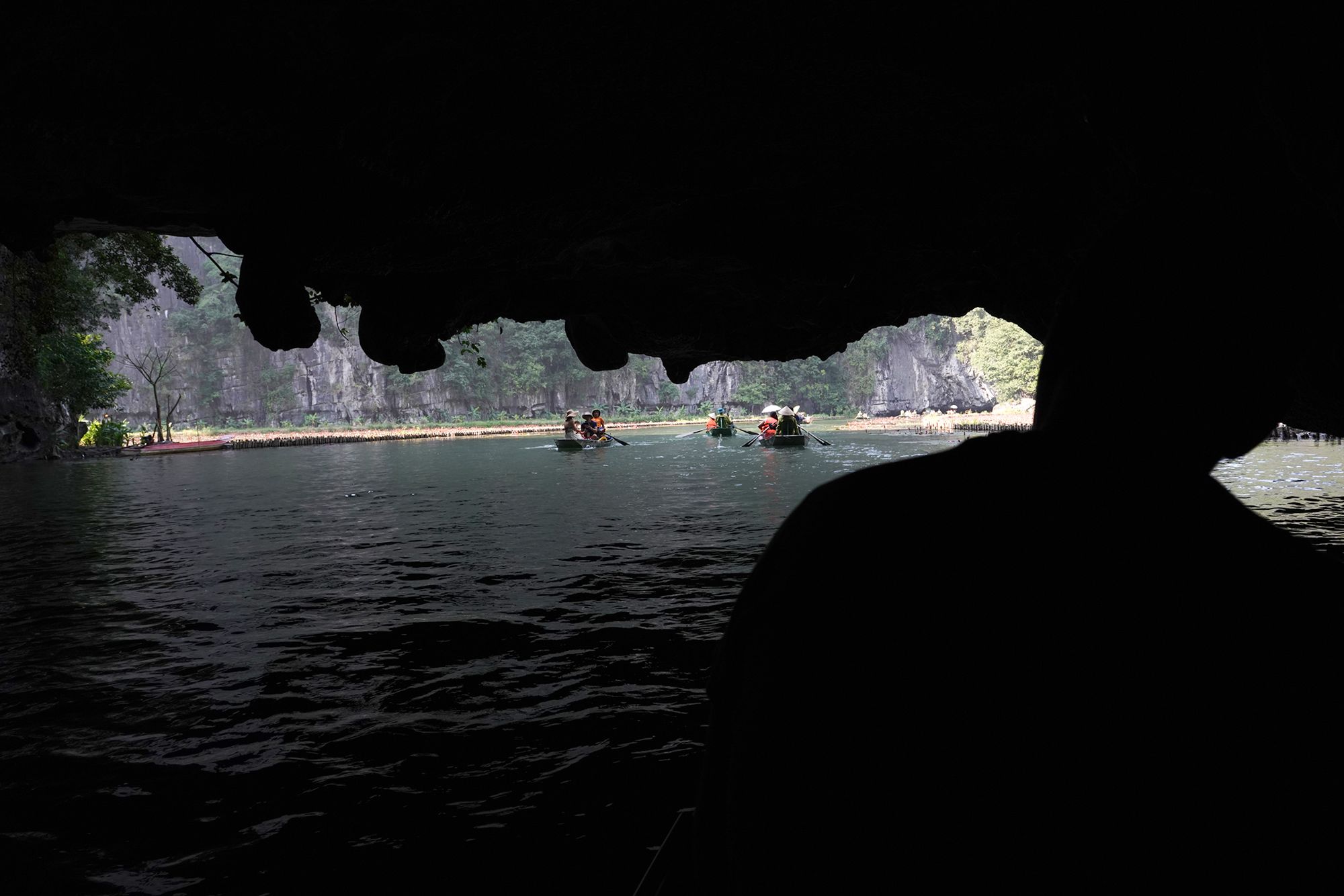
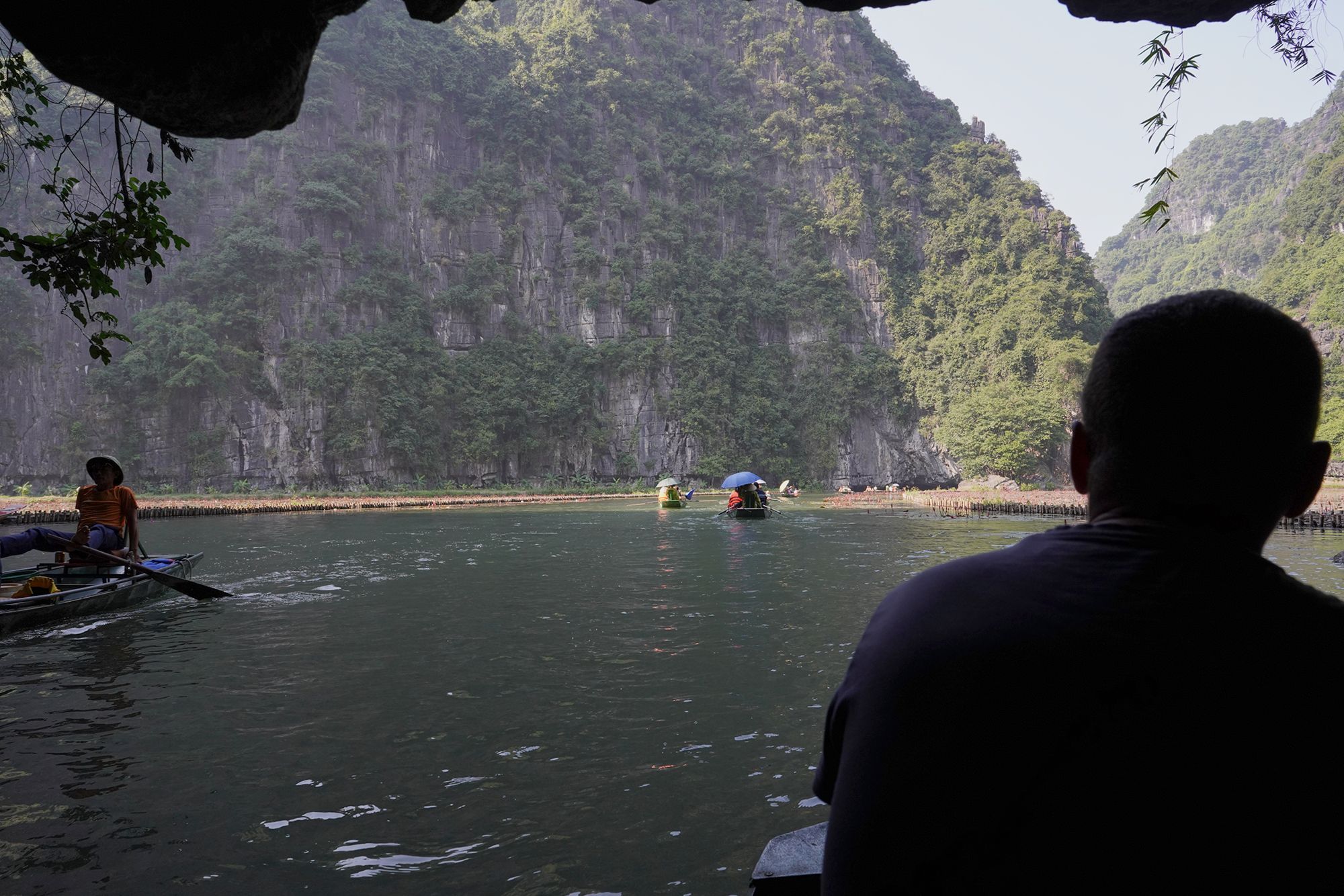
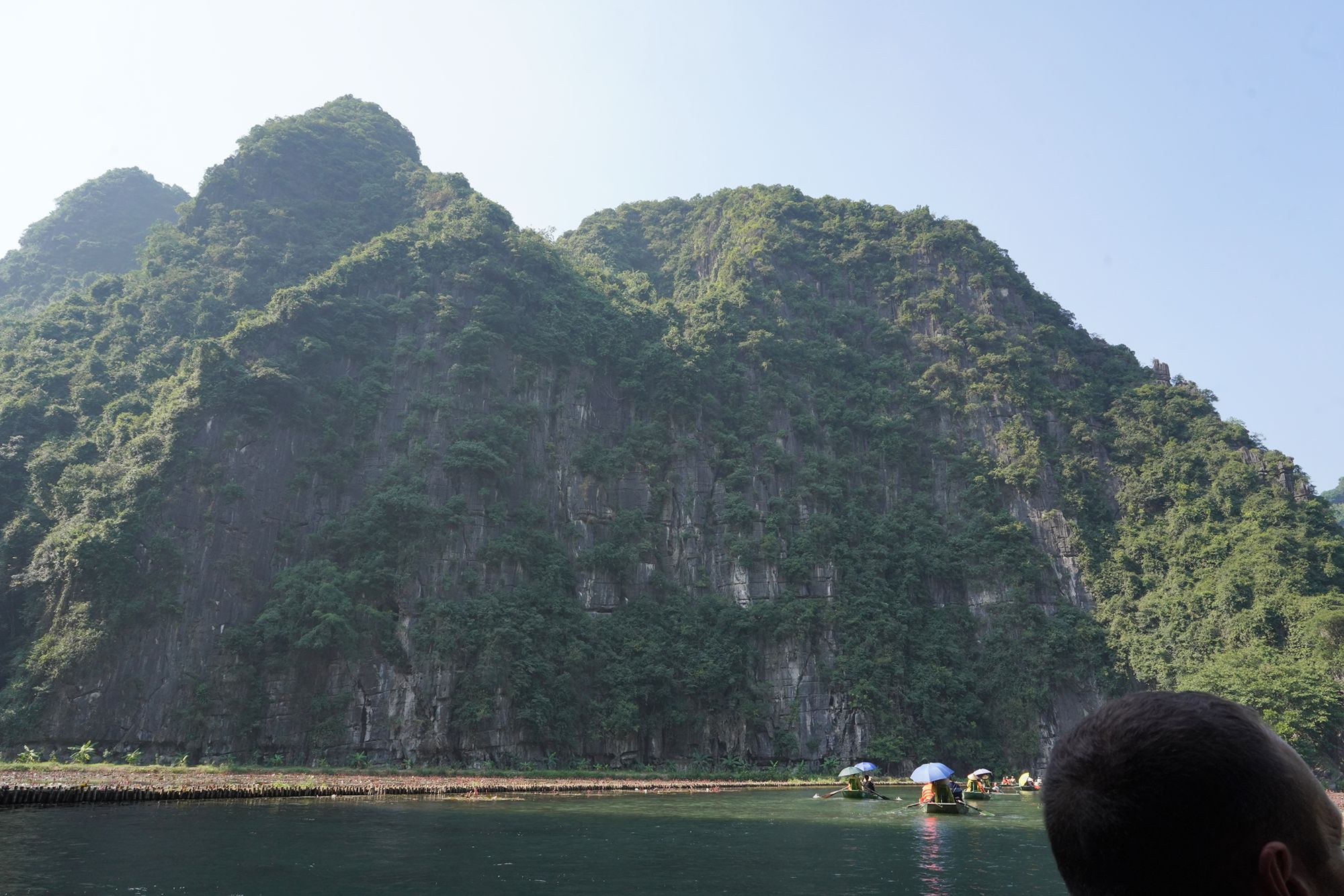
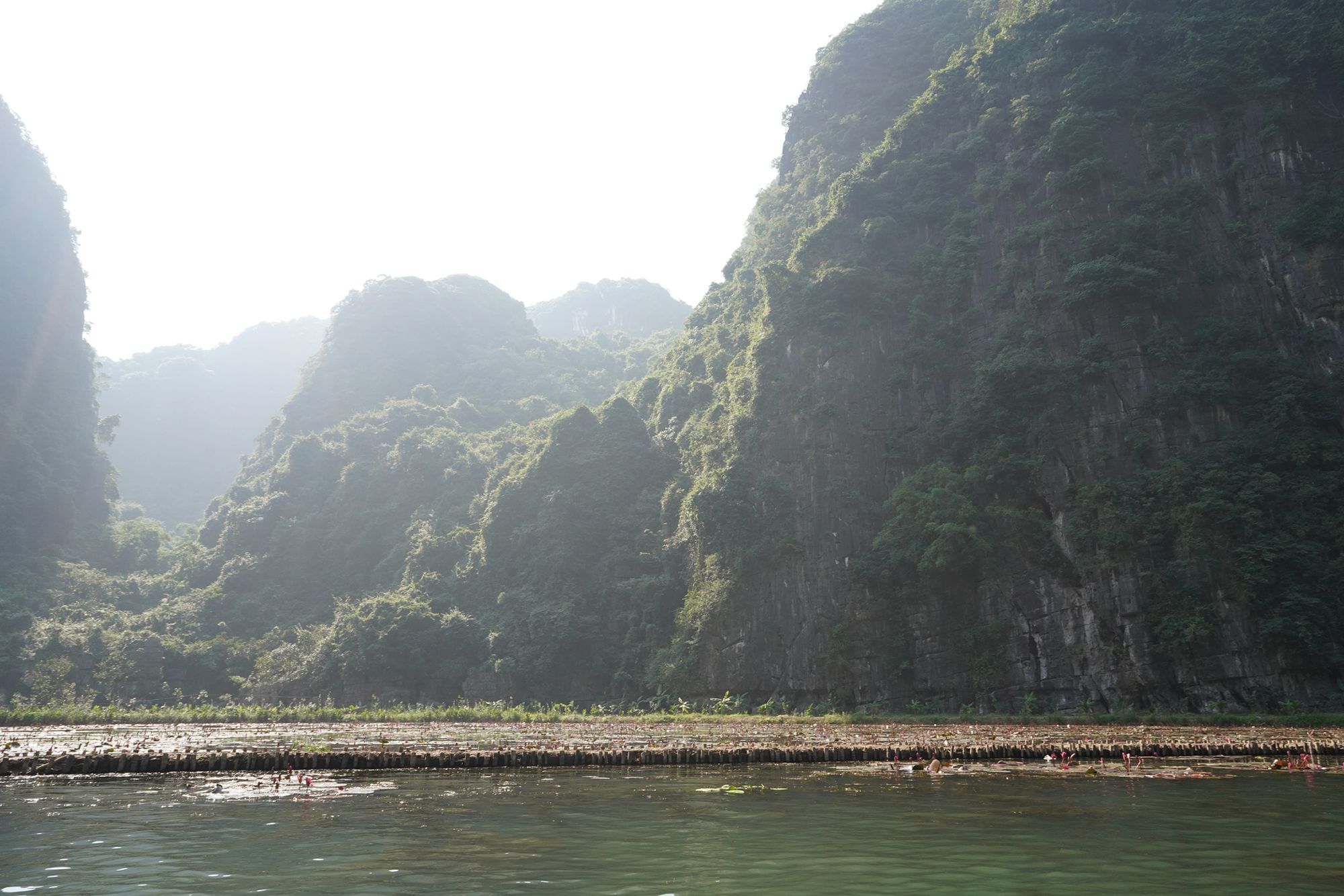
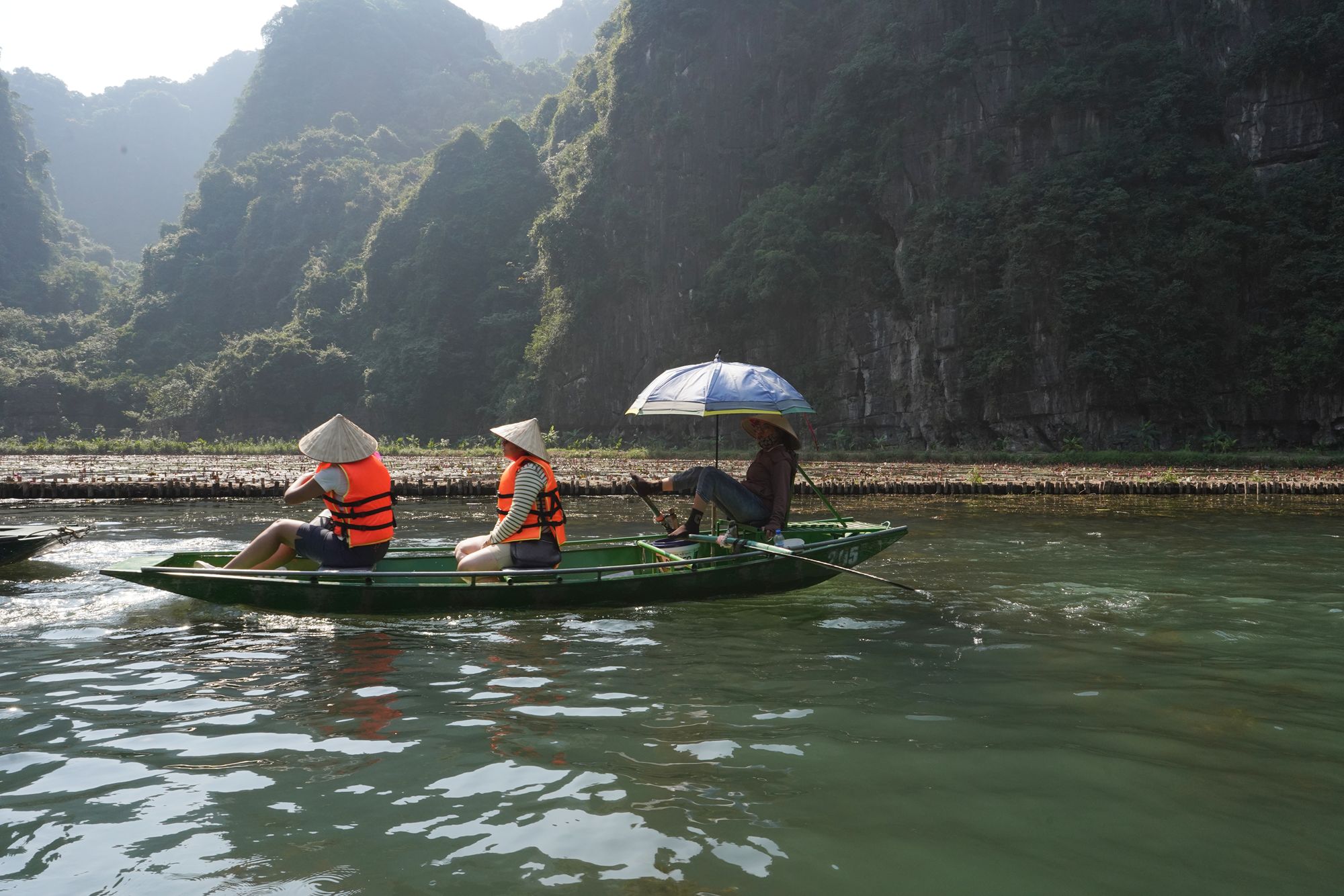
The third cave
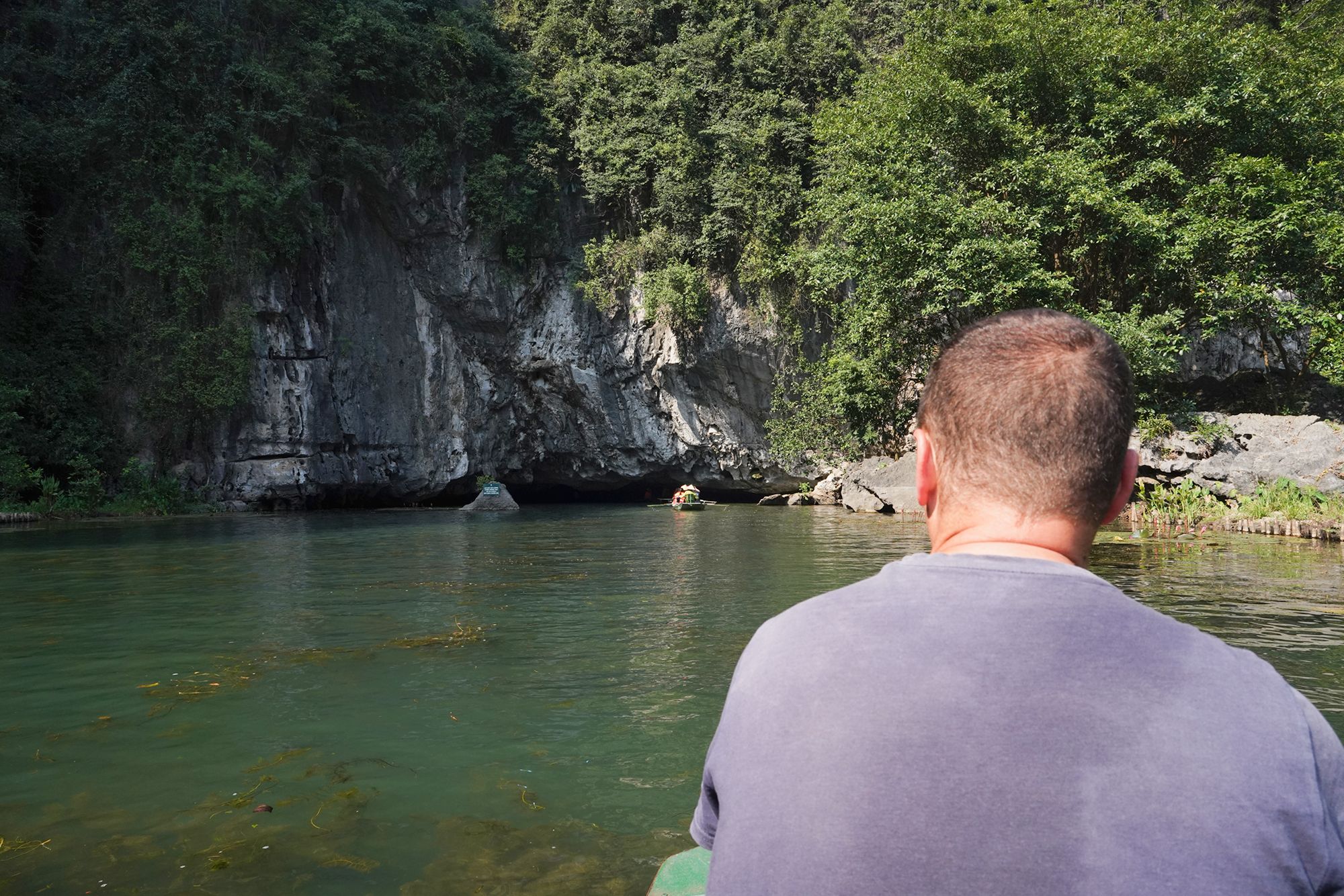
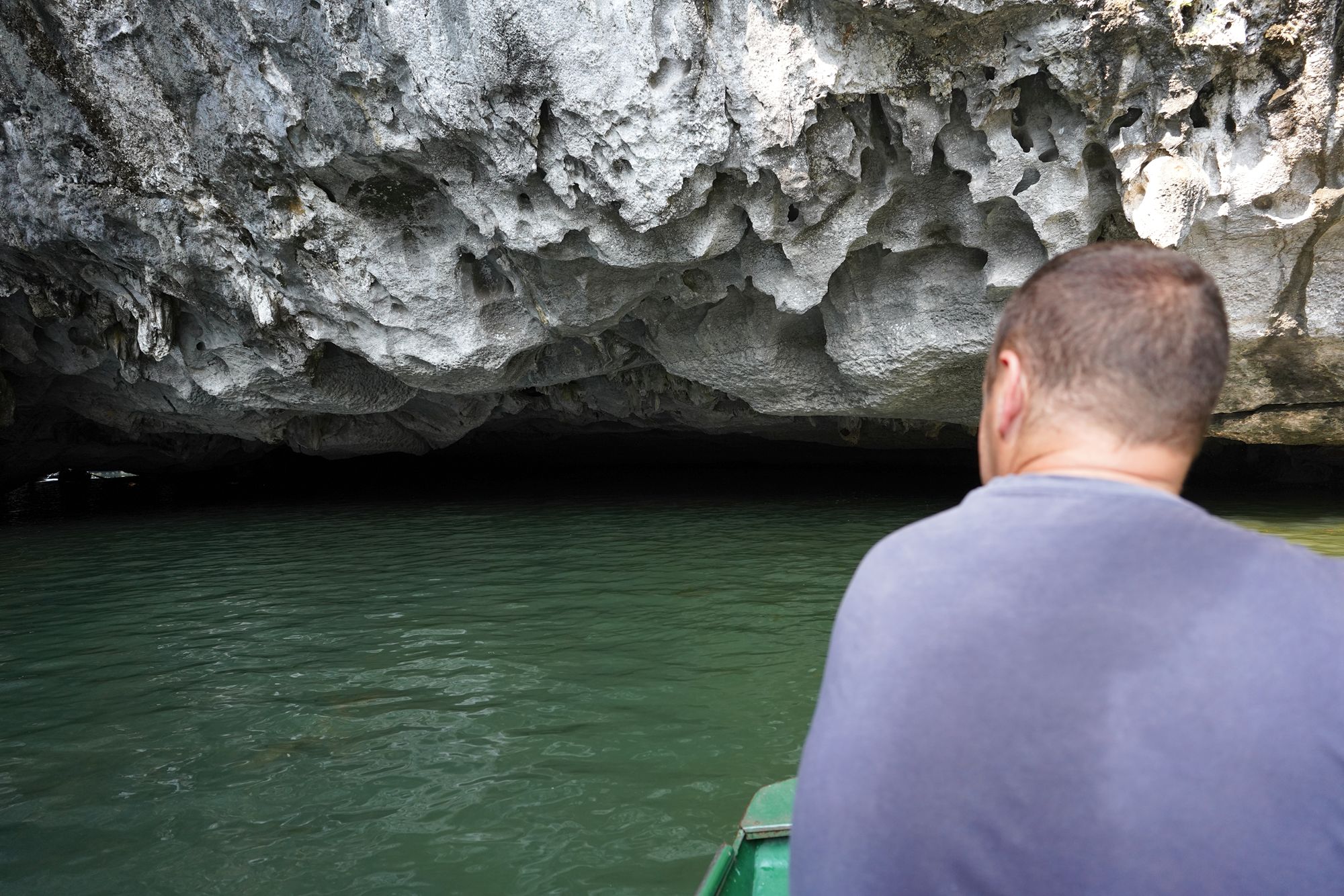
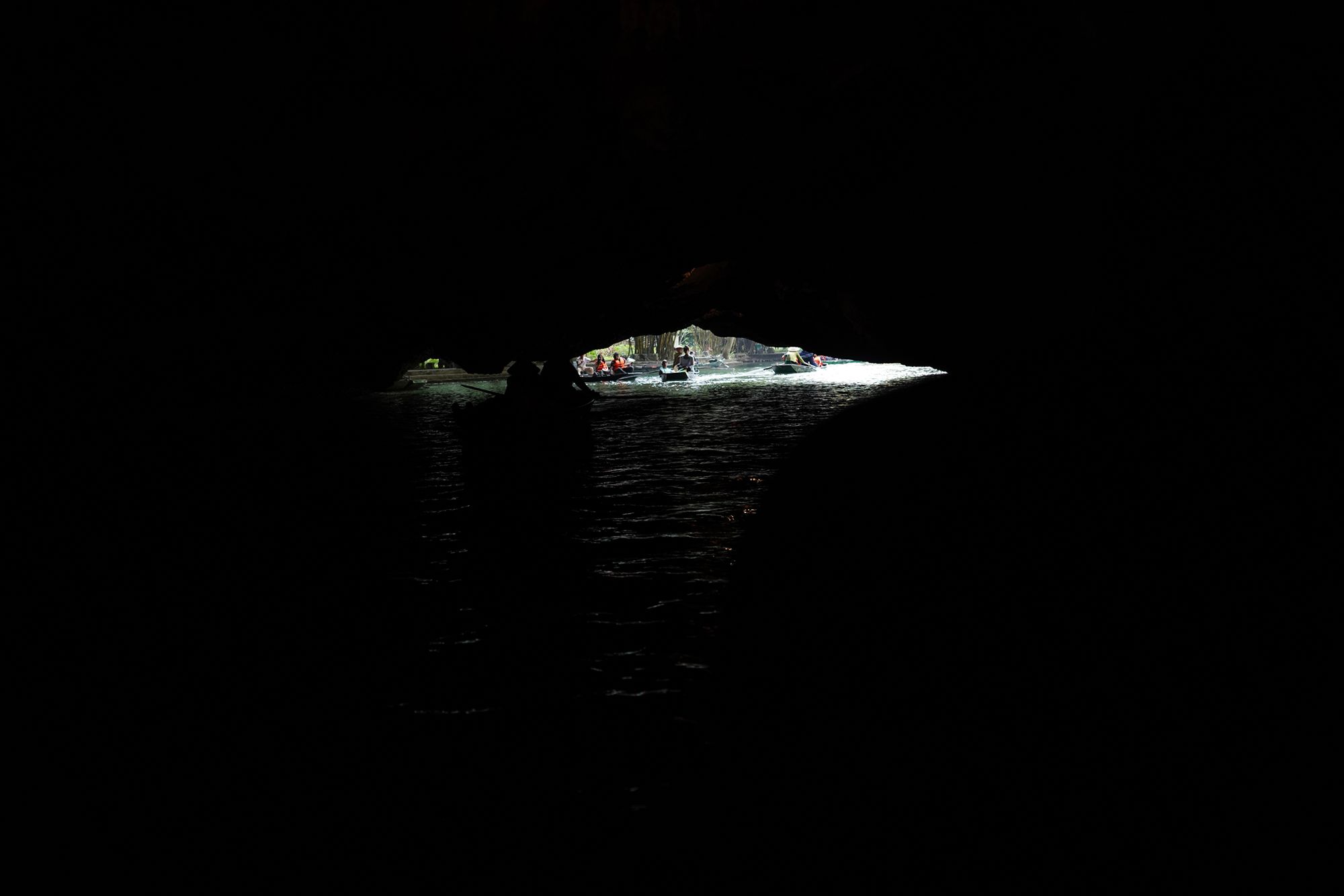
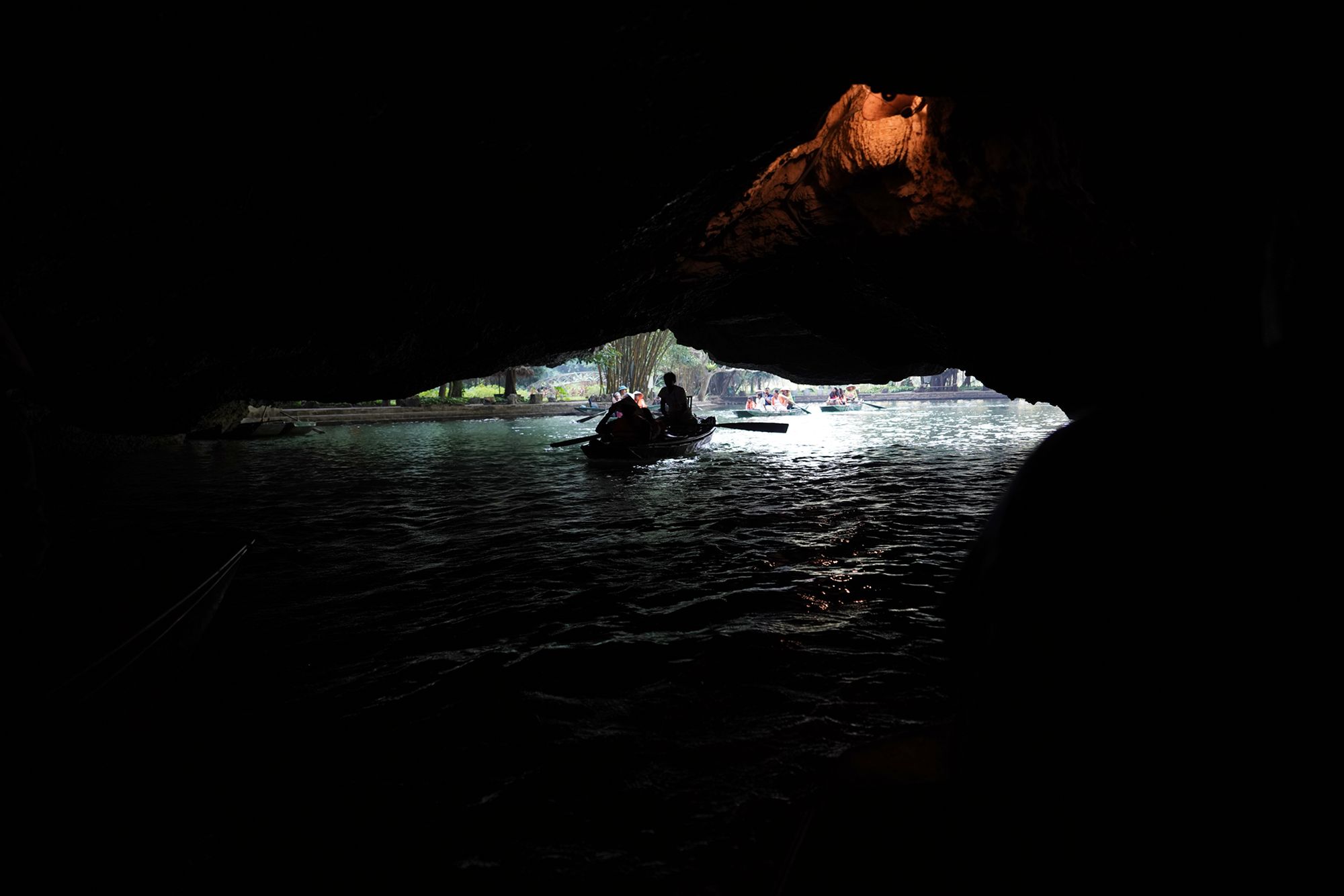
This is the turnaround point at the end of the boat trip’s route. From here, the boat reverses direction and returns to the starting area.
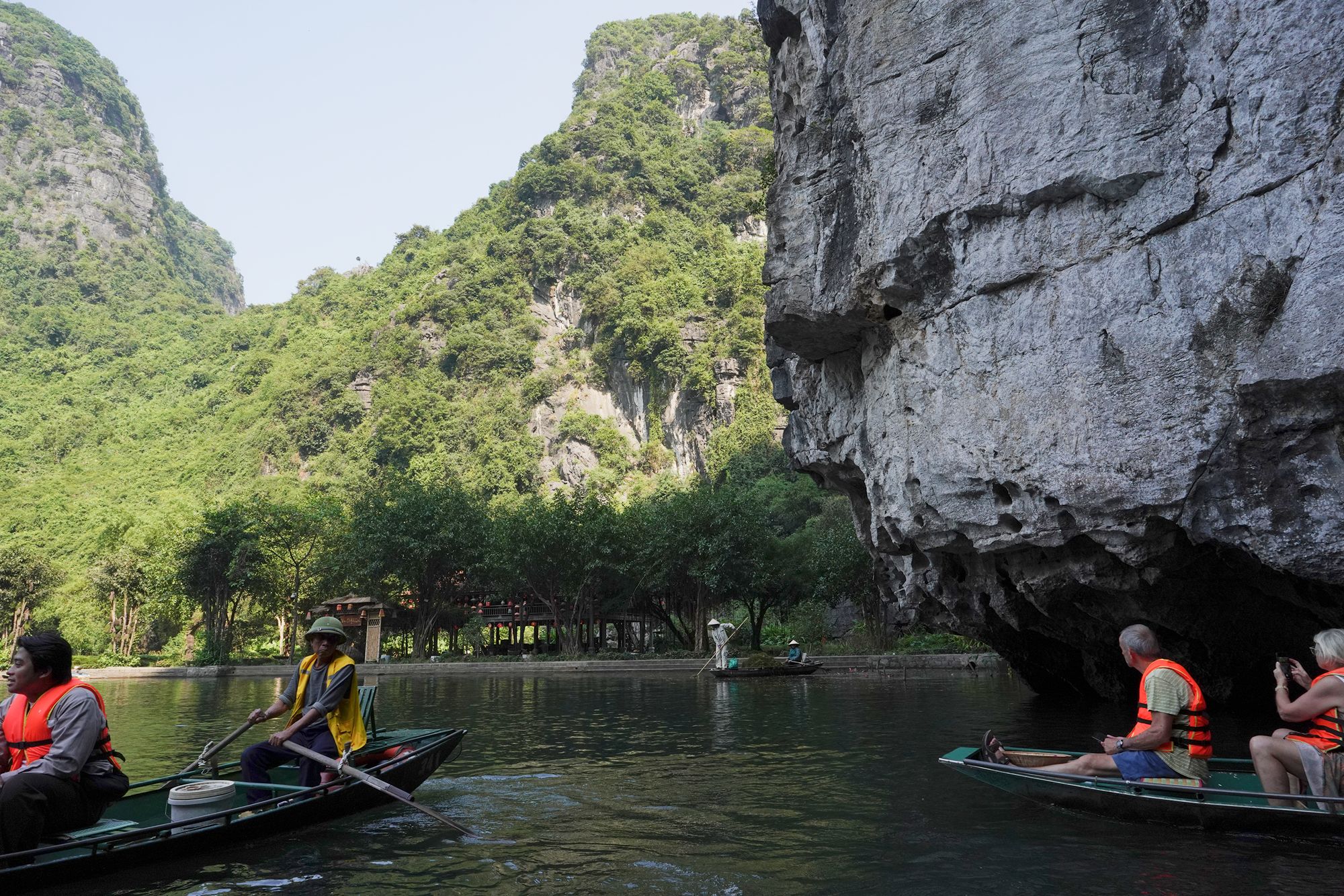
Going through the third cave again
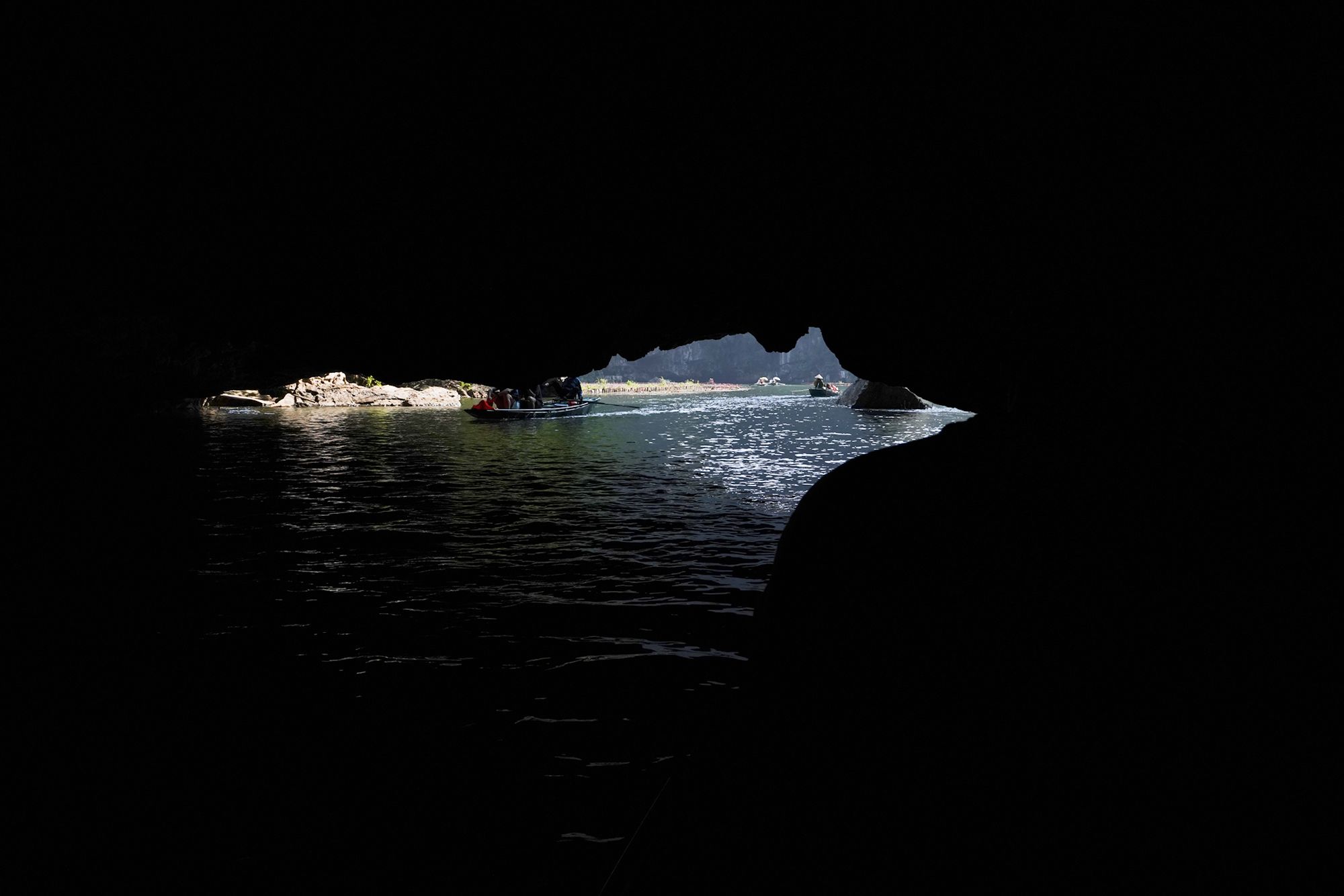
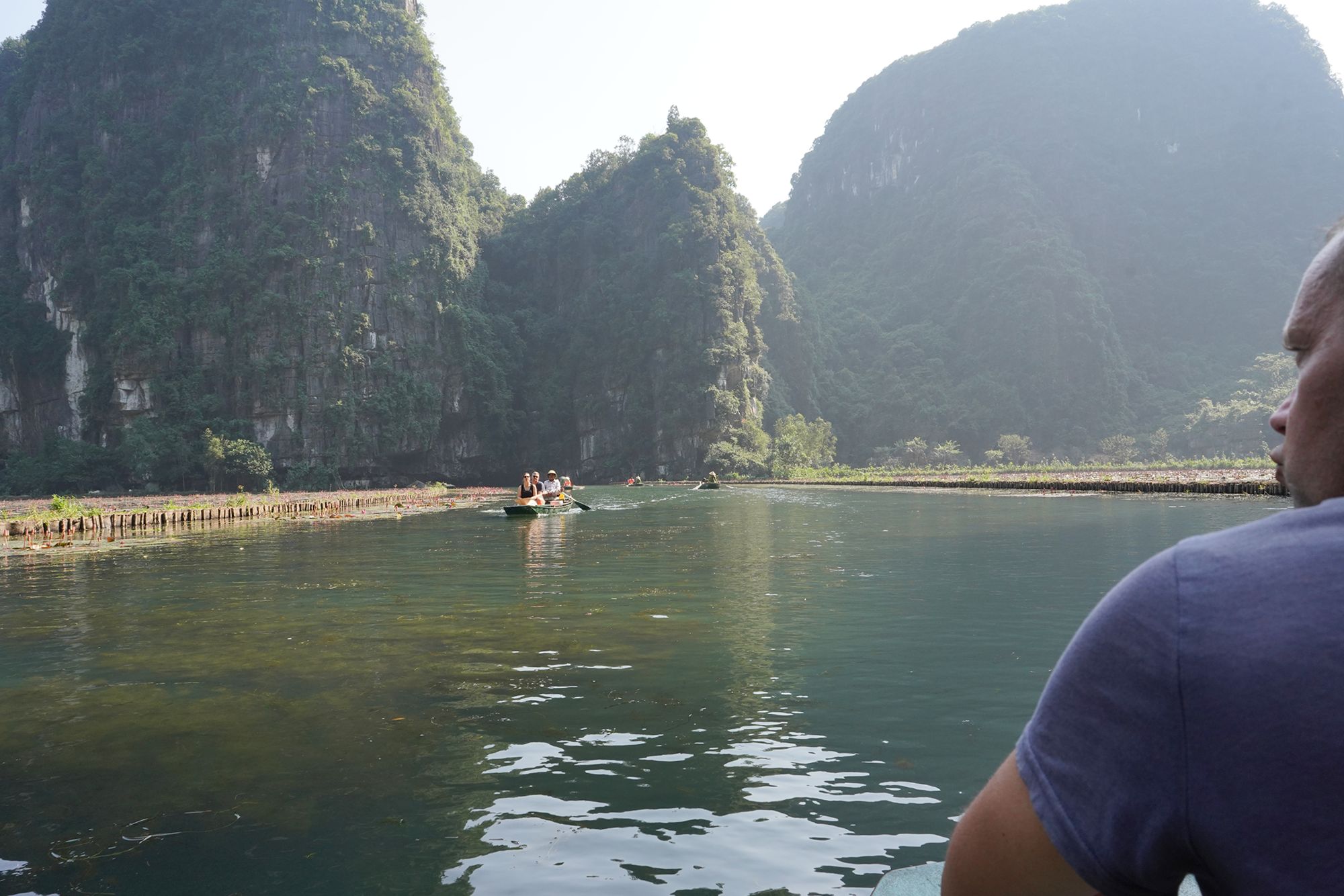
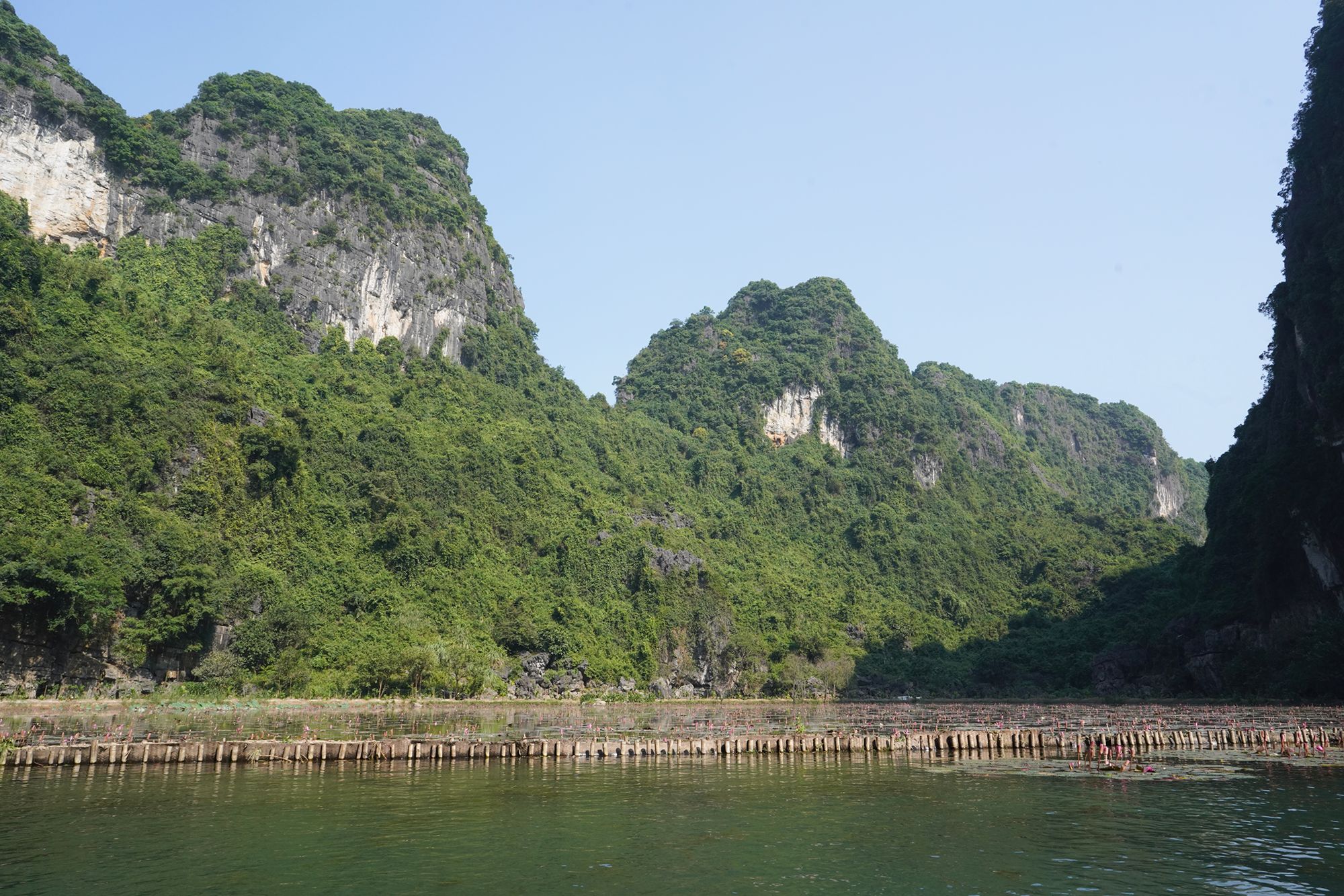
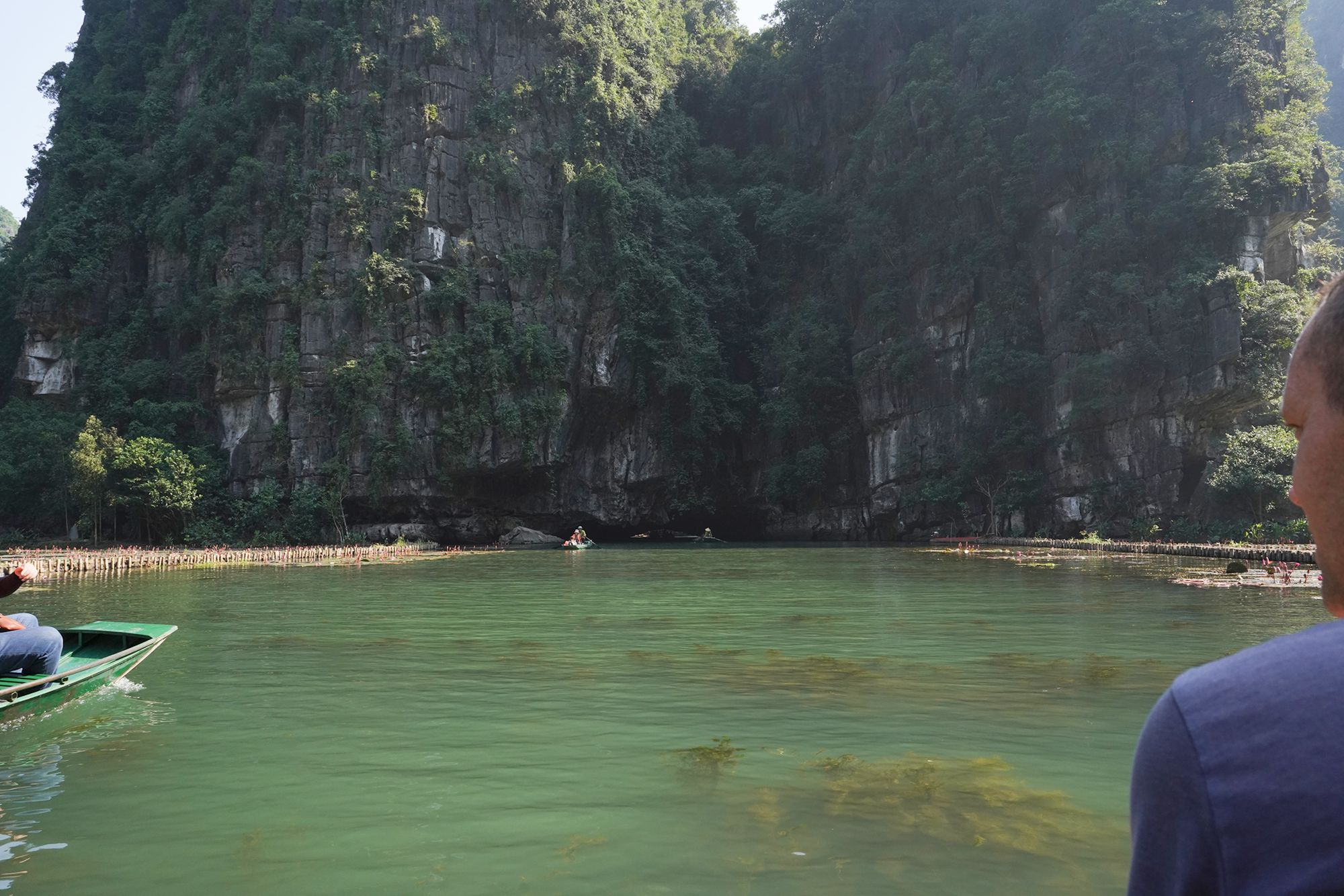
The second cave
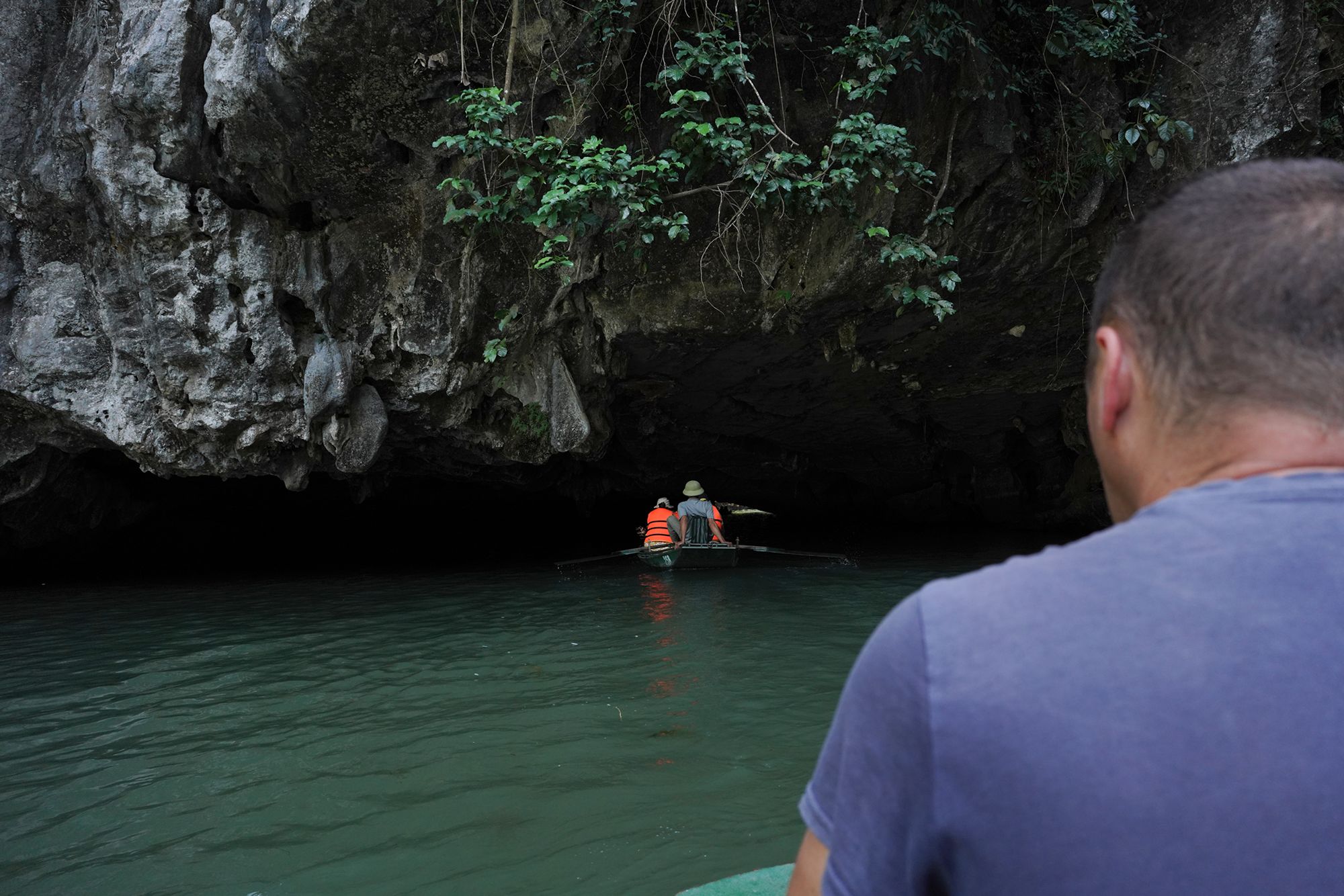
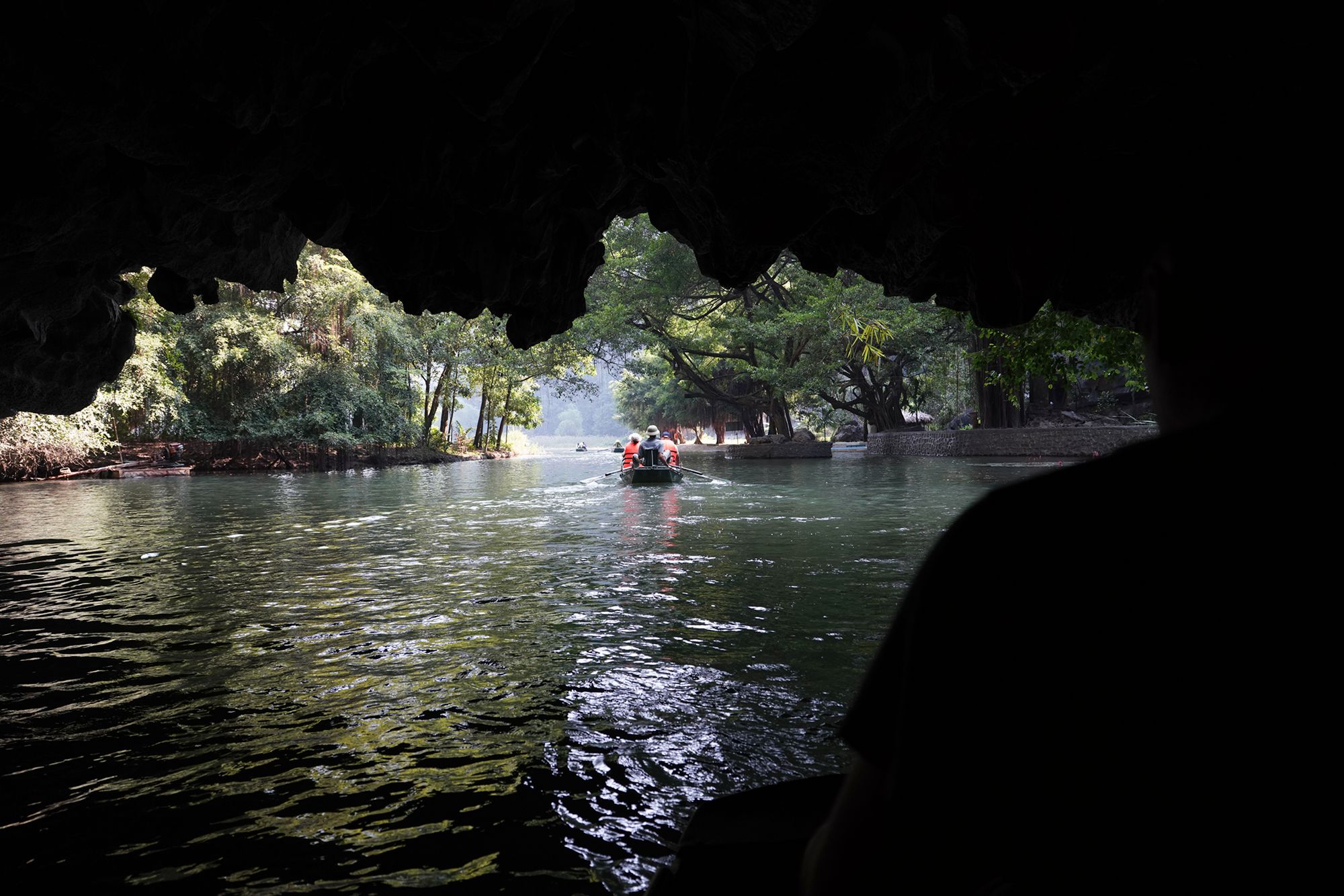
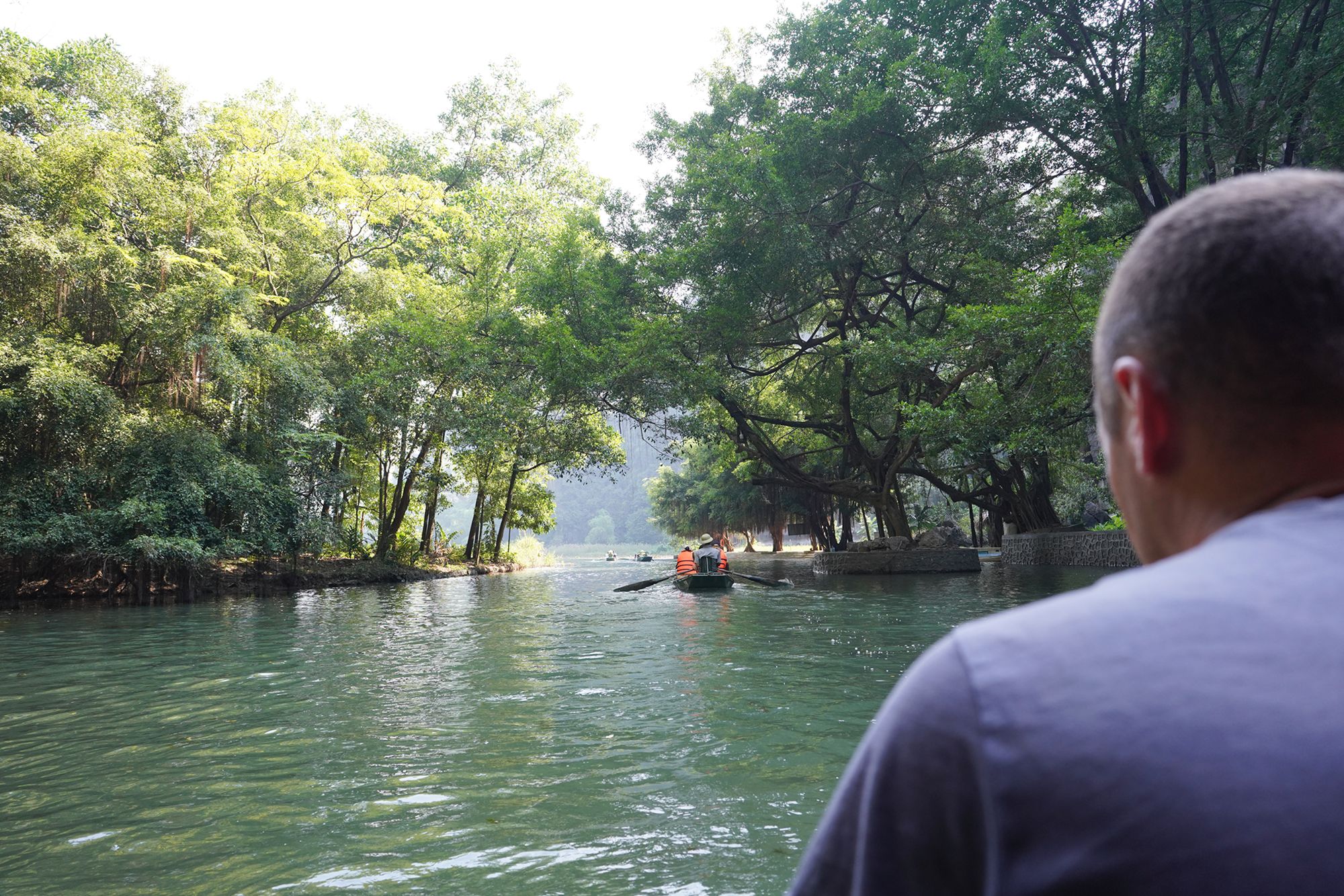
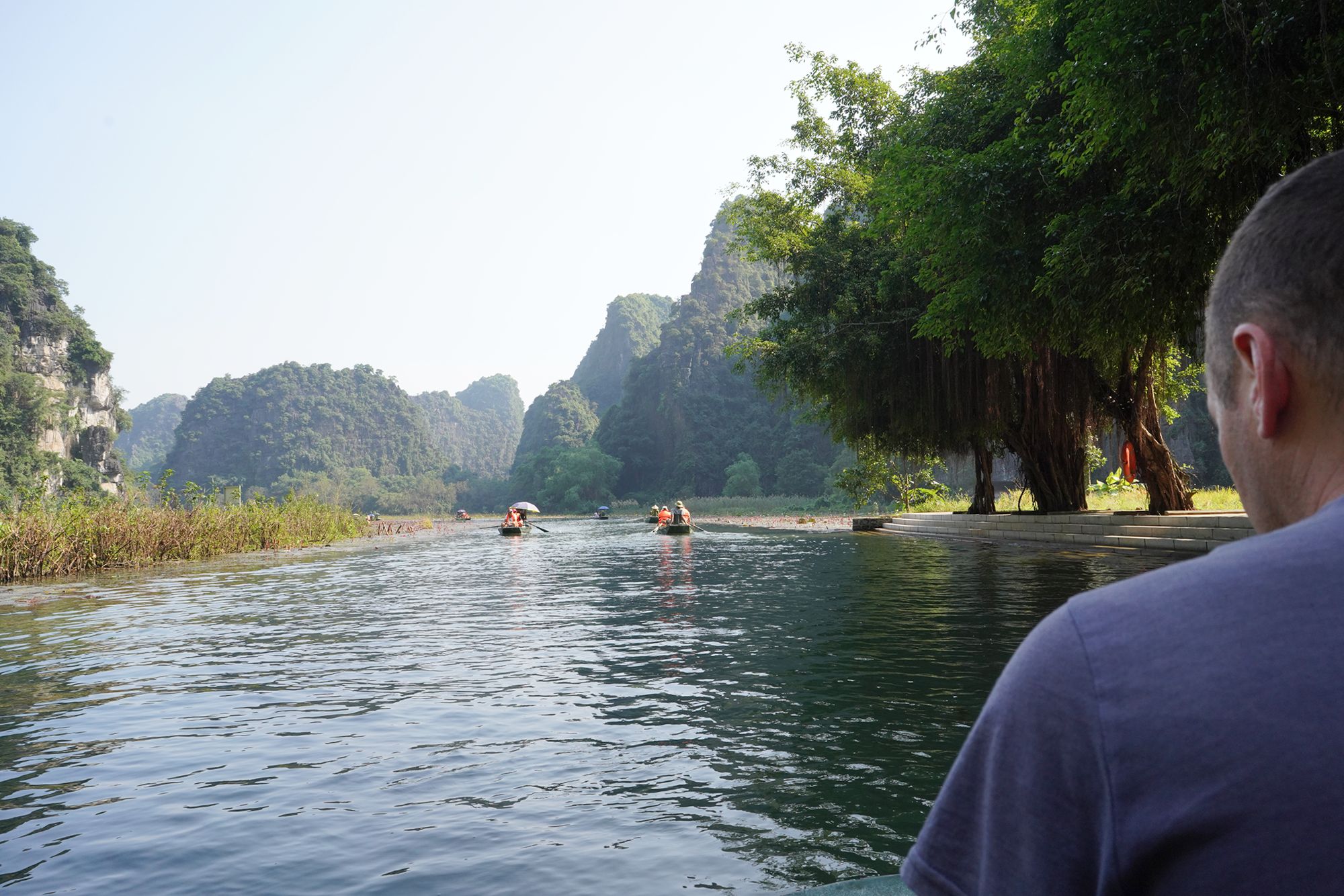
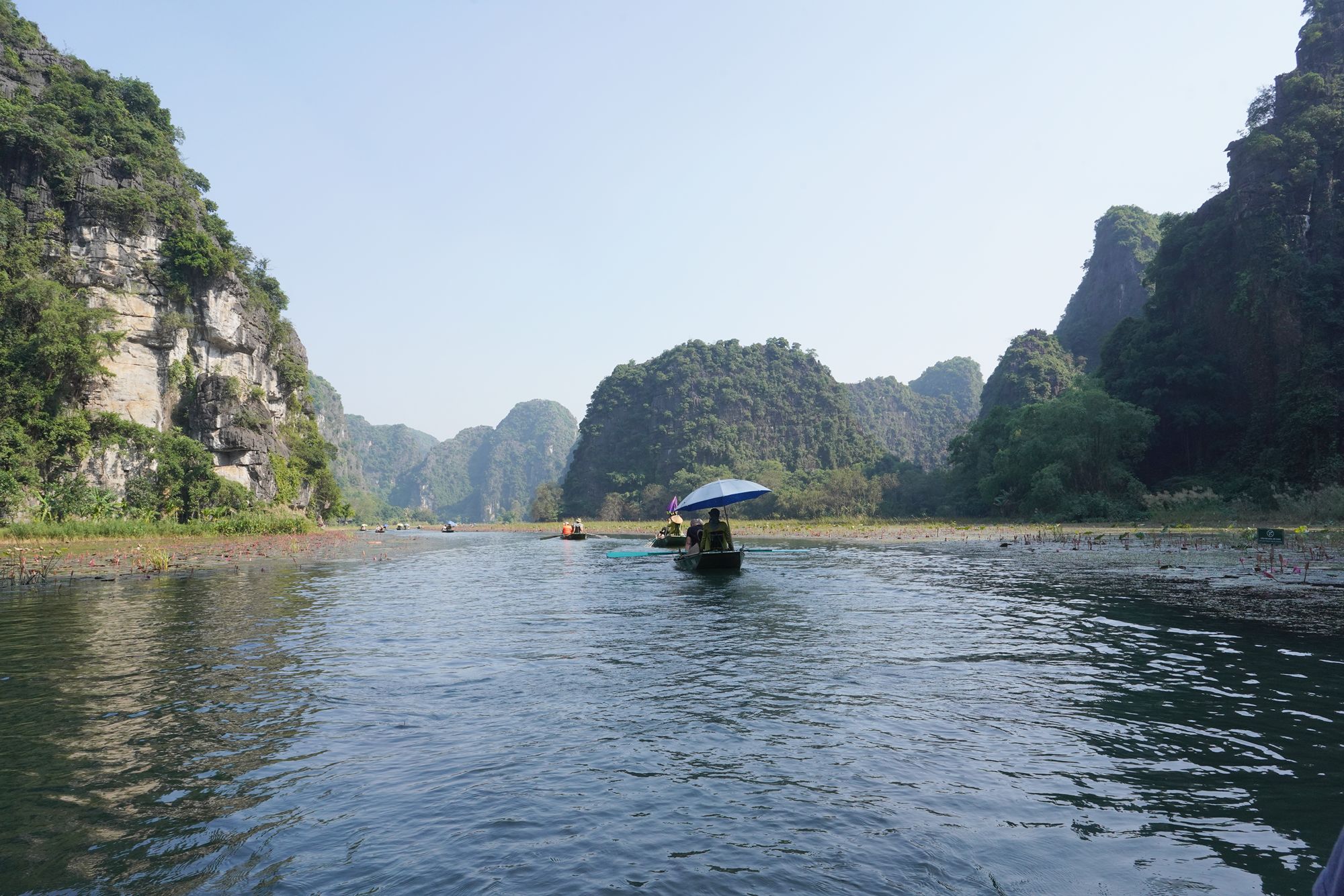
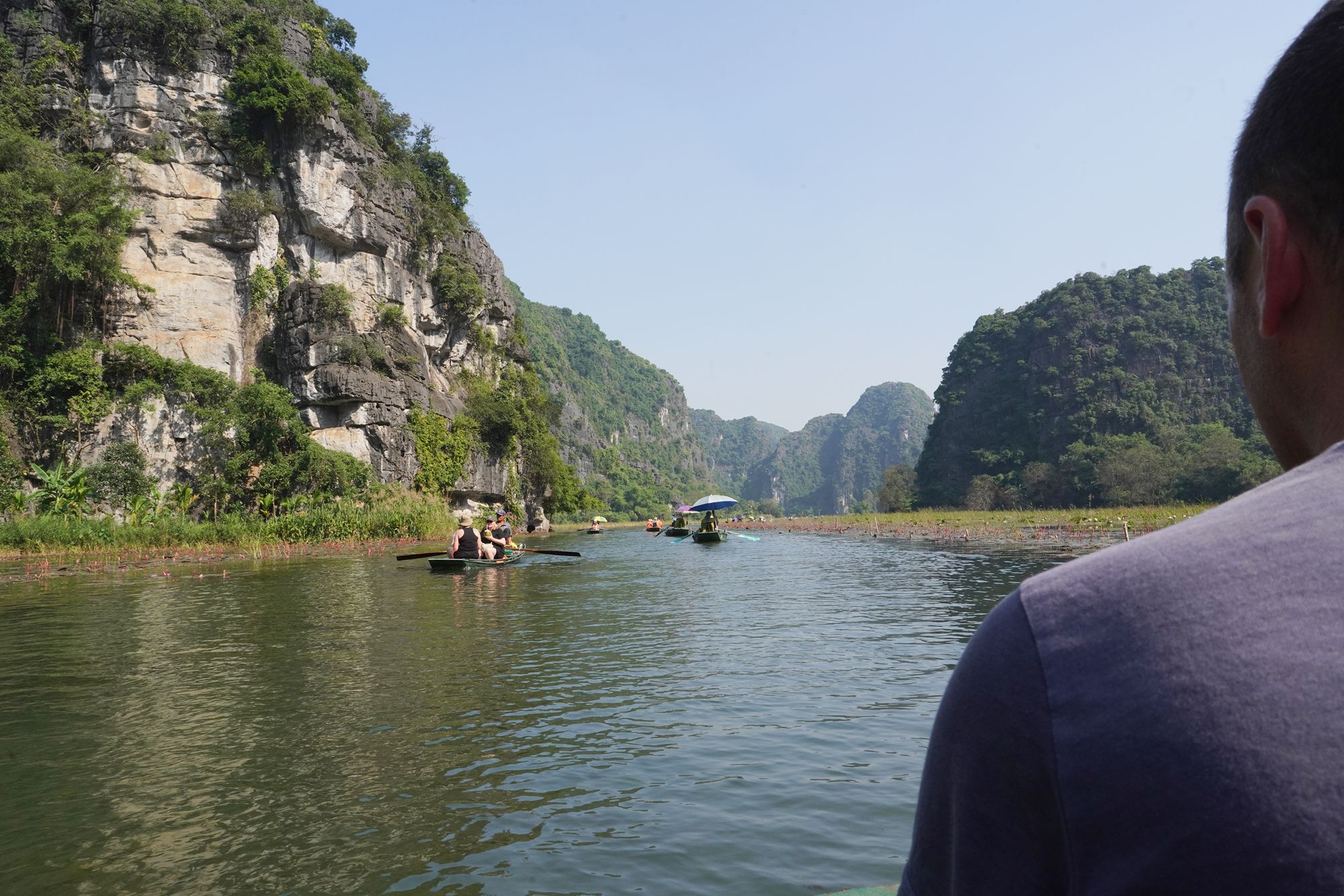
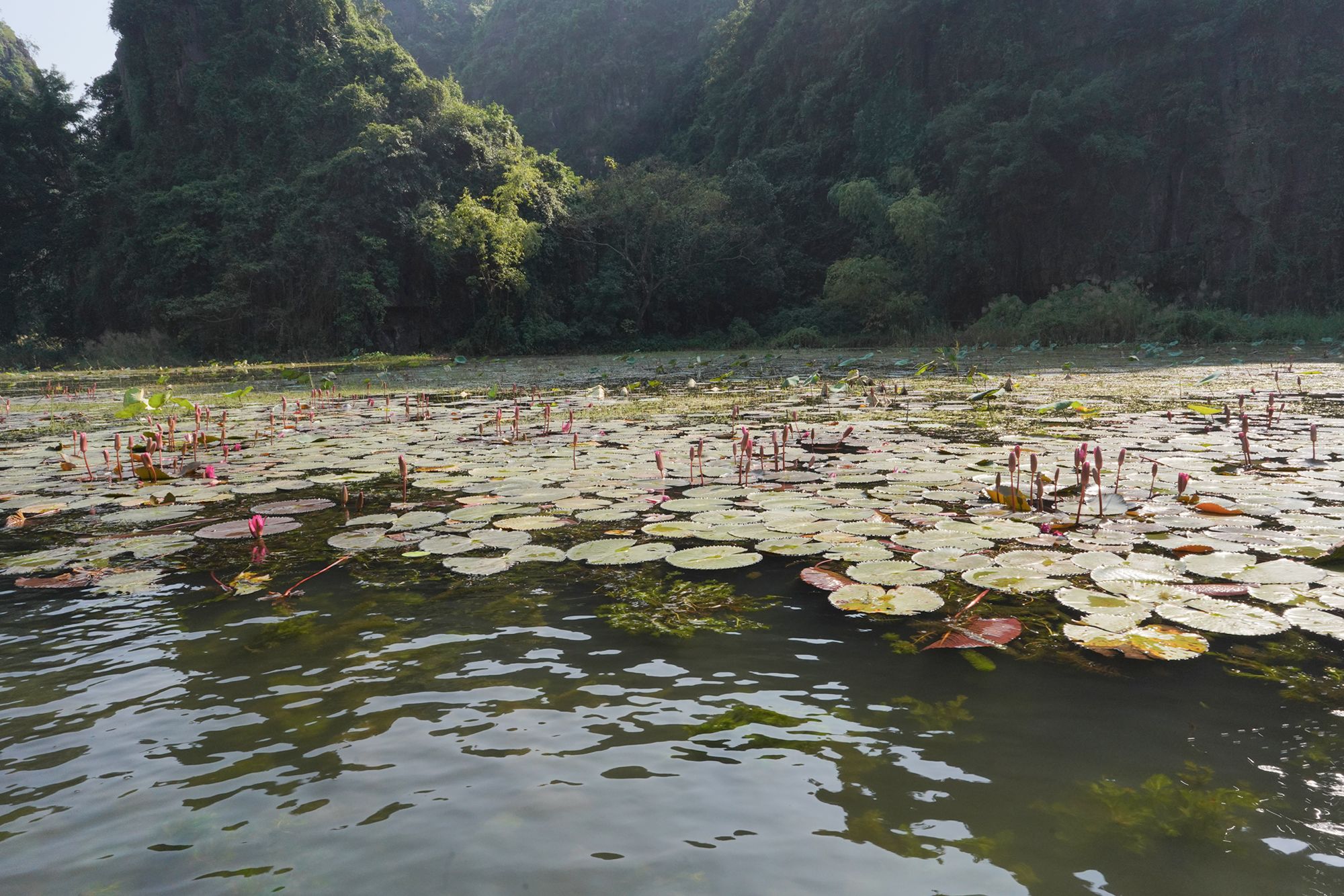
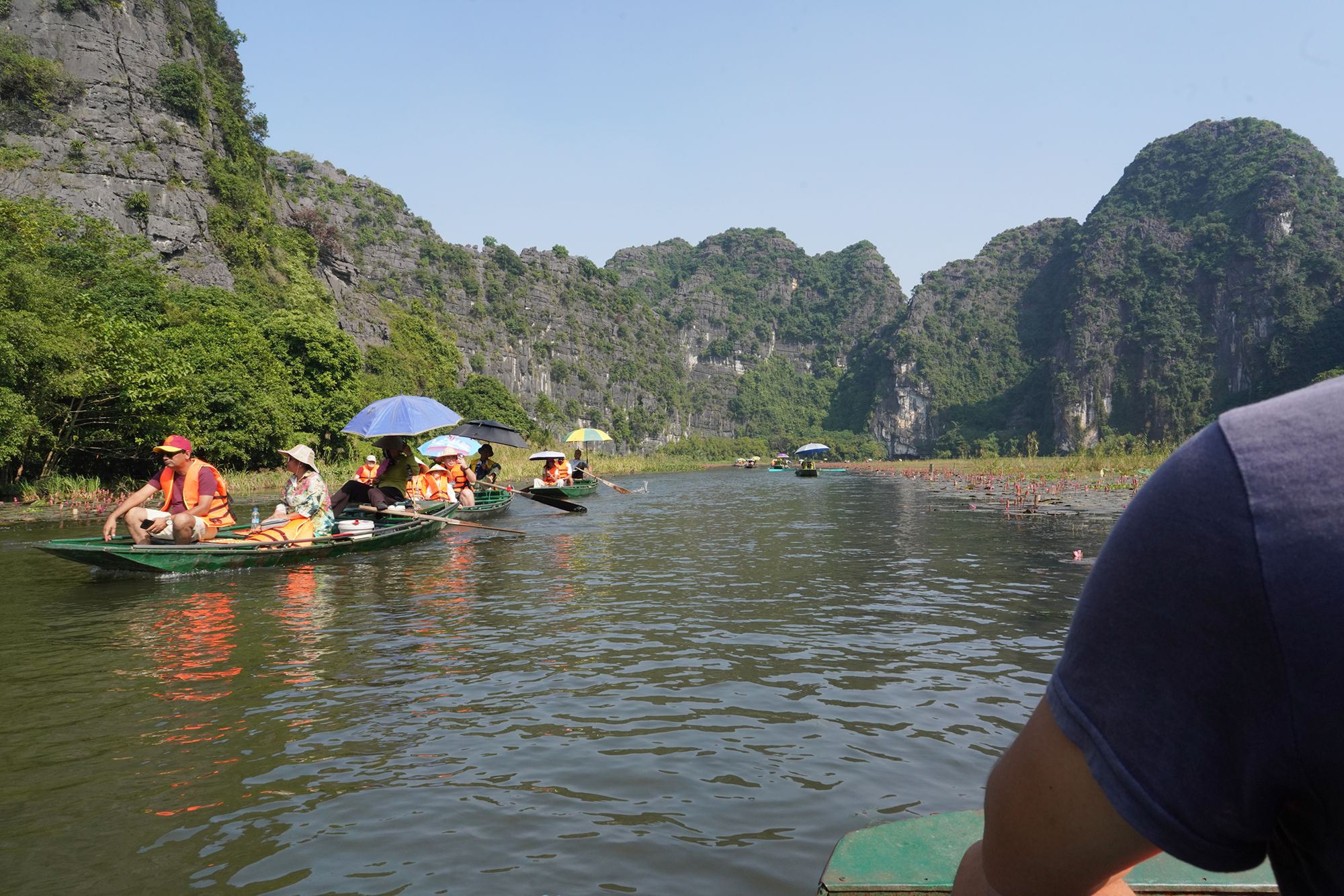
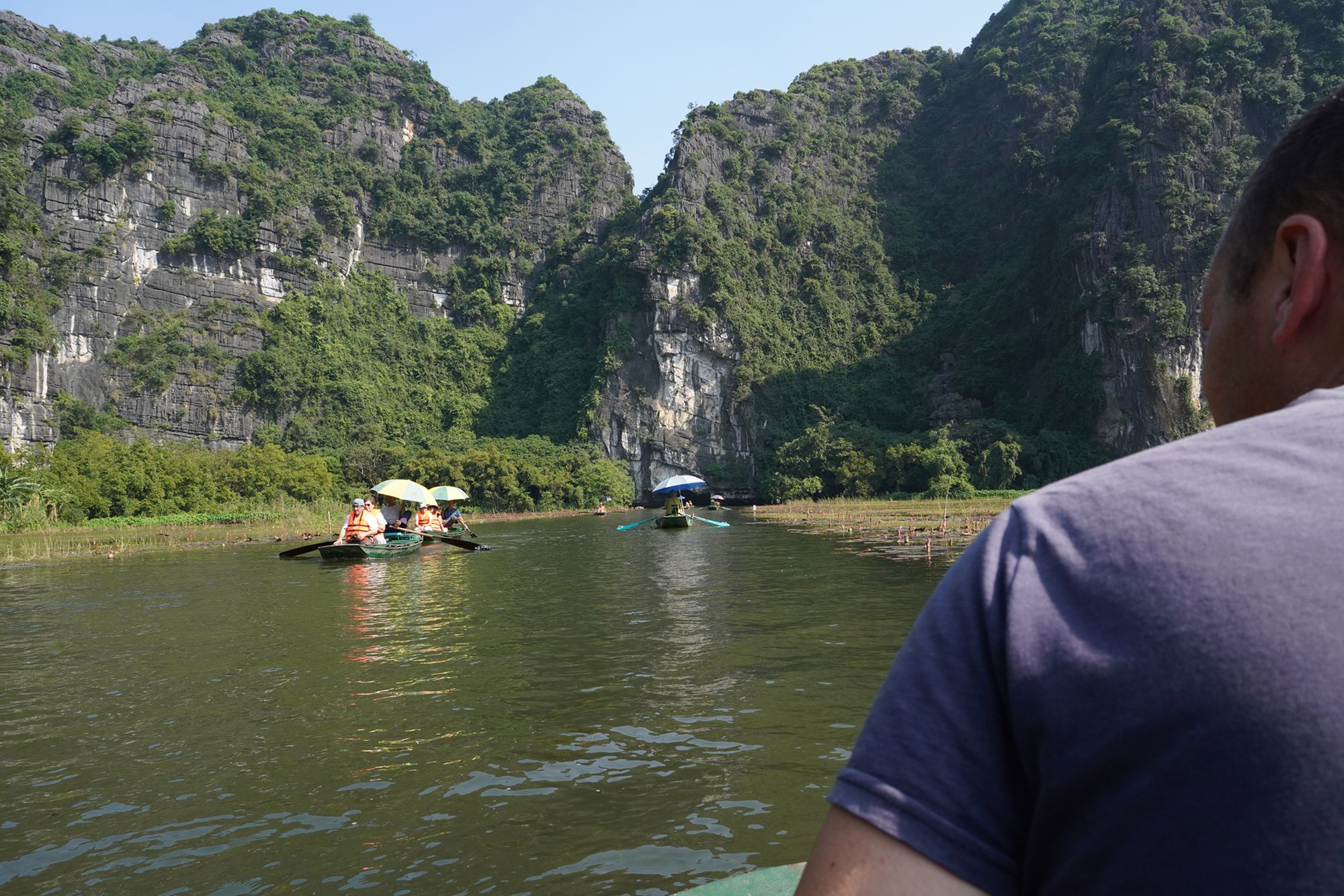
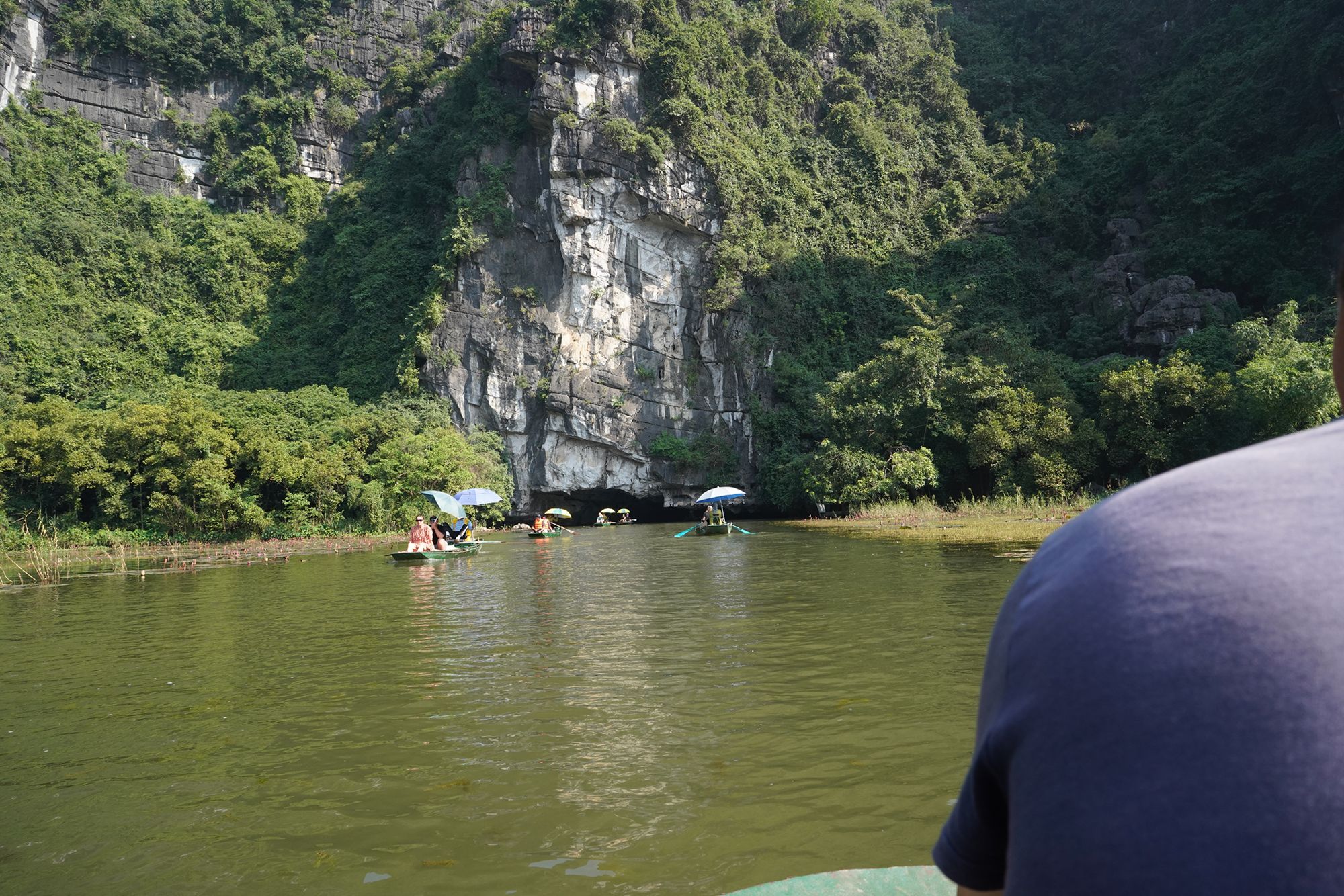
The first cave
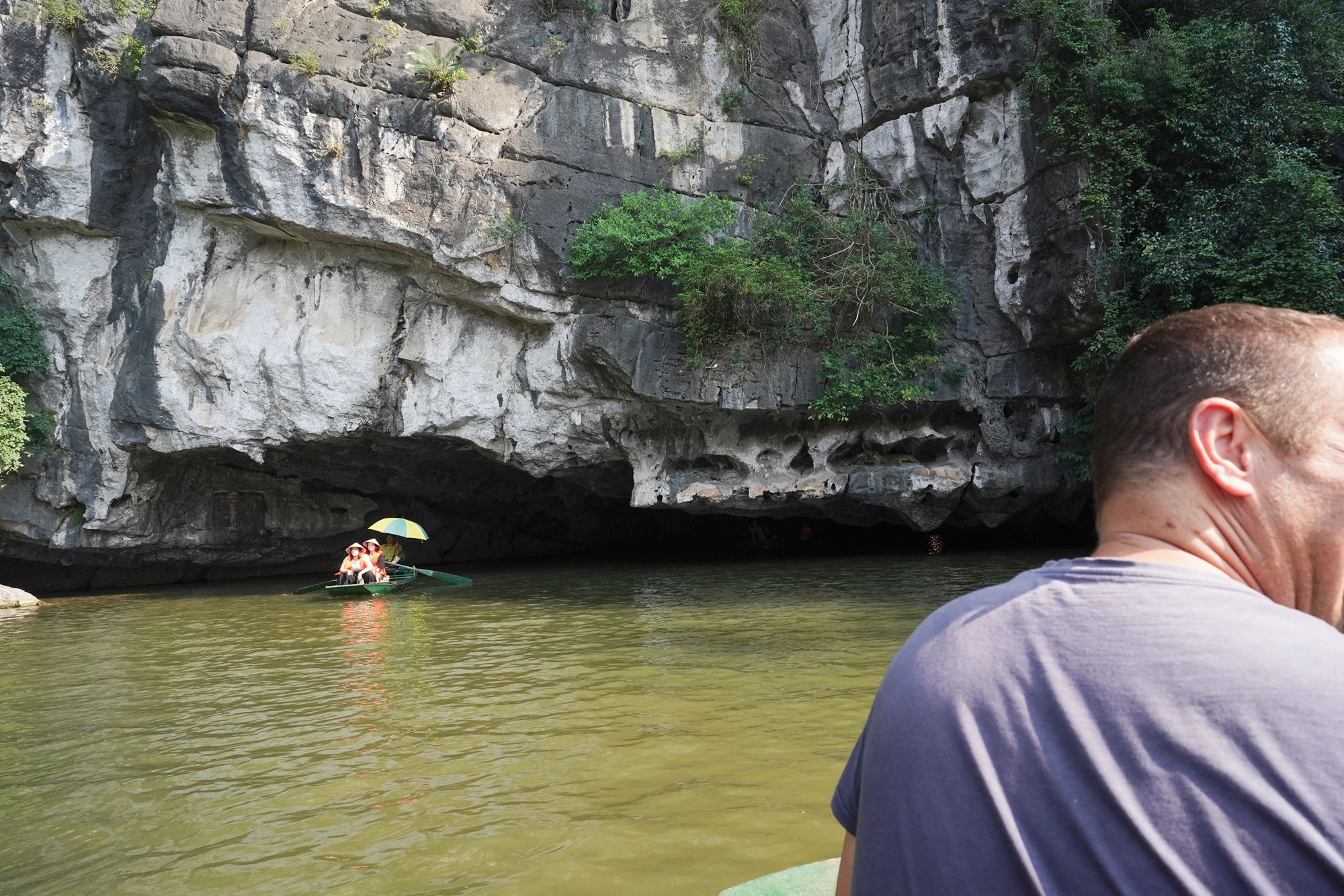
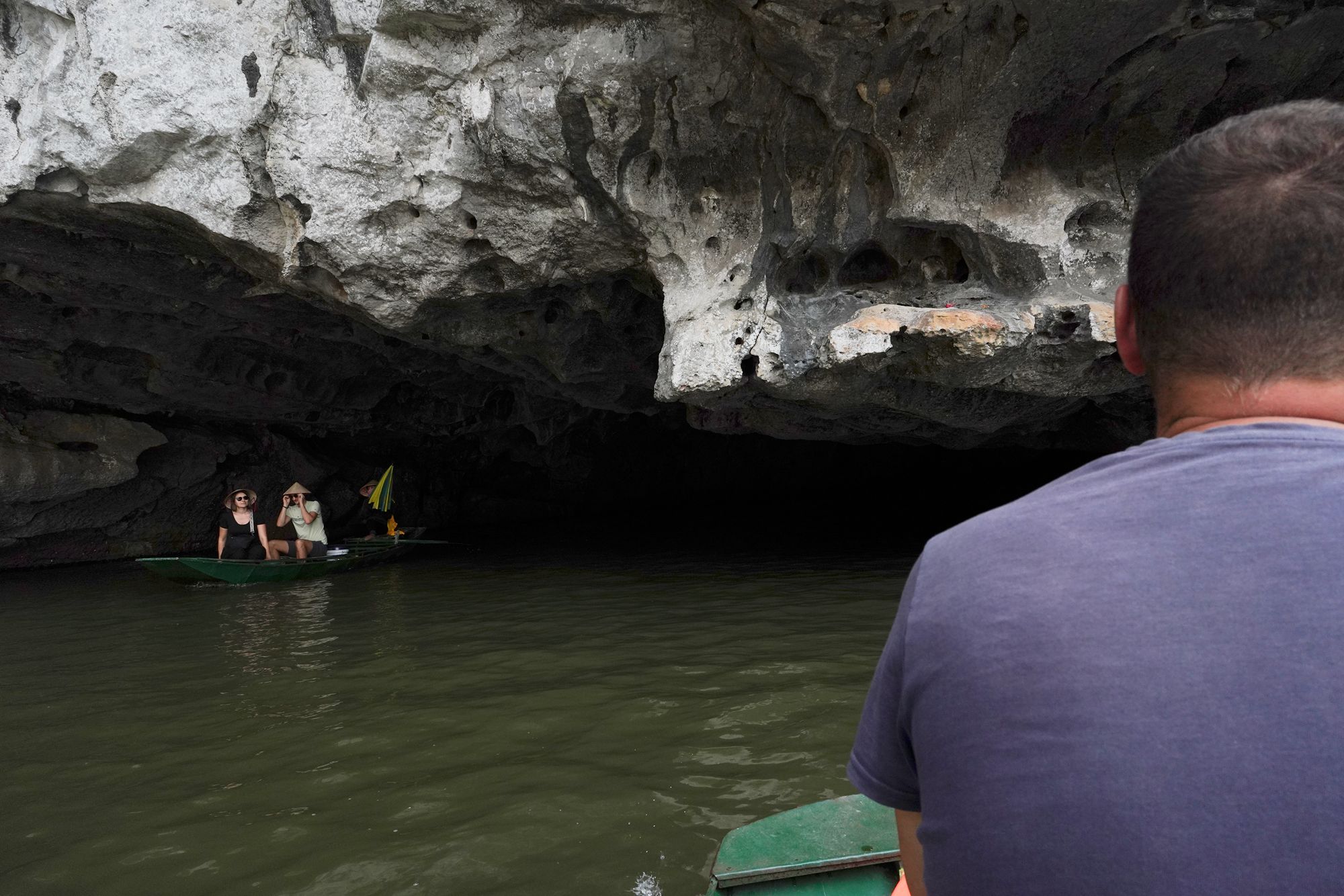
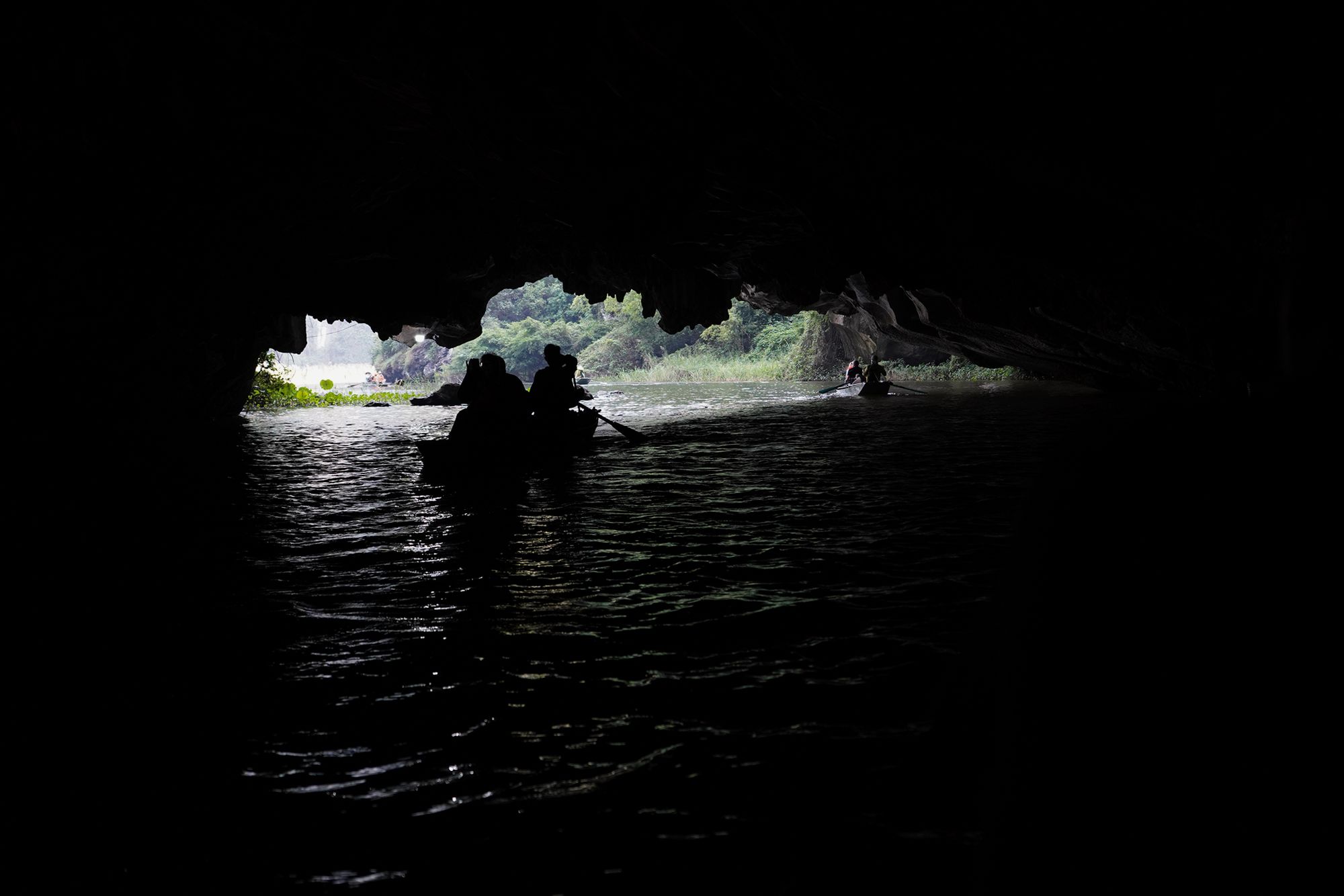
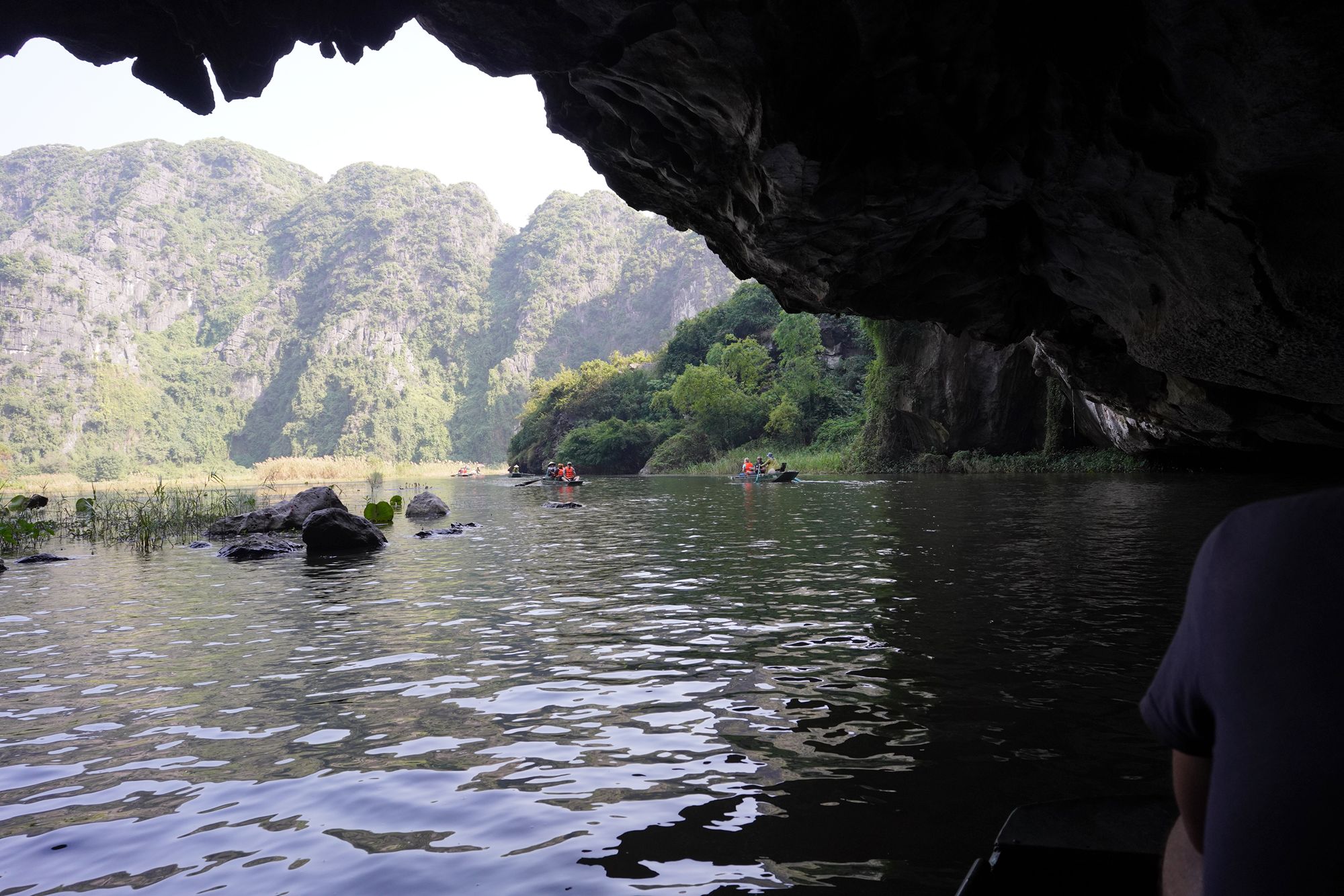
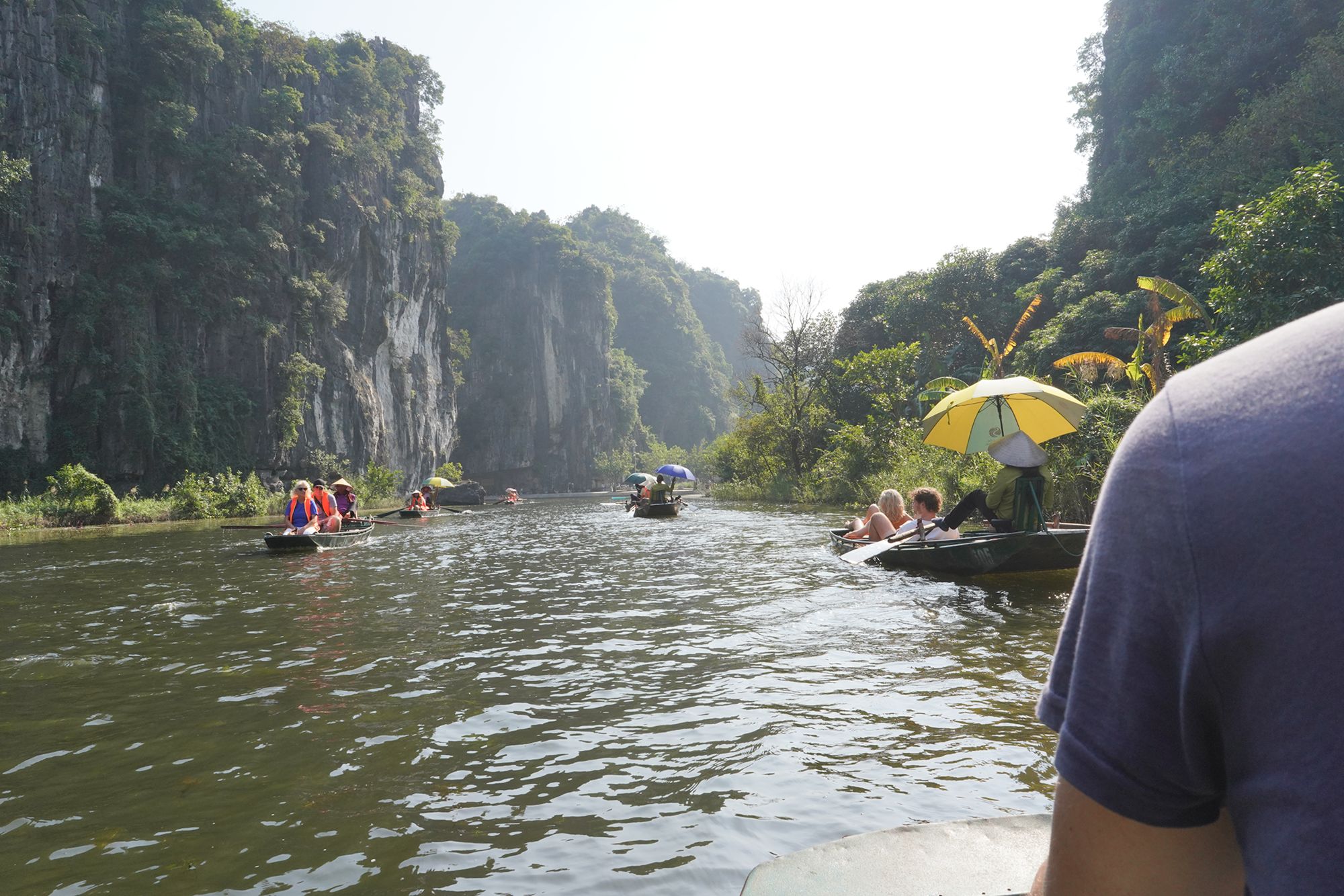
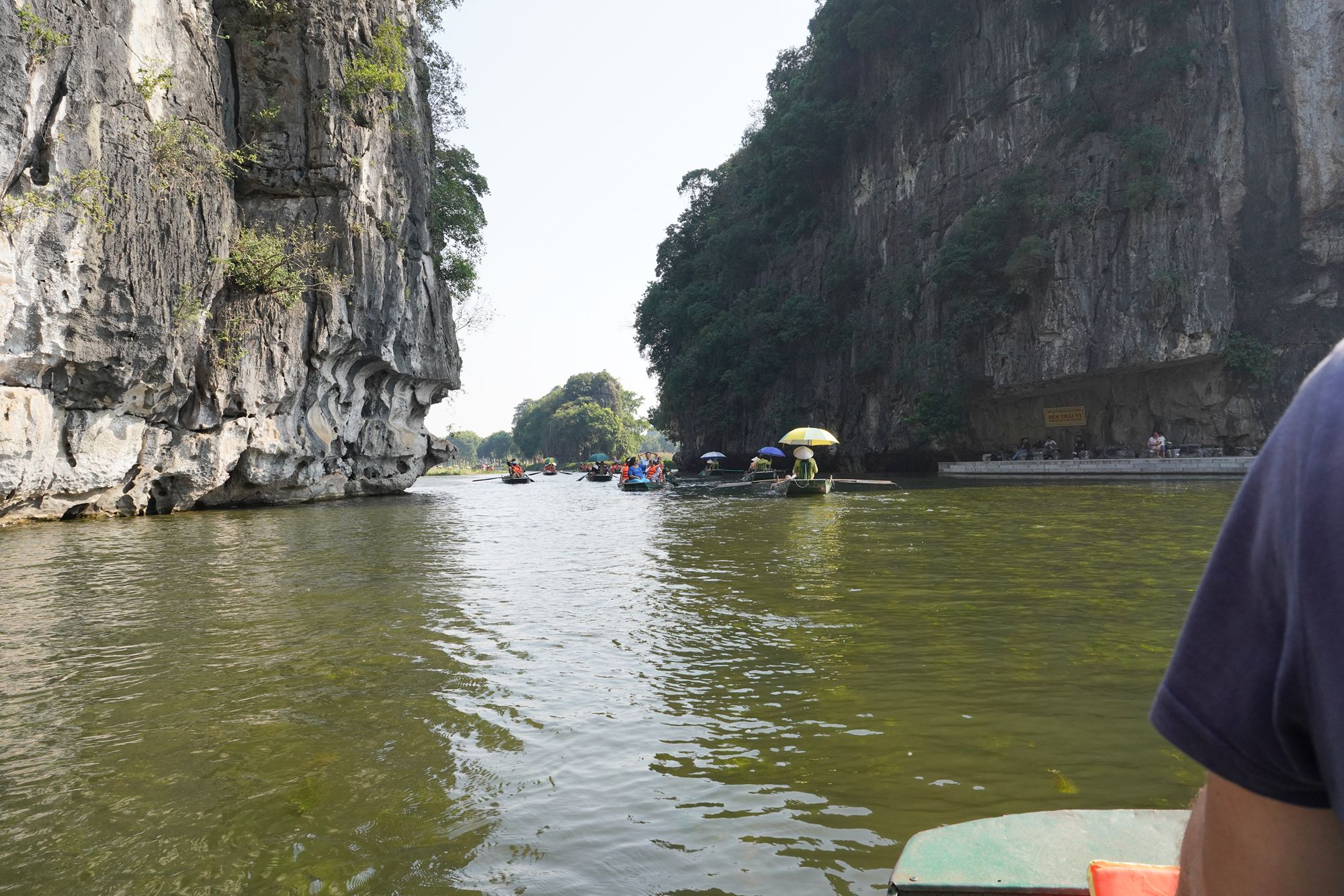
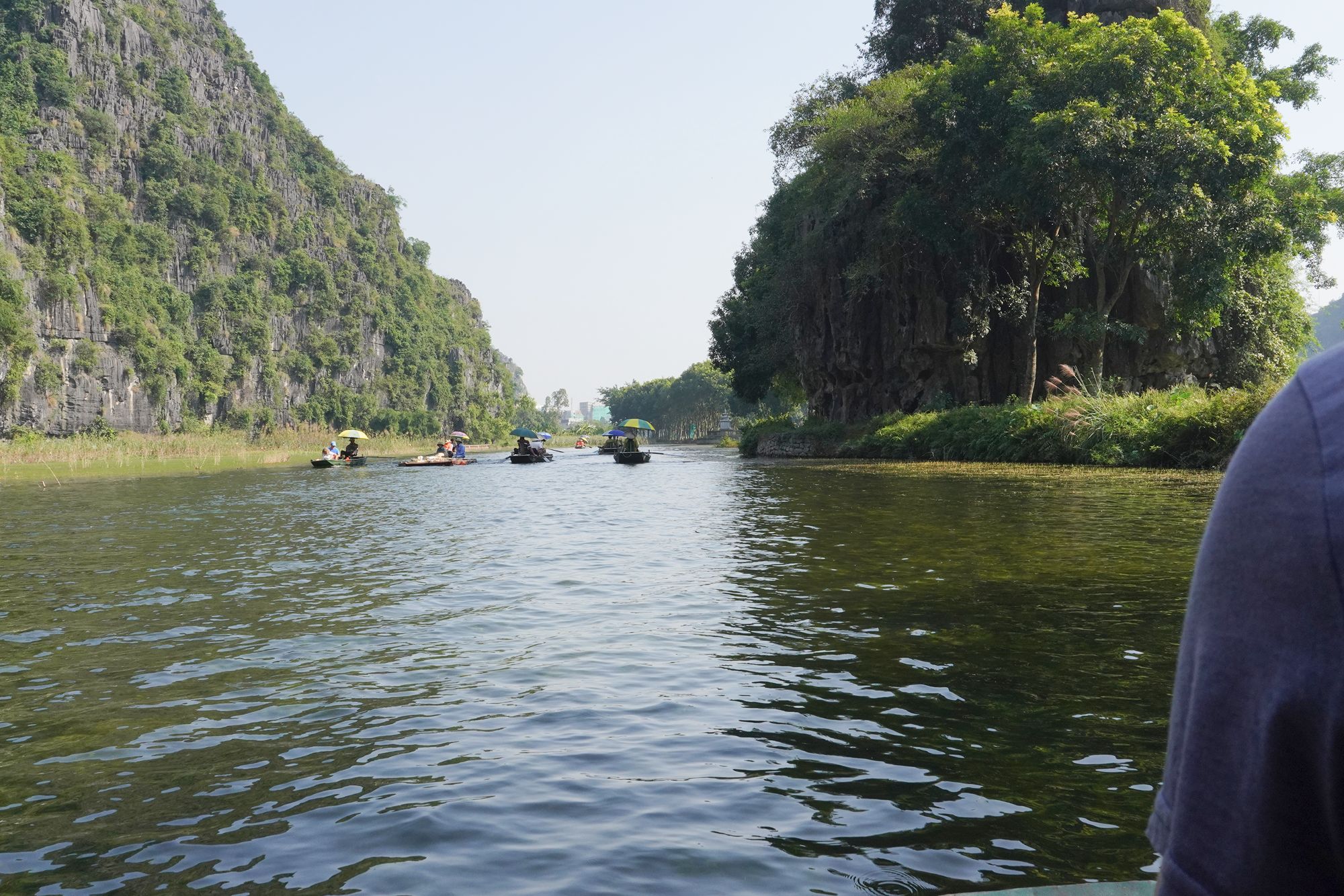
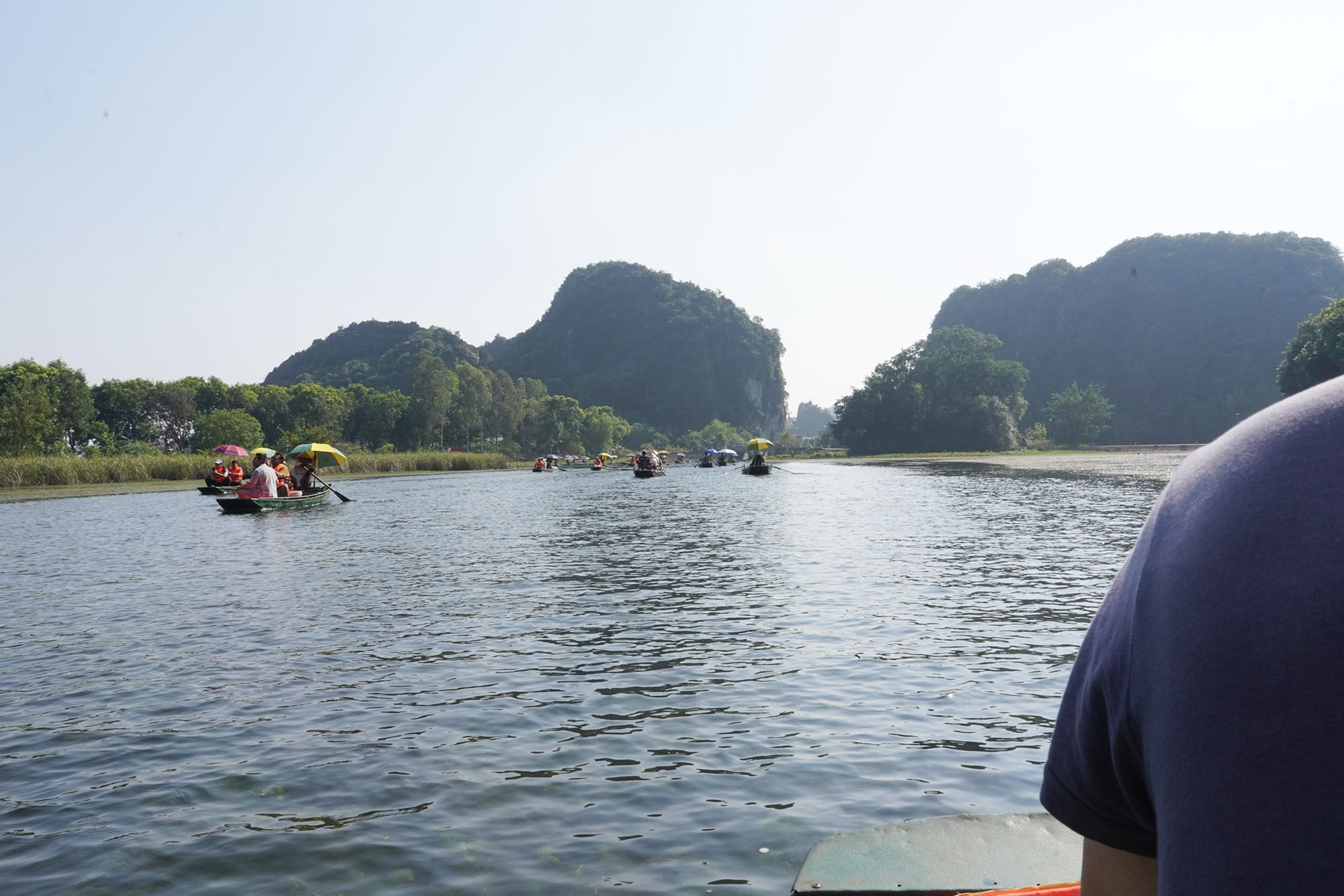
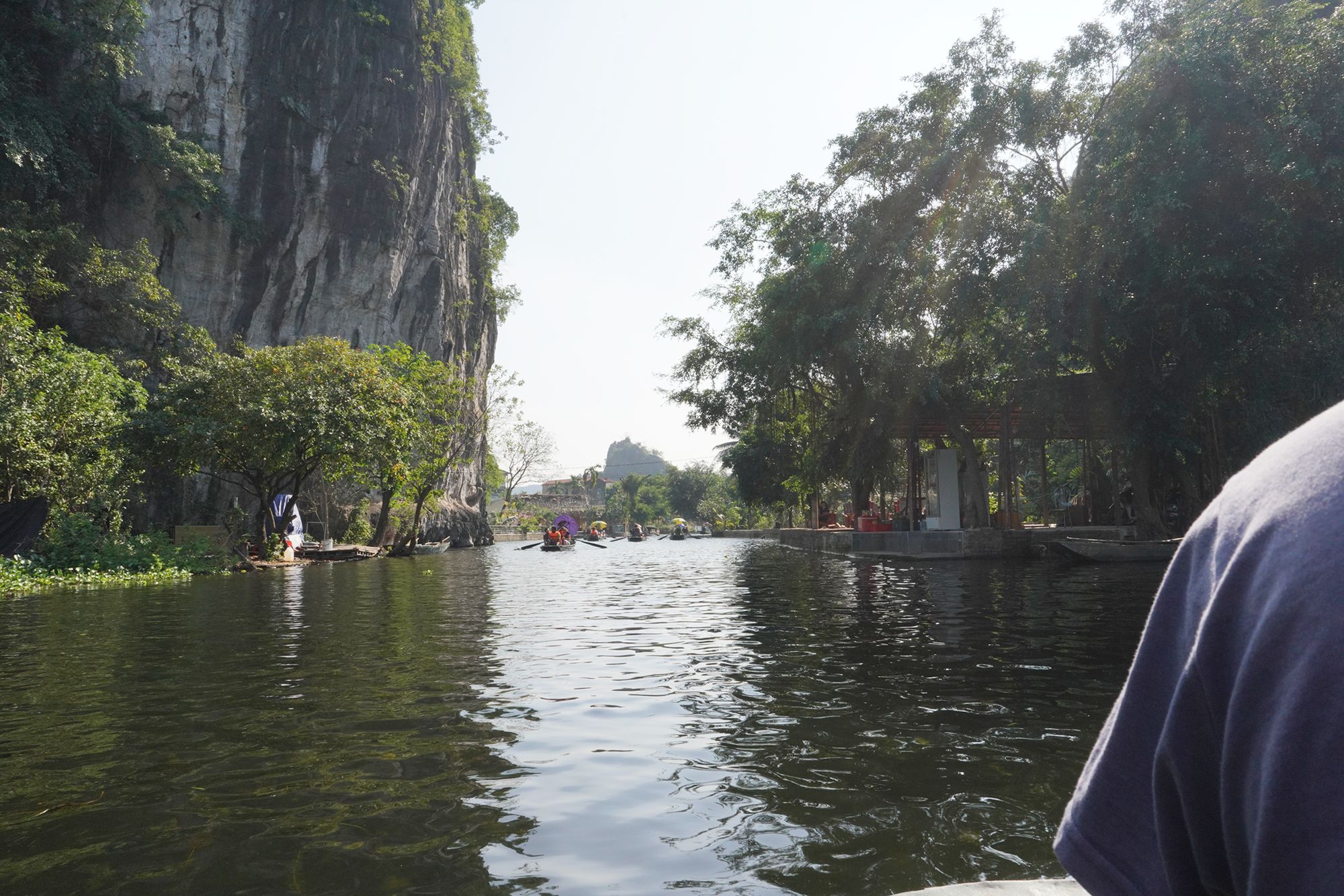
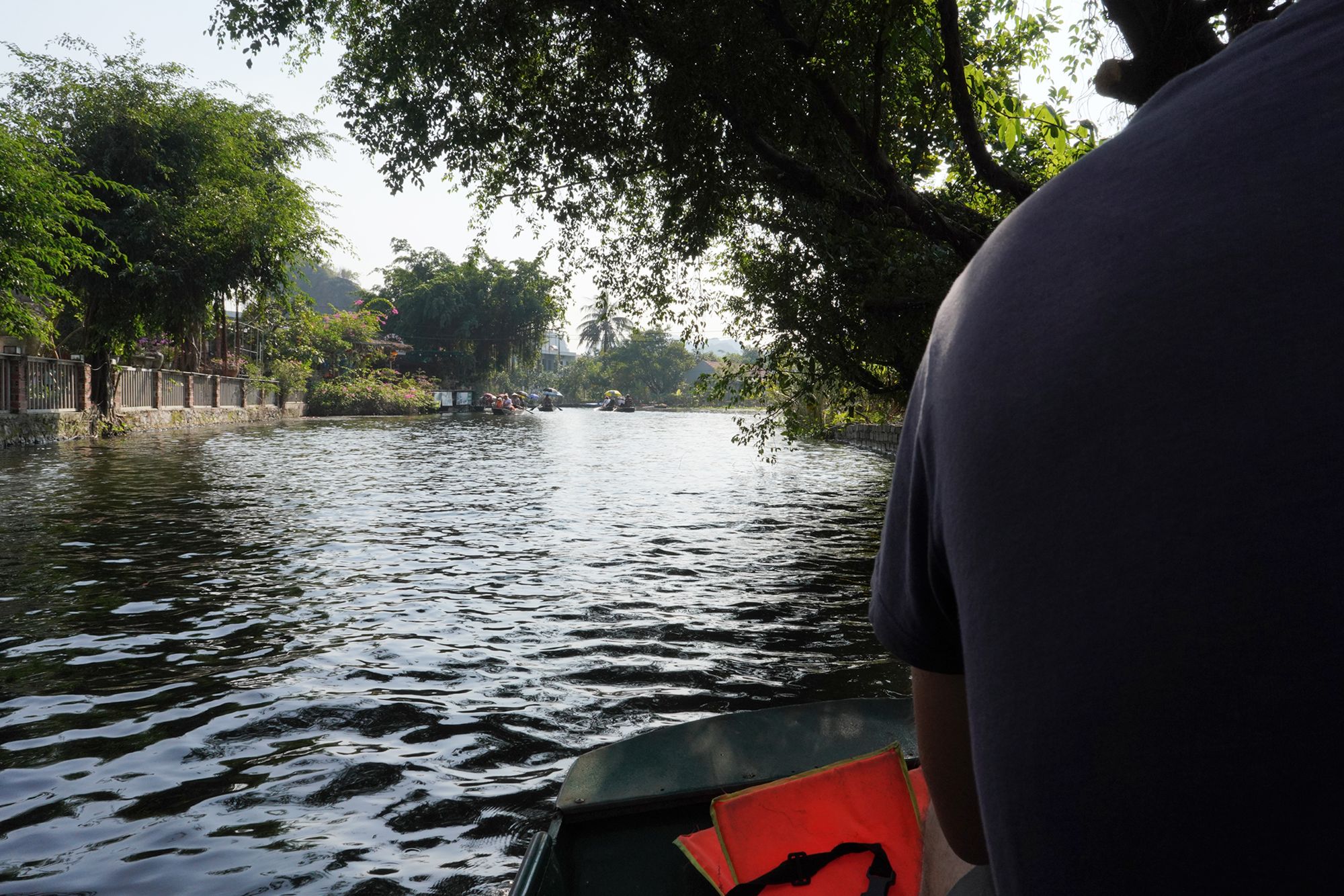
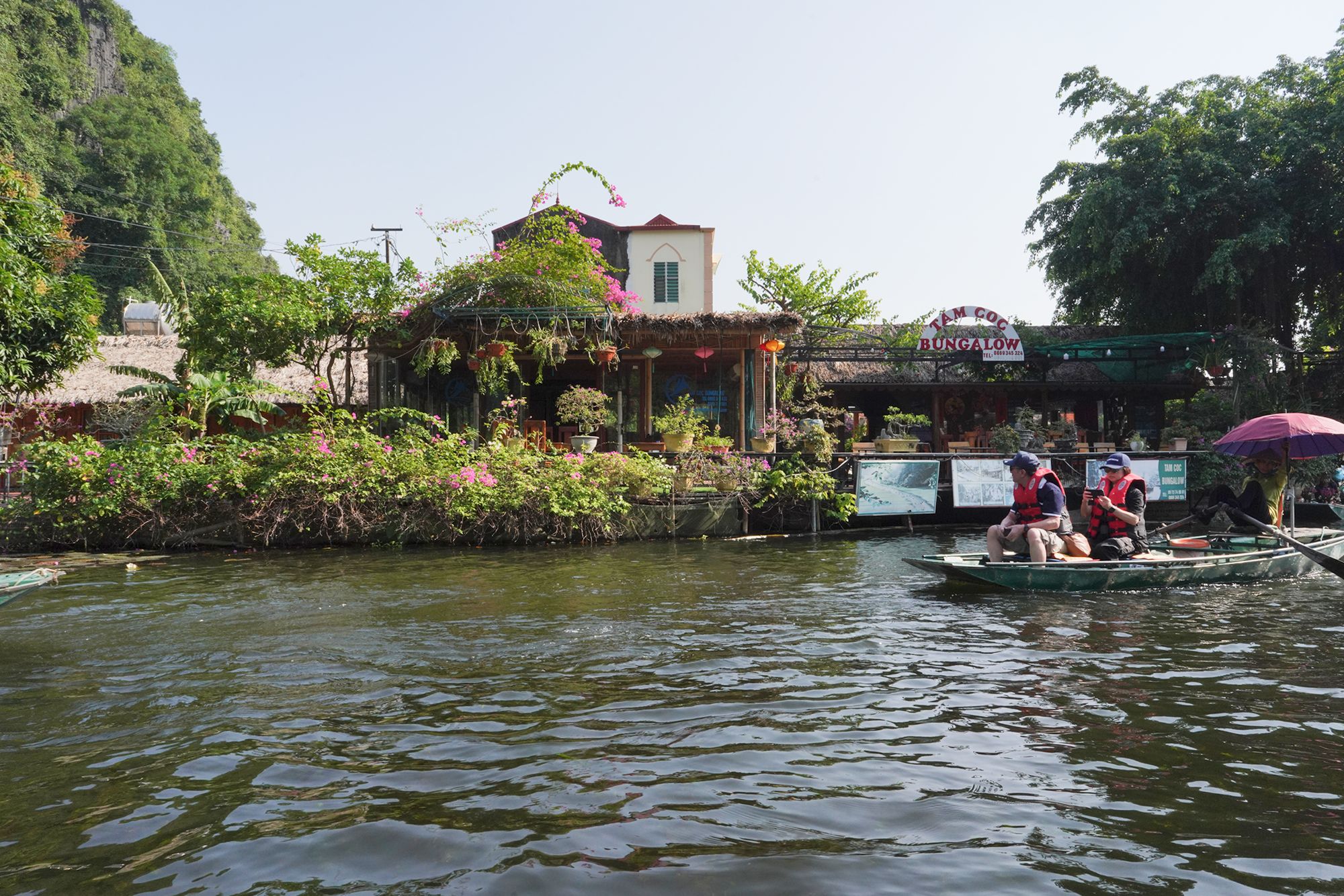
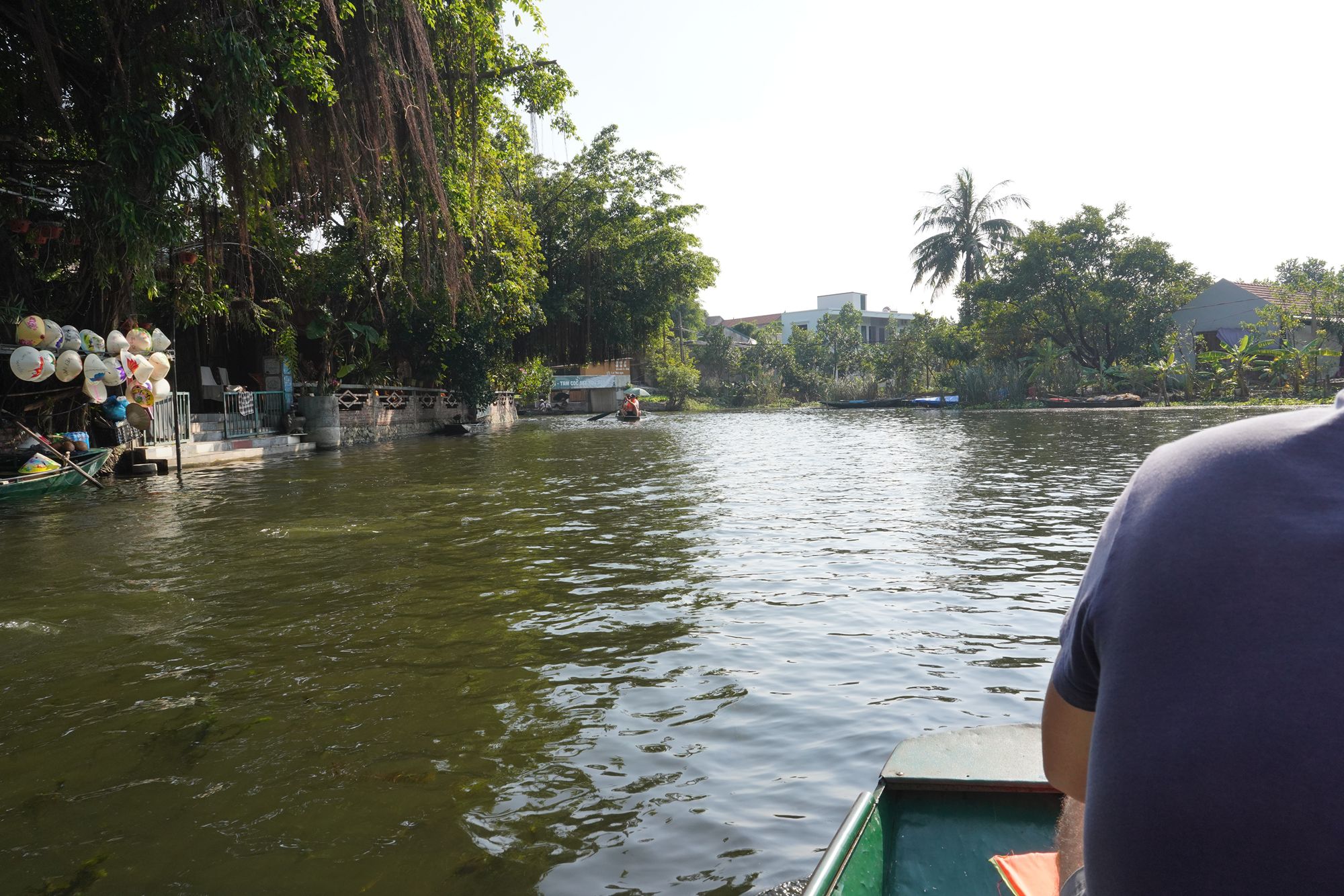
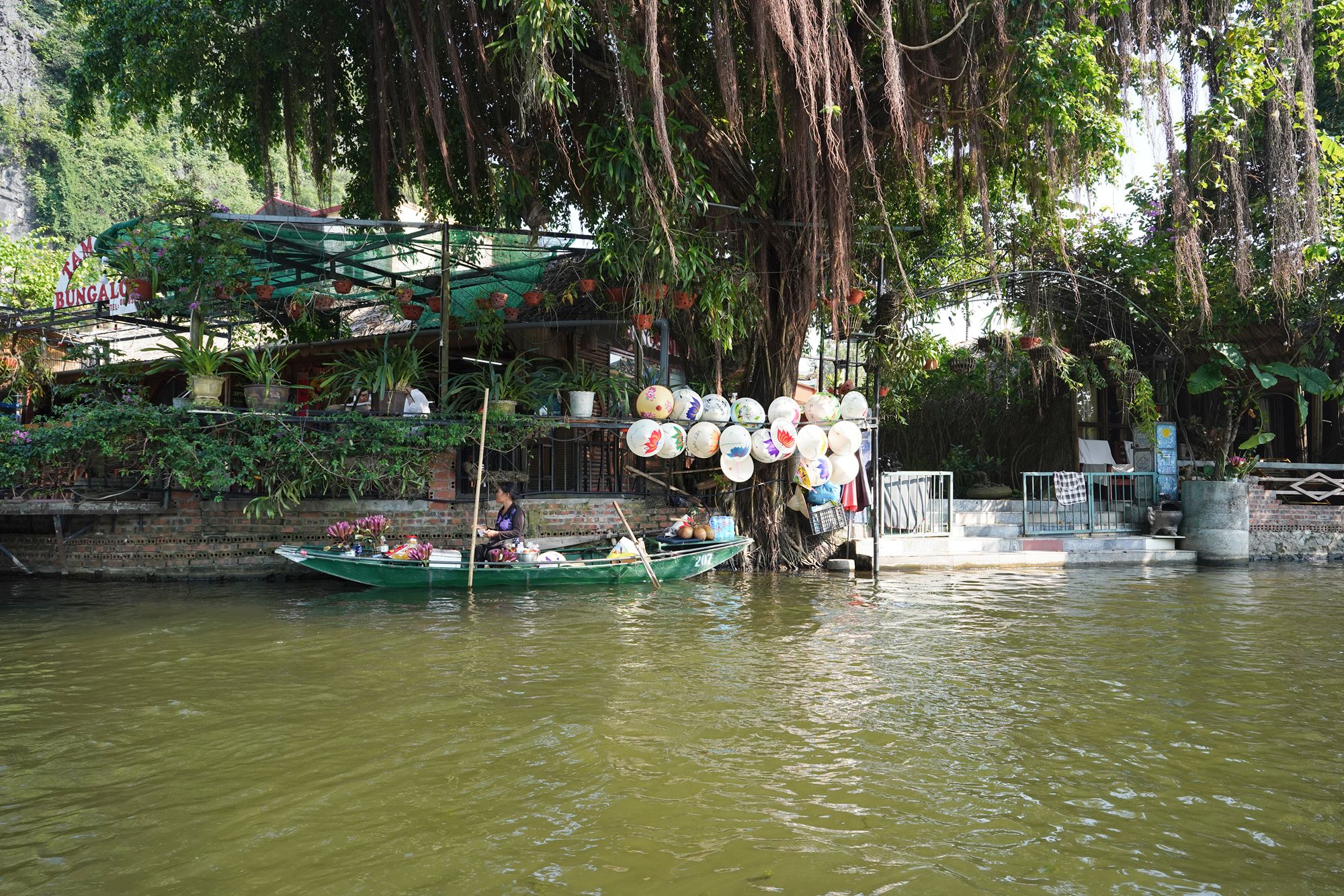
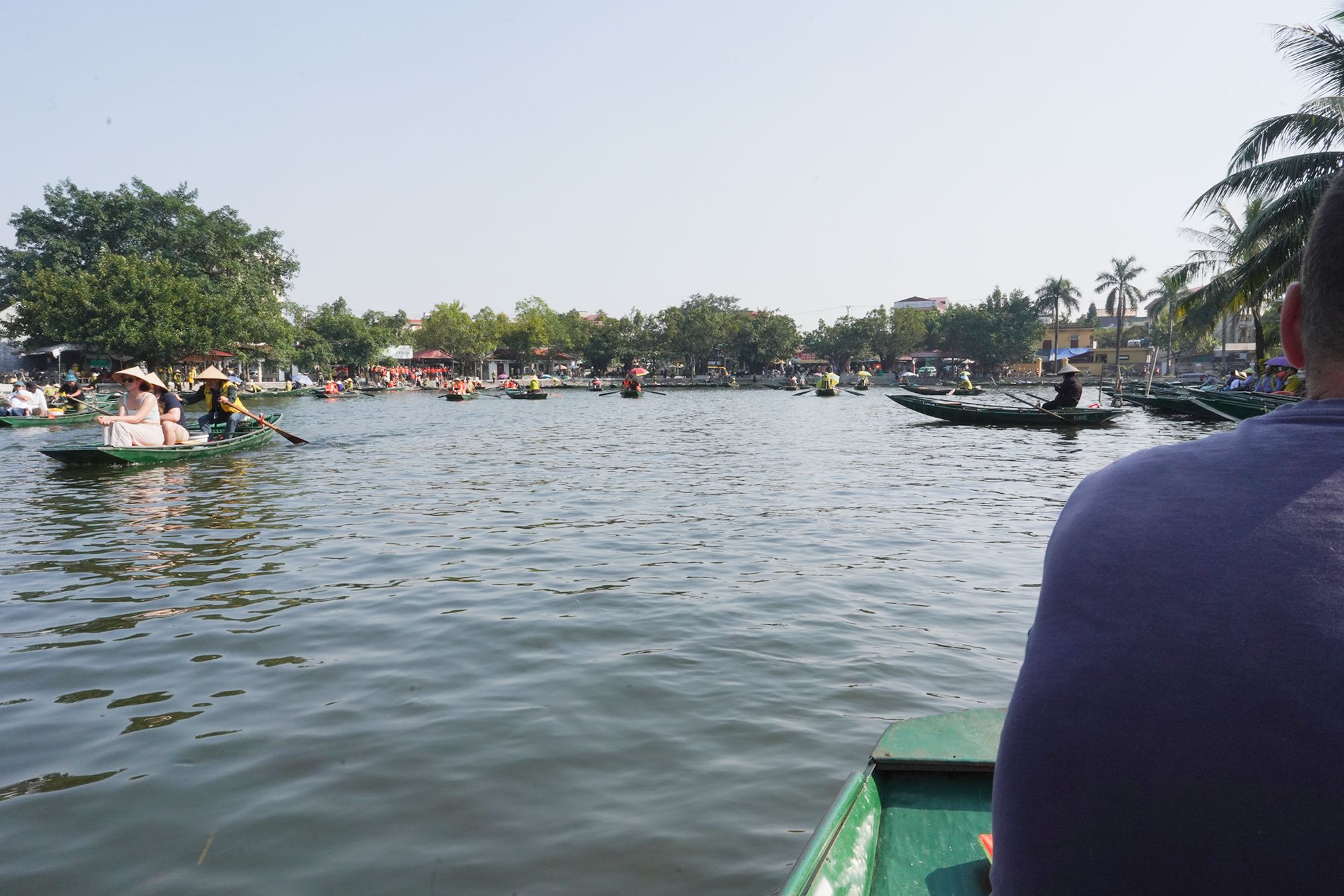
Came back to the starting area
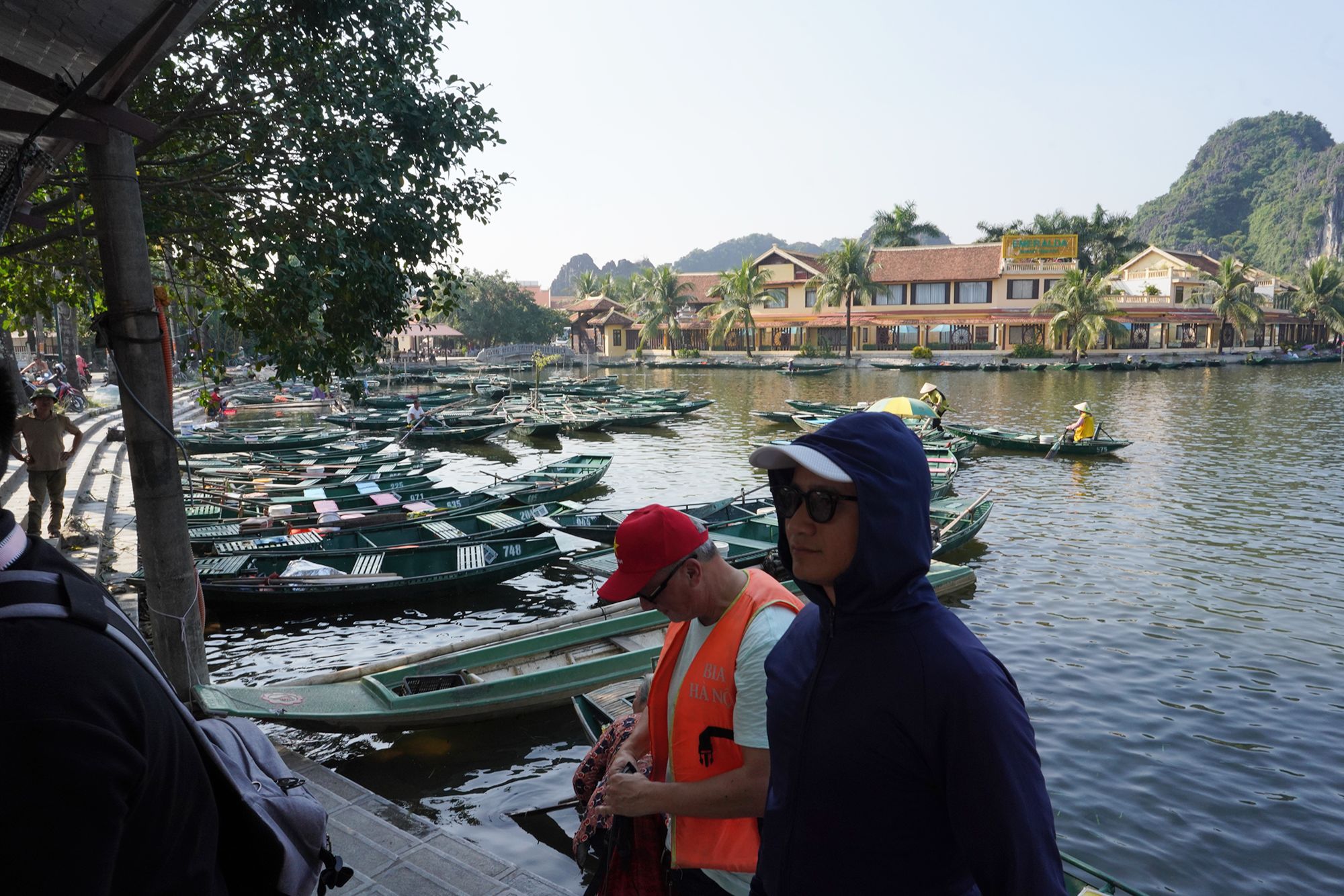
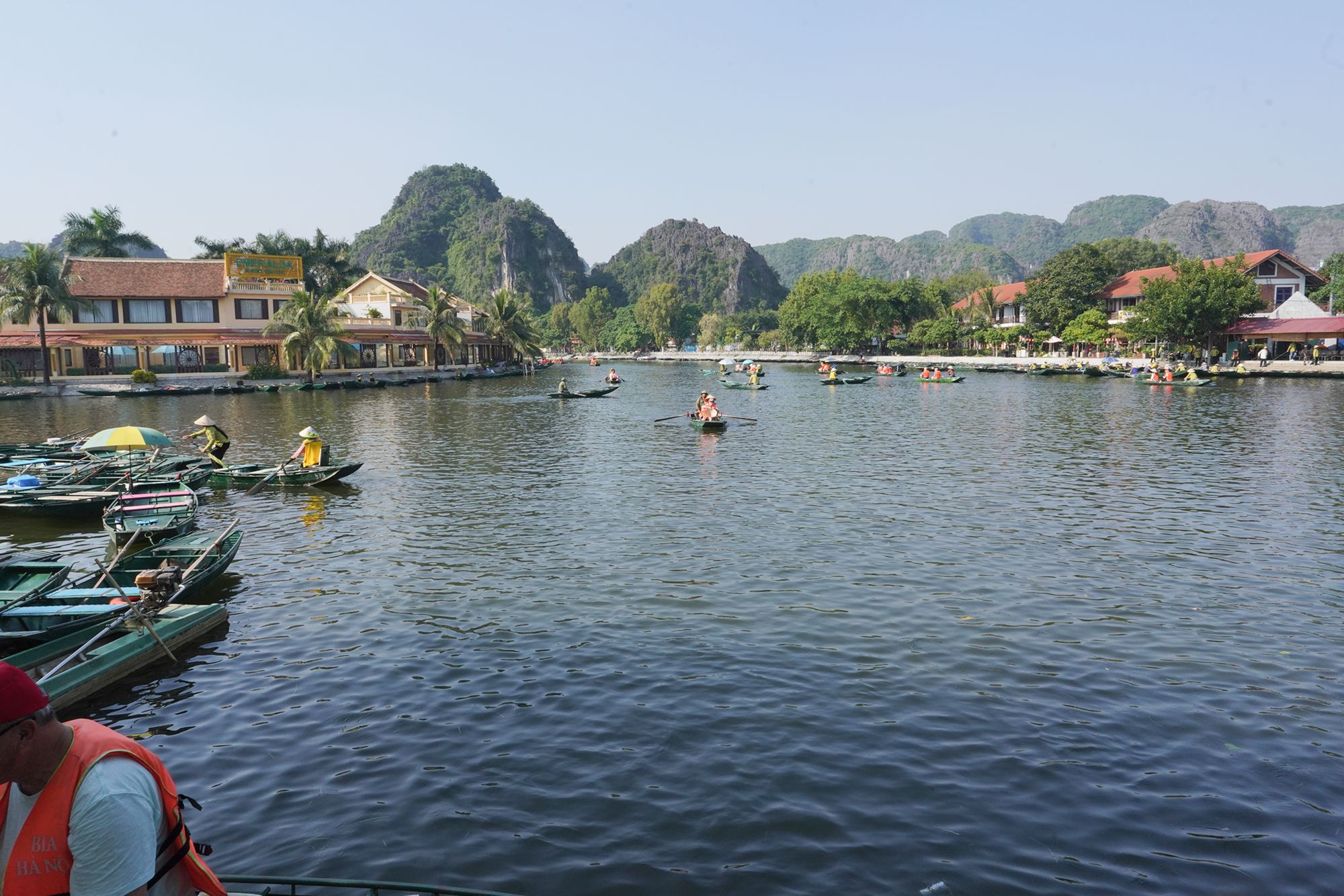
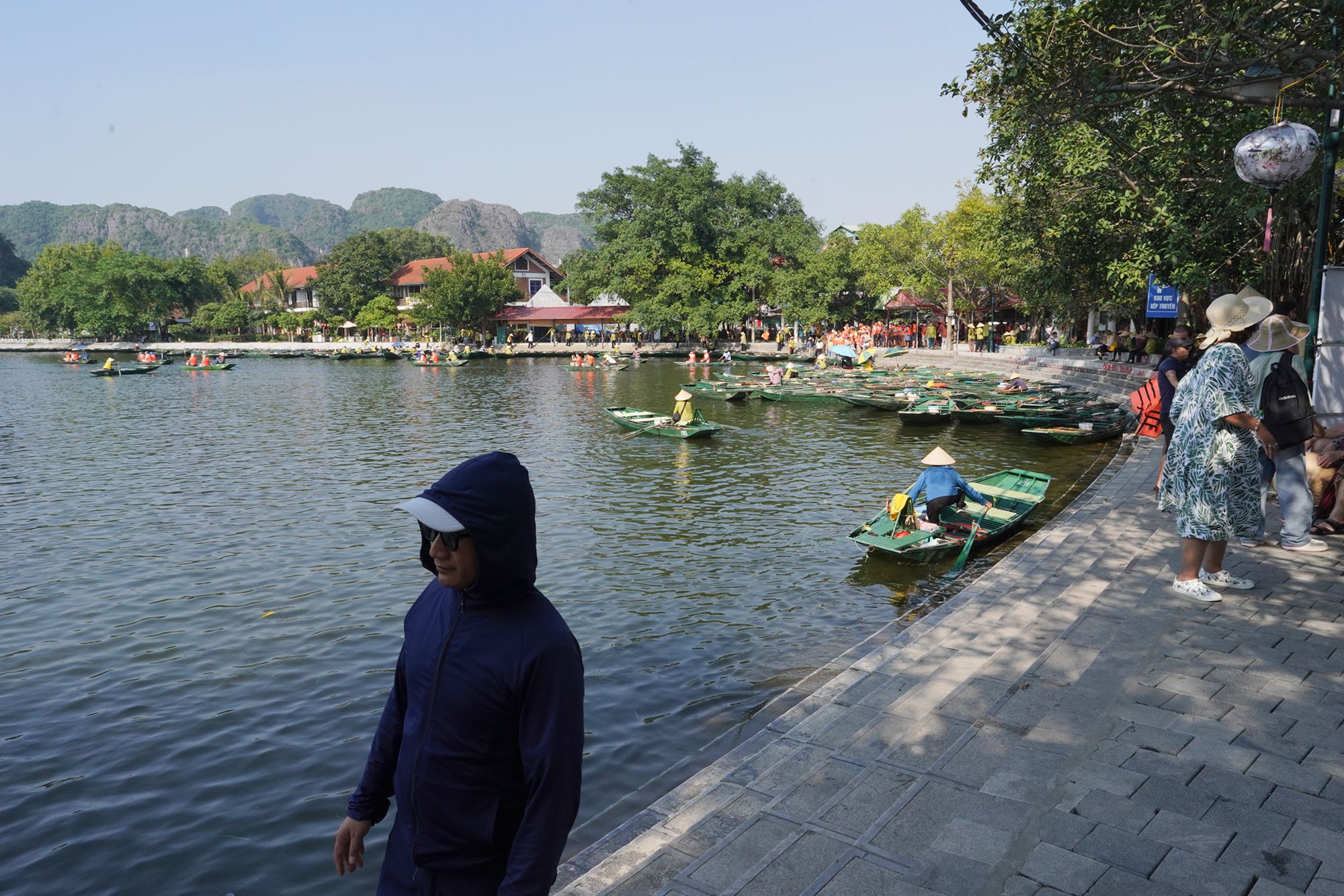
After the boat ride, we took a short bus ride to the area of Mua Cave.
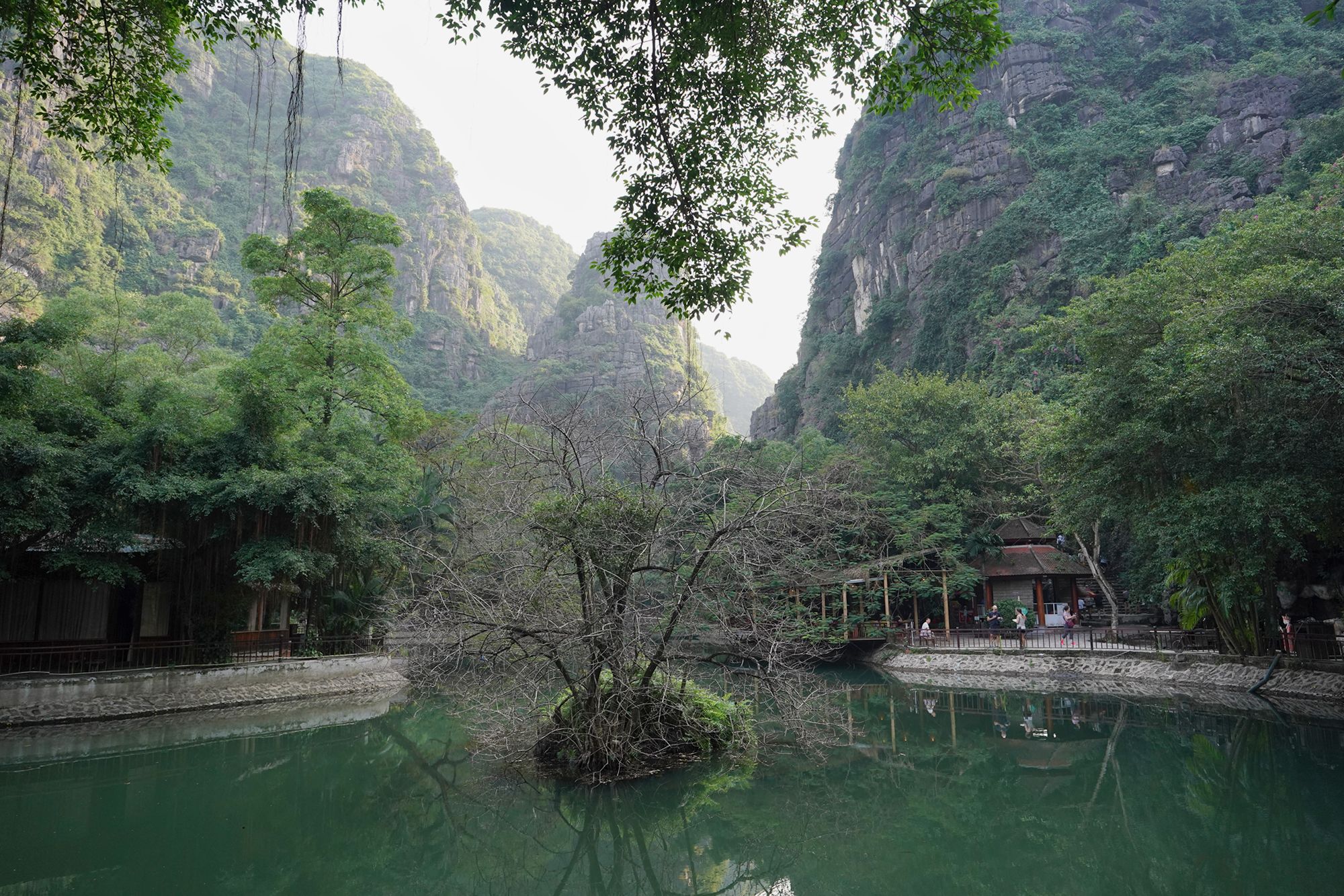
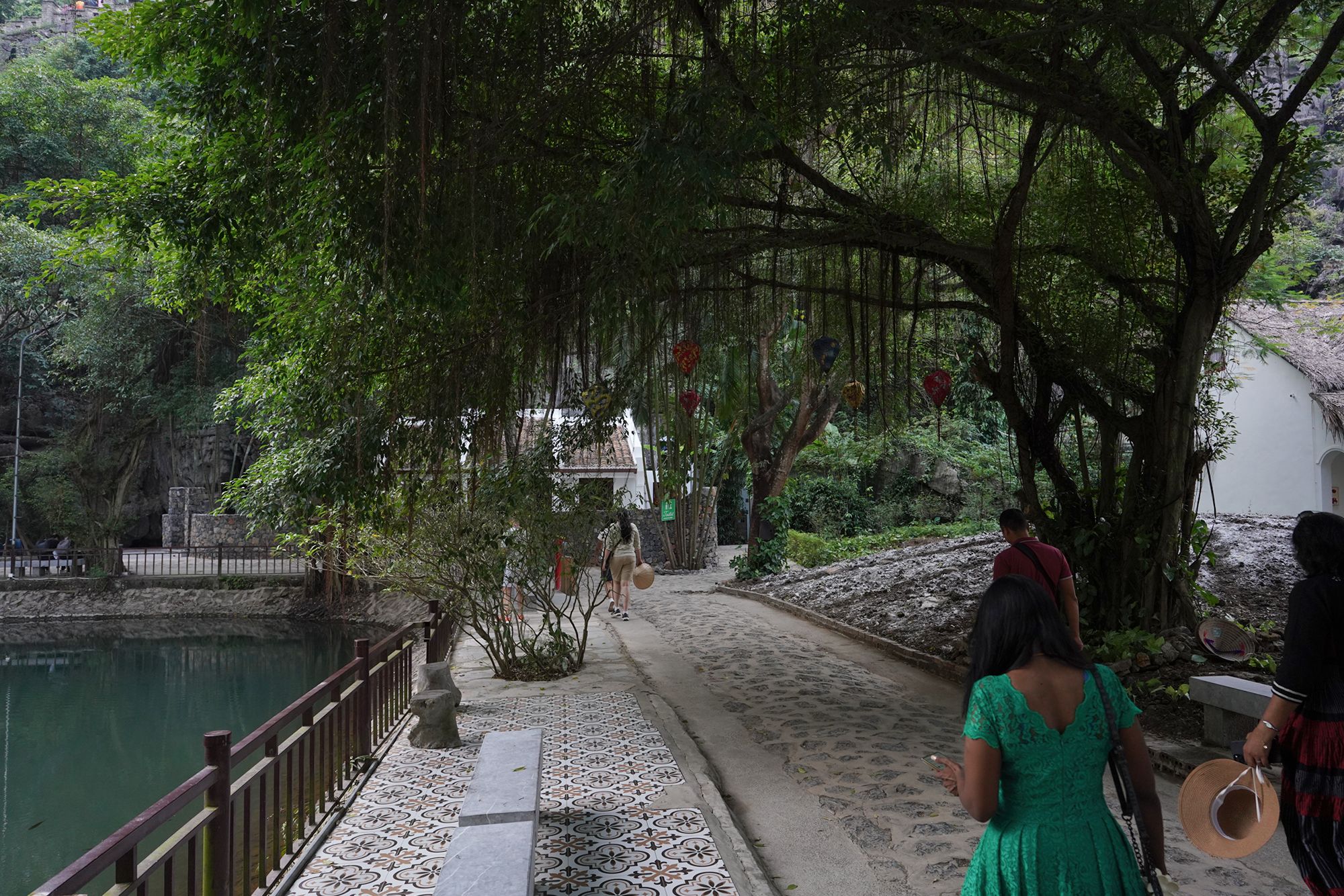
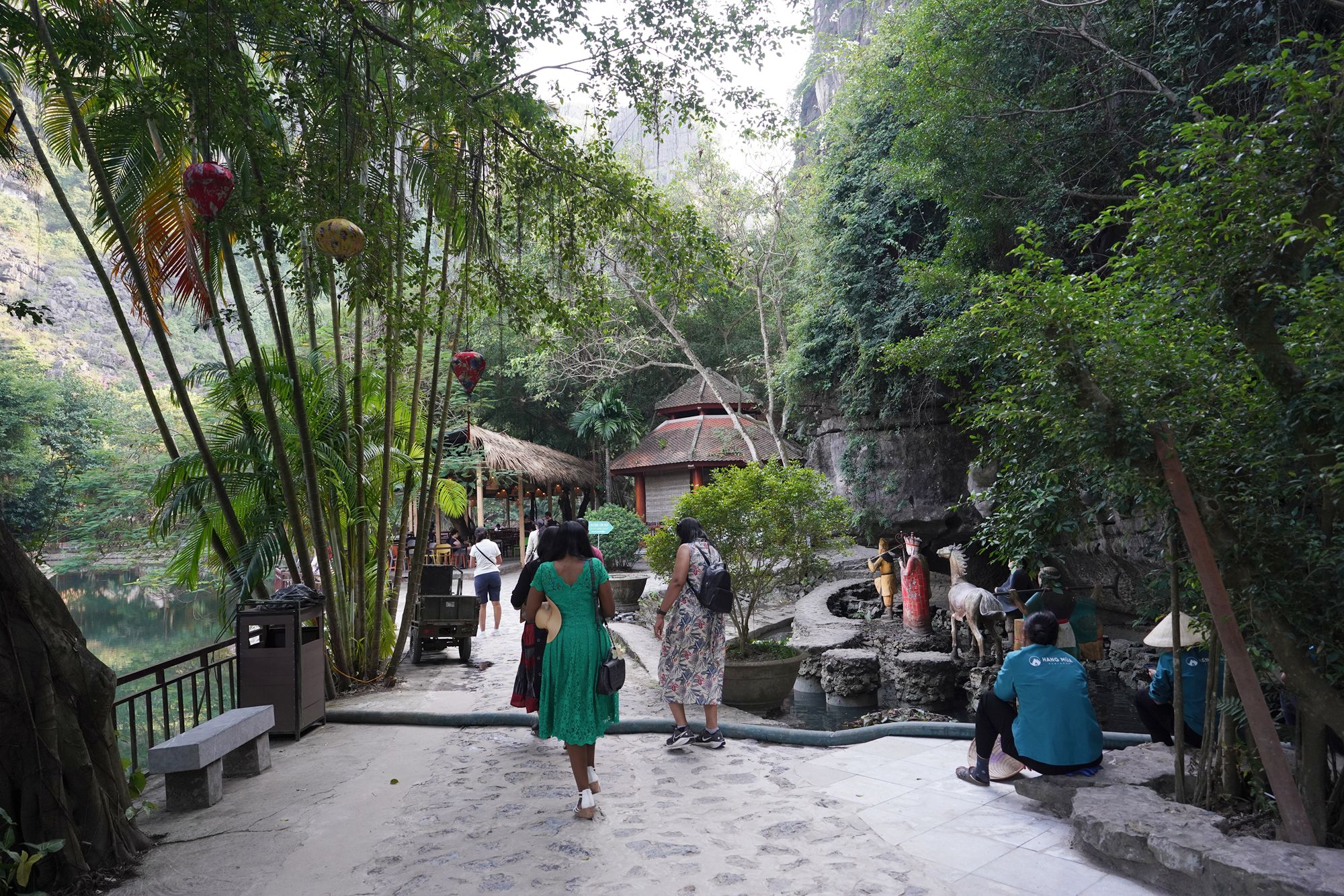
Here, I climbed to the peak of Mua Cave to get a panoramic view of Tam Coc and the surrounding countryside.
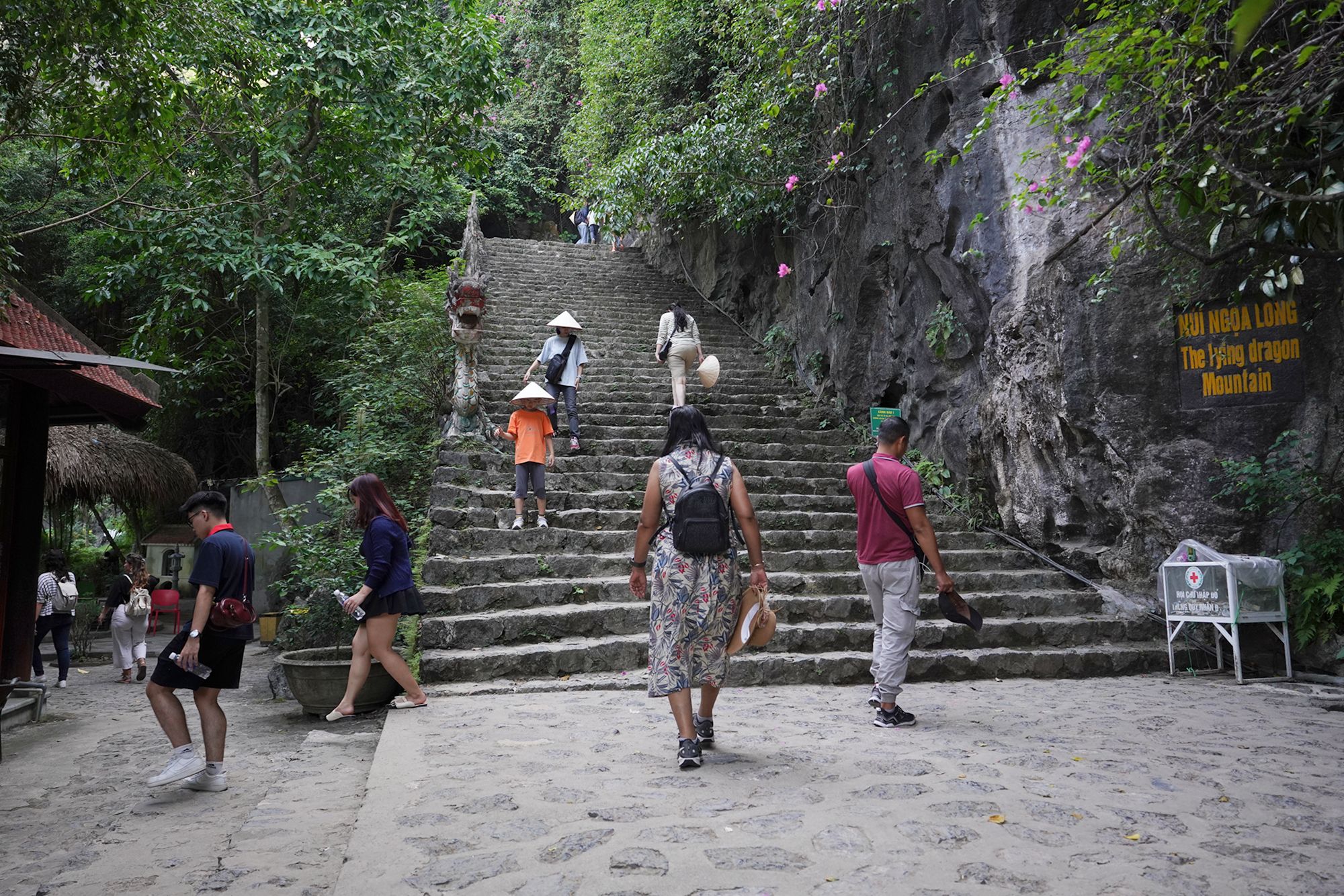
The climb involves about 500 steps, but the beautiful view at the top is well worth the effort for those who can.
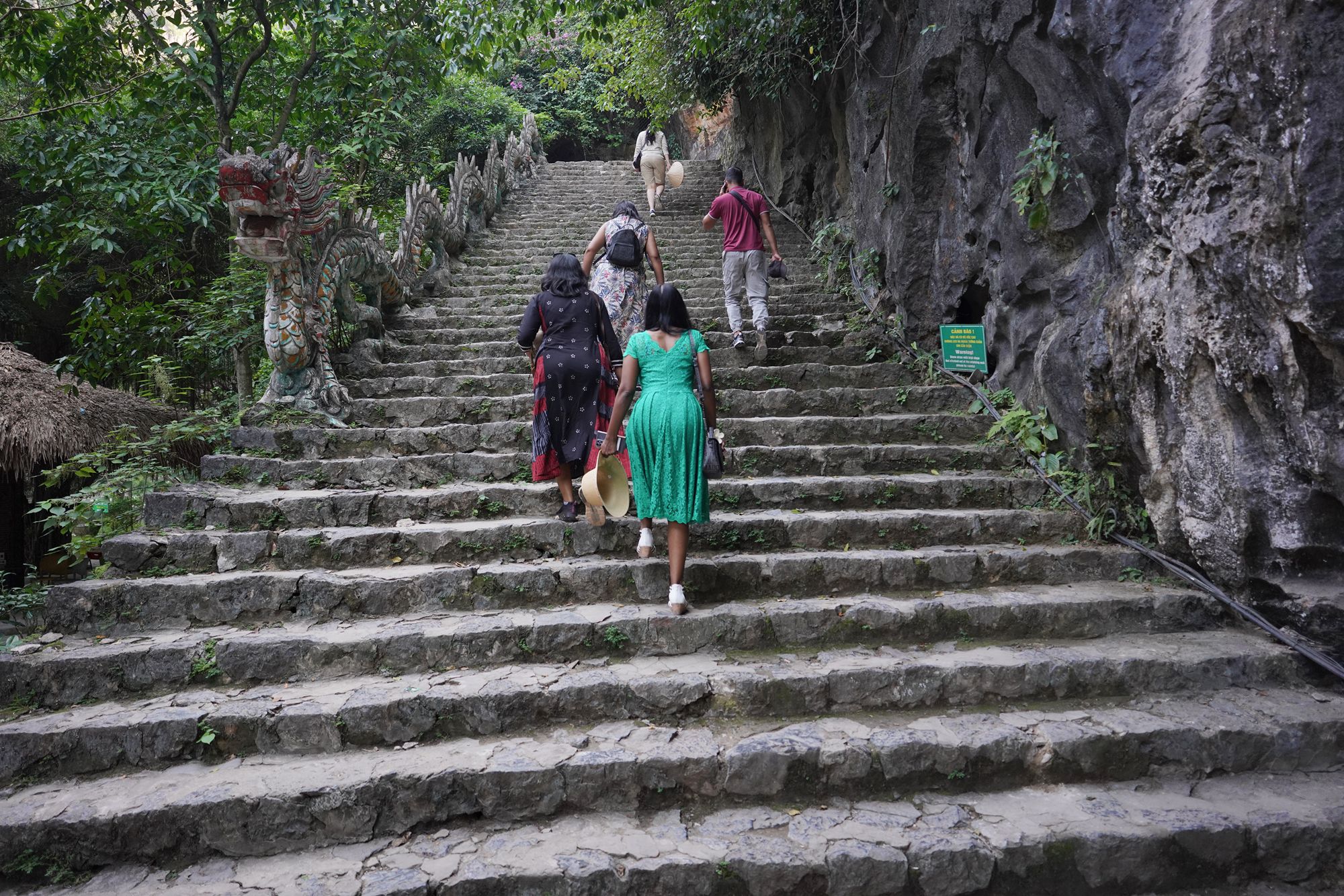
Back side
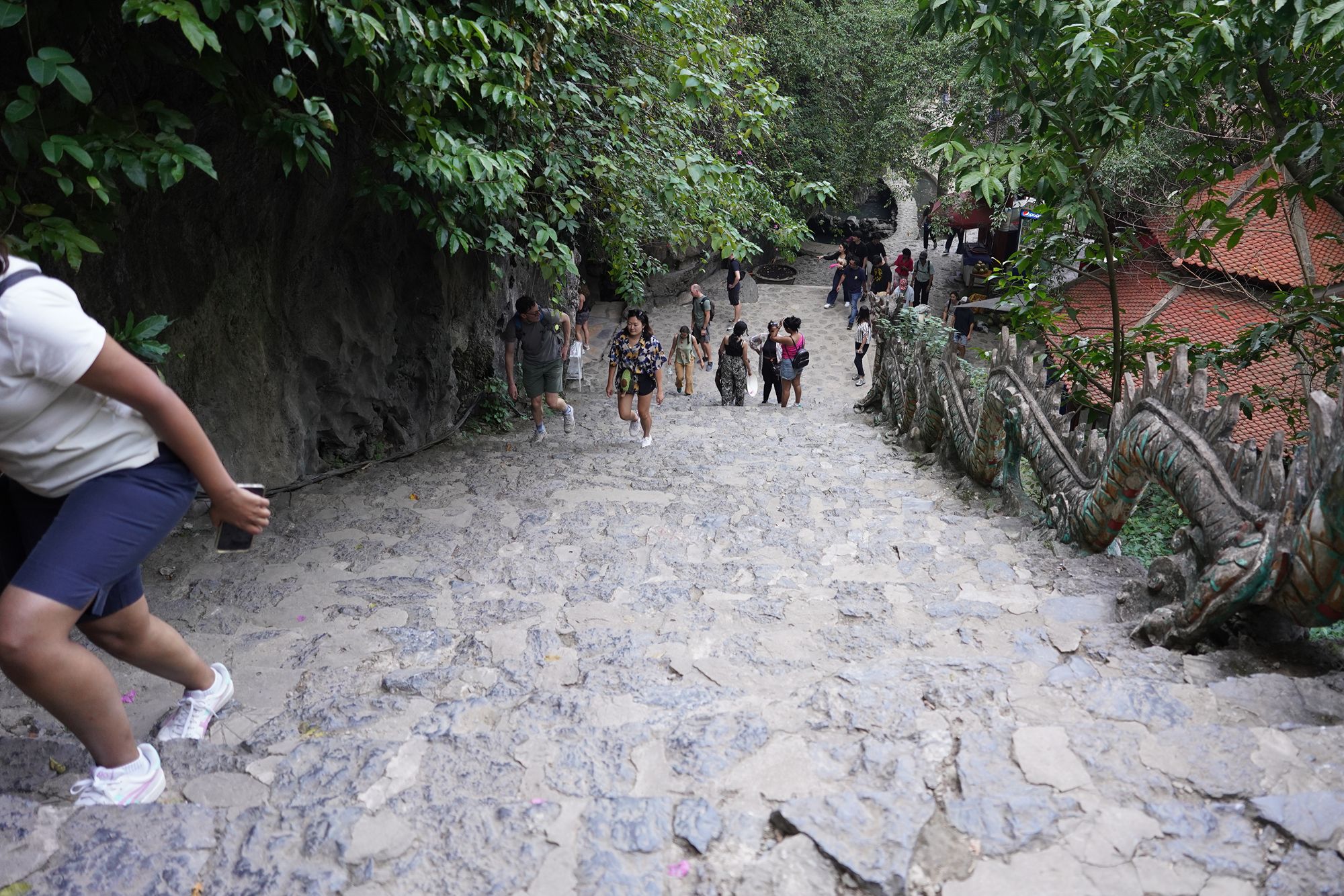
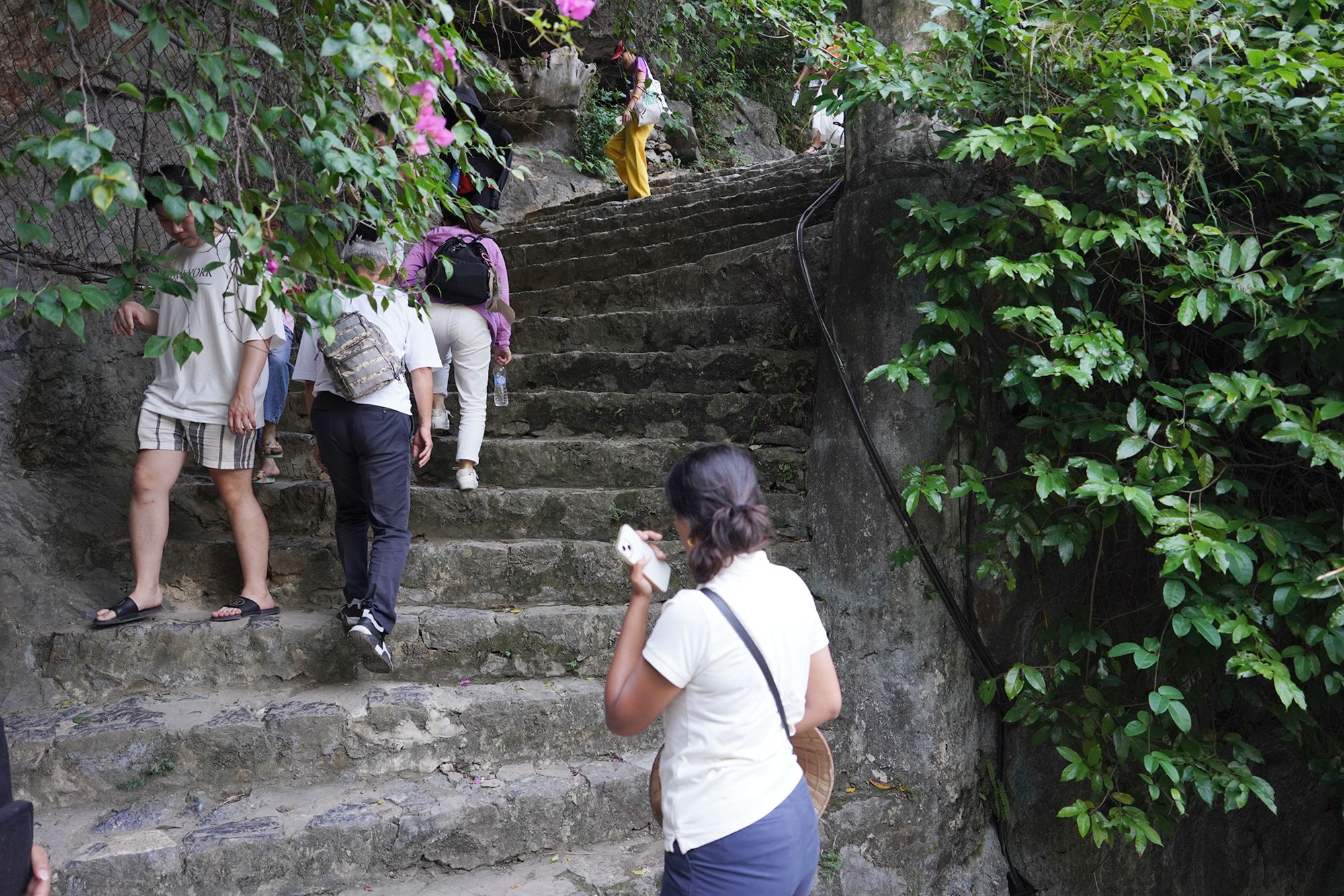
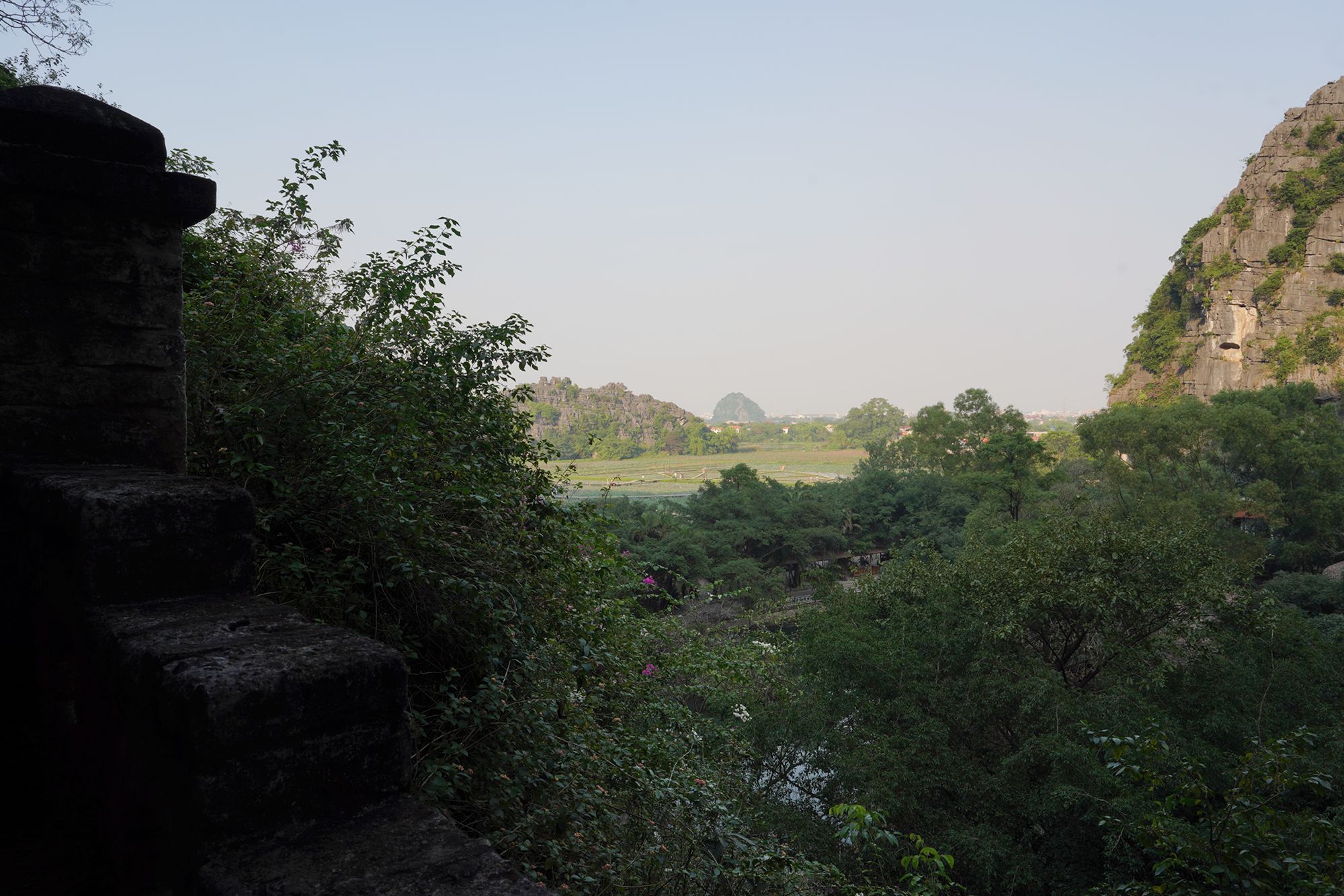
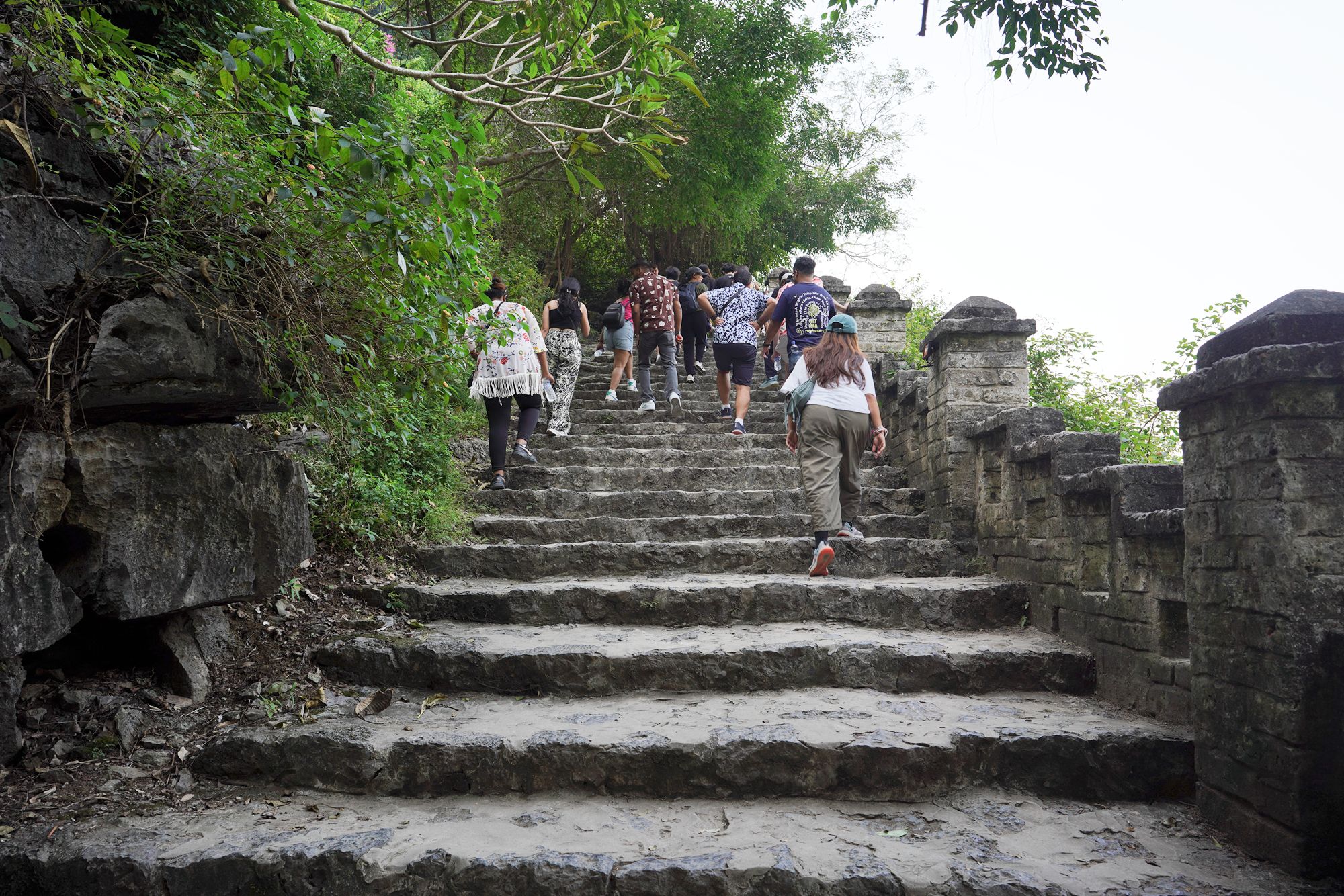
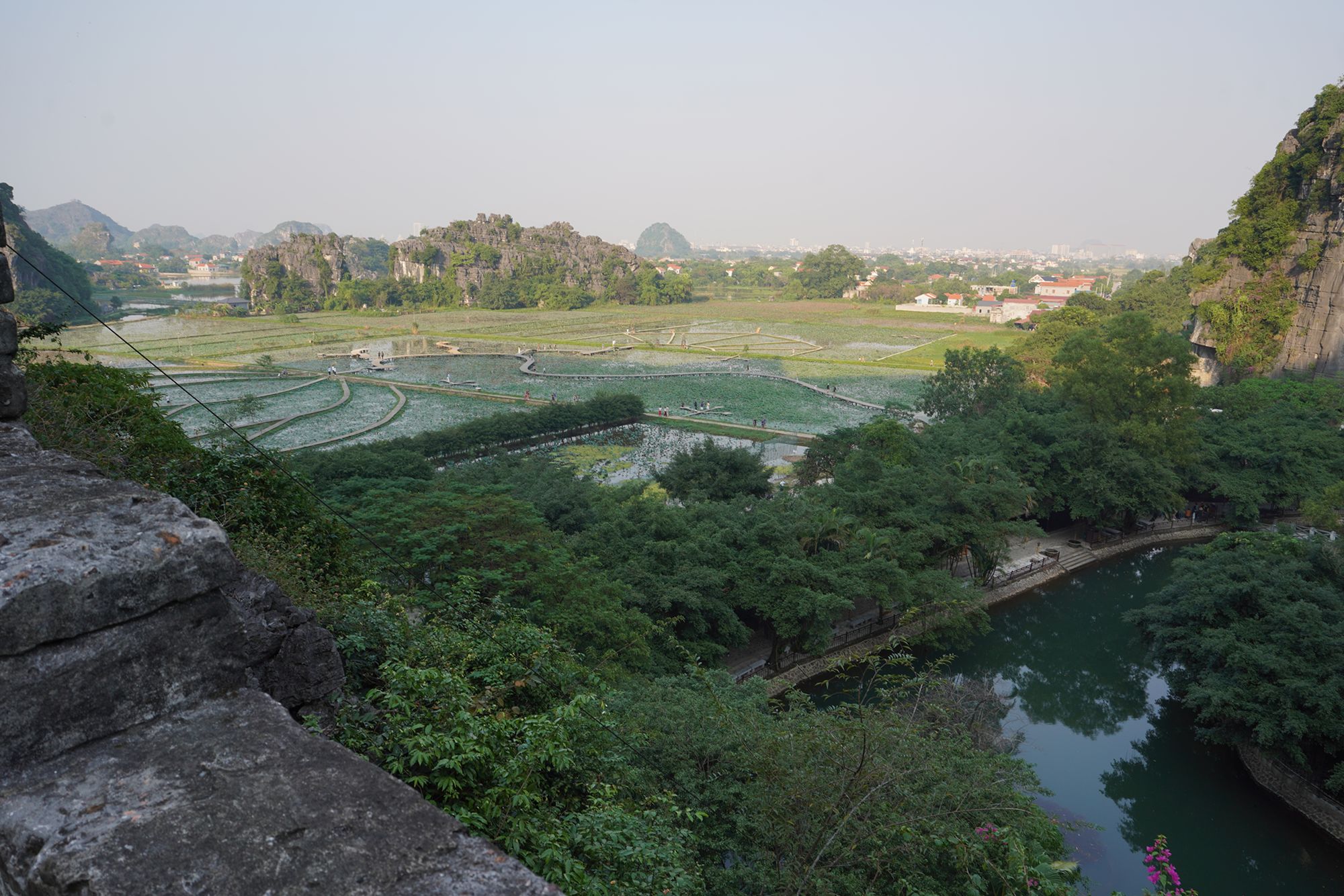
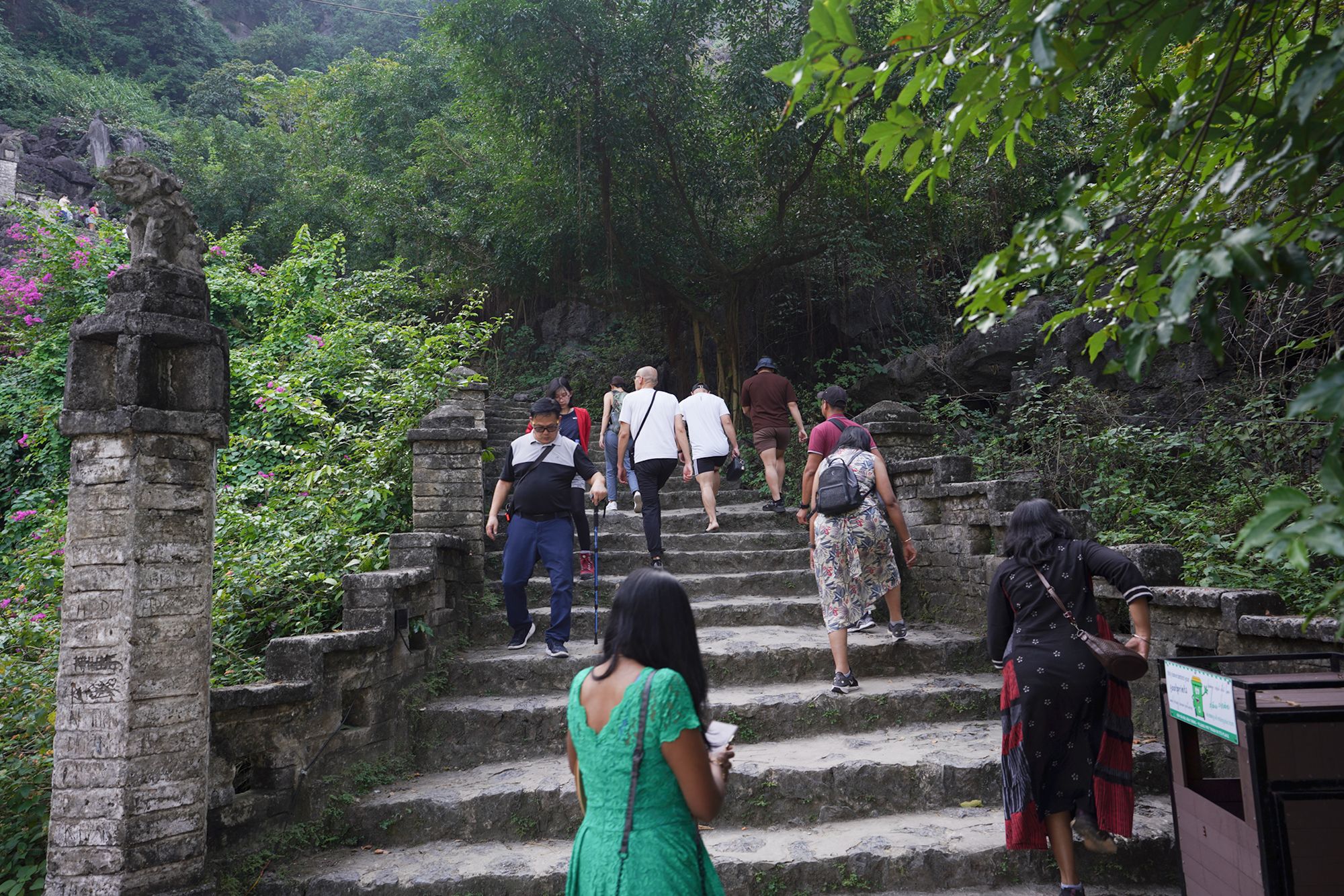
Back side
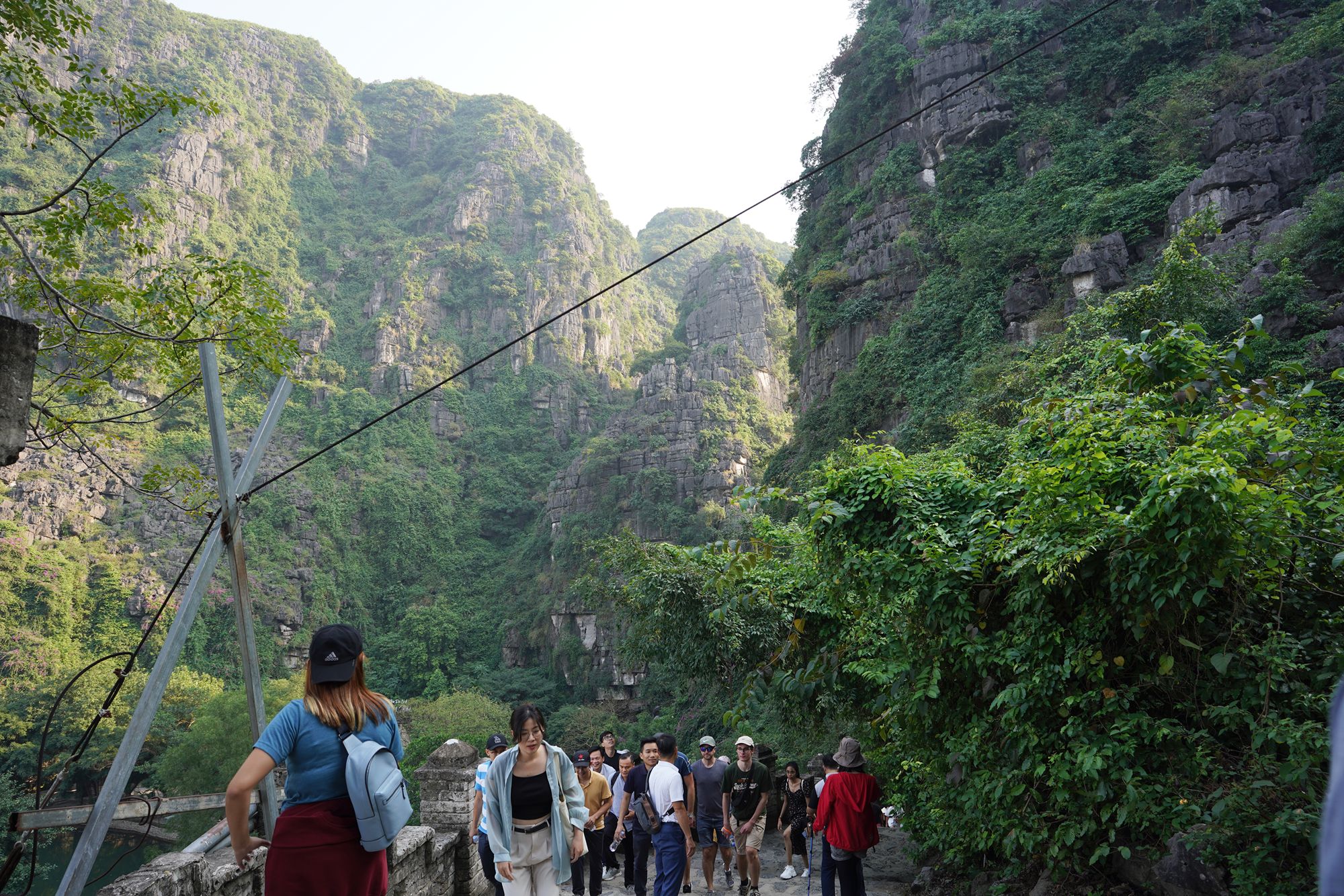
Back side
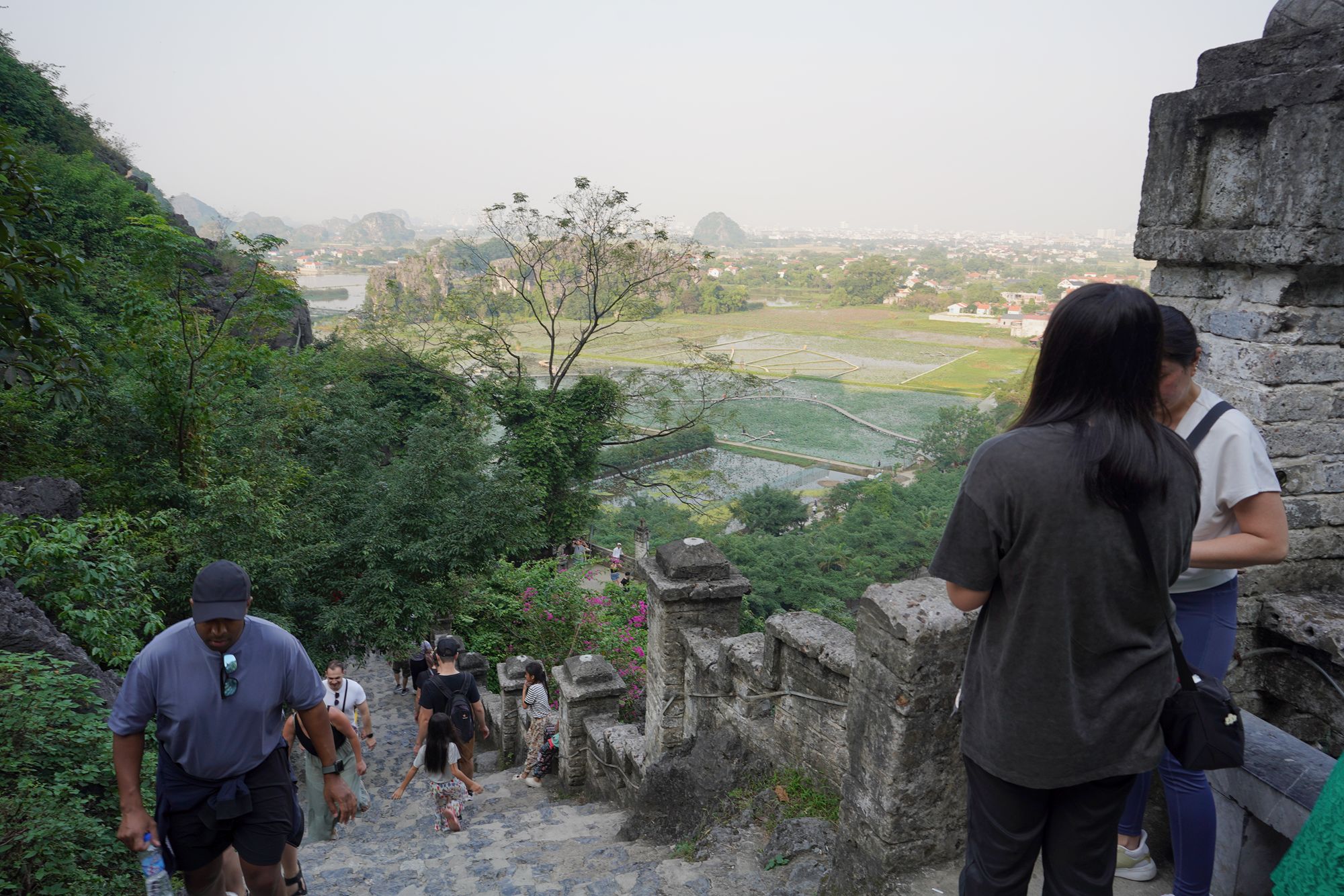
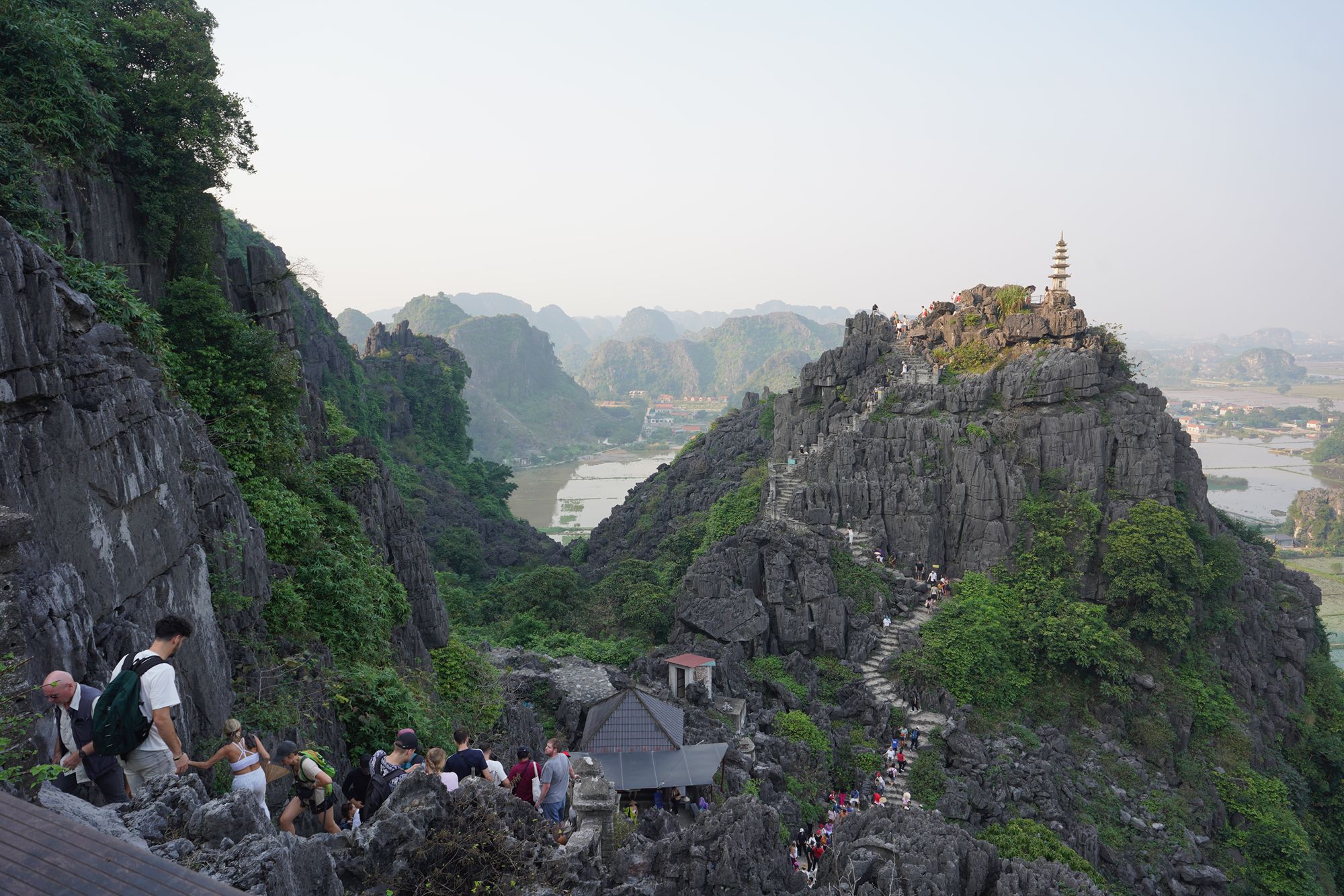
At near the top
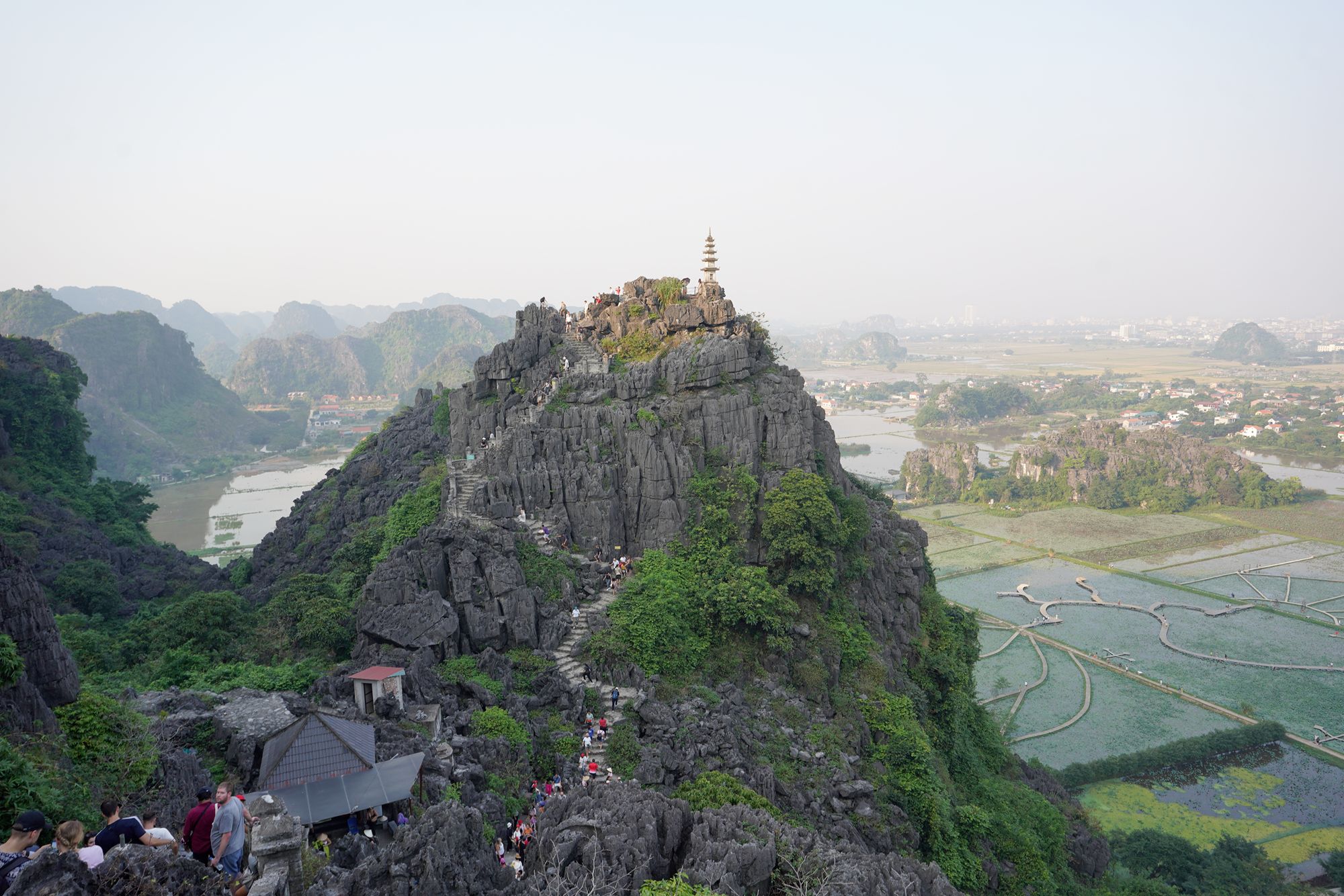
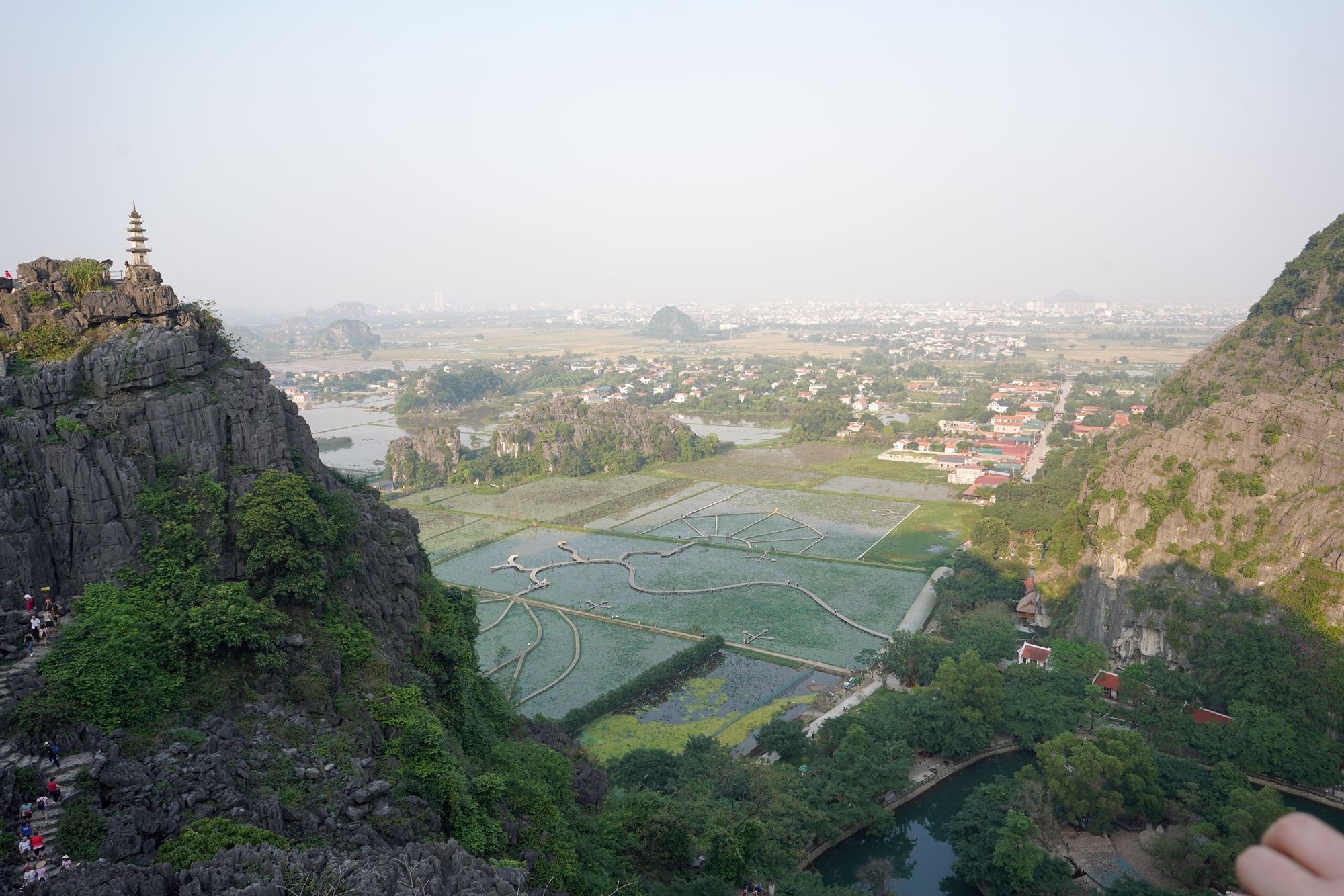
I arrived at the designated observation area. There were more stairs to a higher area from where I was, but I heard that the view from the top was not worth it, so I did not go up anymore.
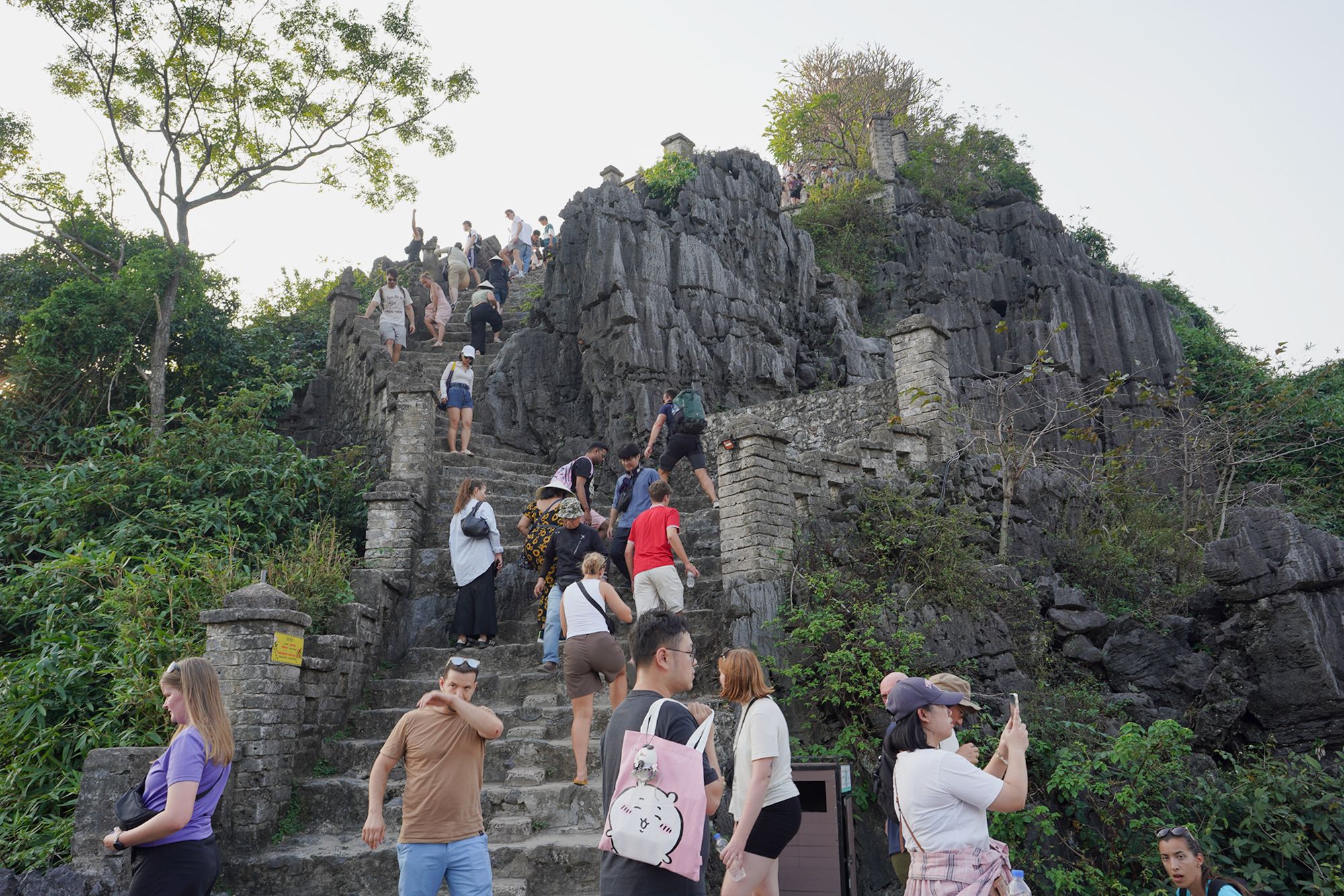
From my vantage point, the panoramic view of Tam Coc was how people expect it to be.
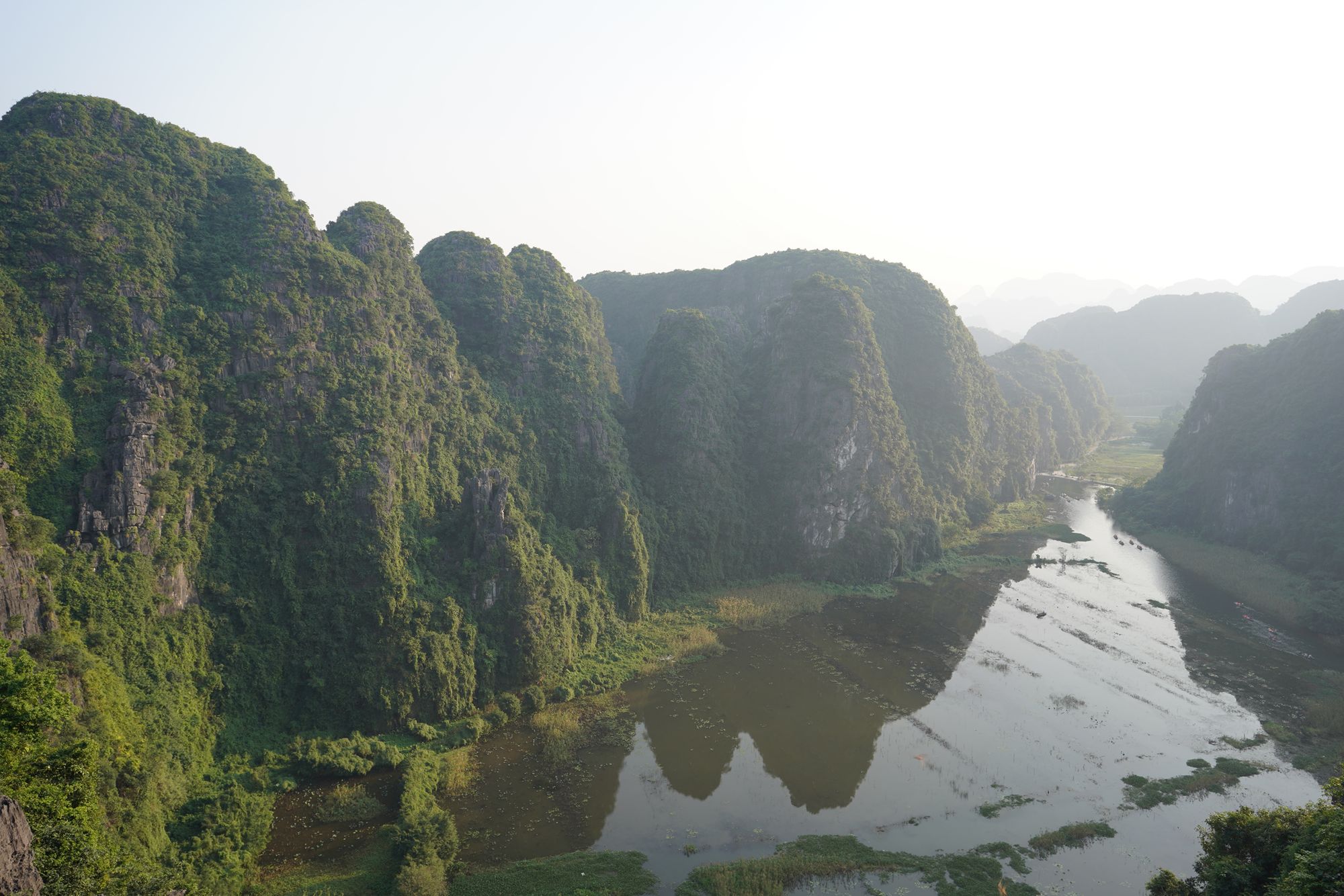
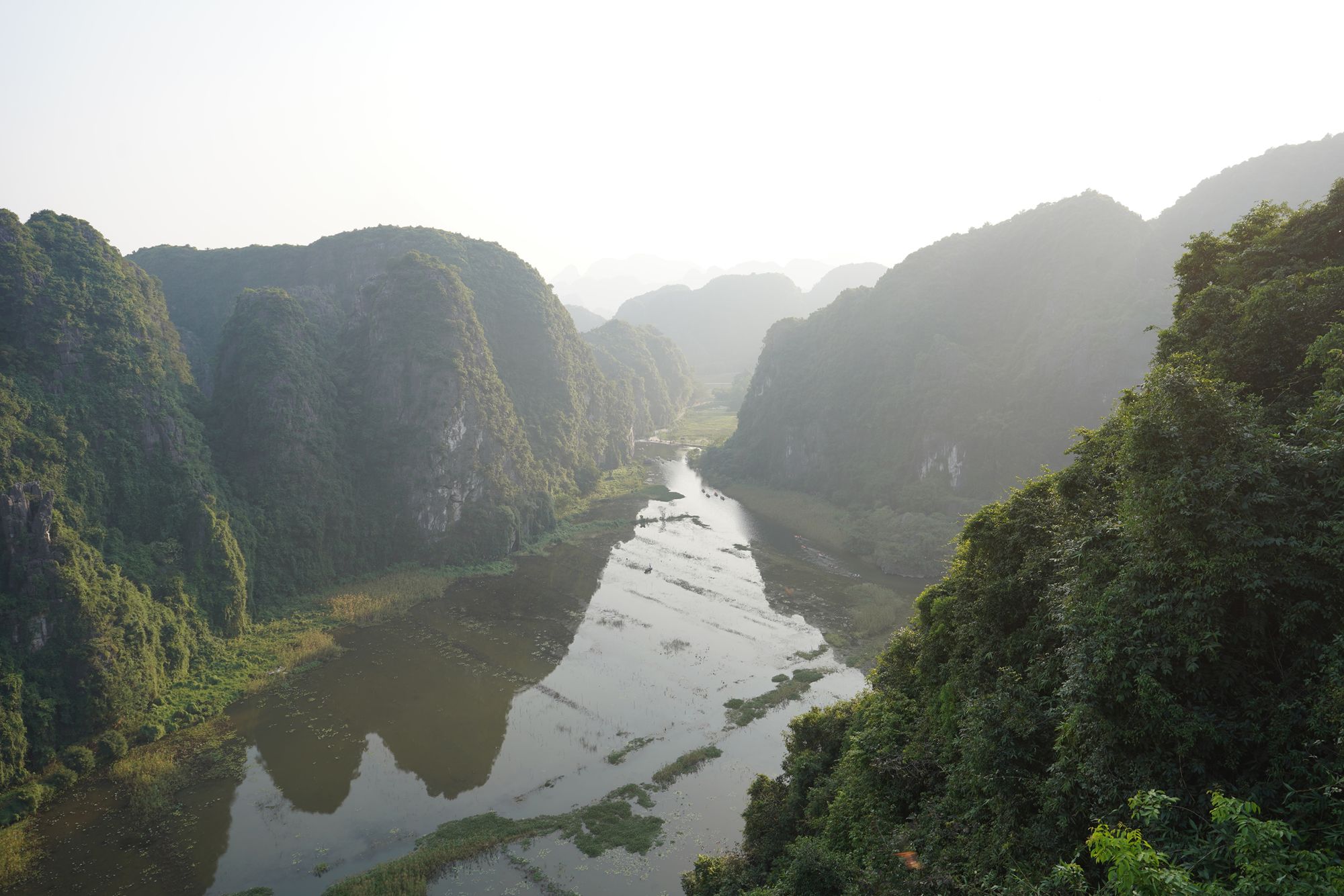
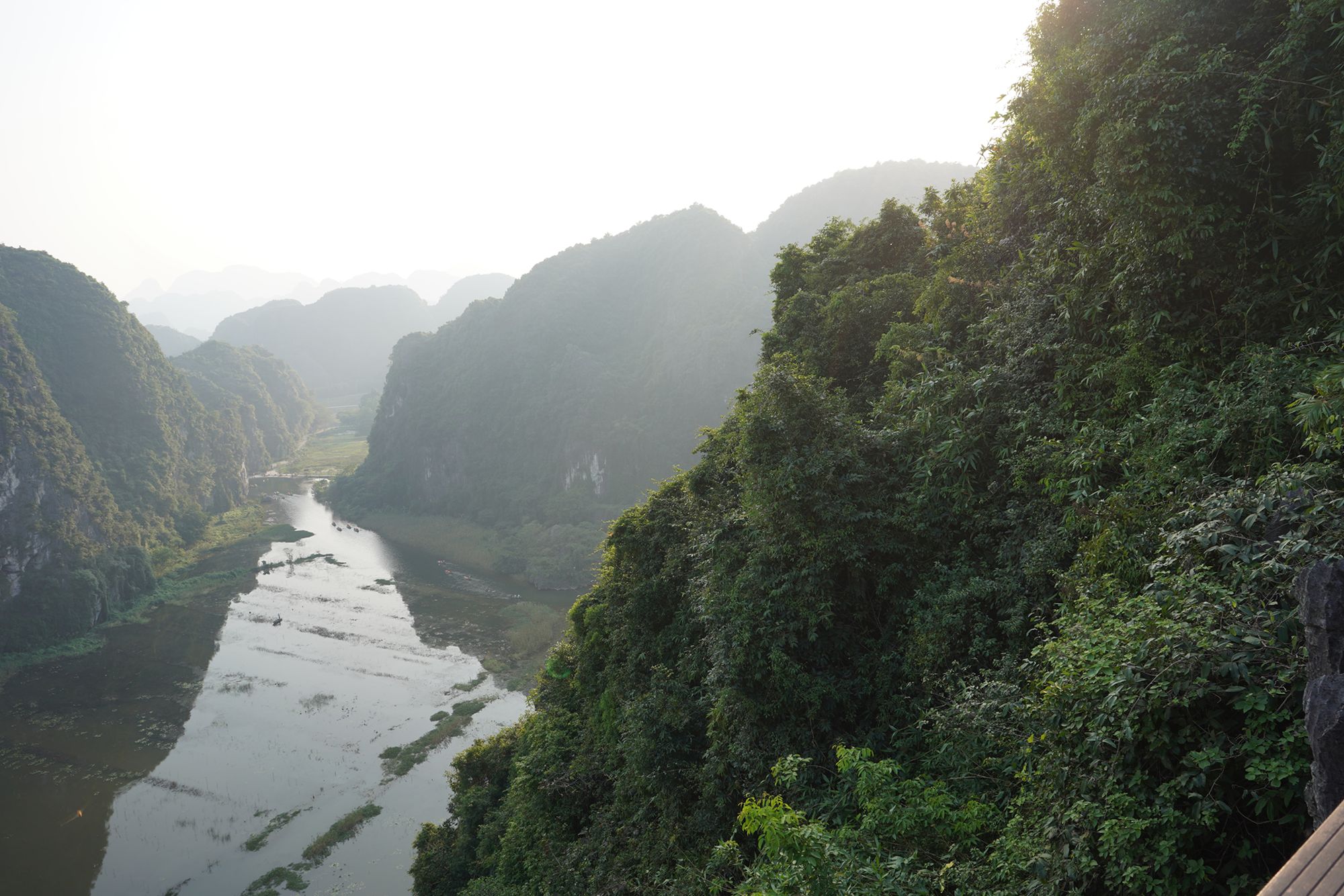
From here, I could see the boat I had just ridden on the river.
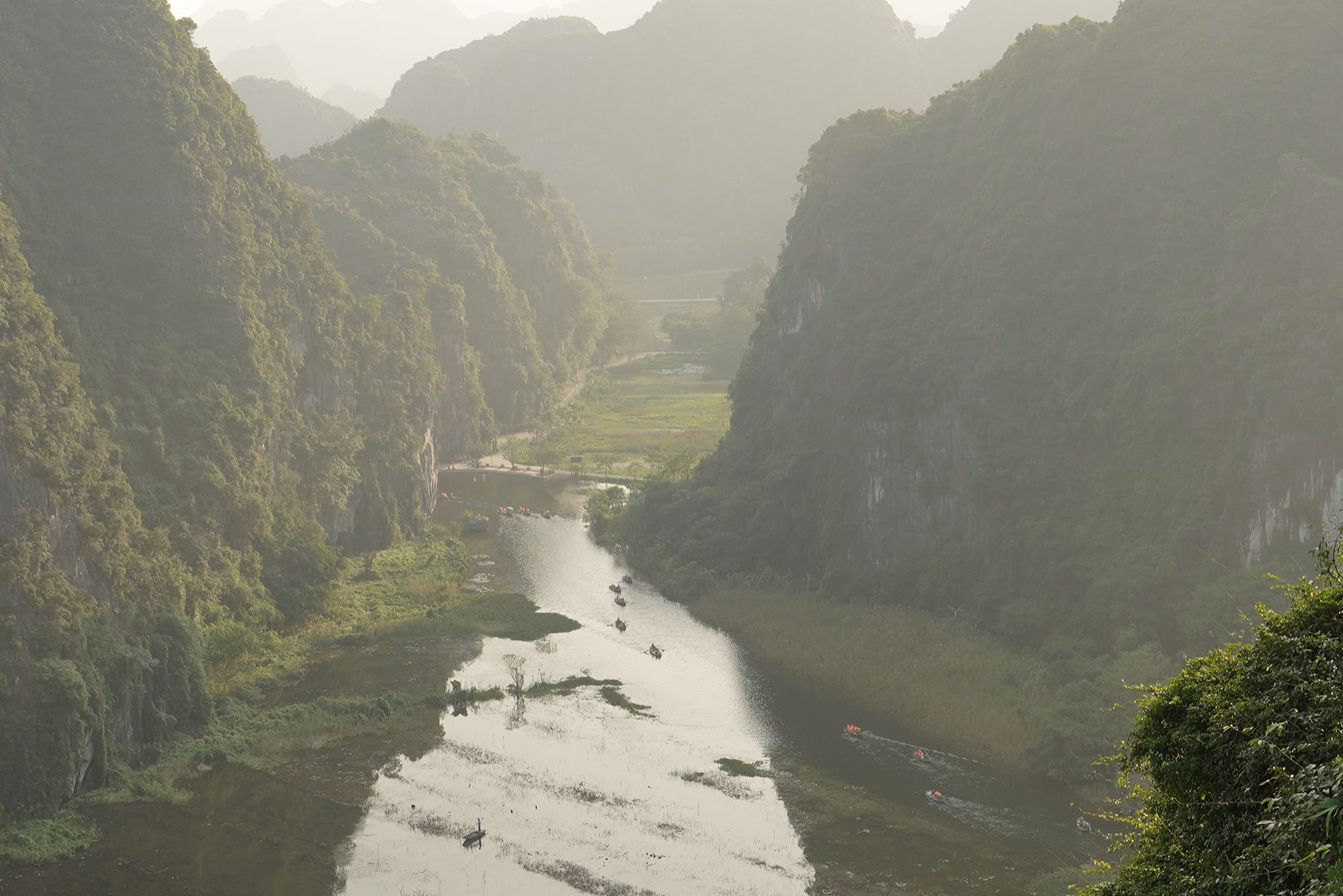
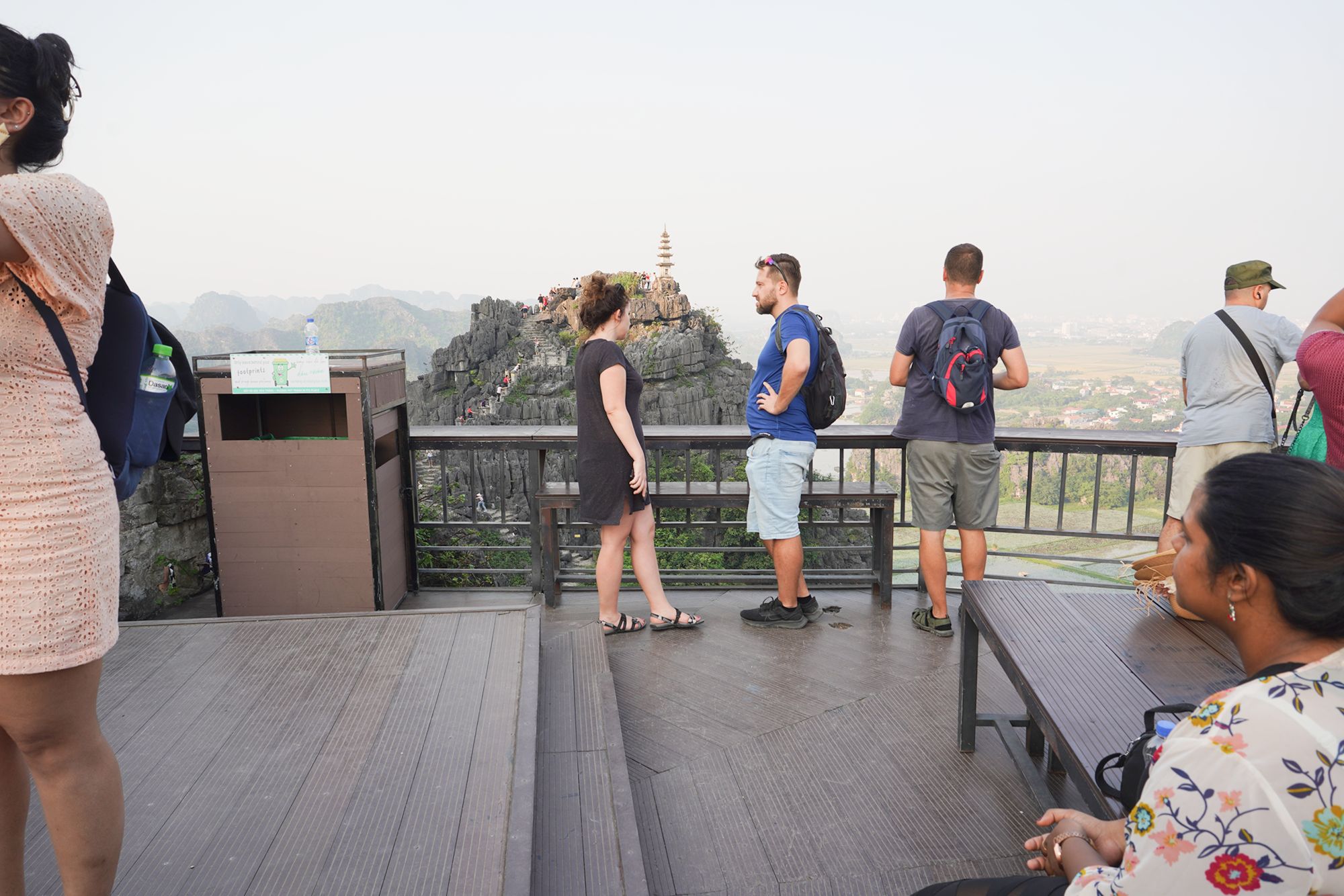
I turned back while I climbed down from the mountain.
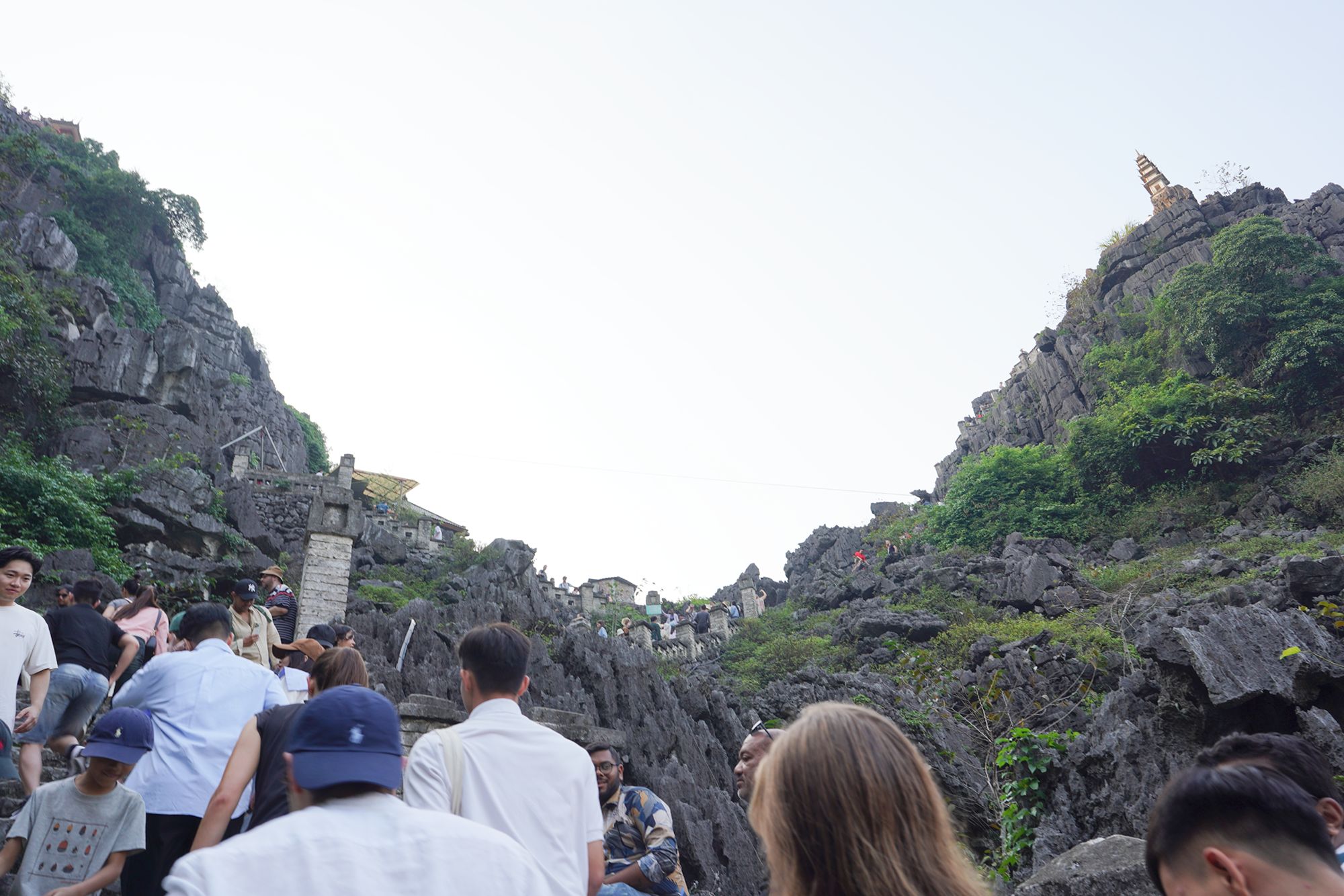
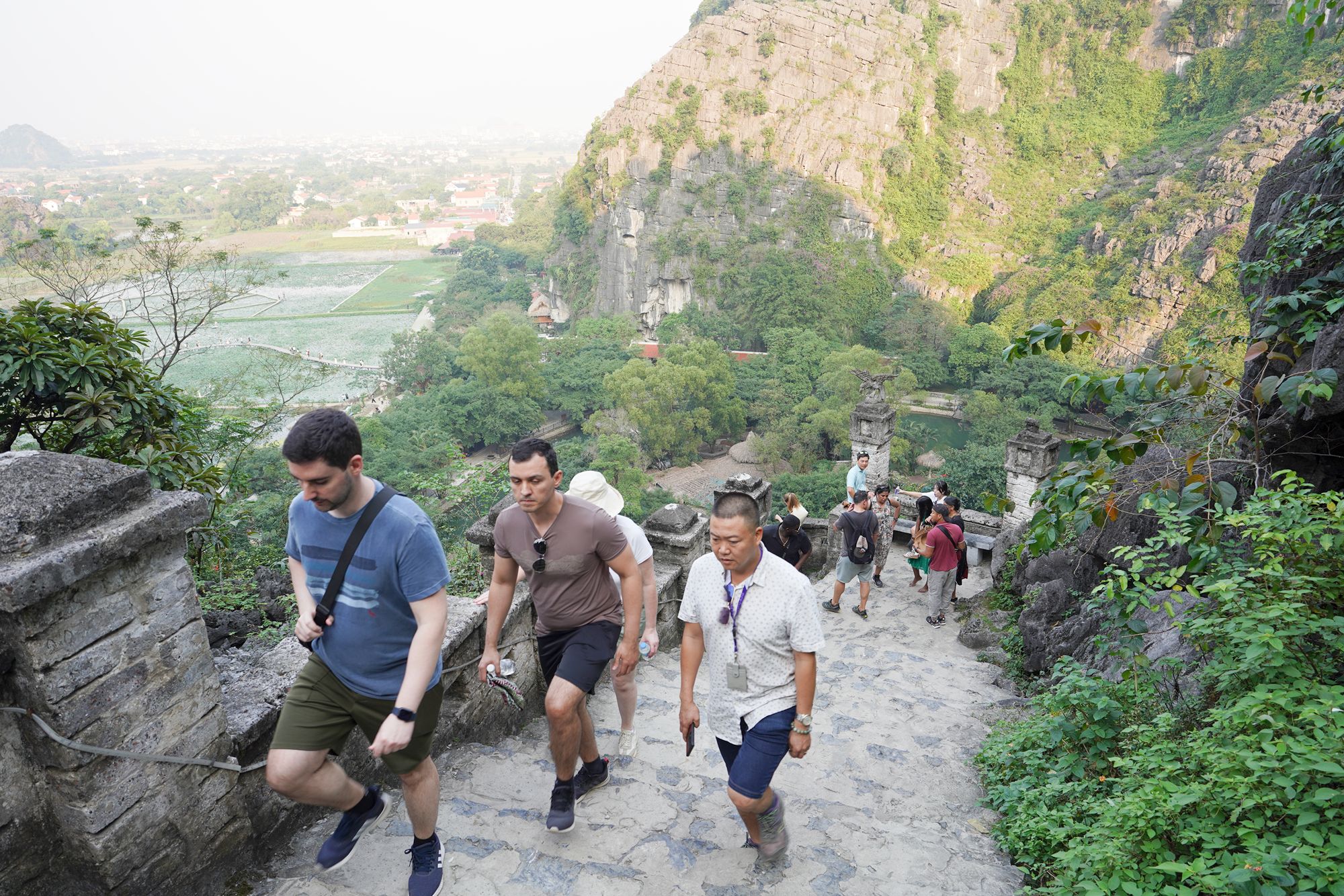
Back side
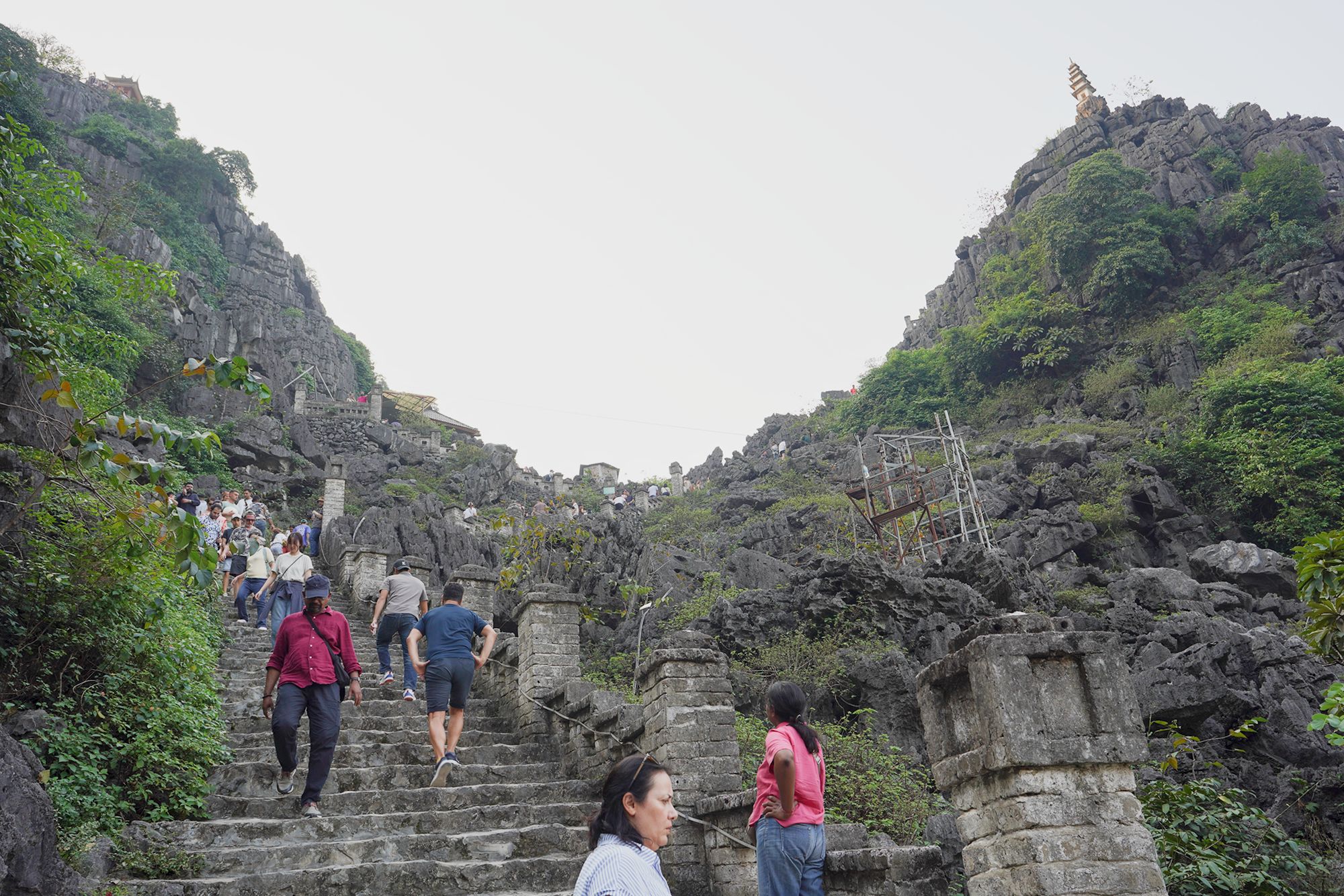
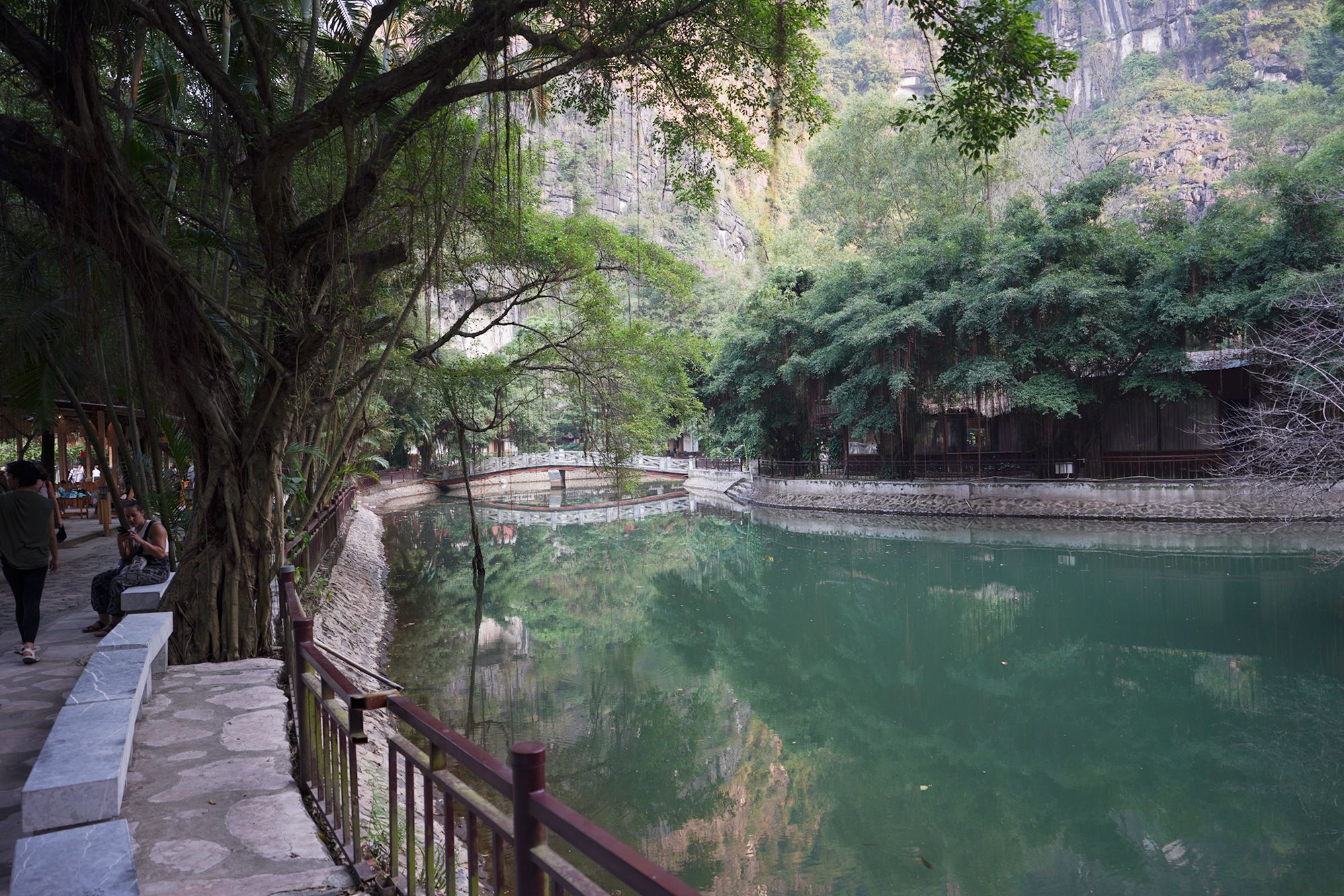
Came down to the ground level
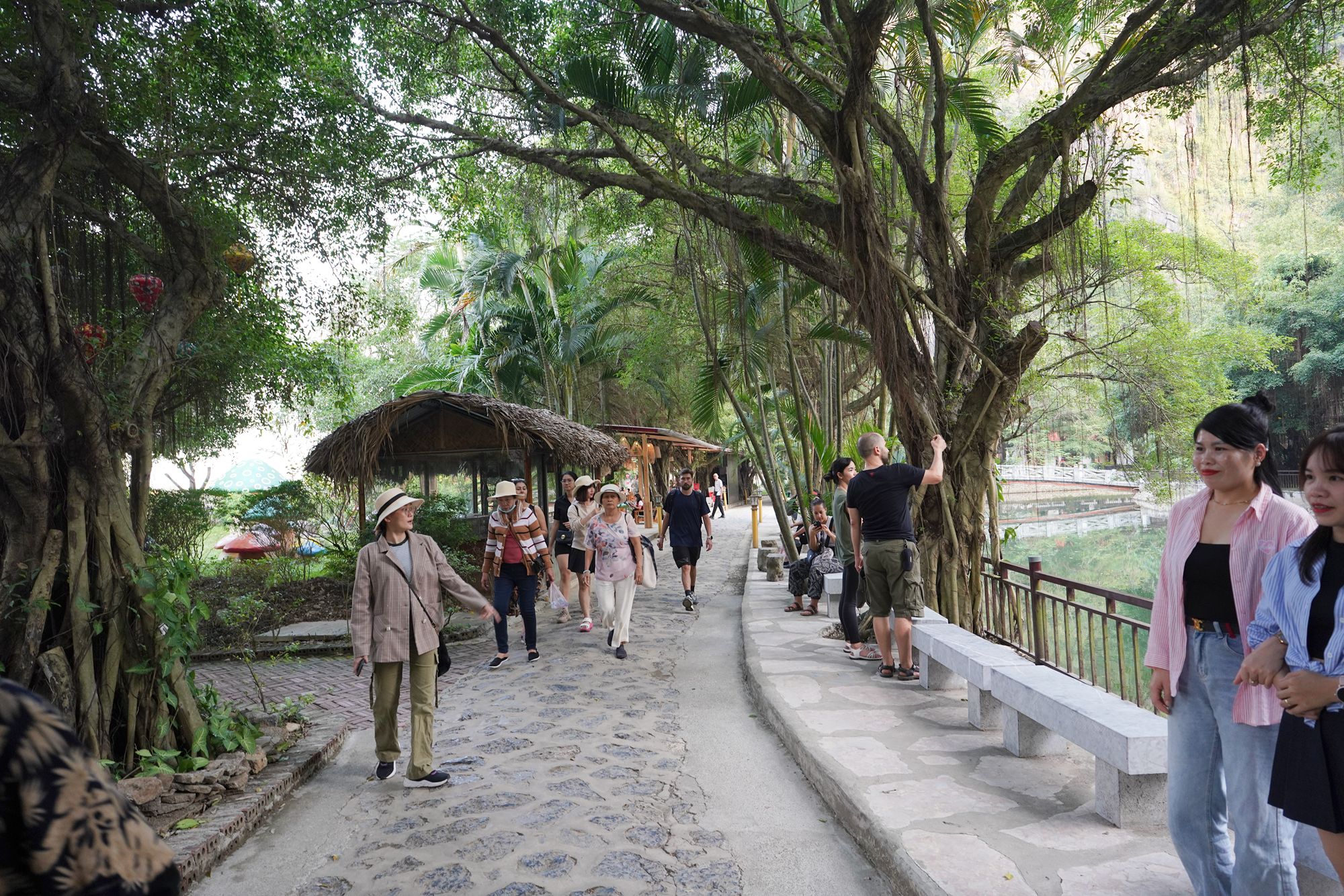
The limestone karsts on the land are also visible from here.
